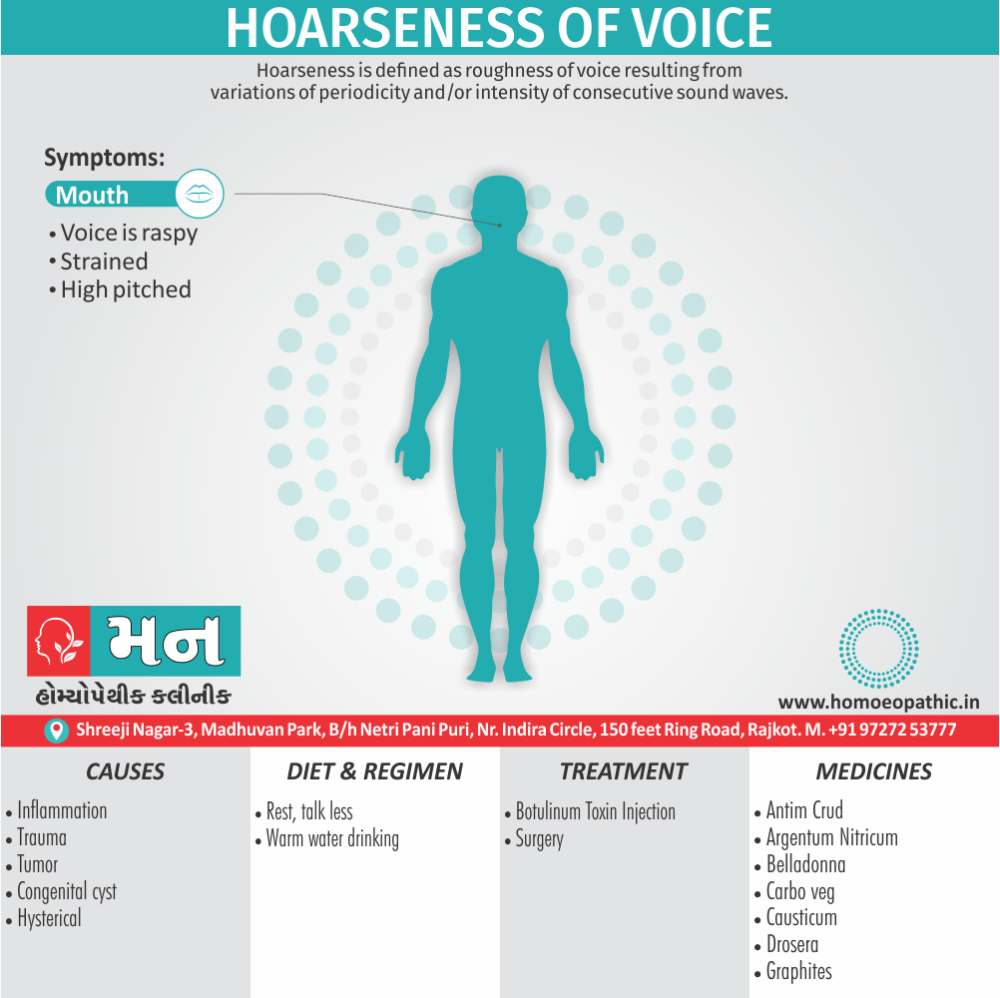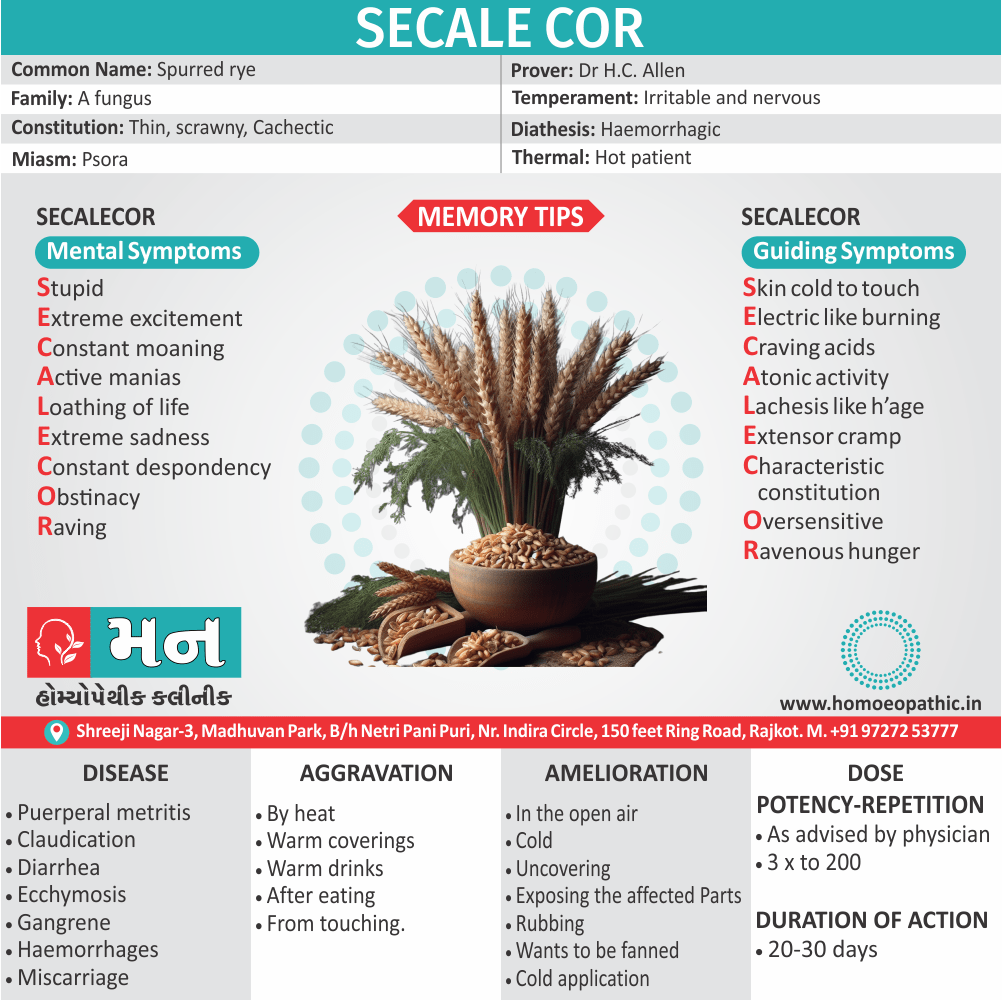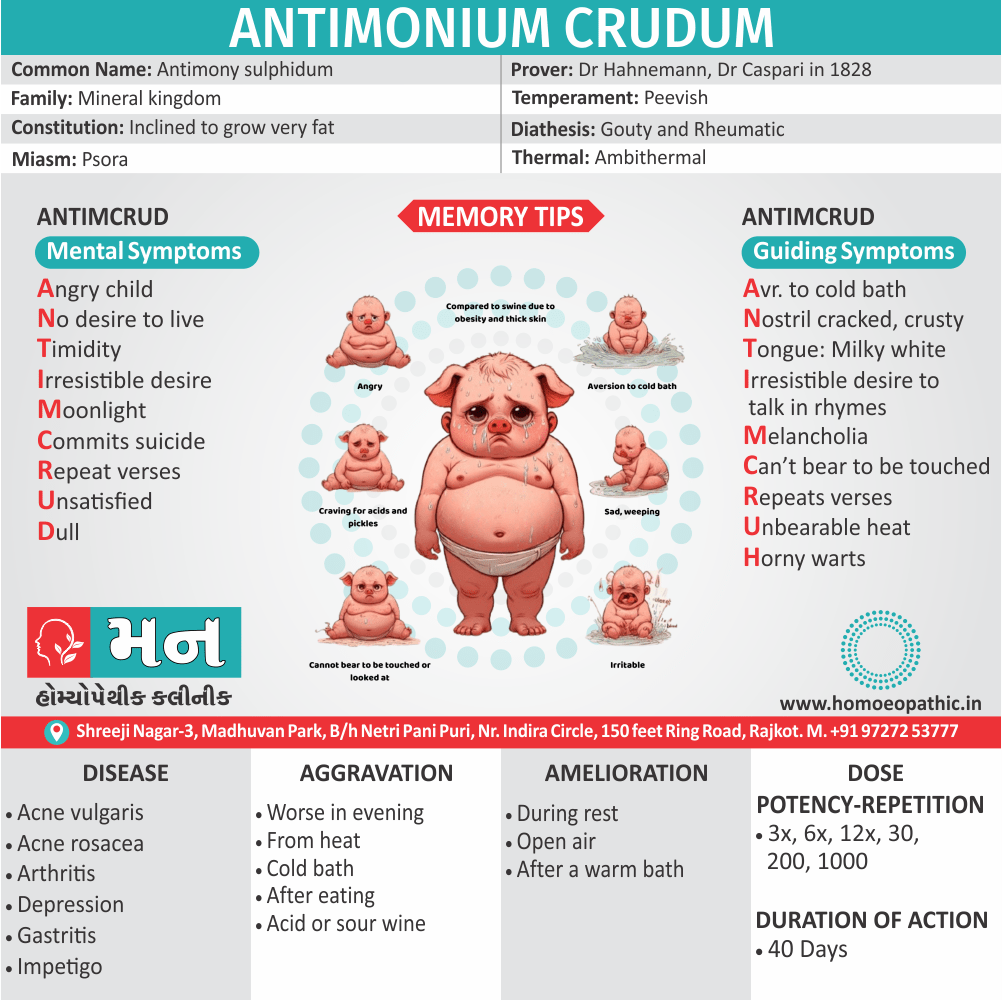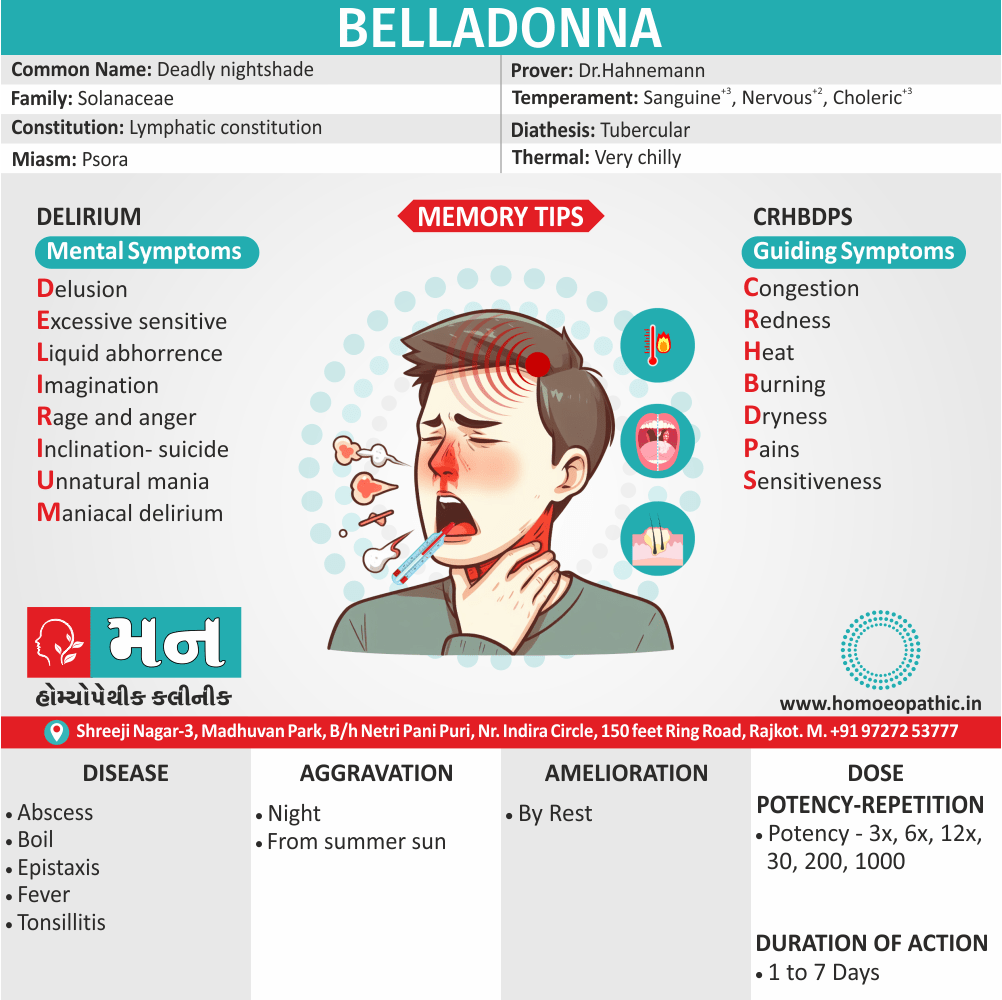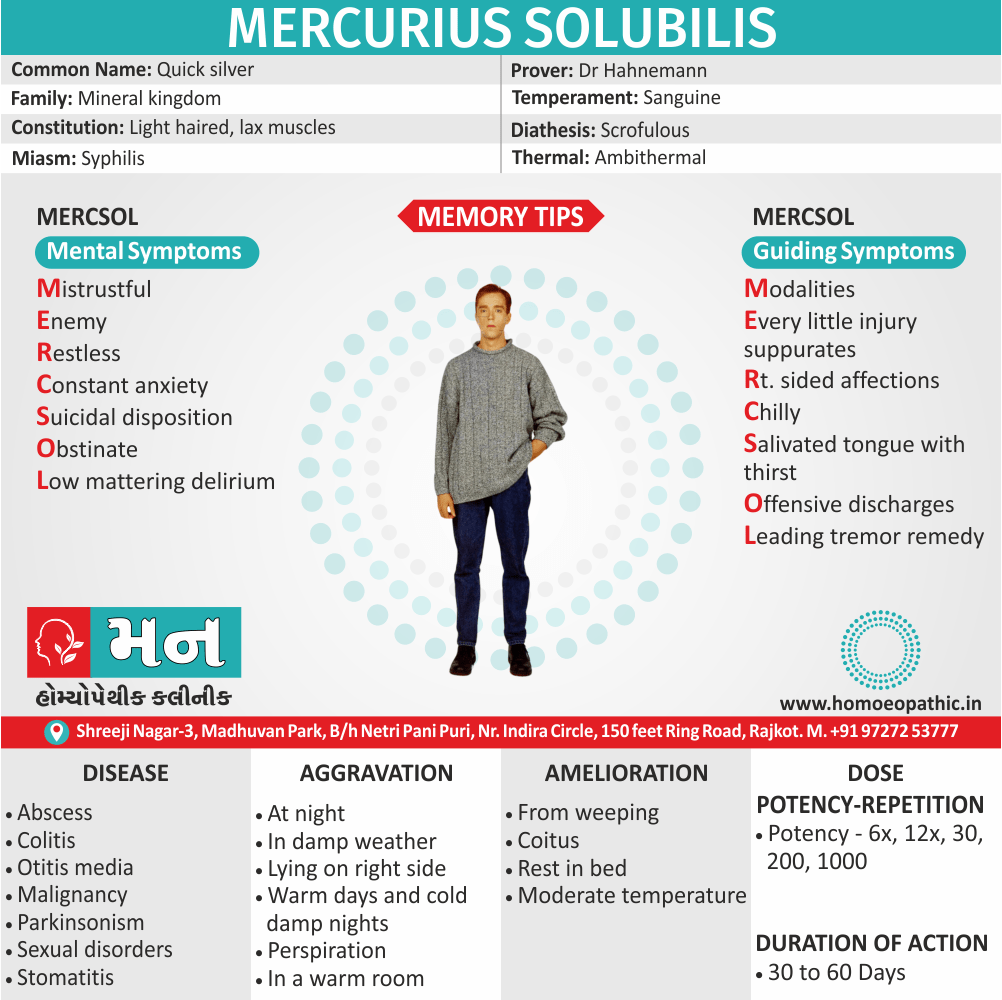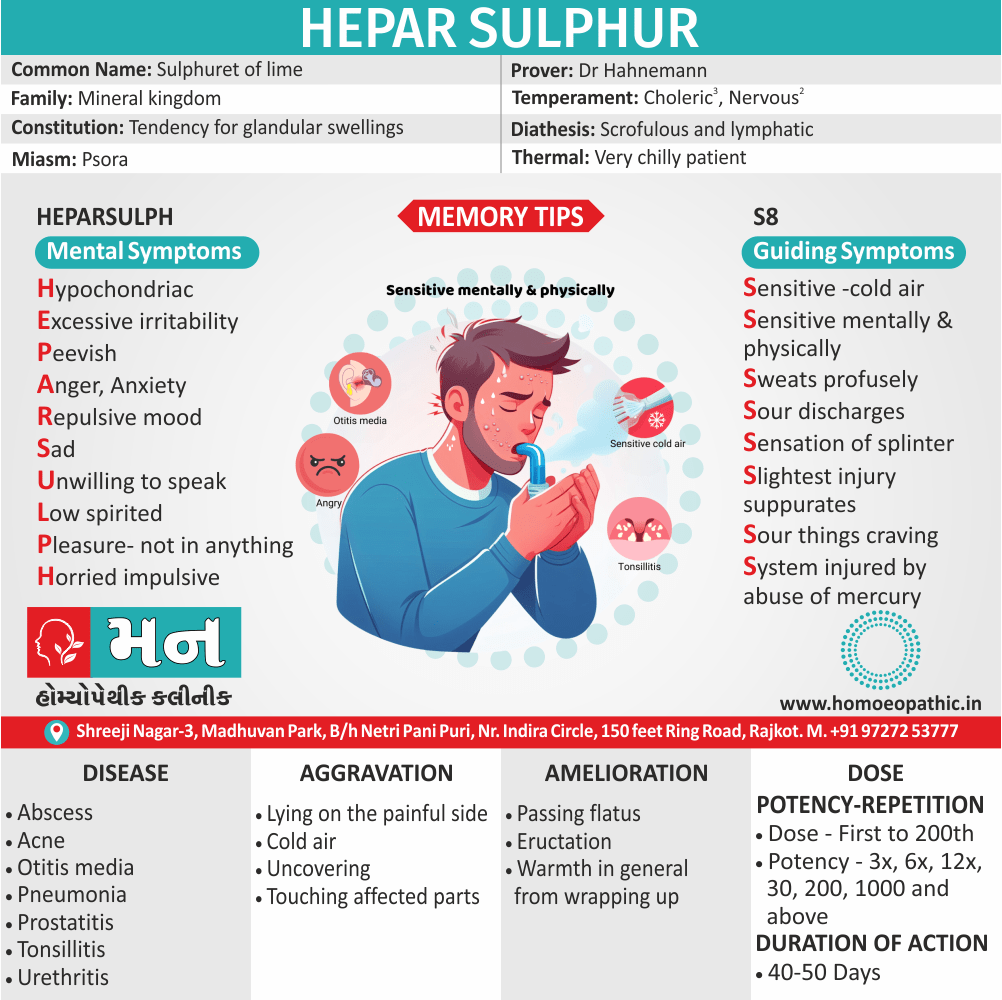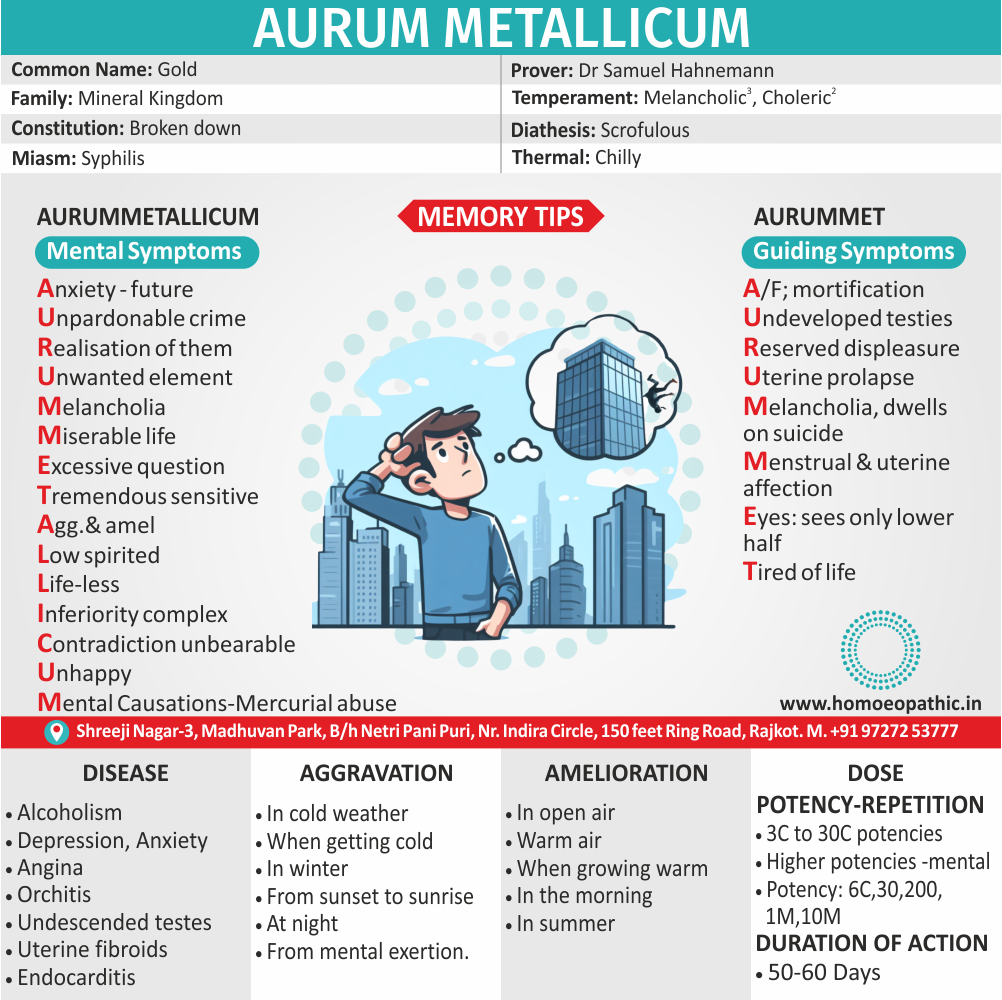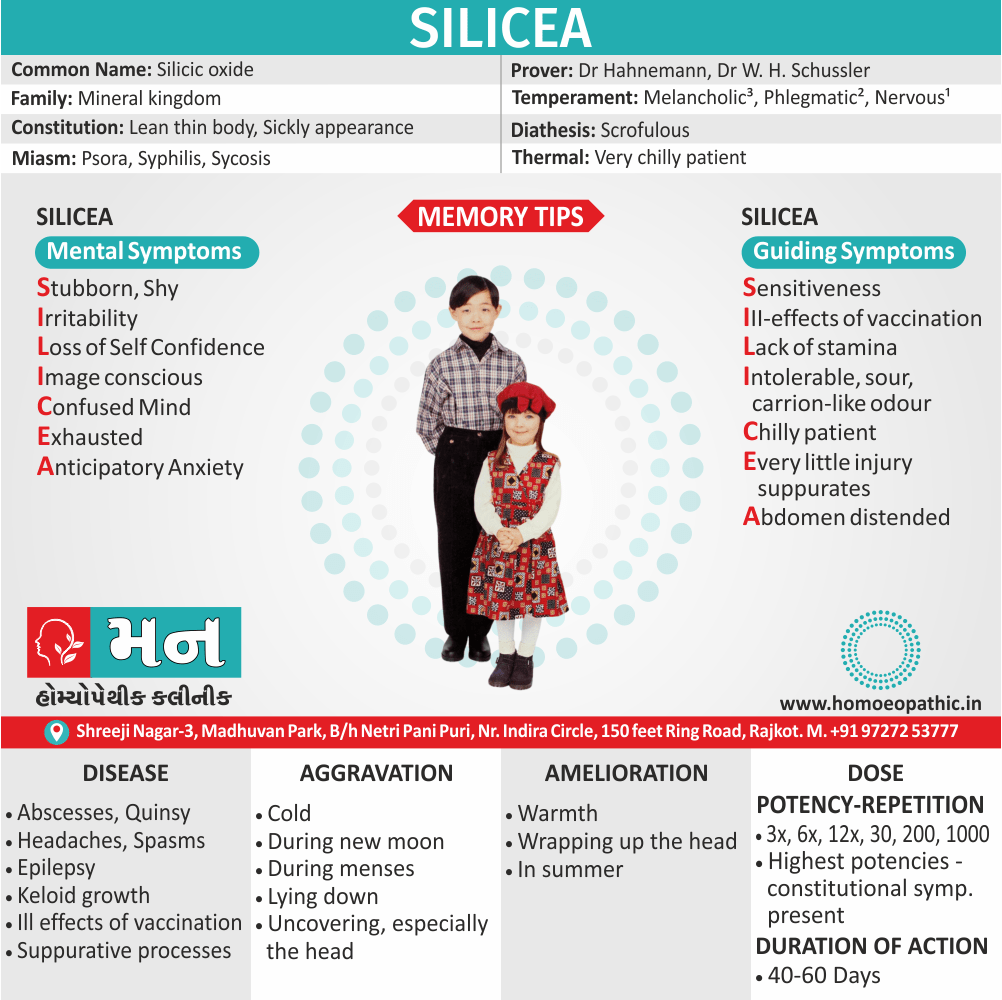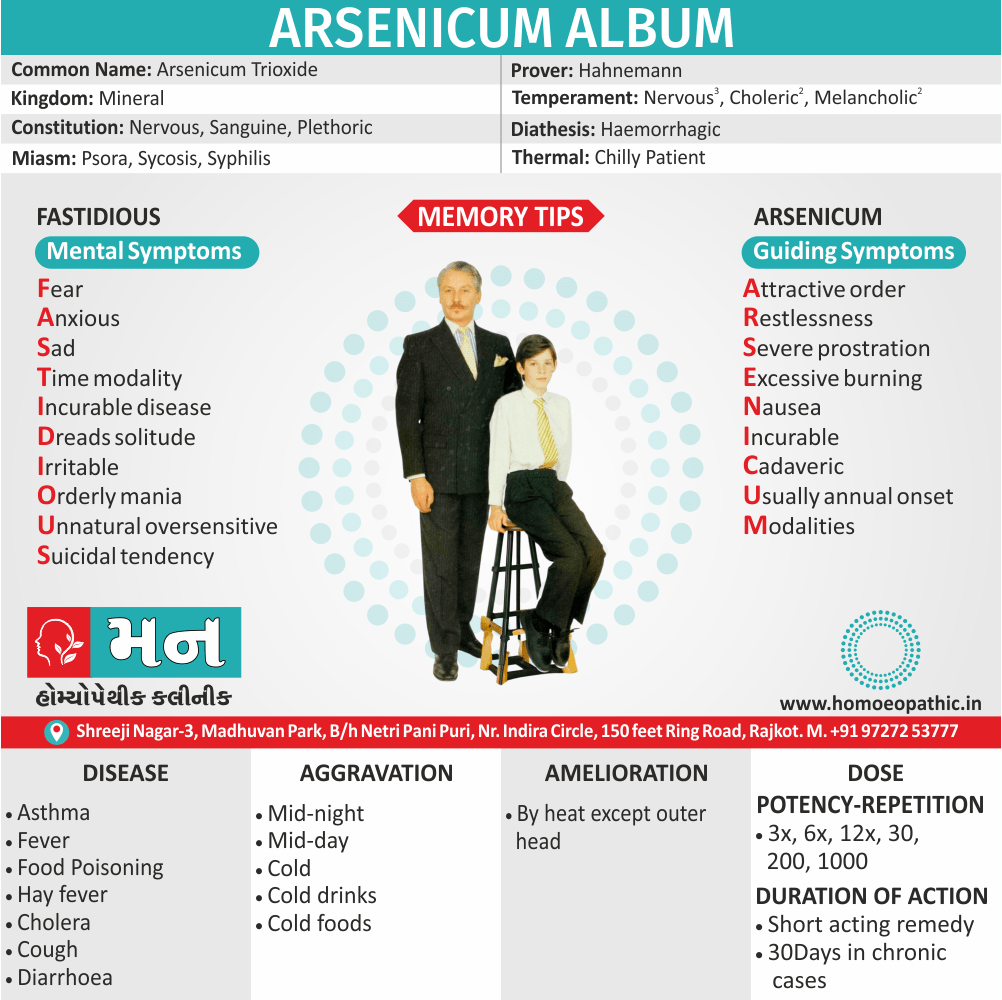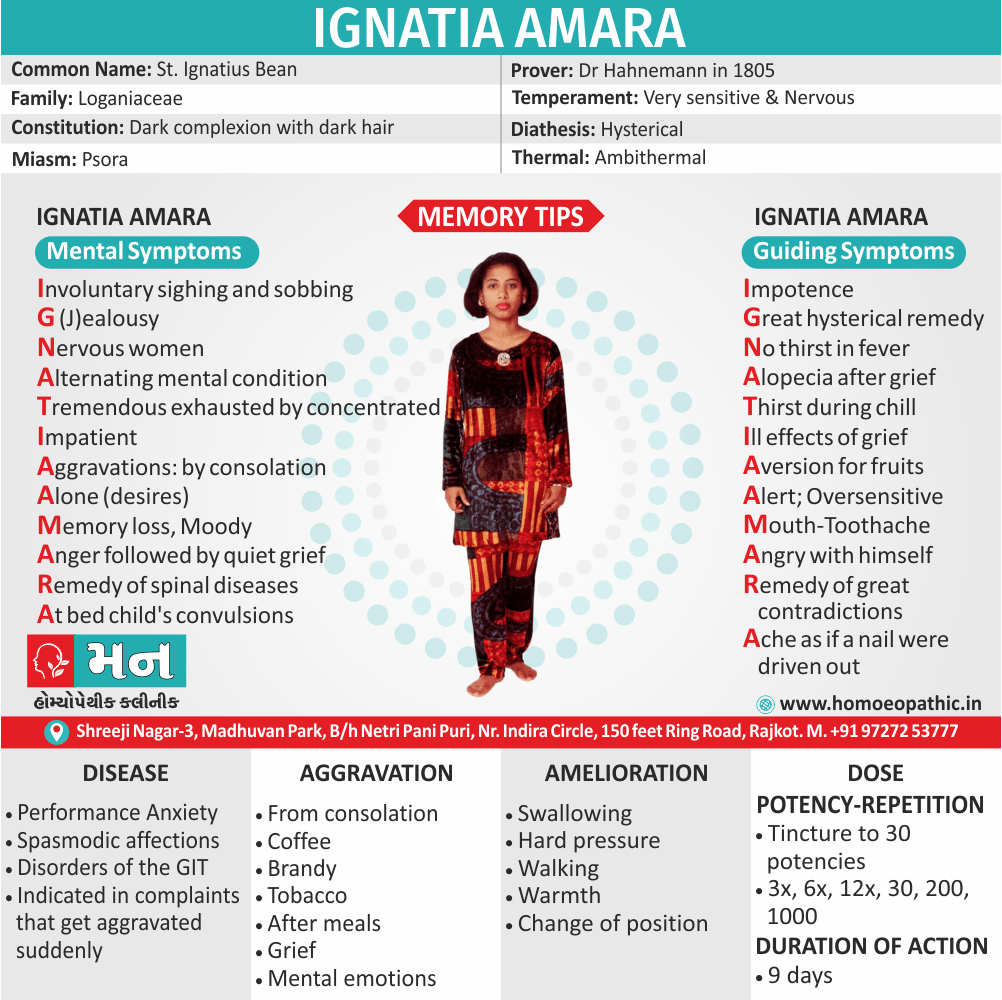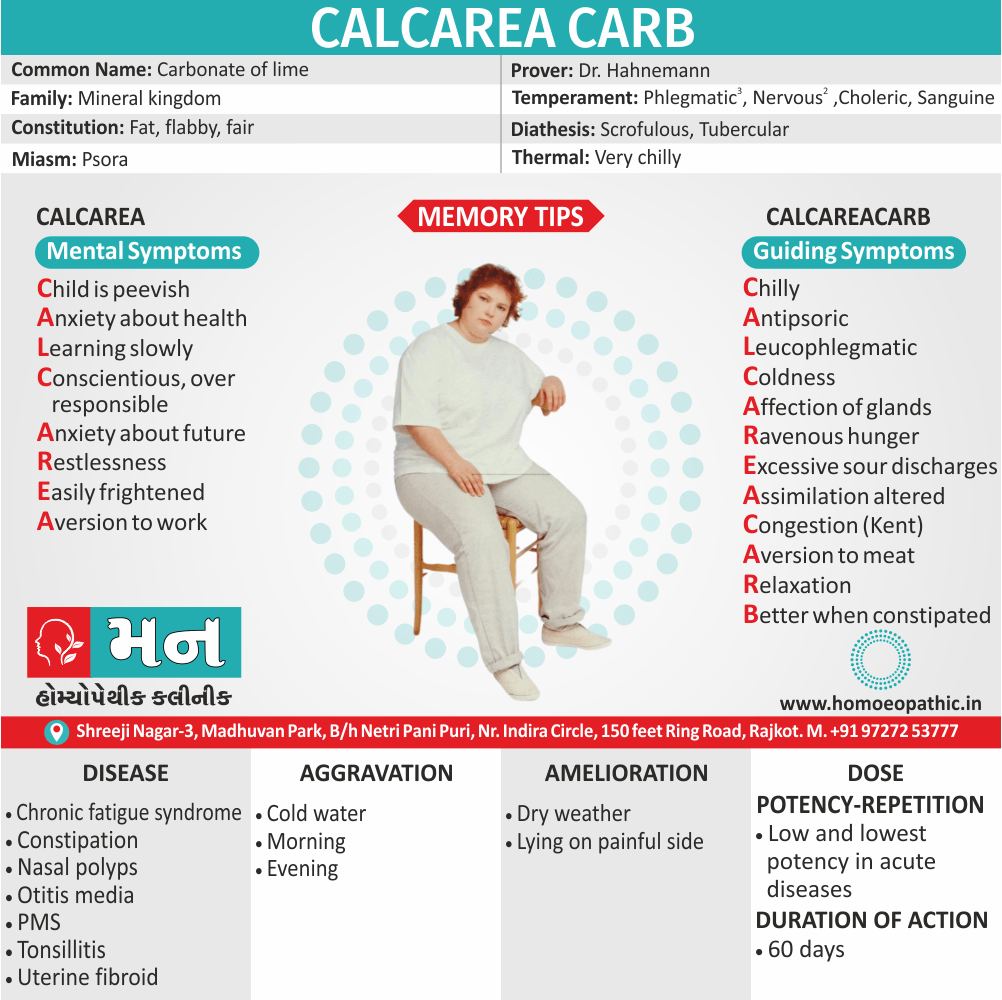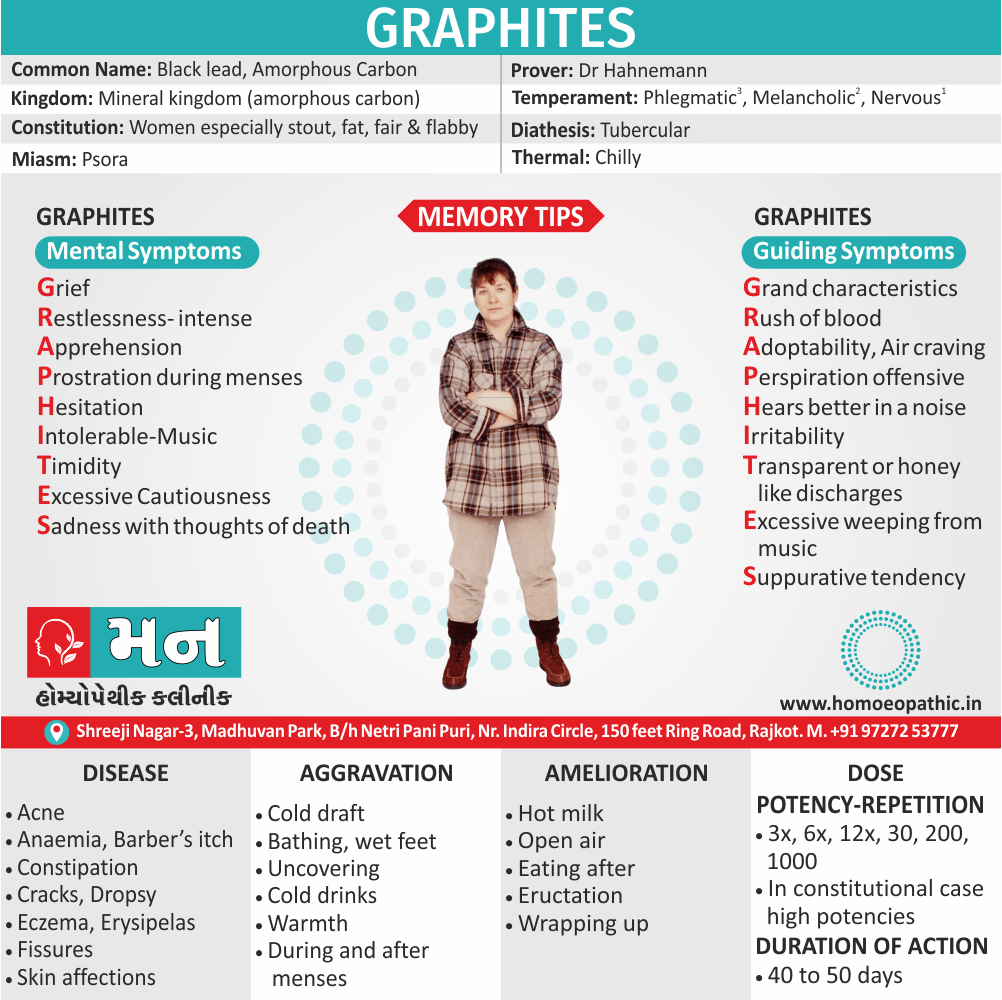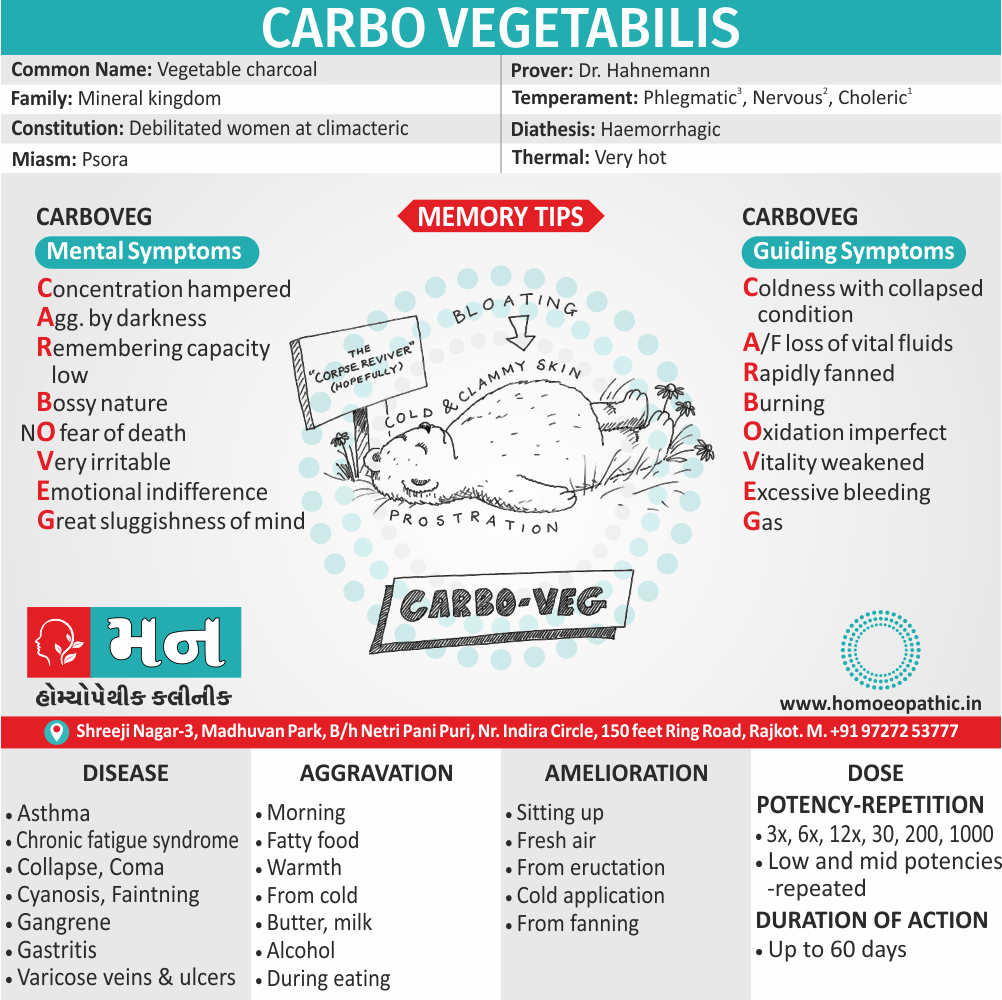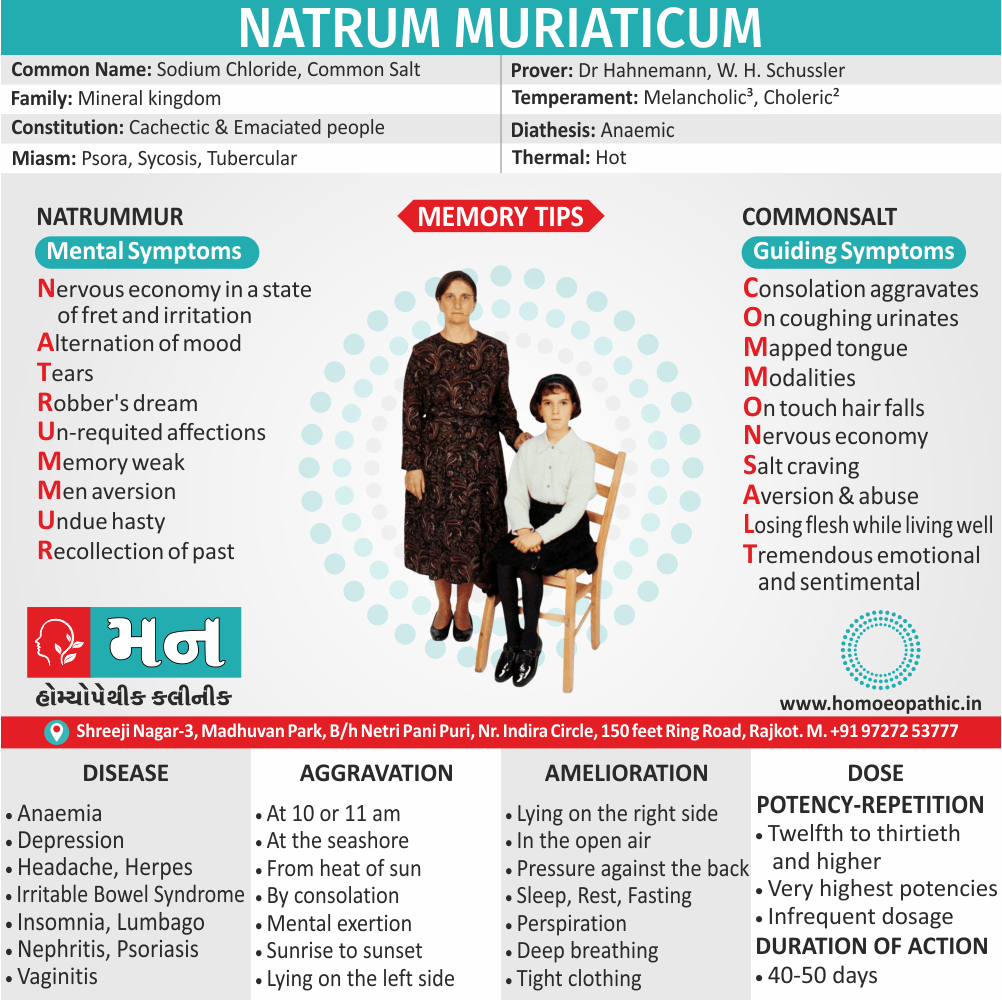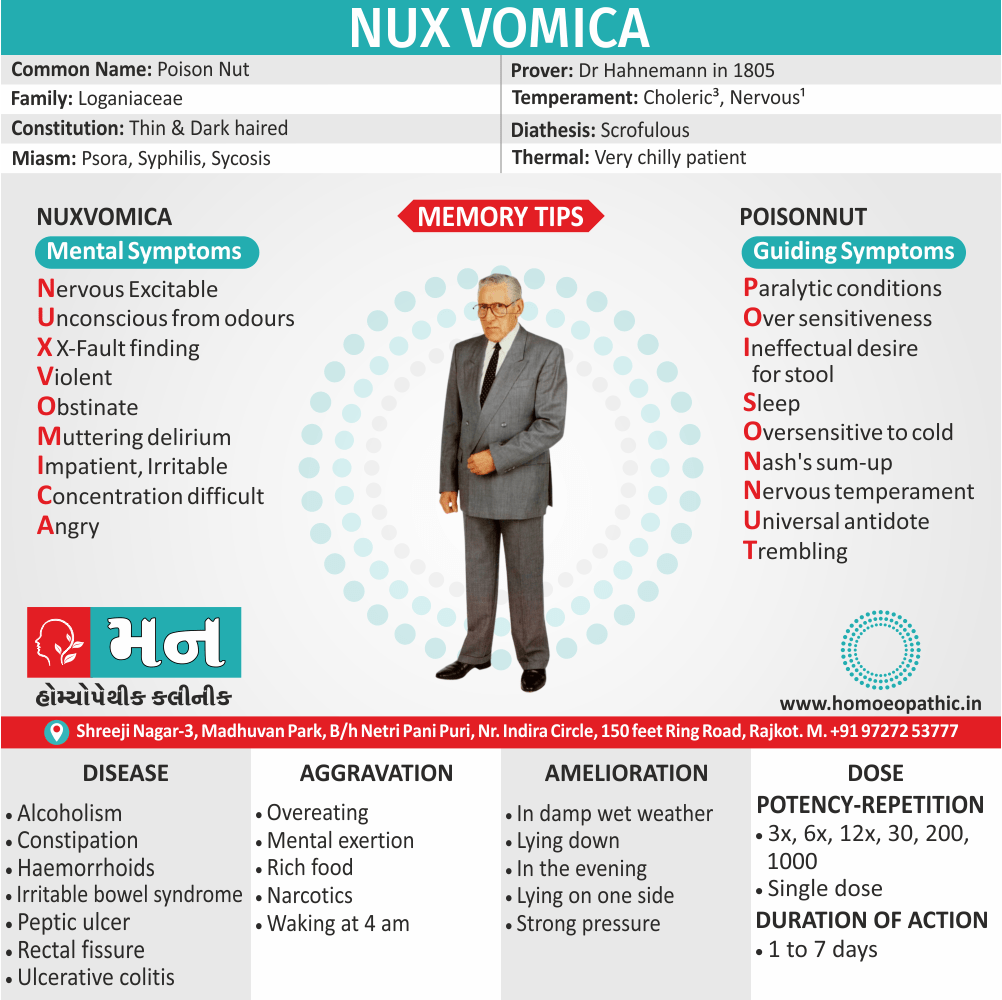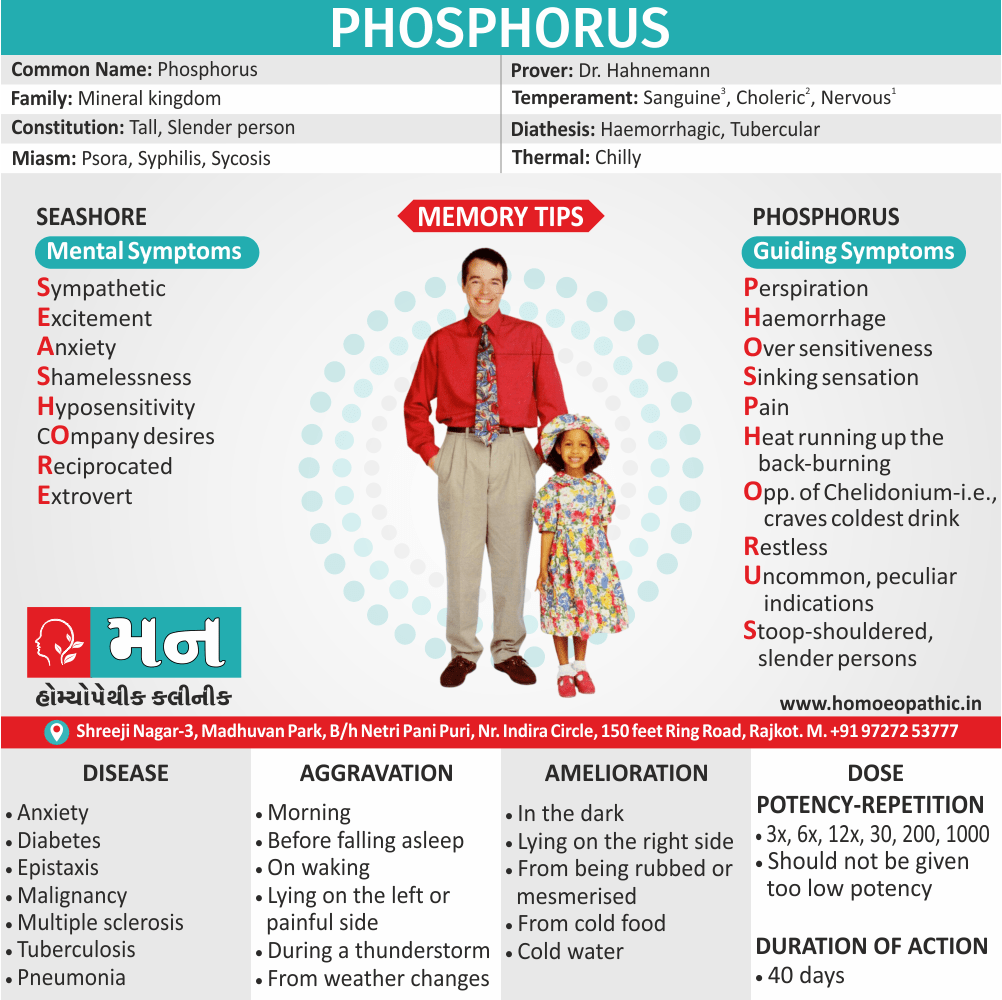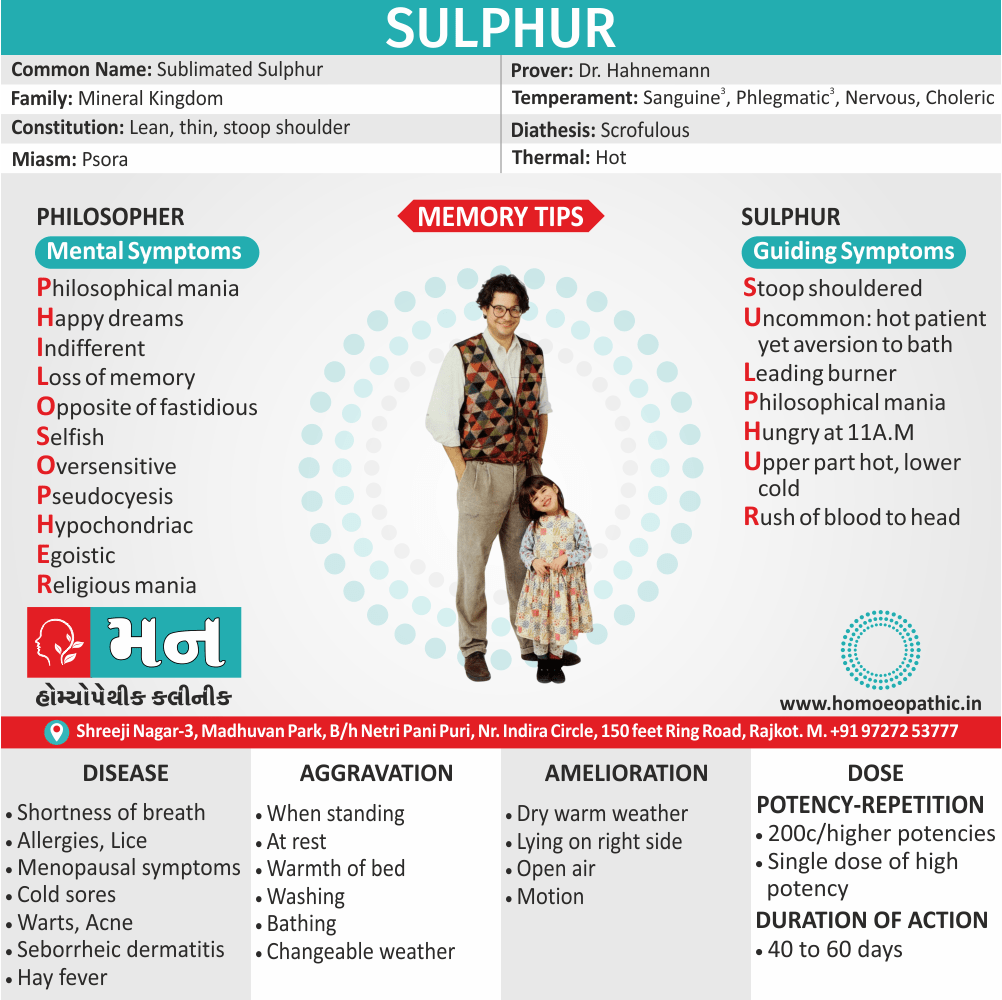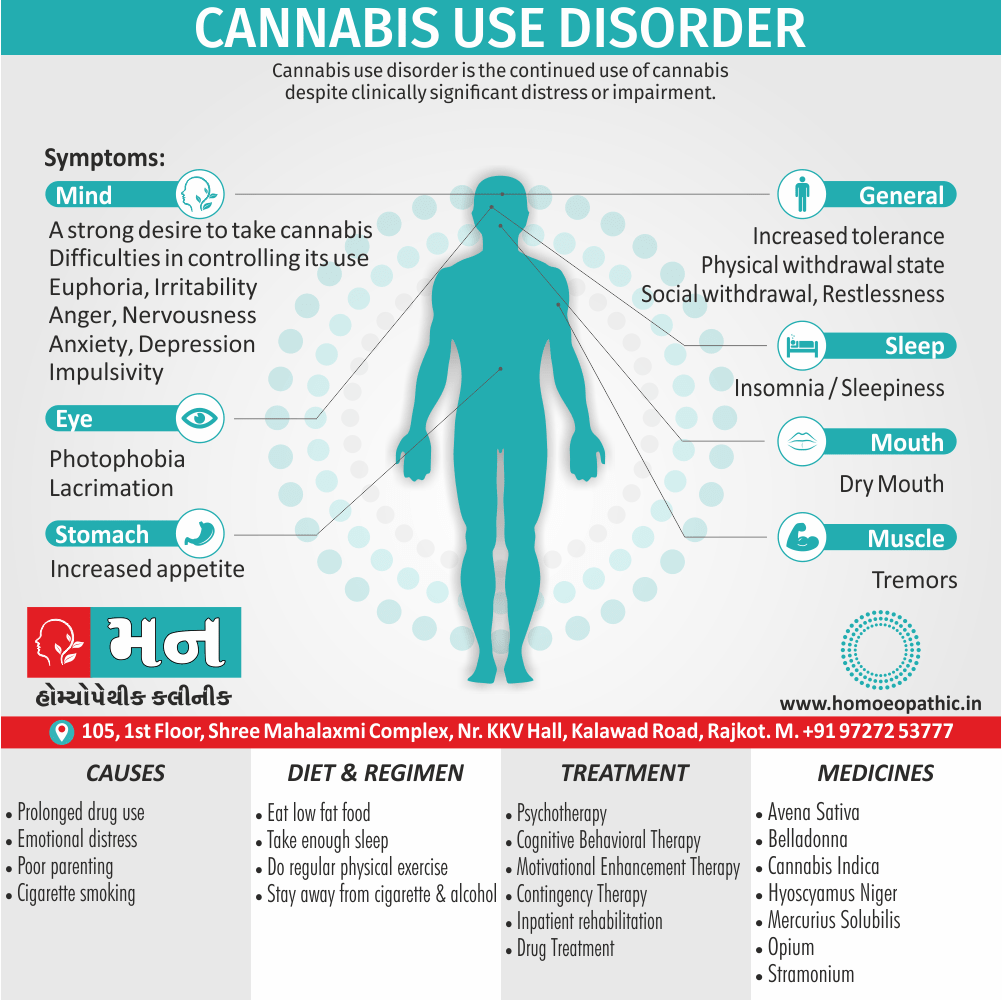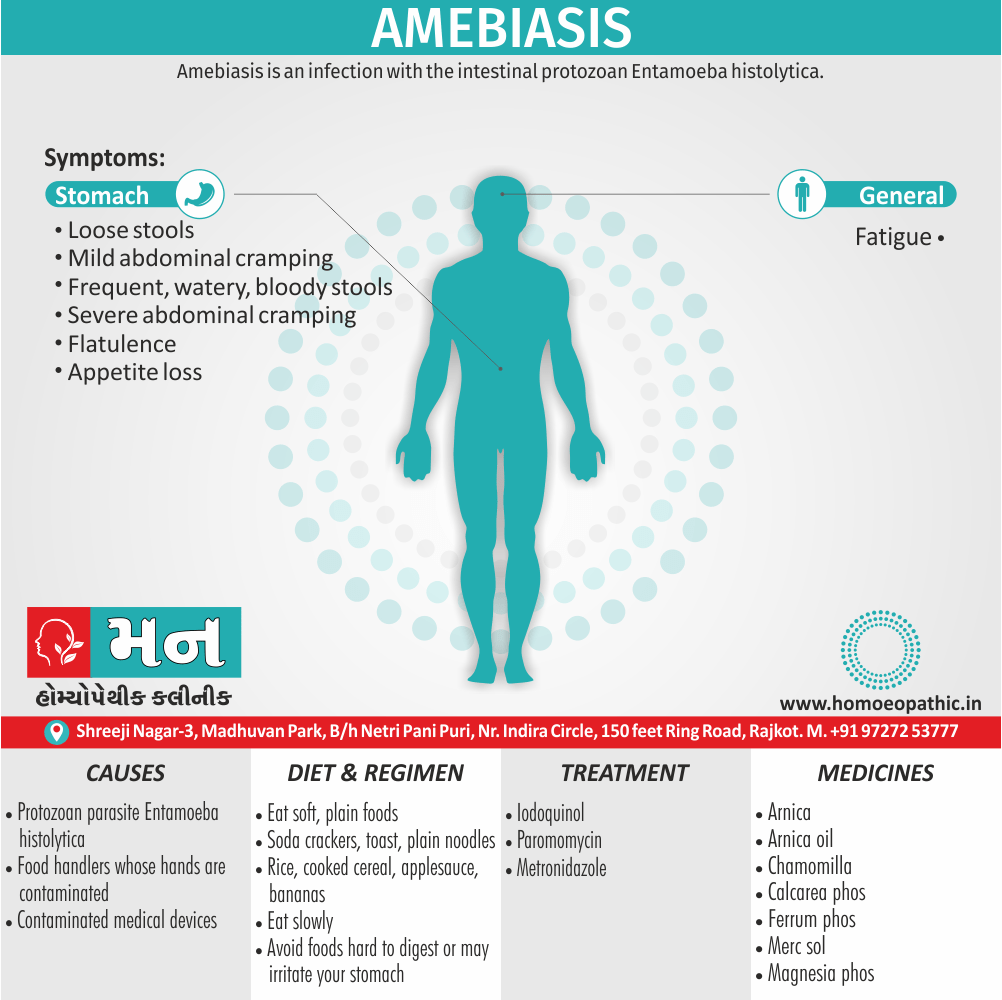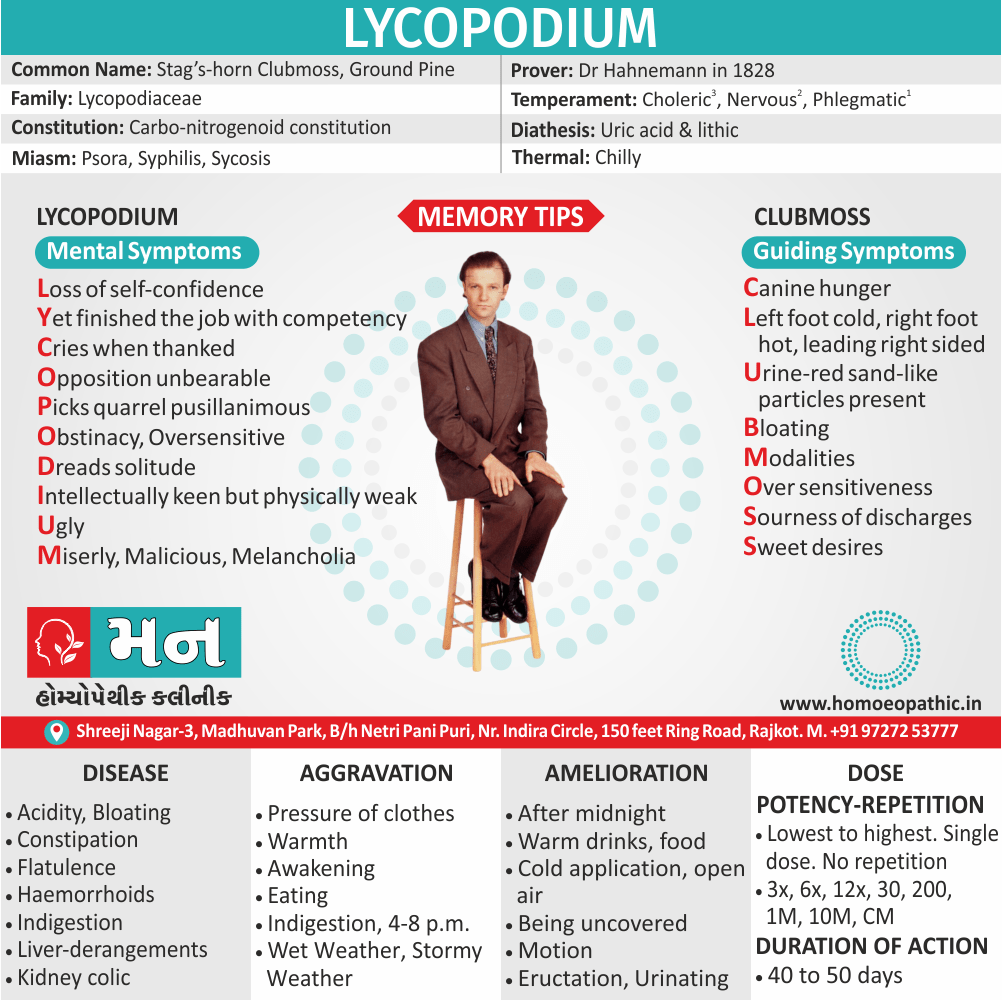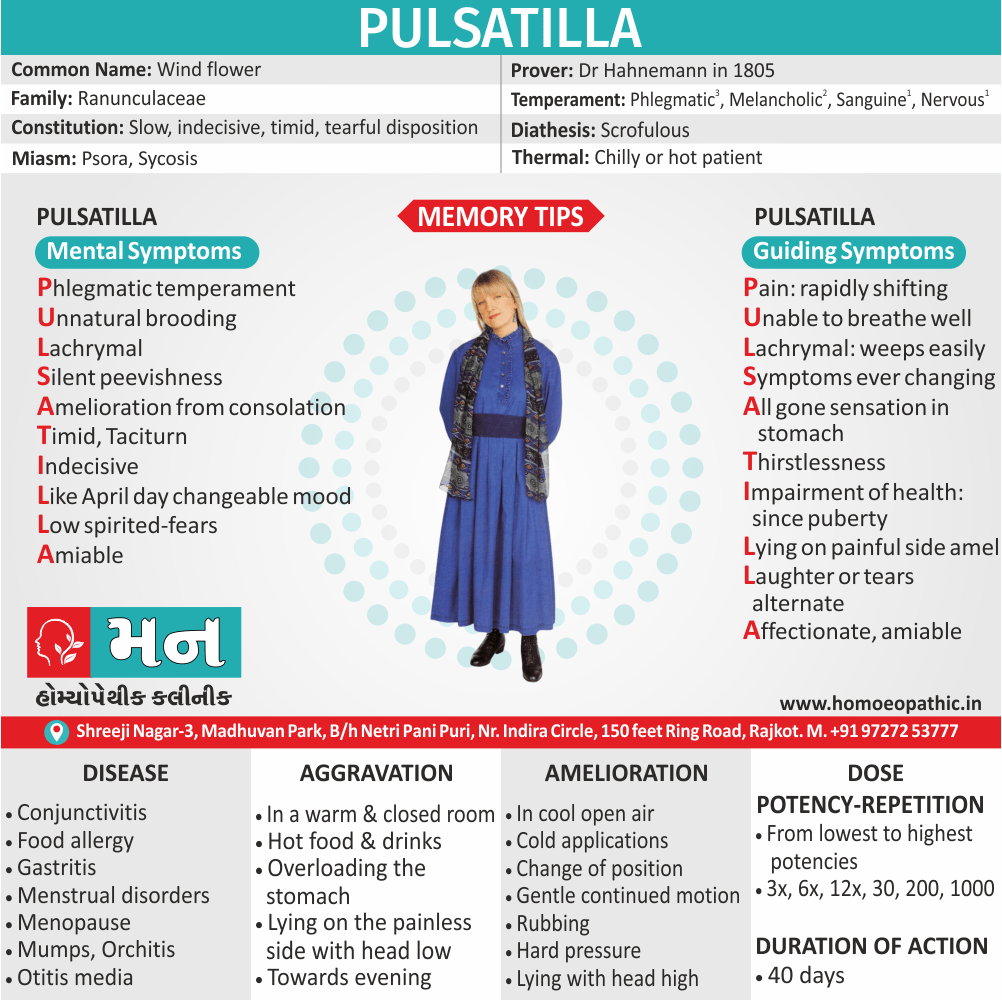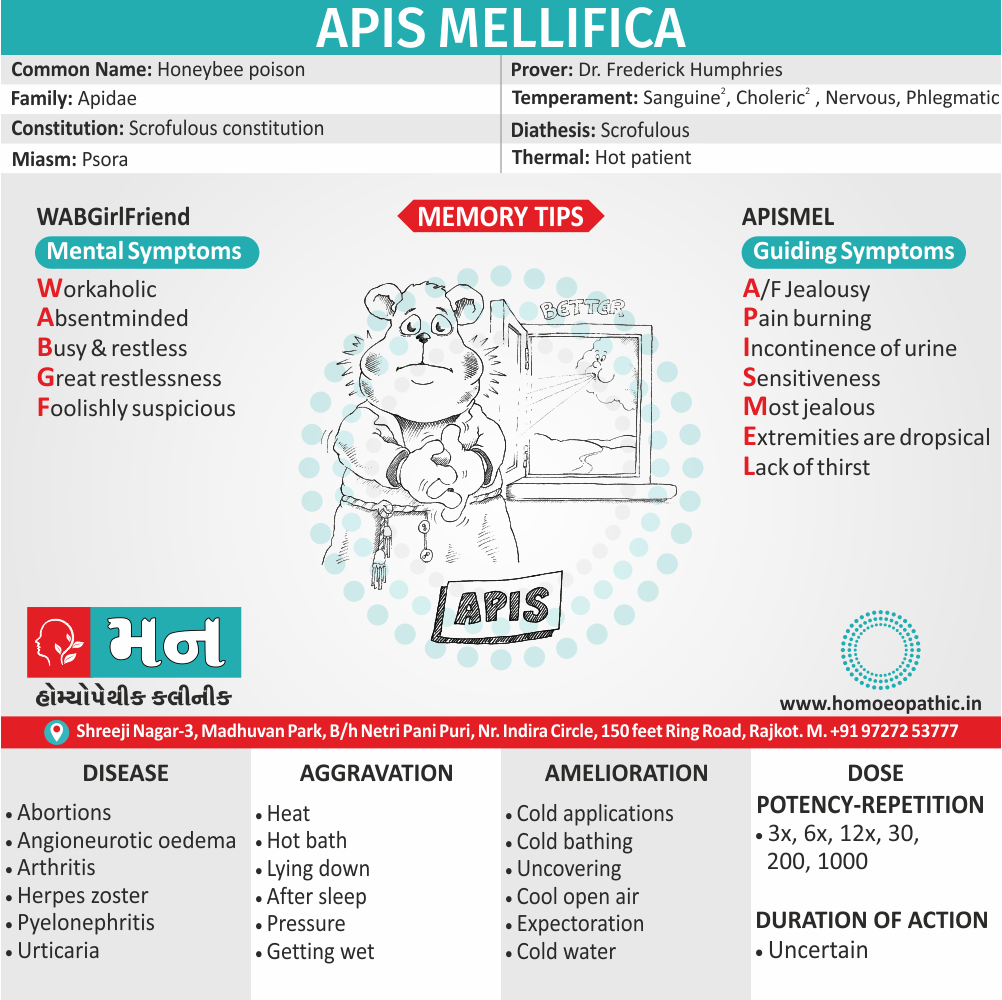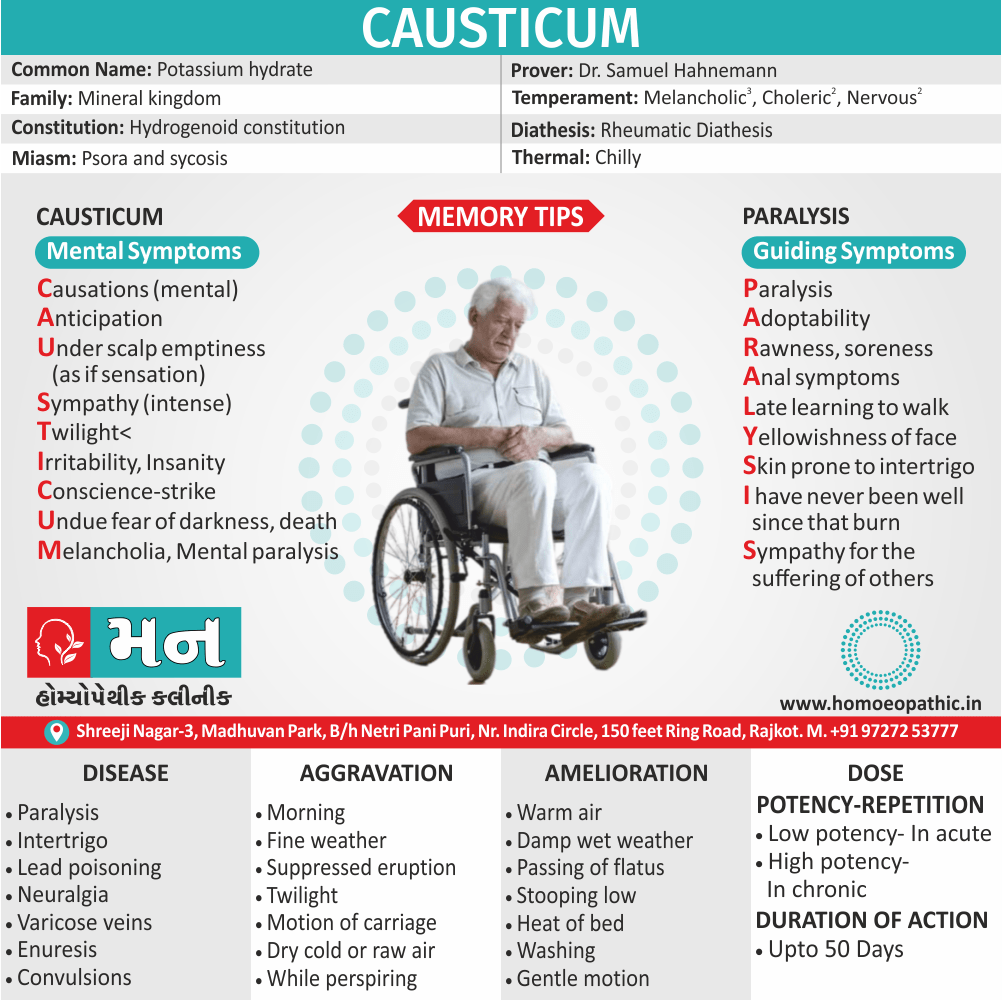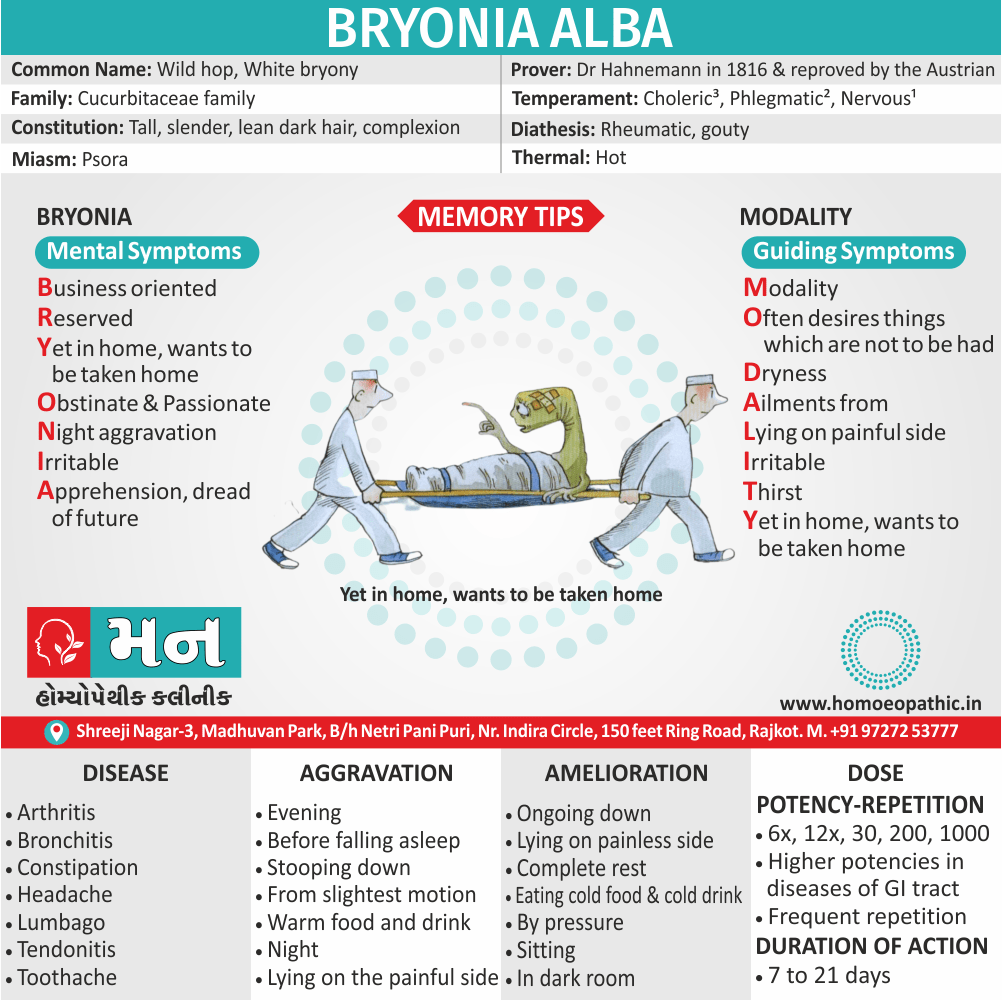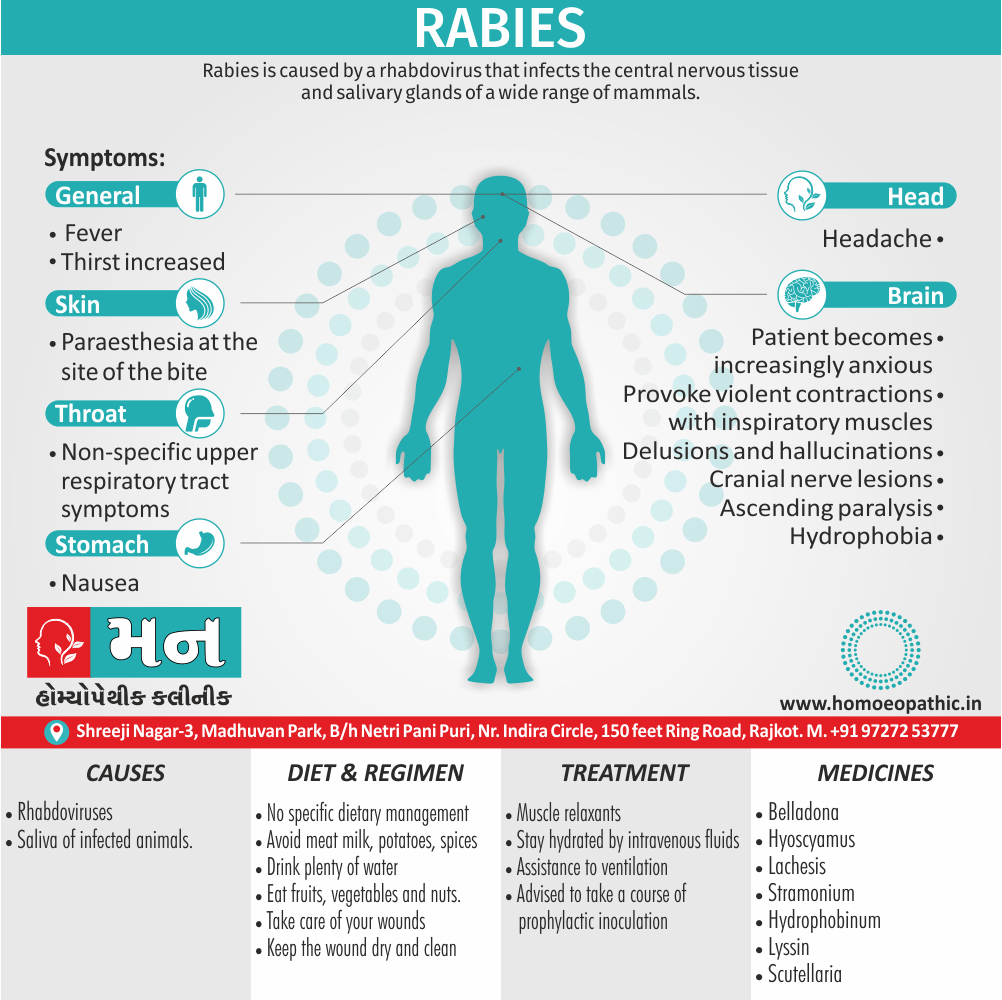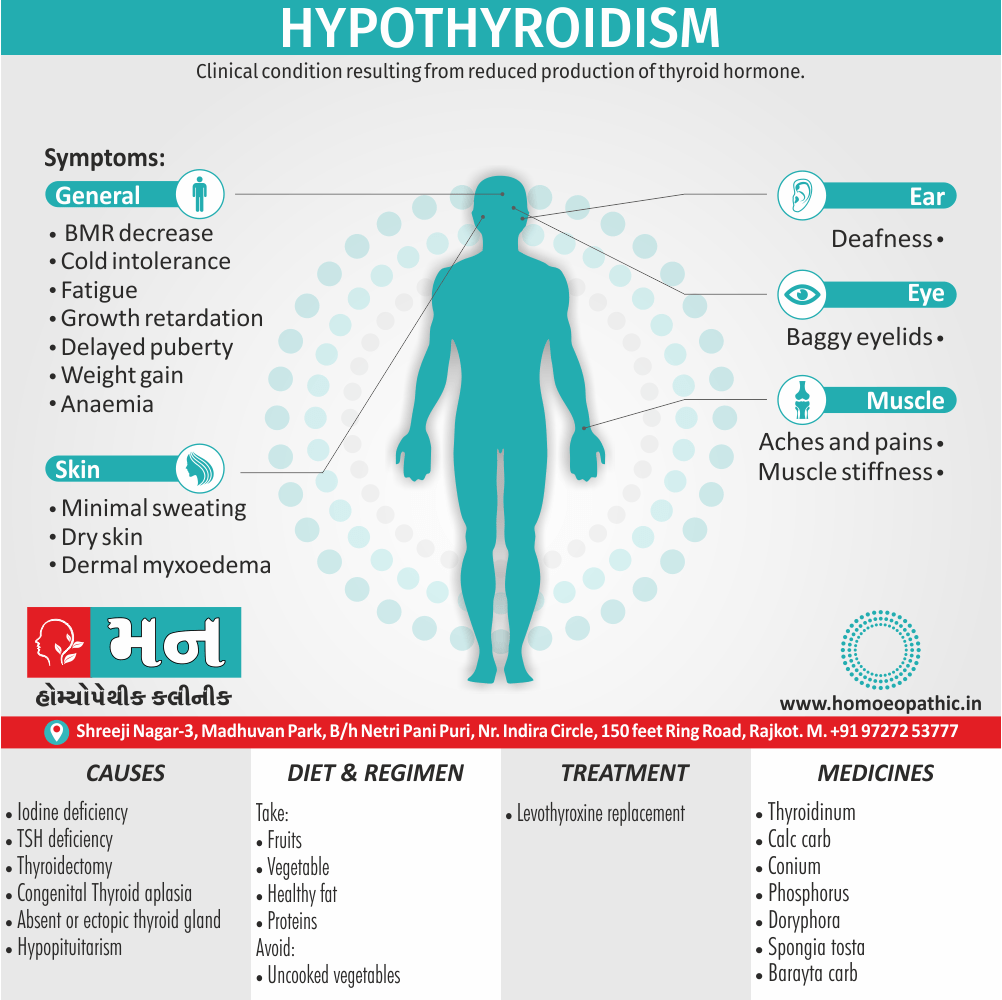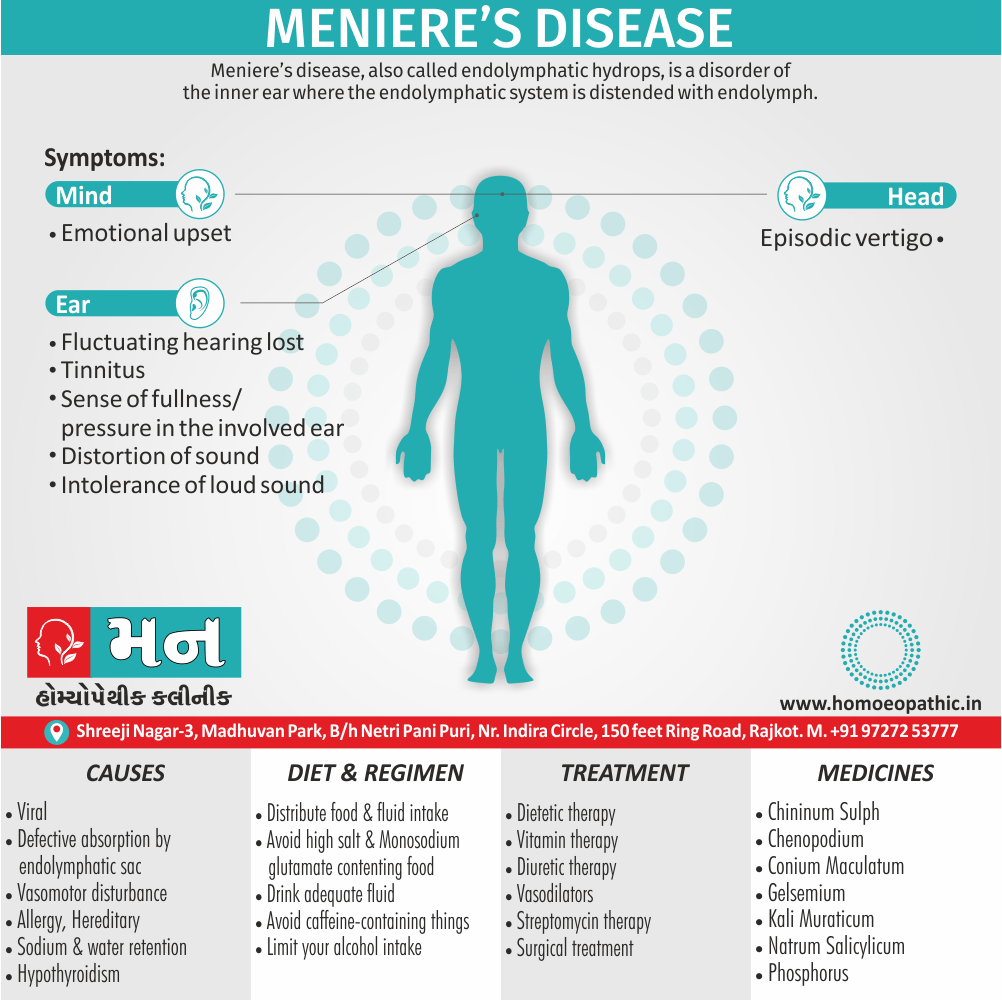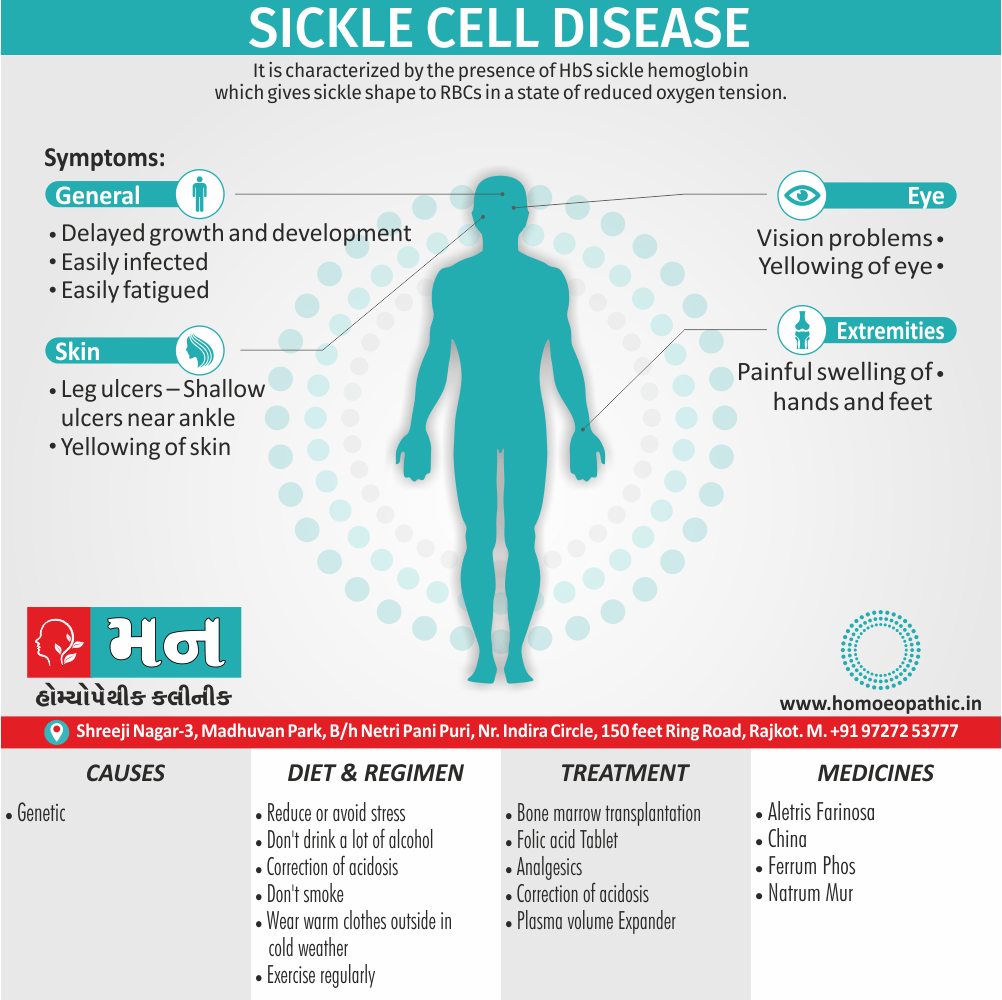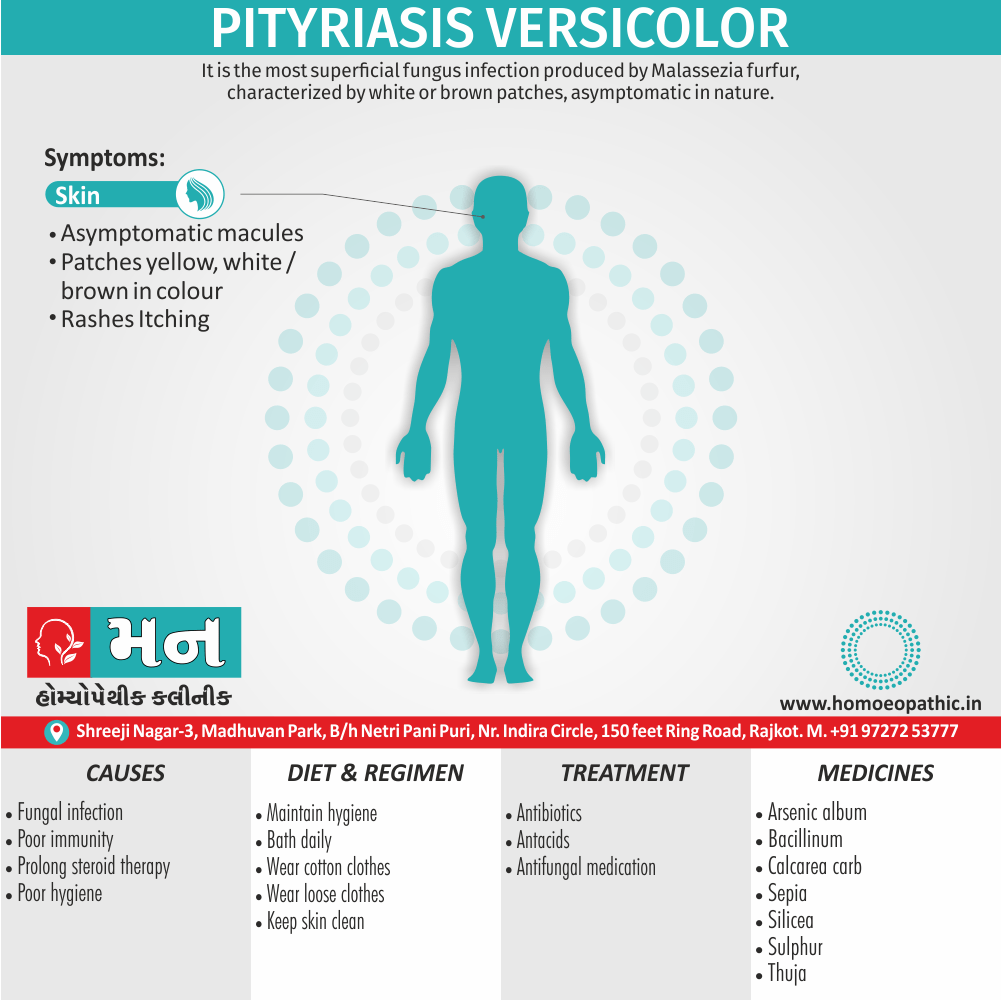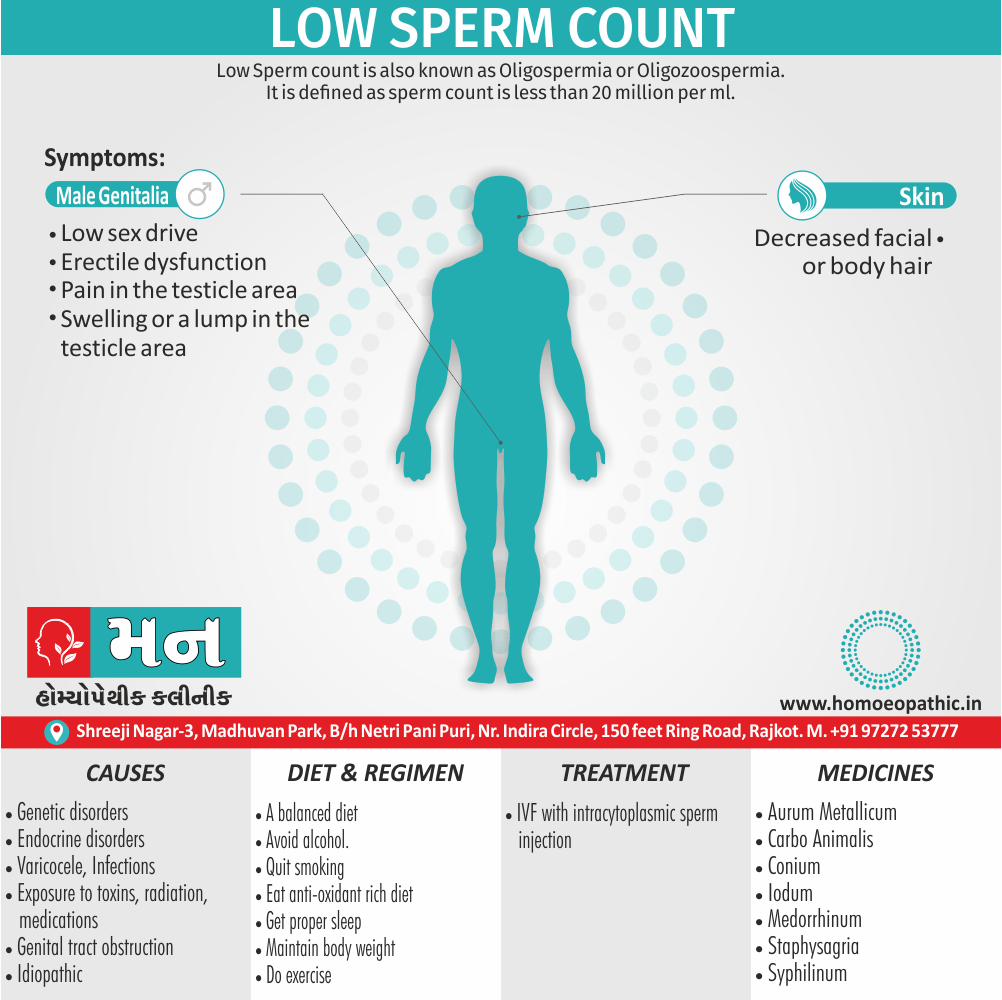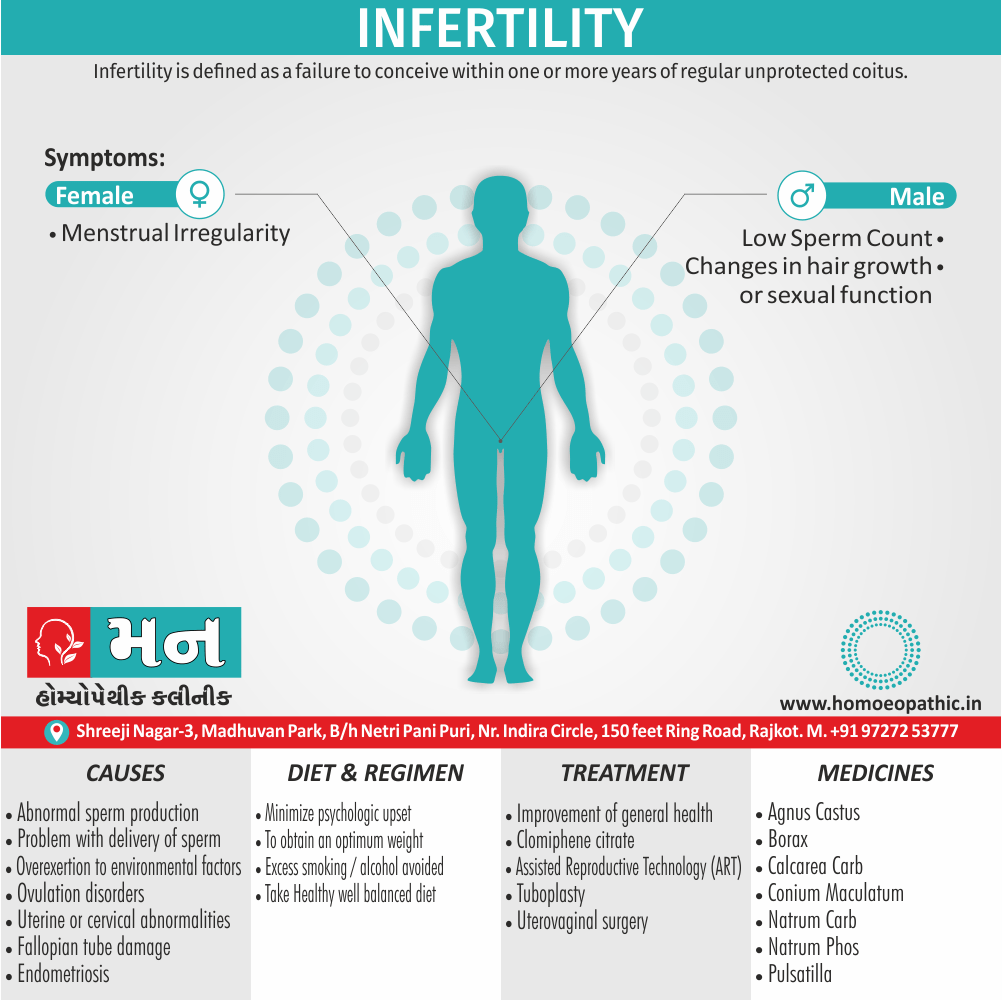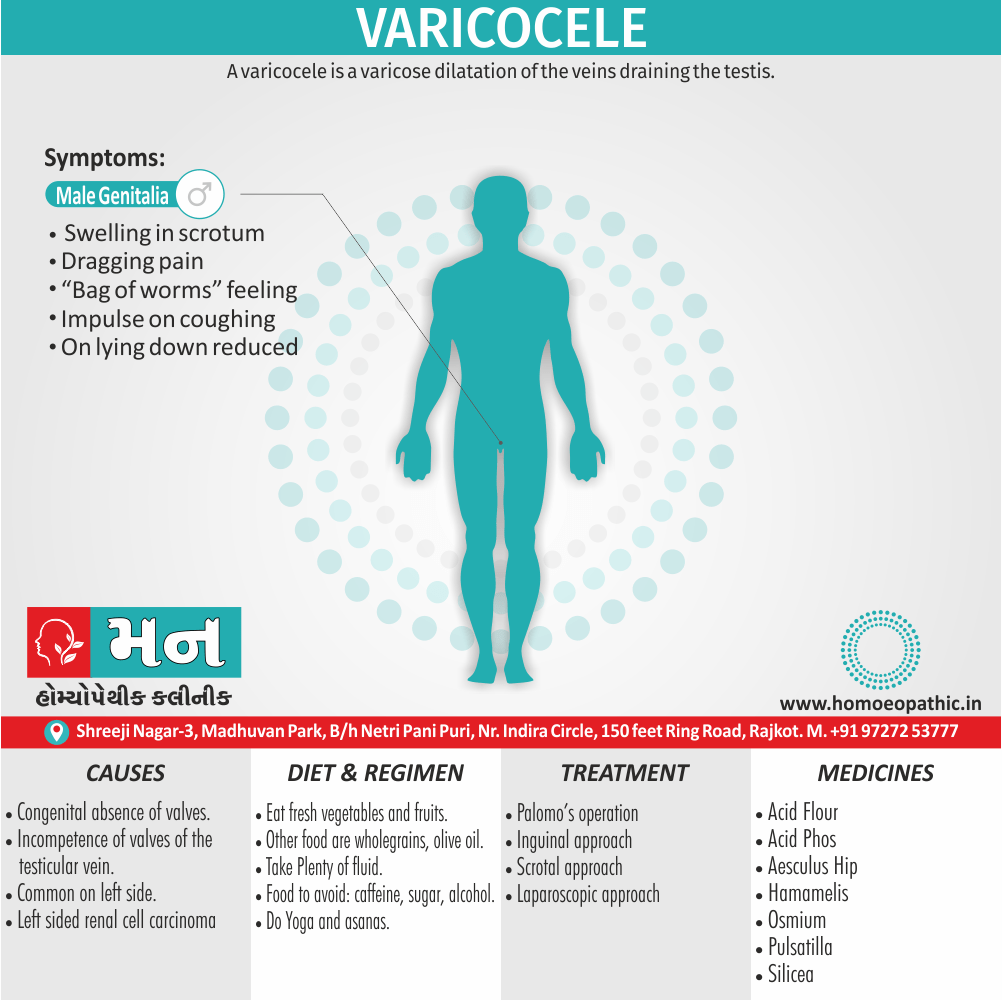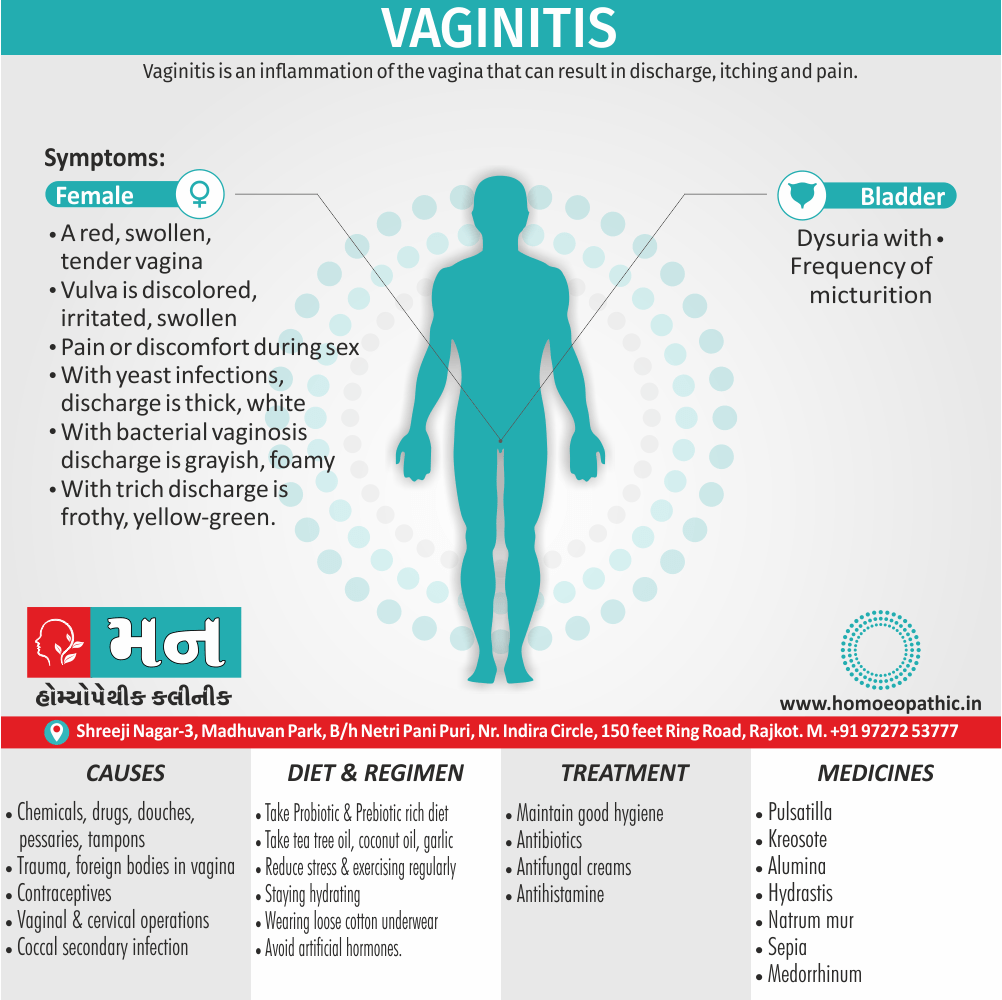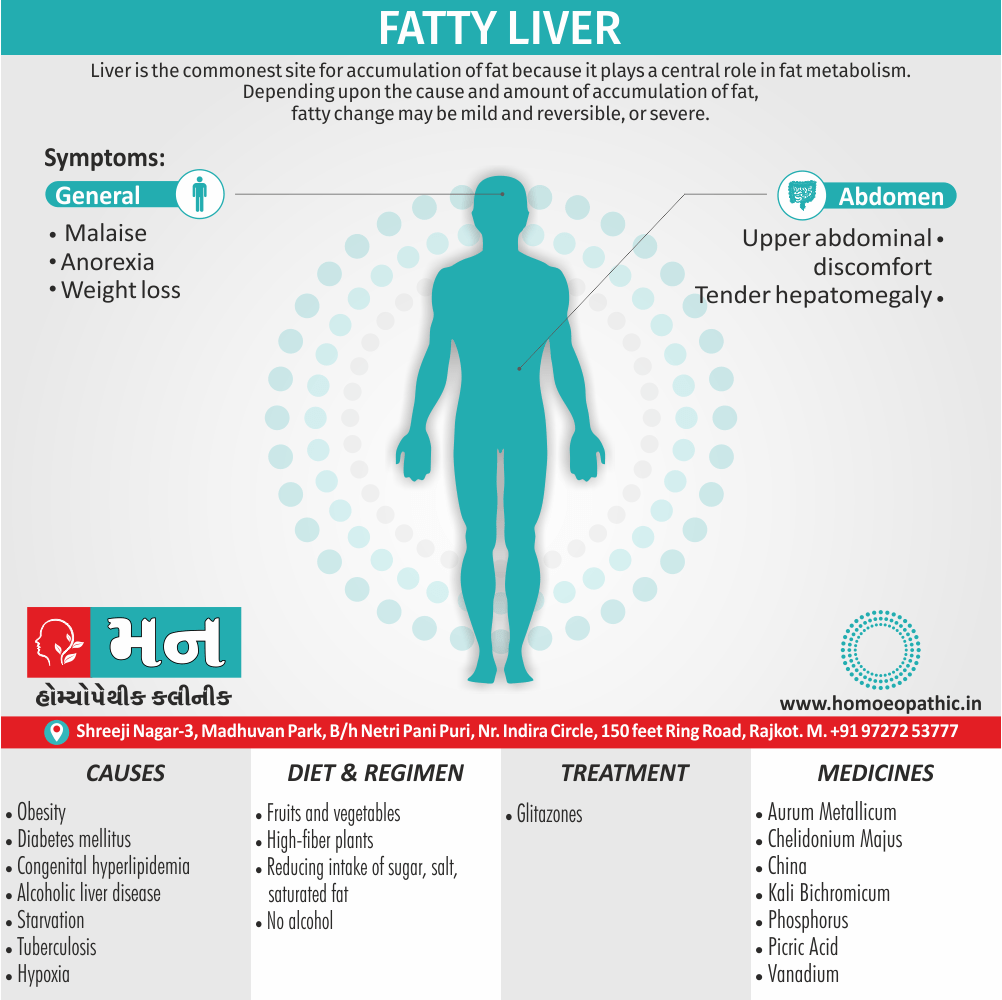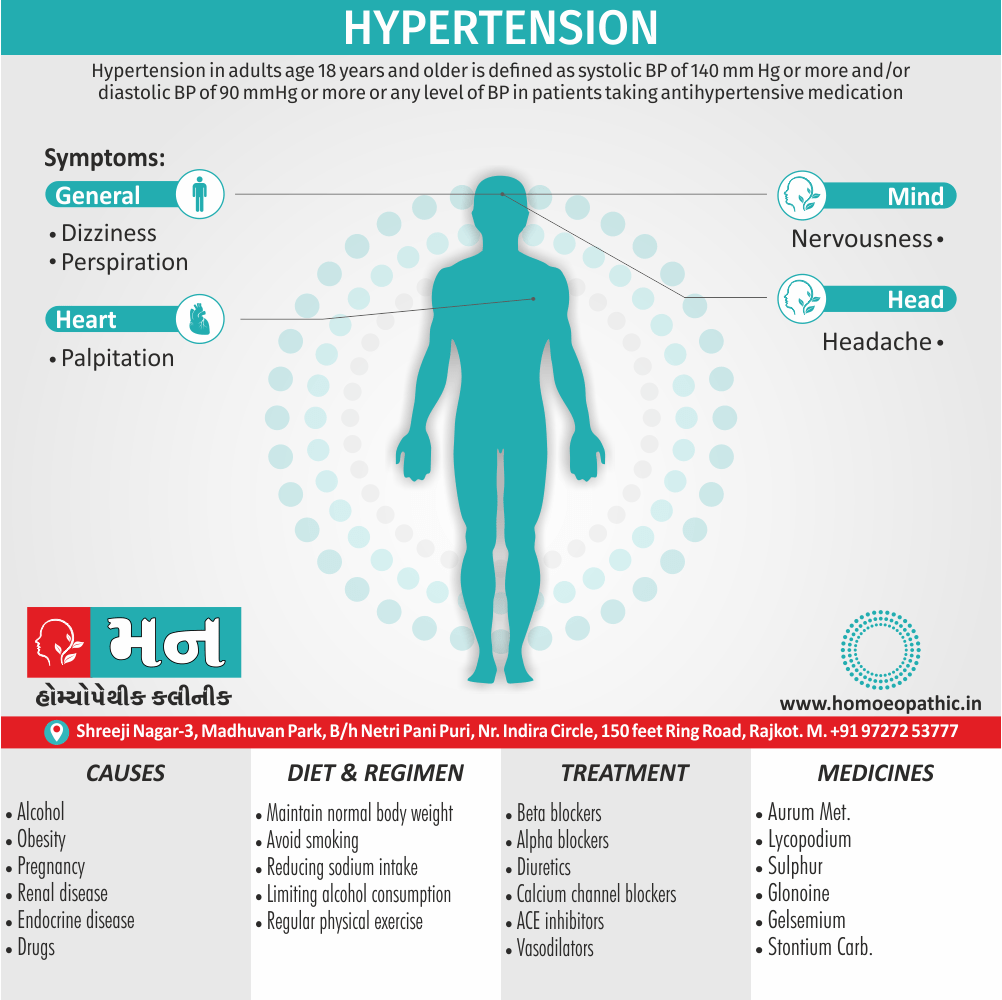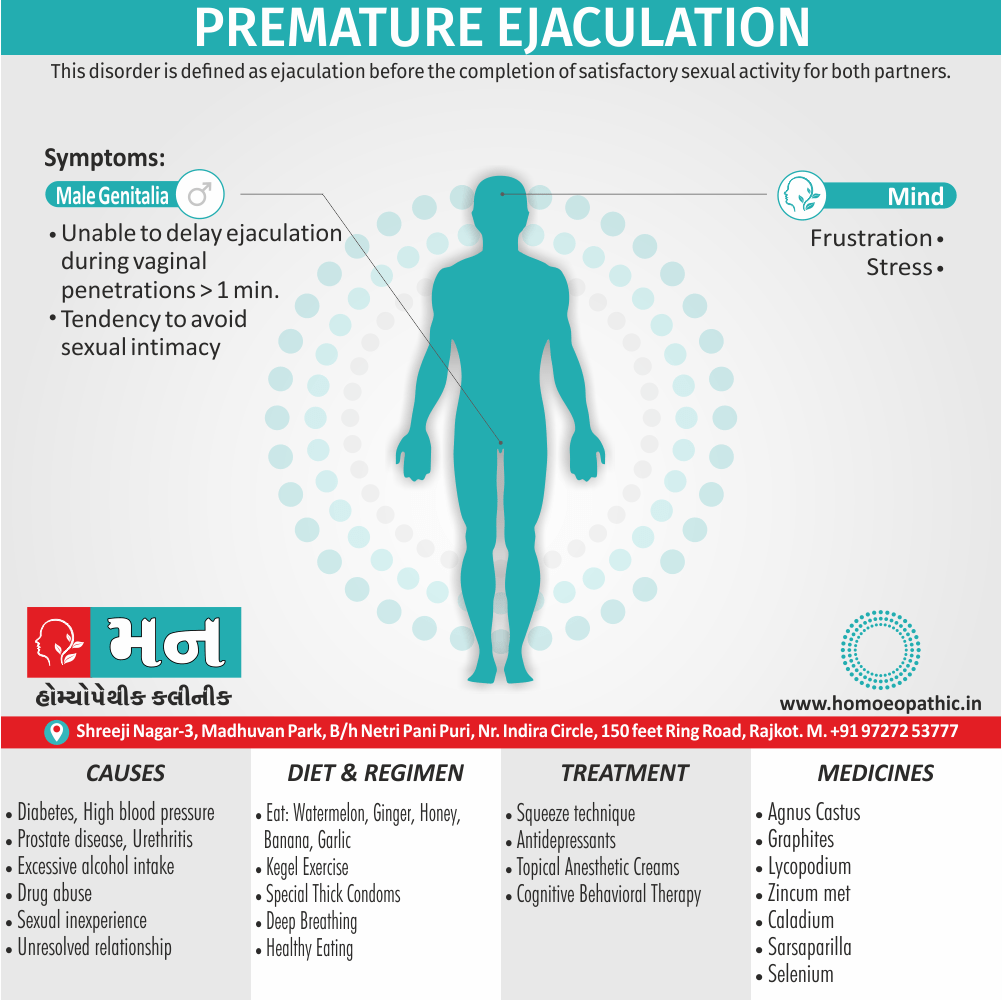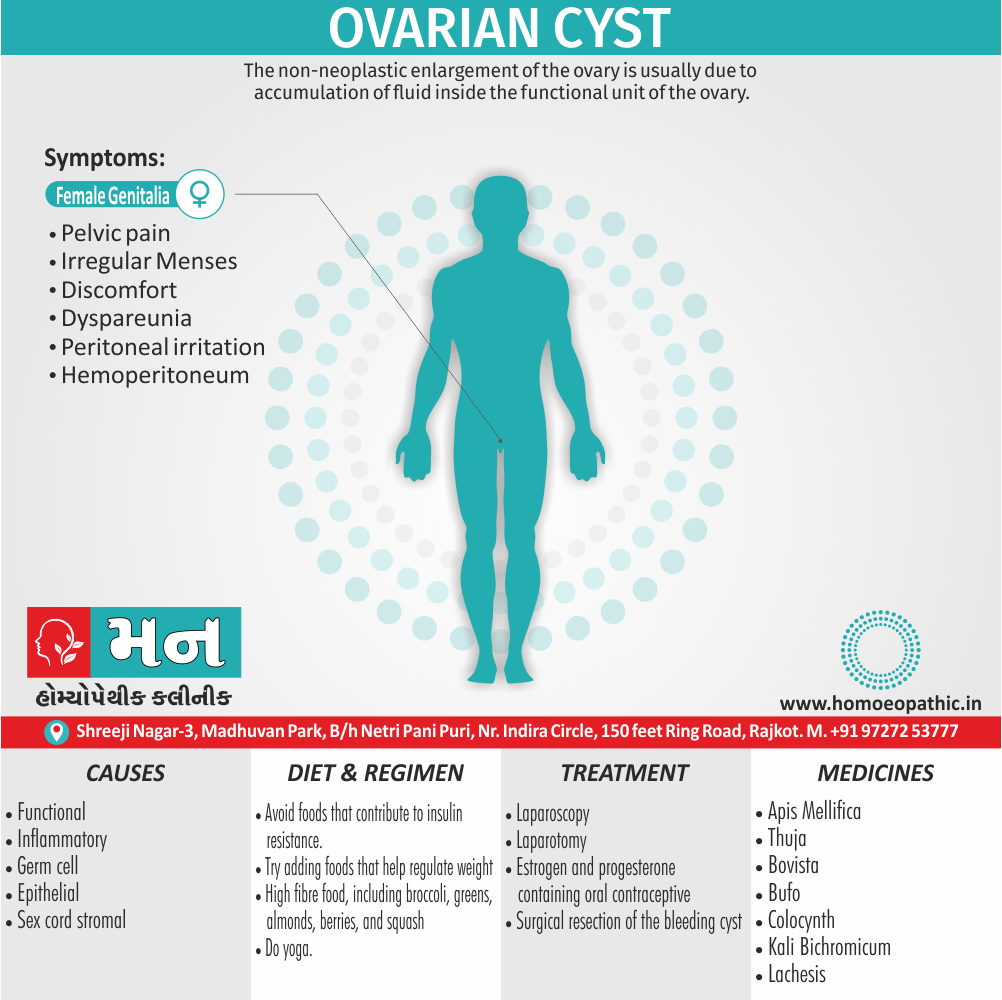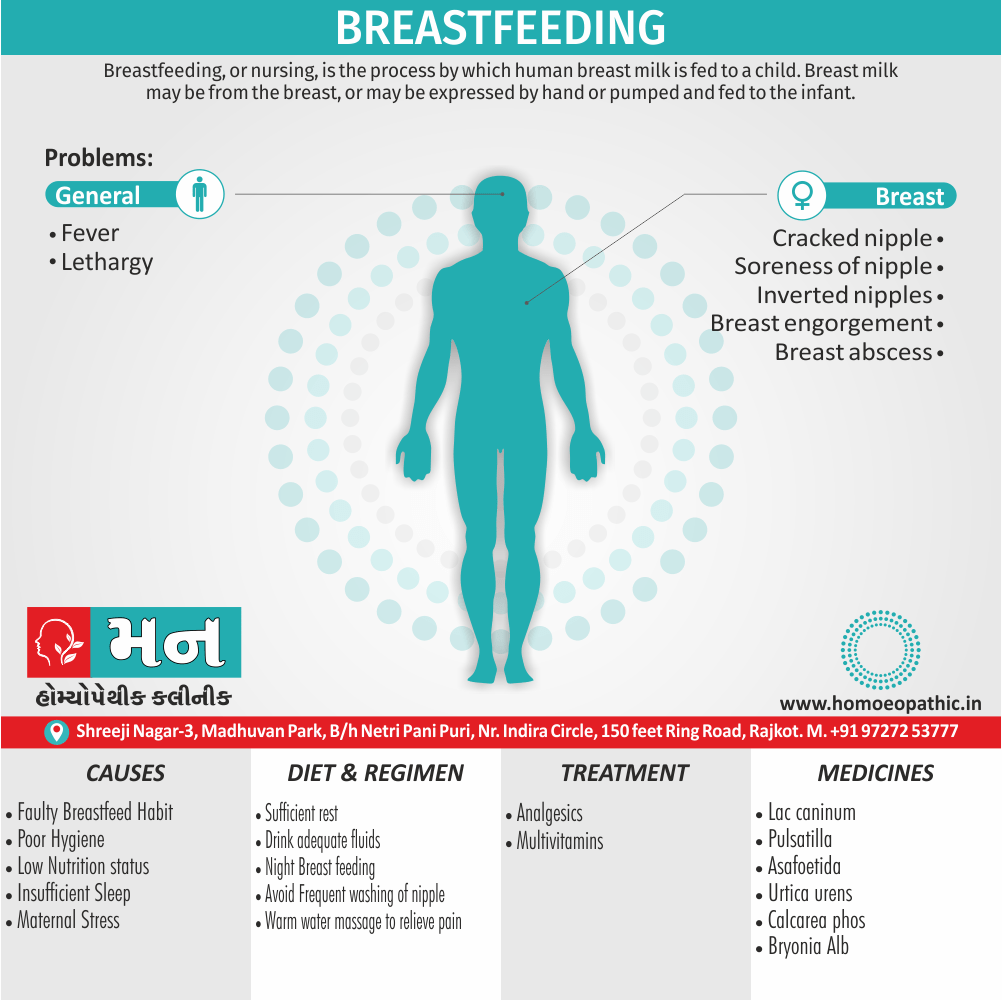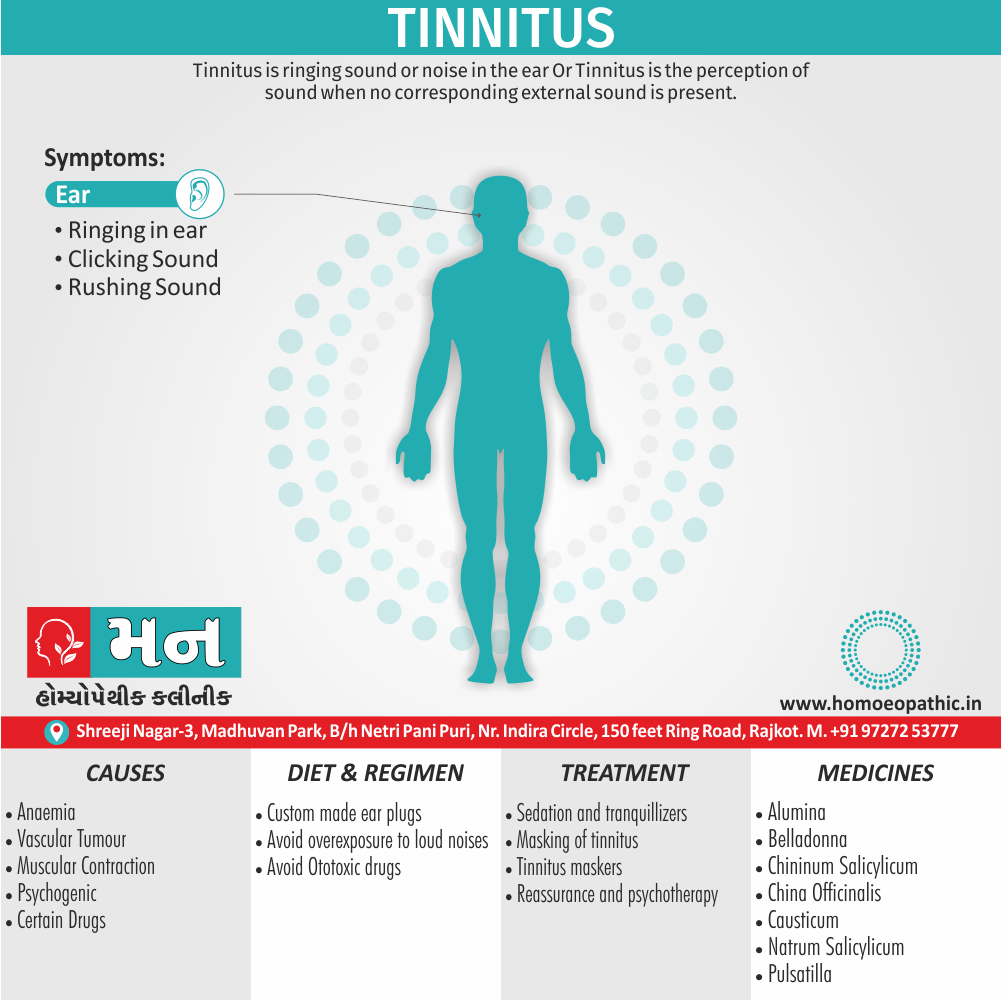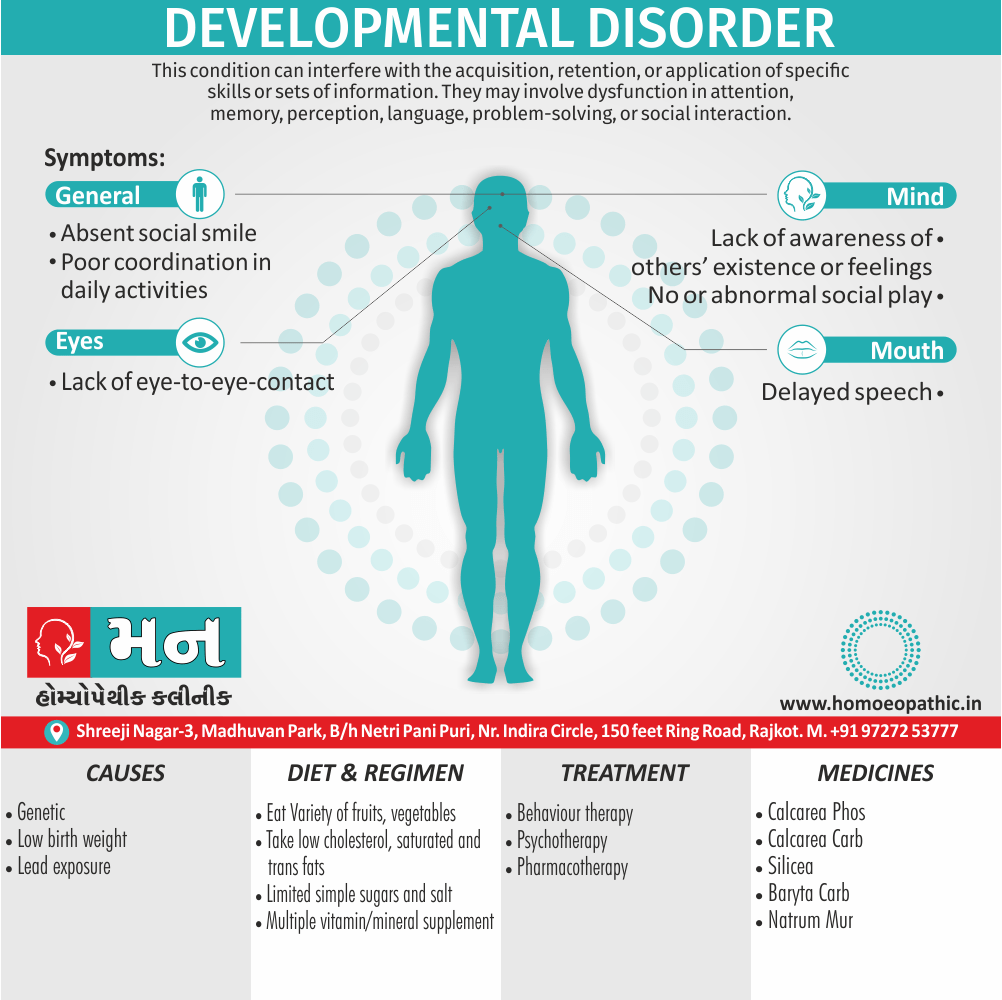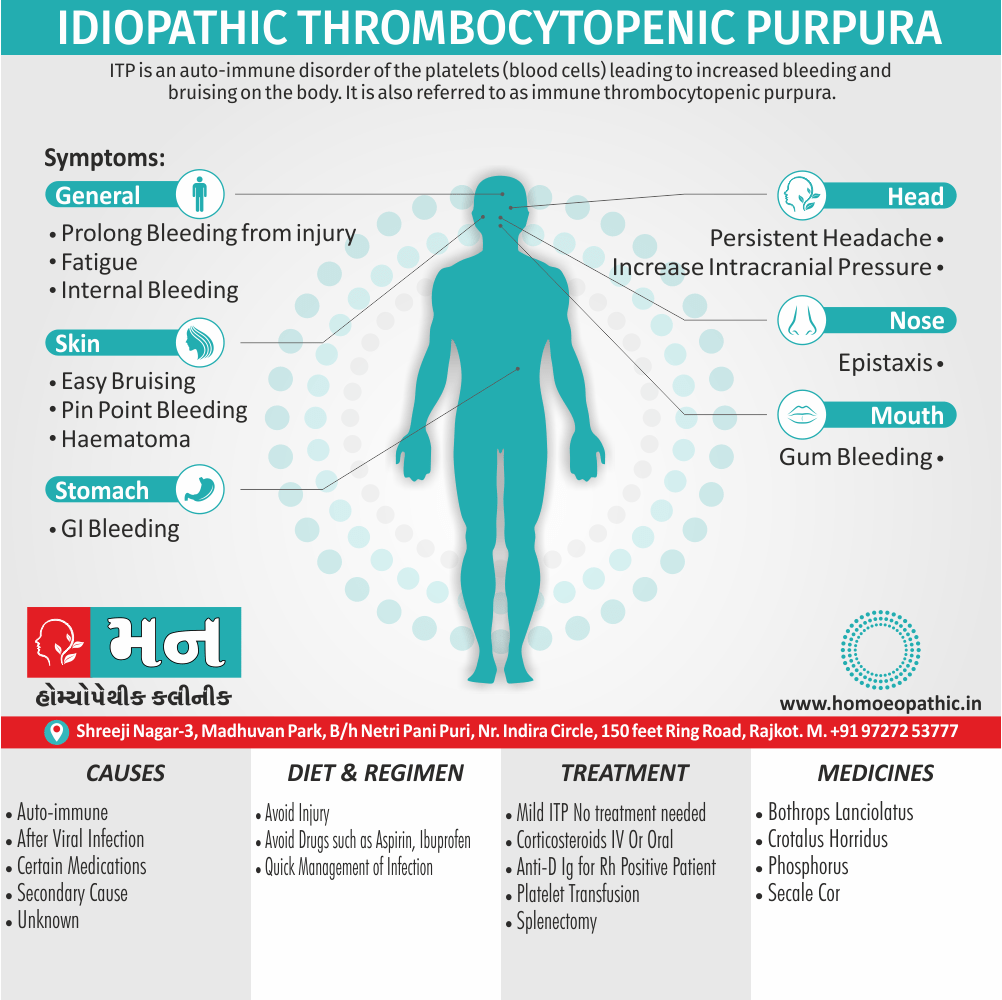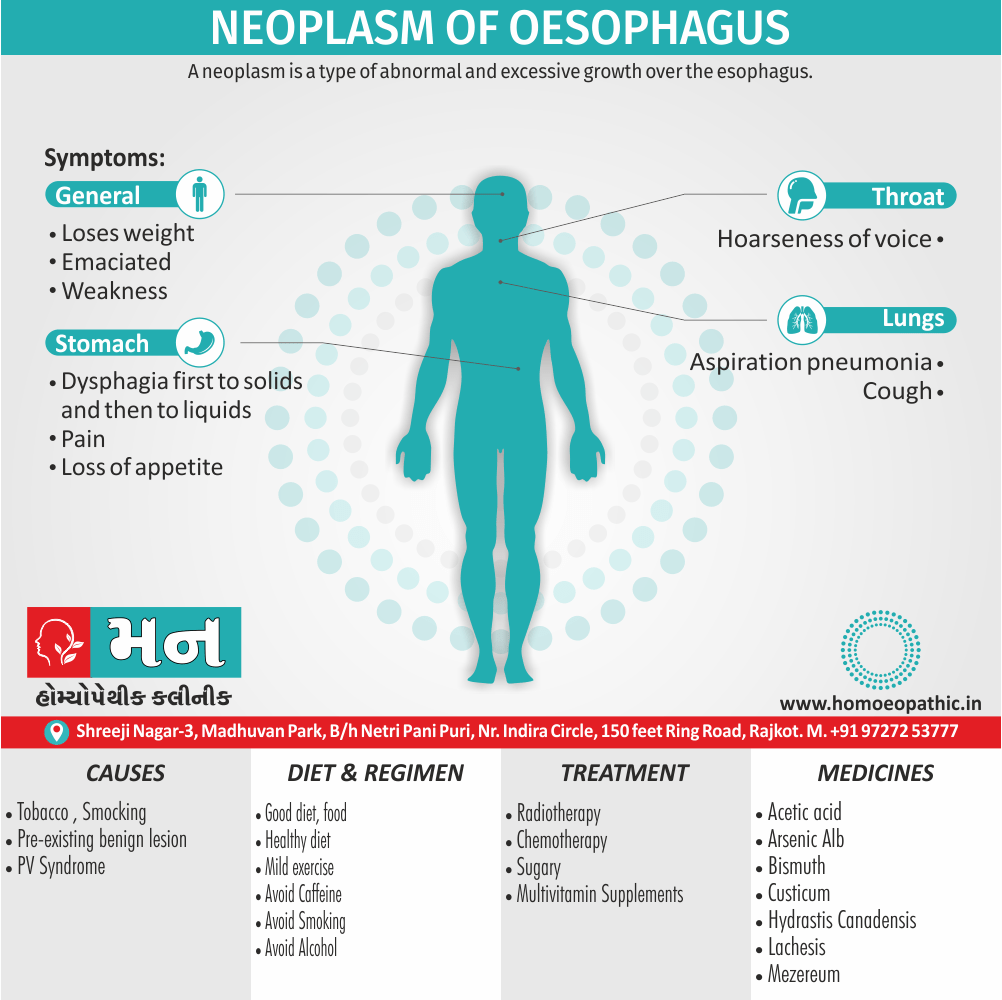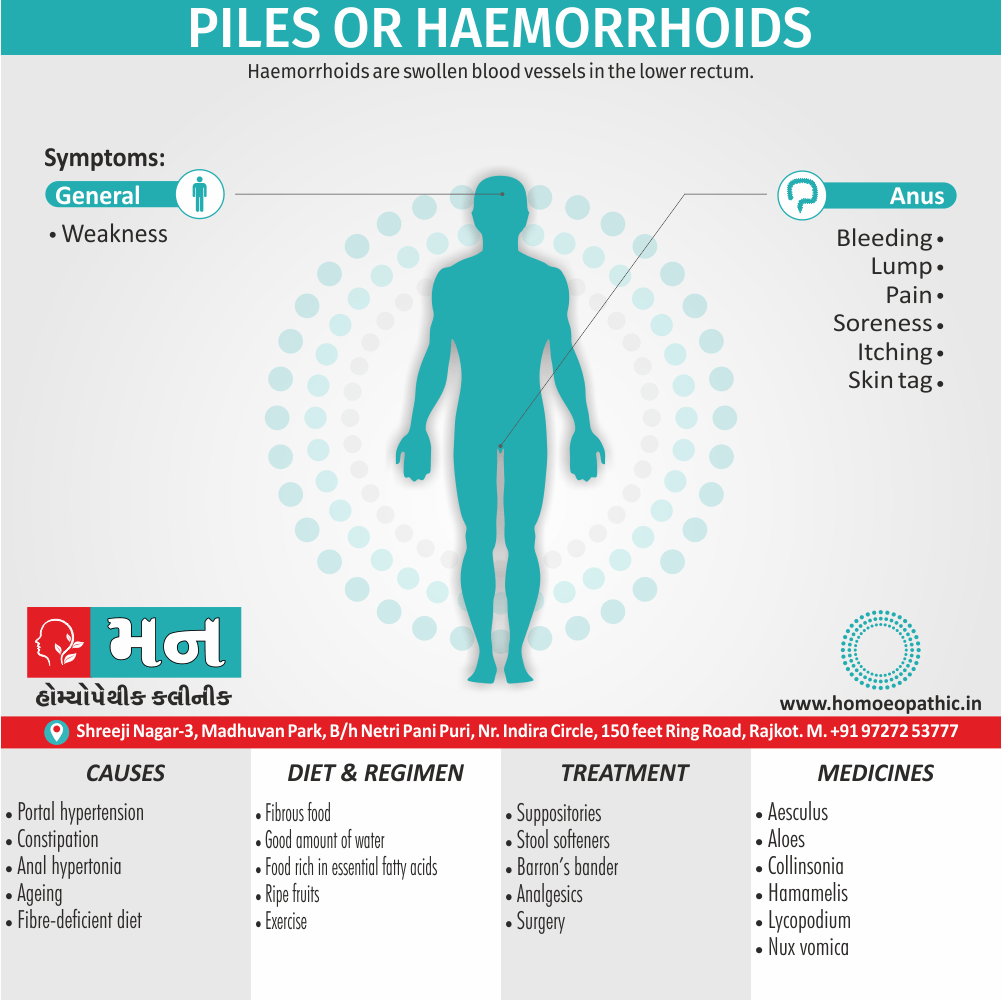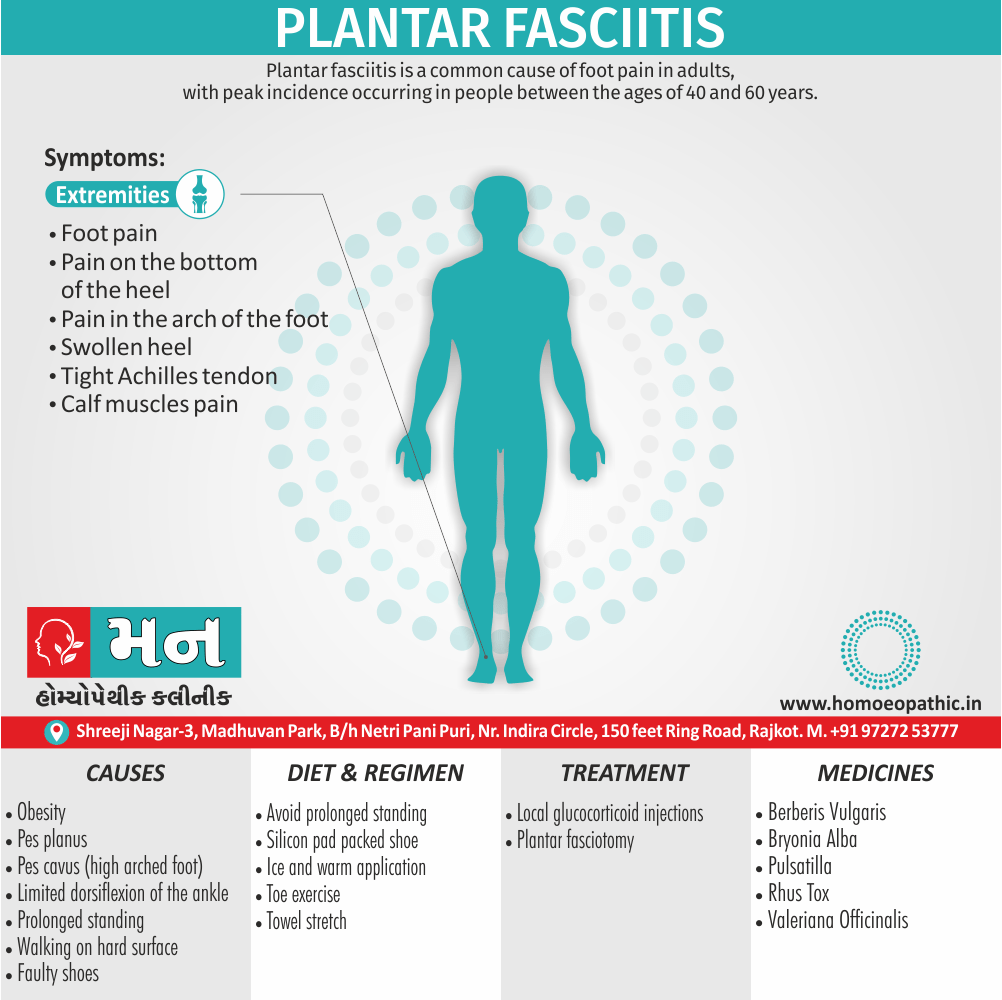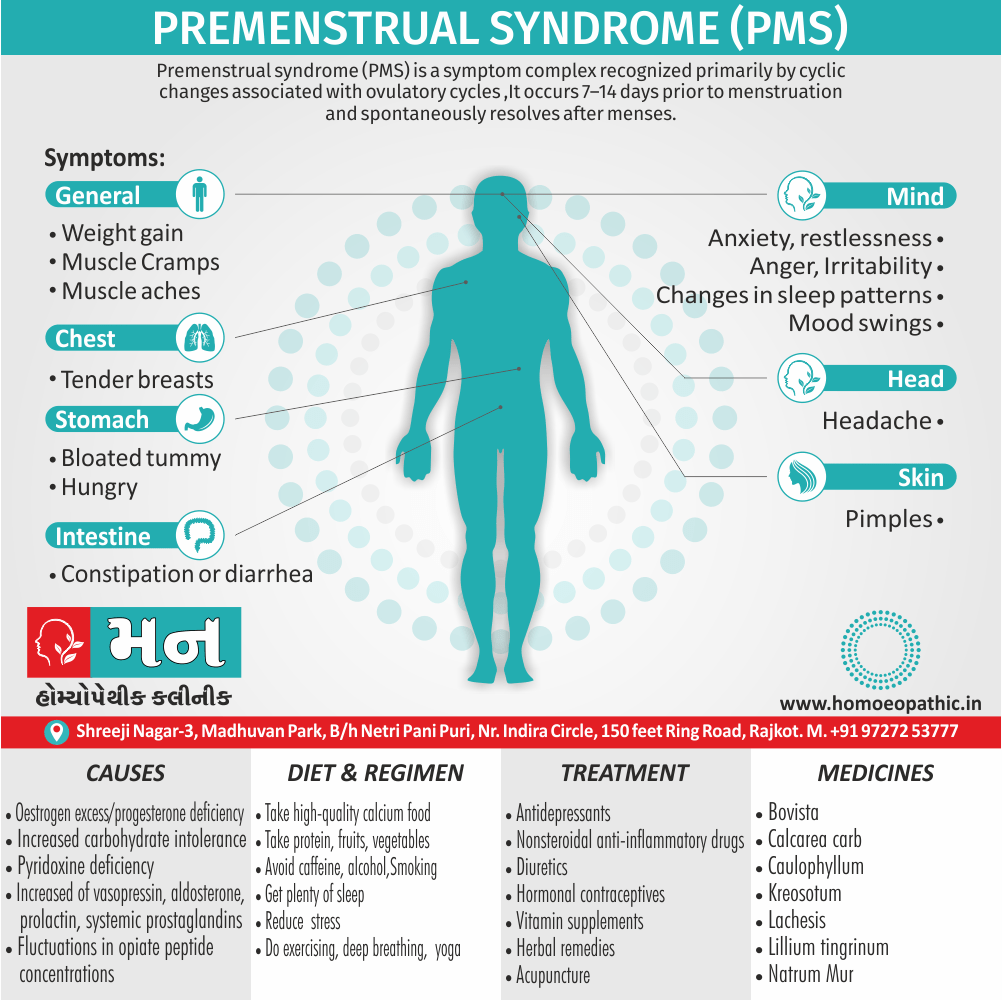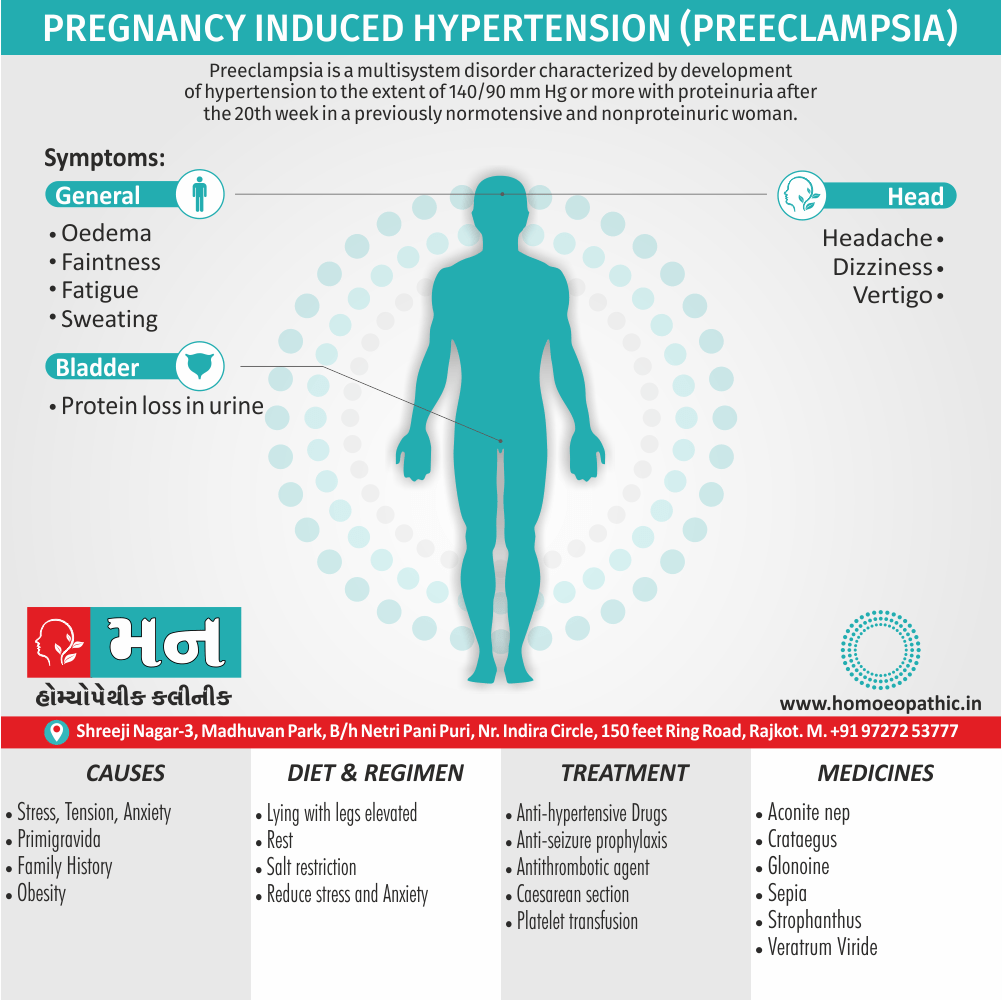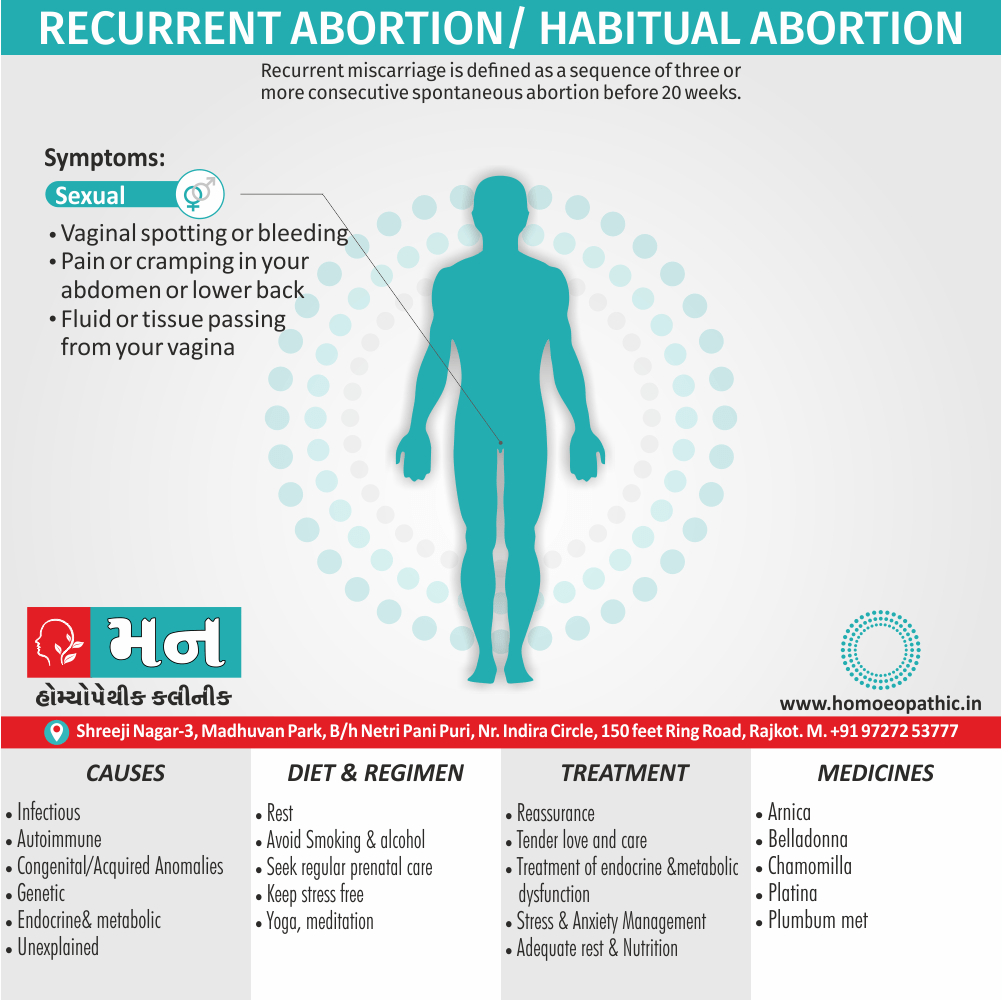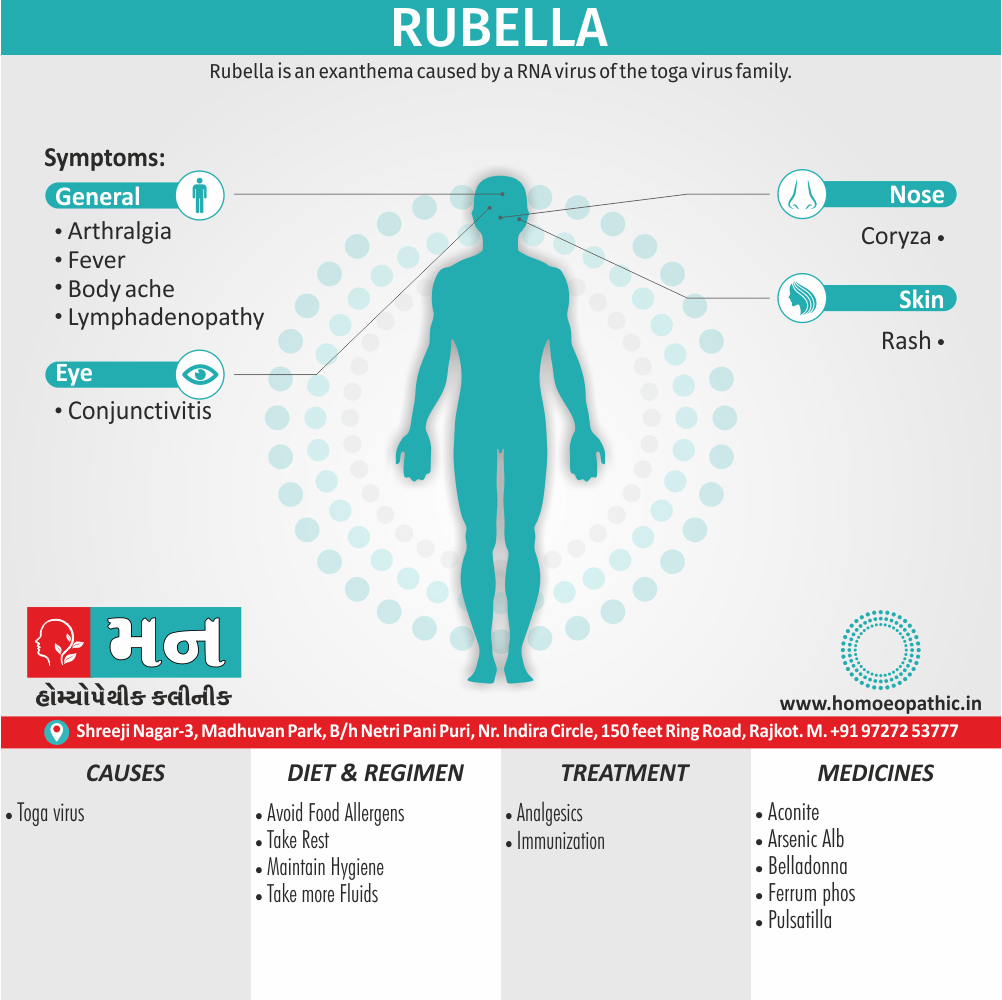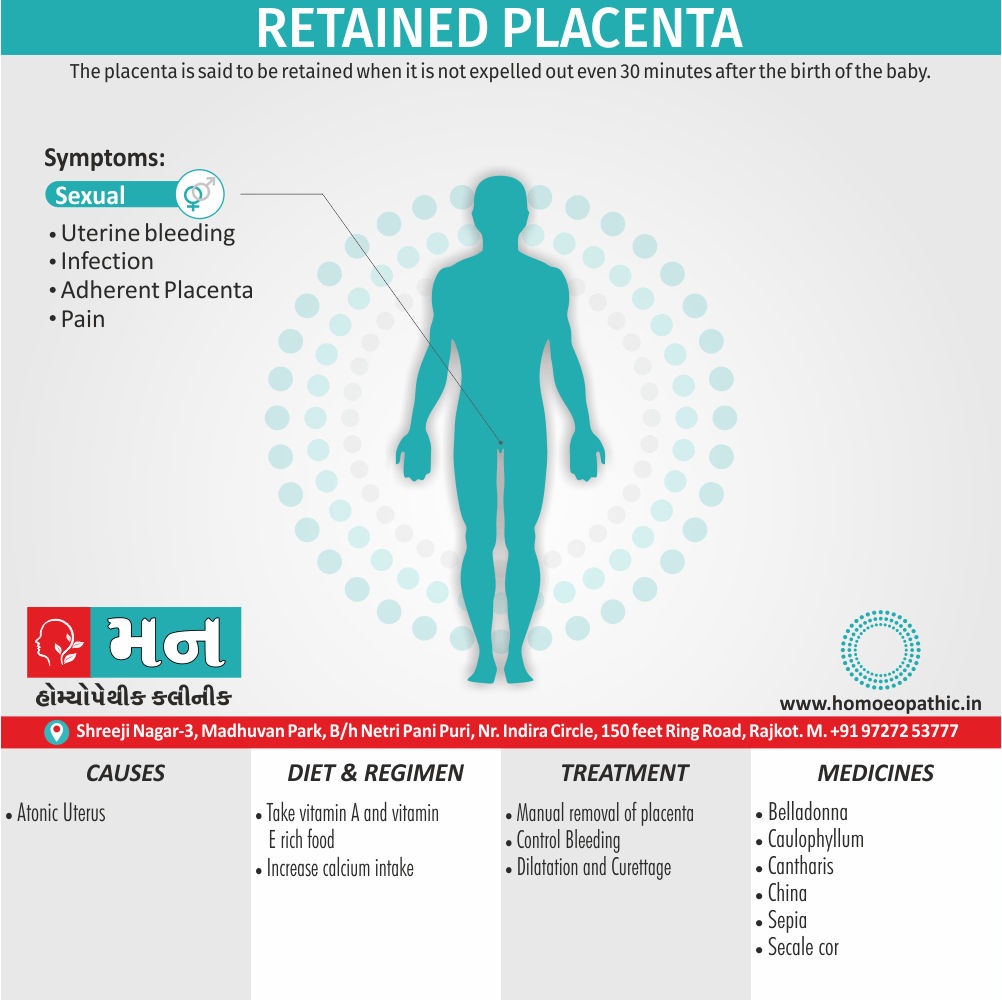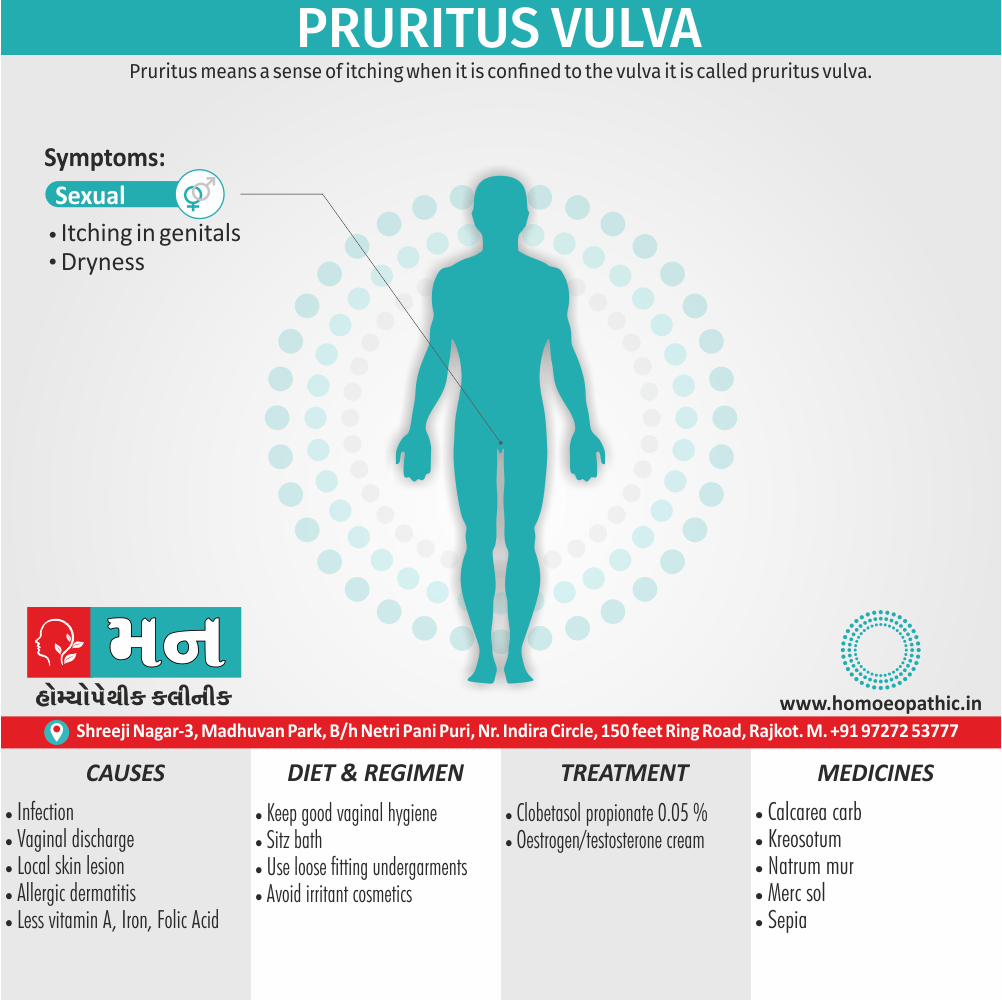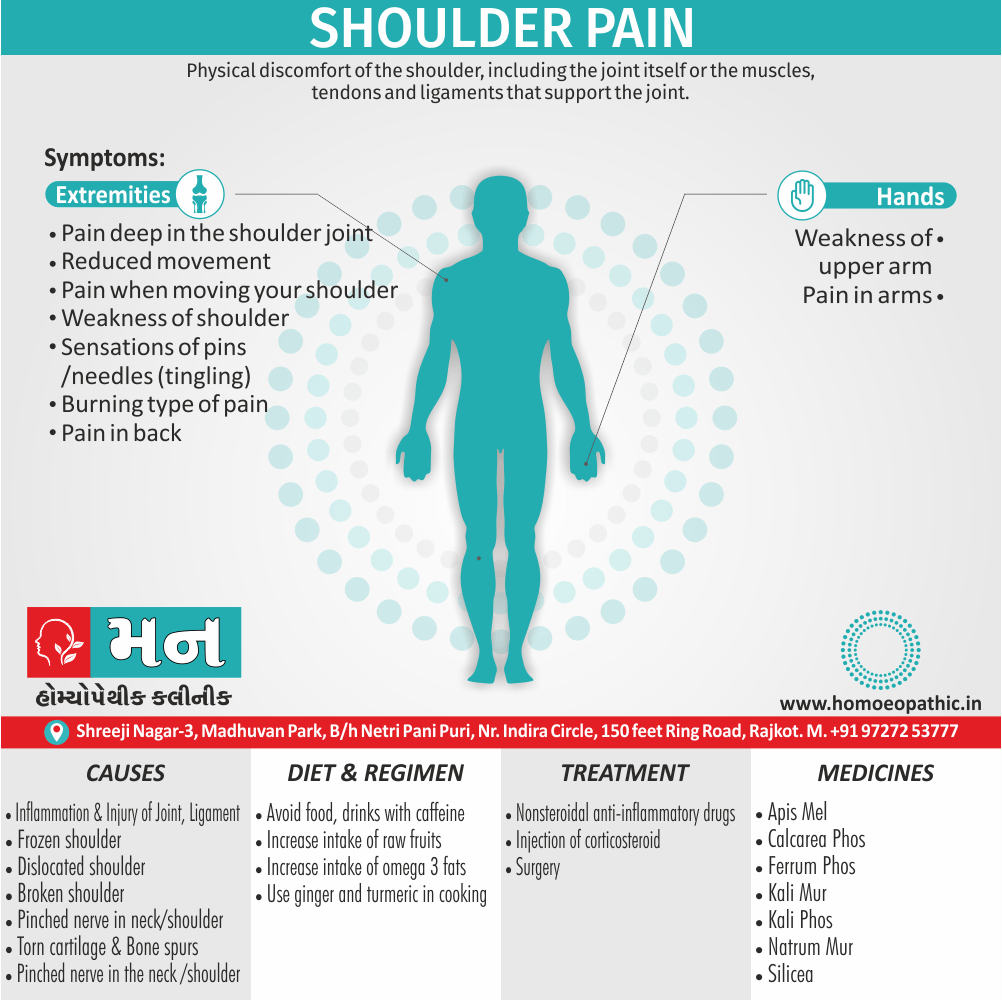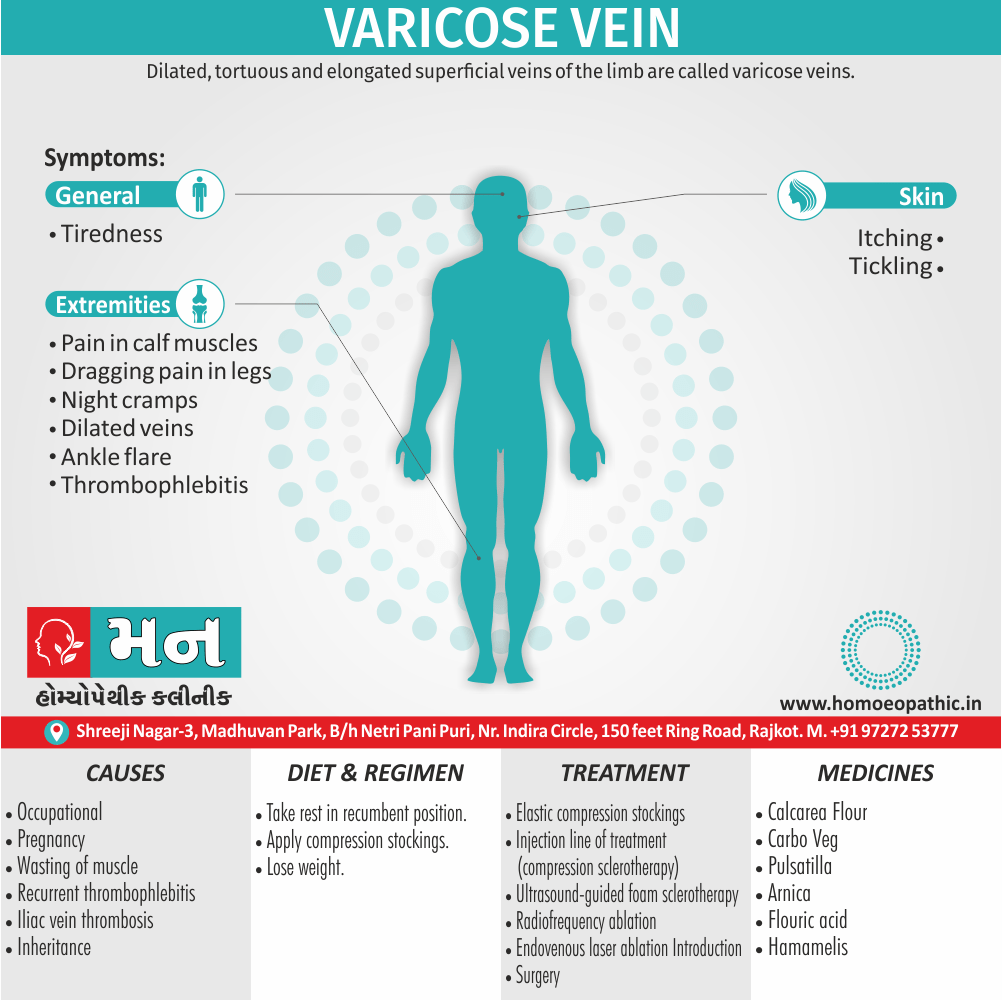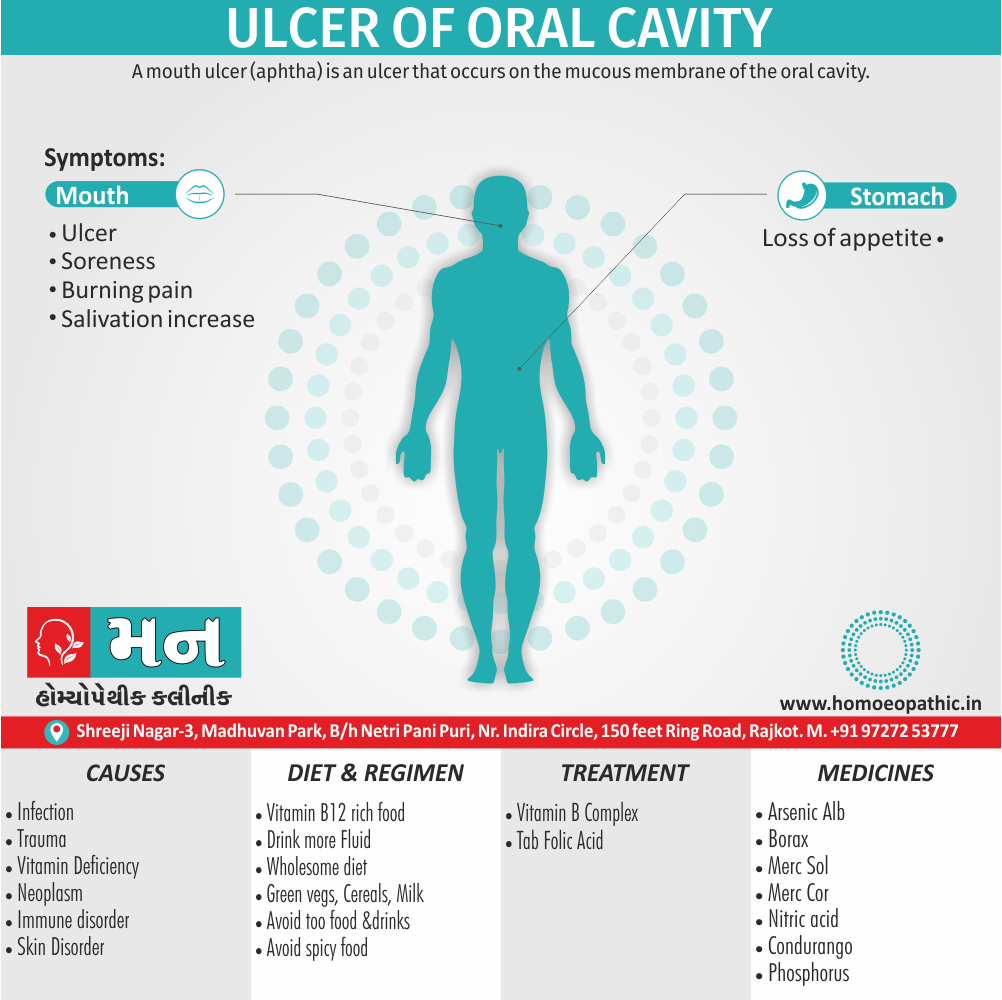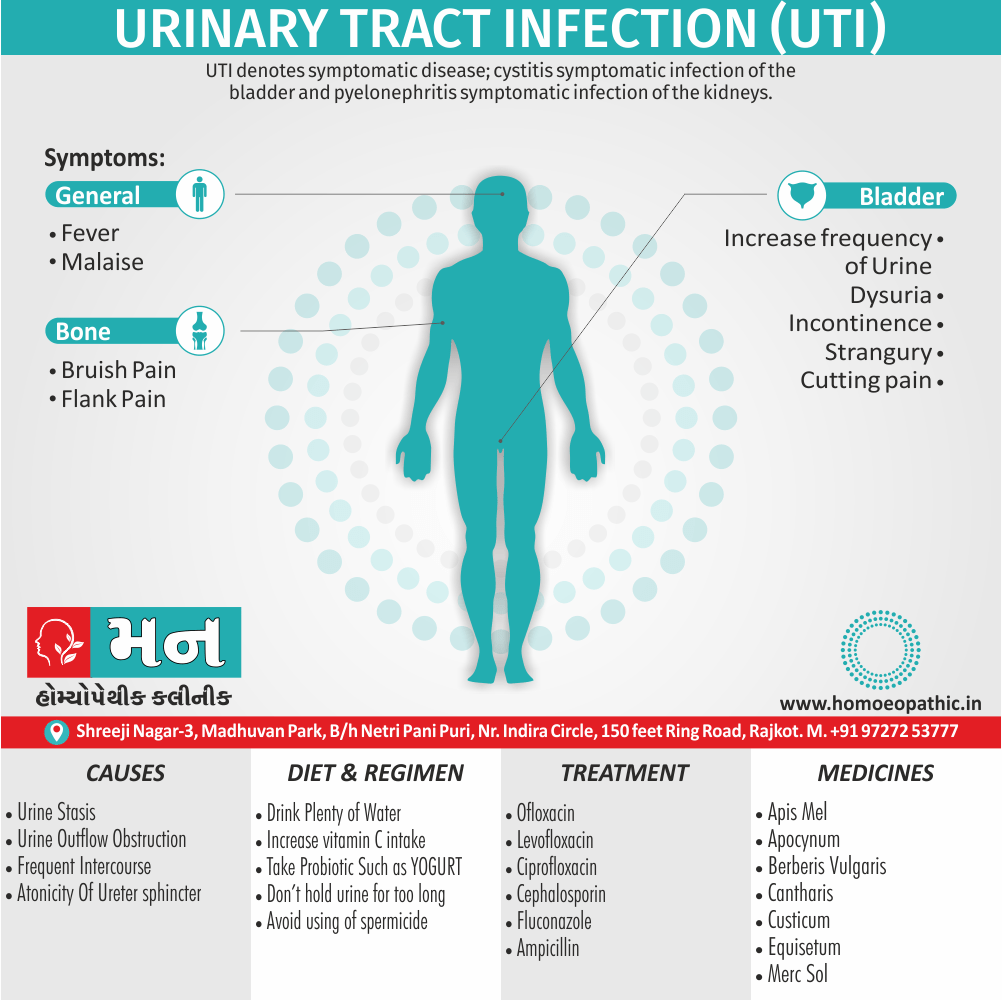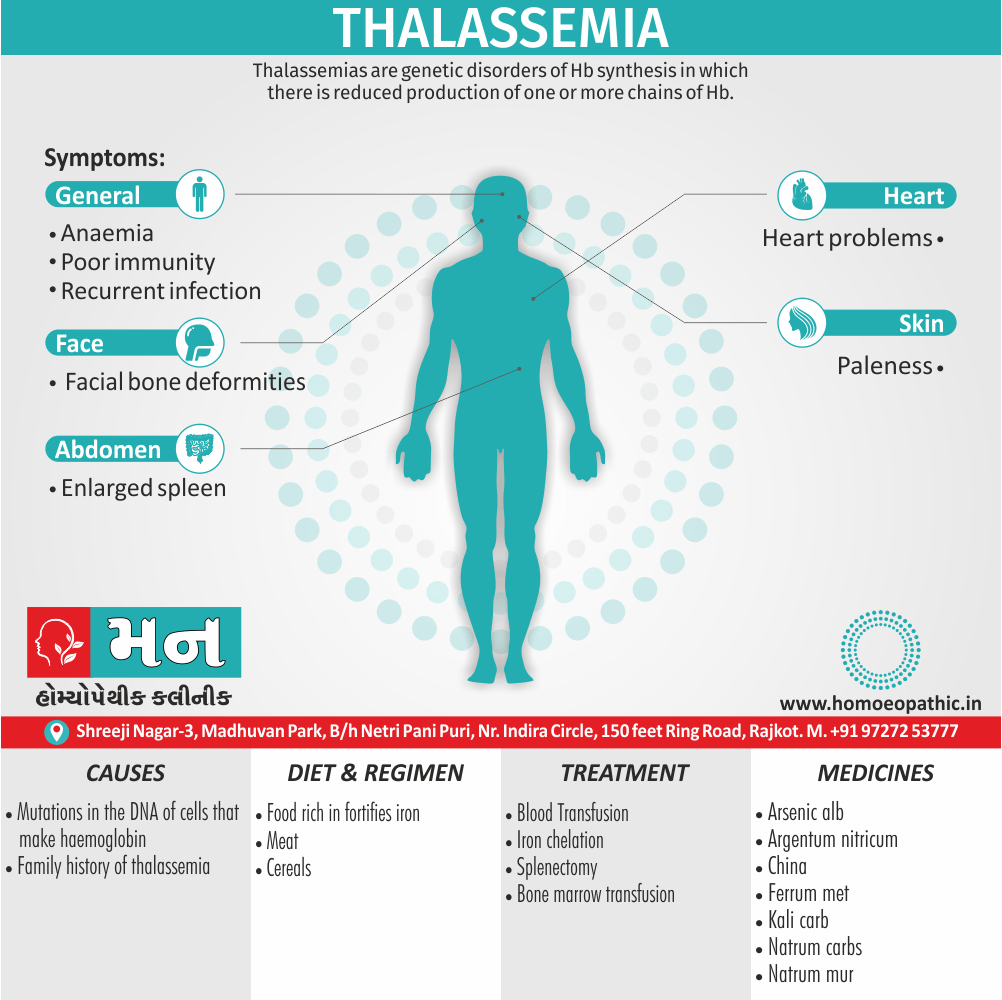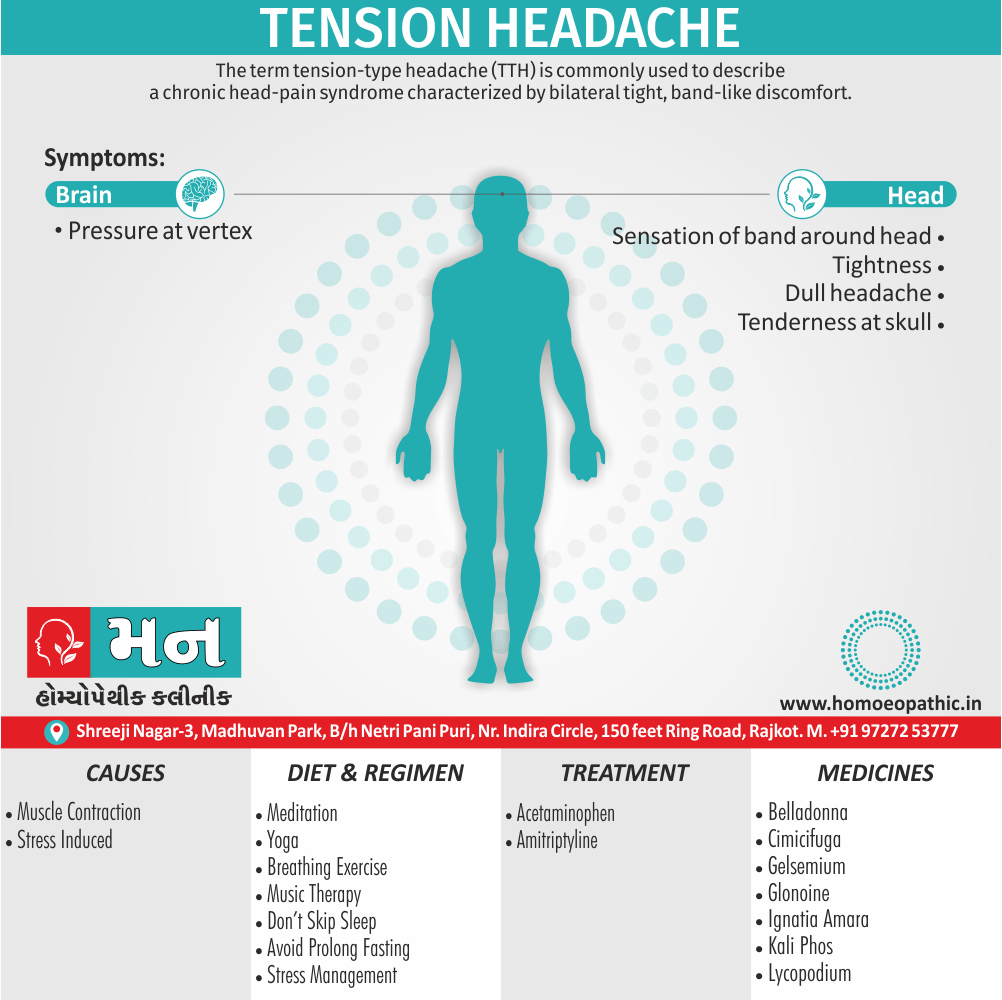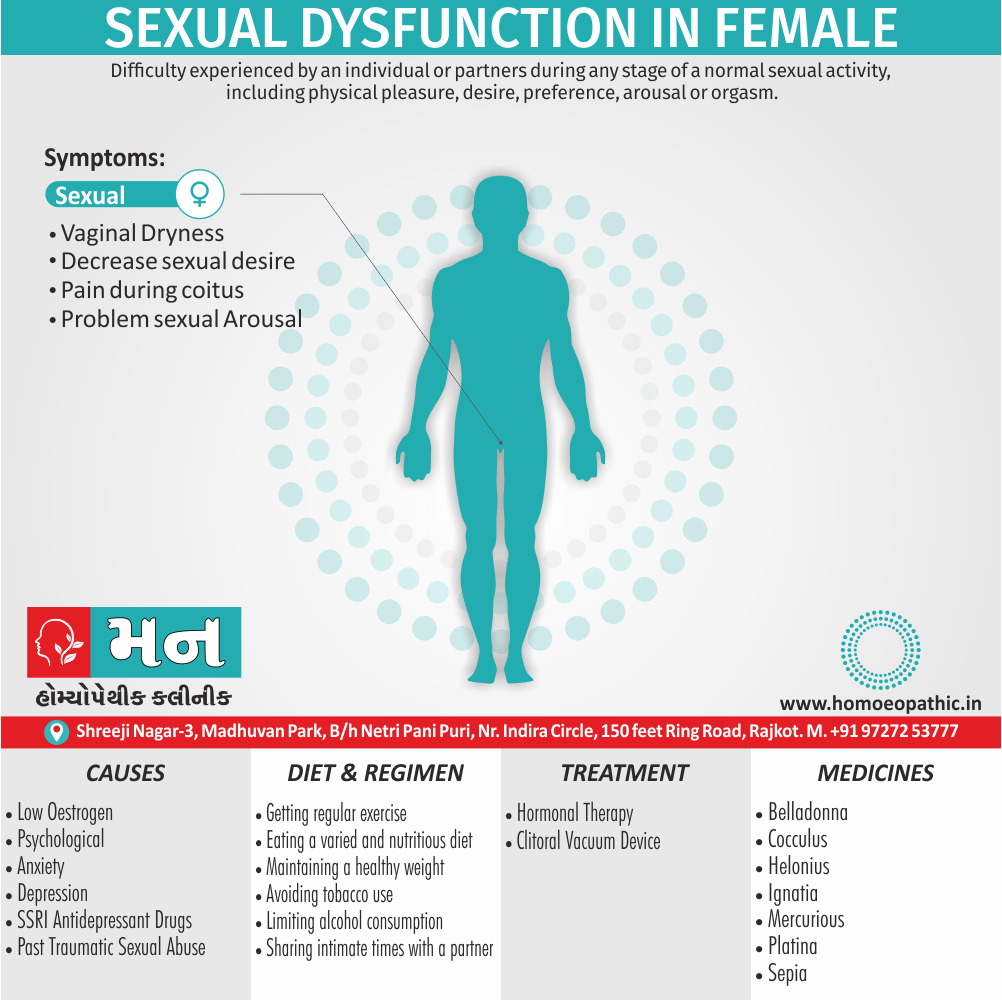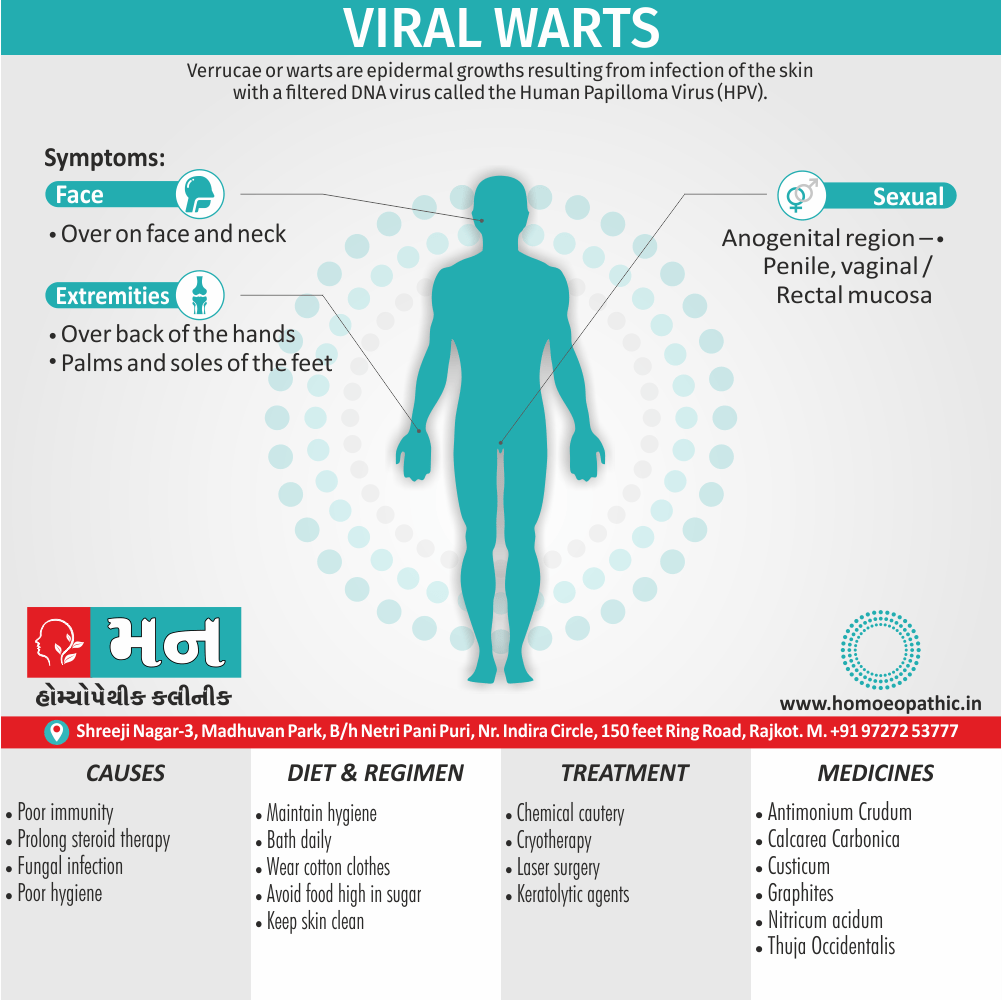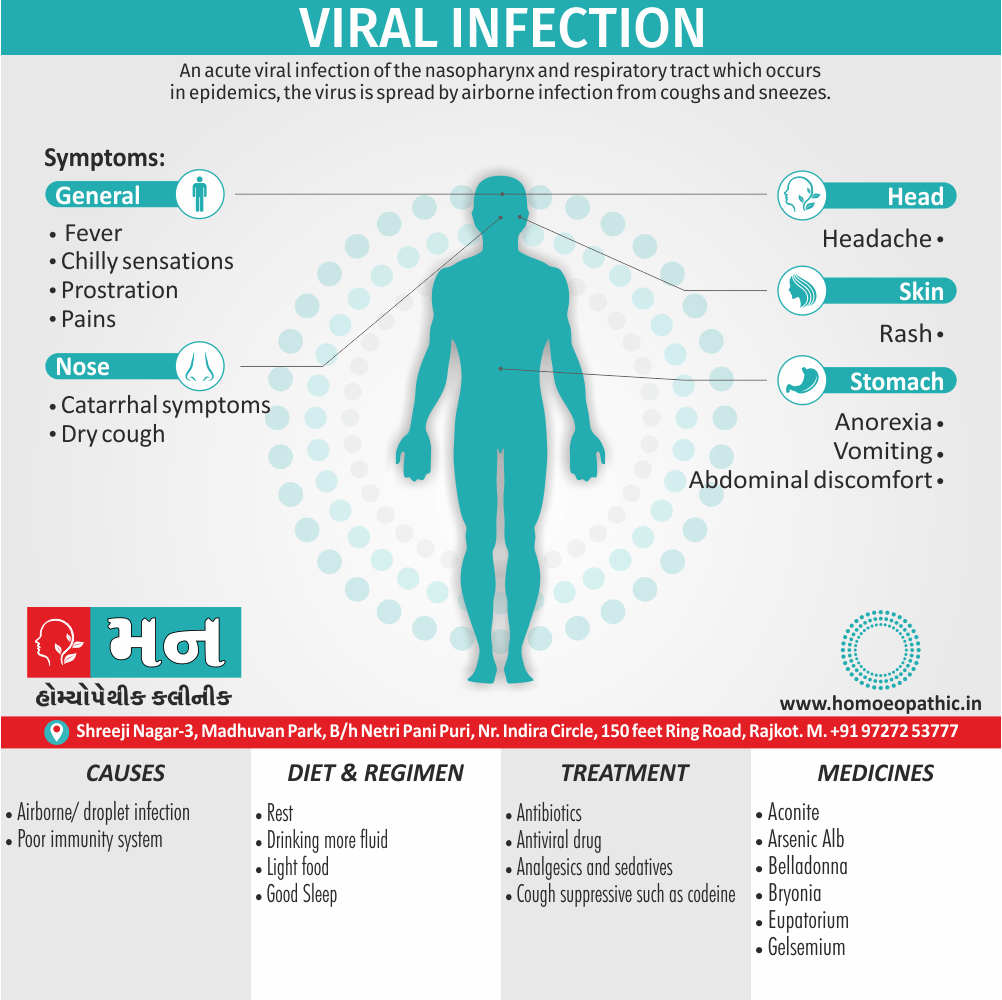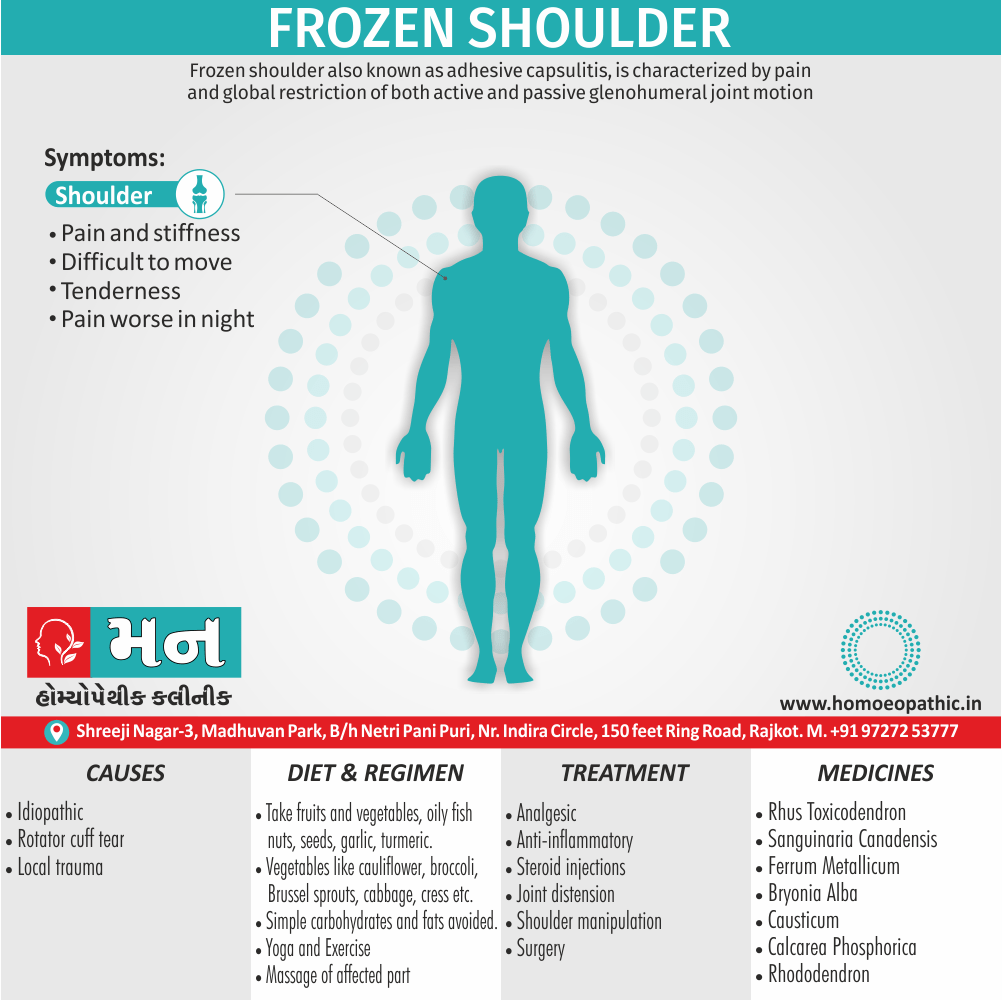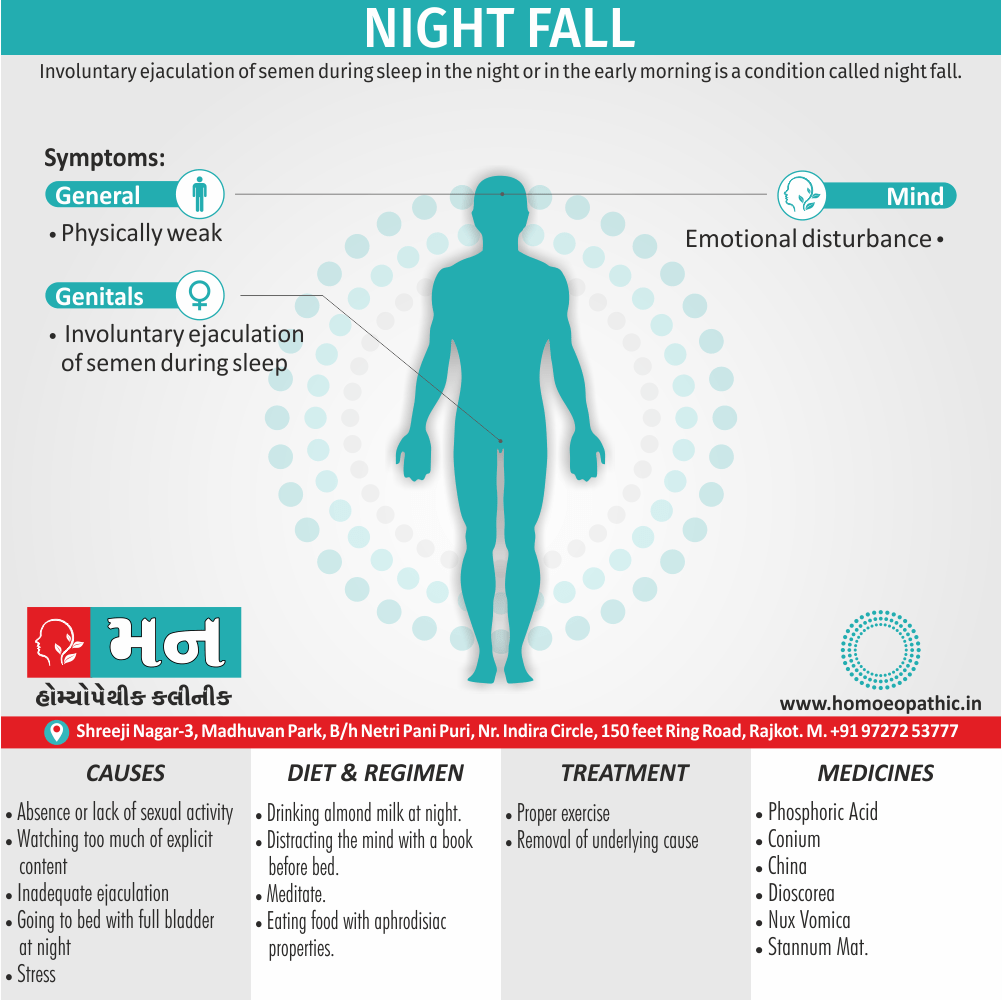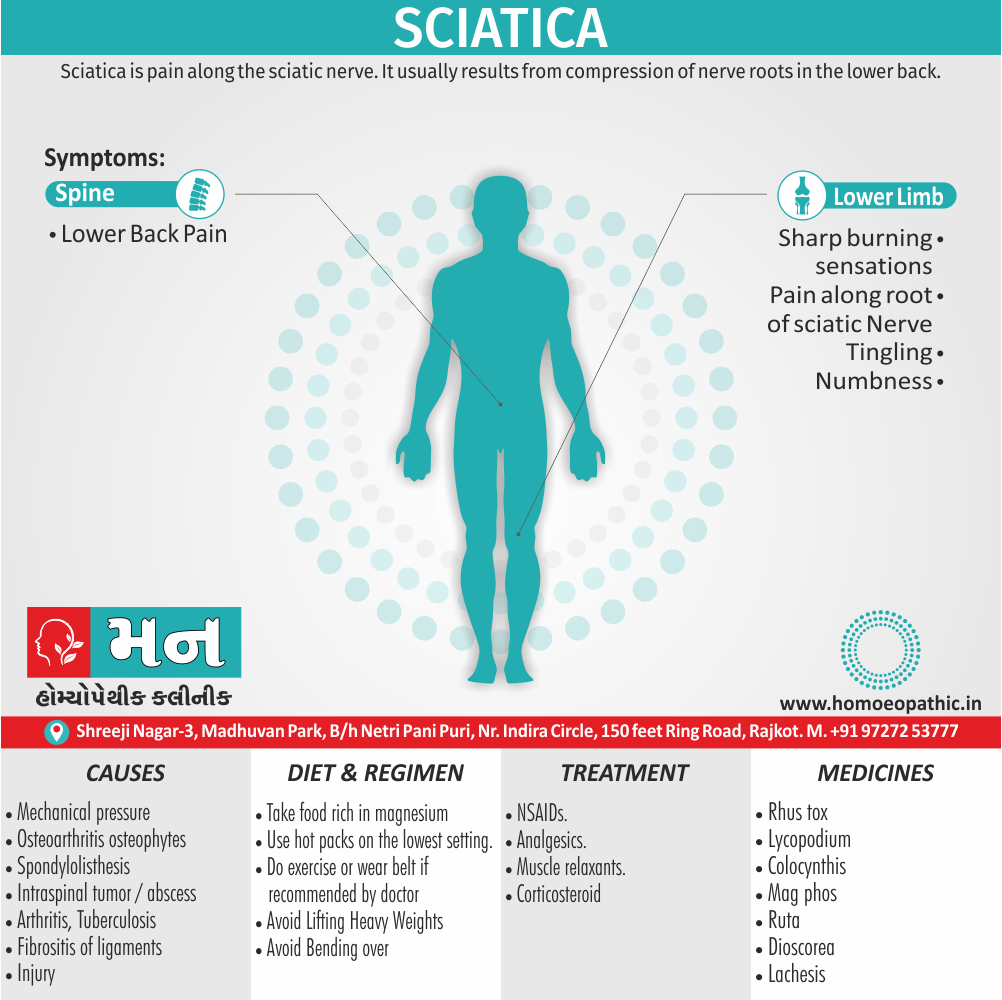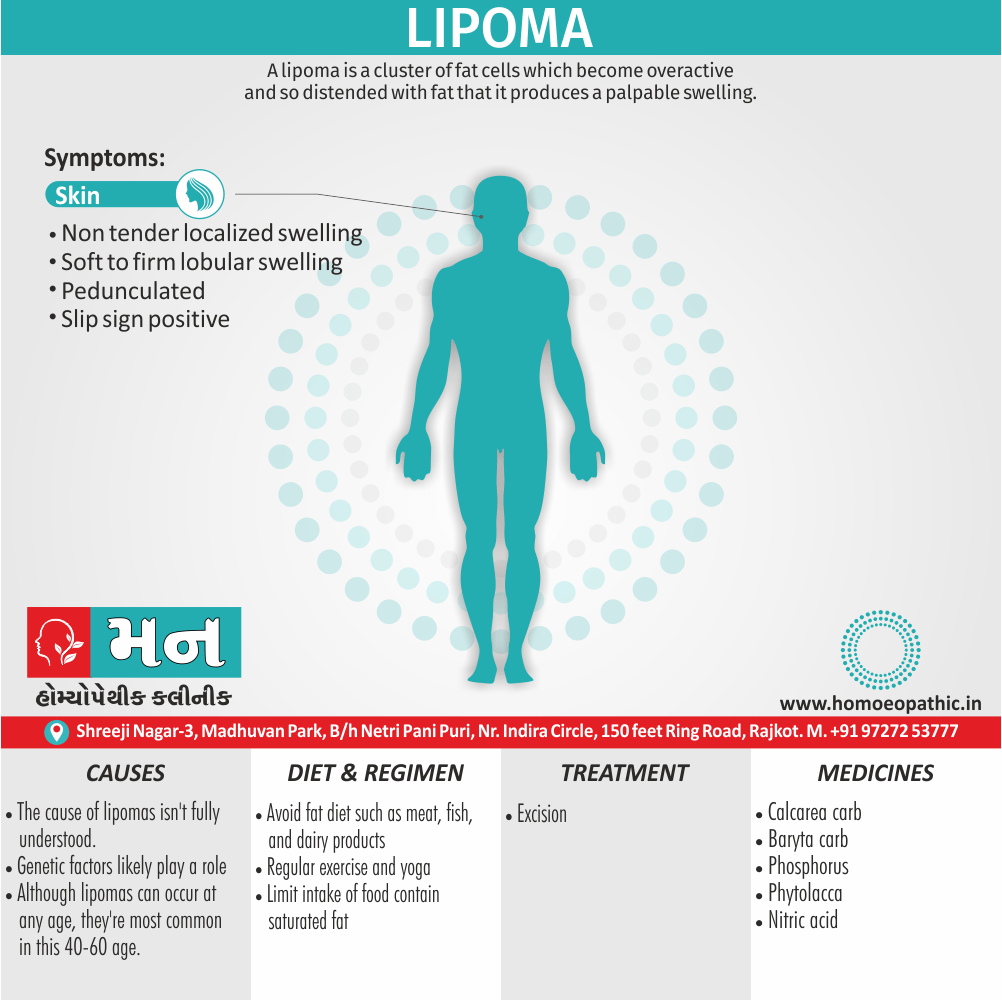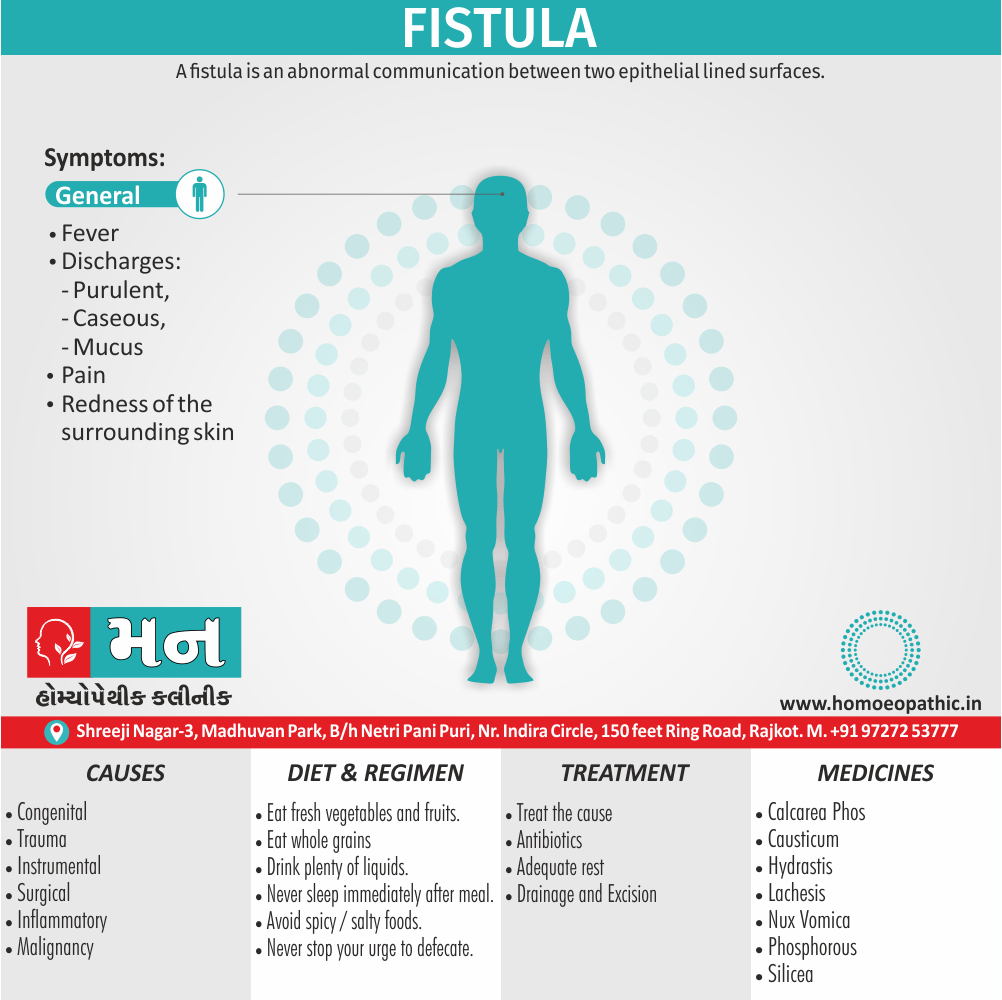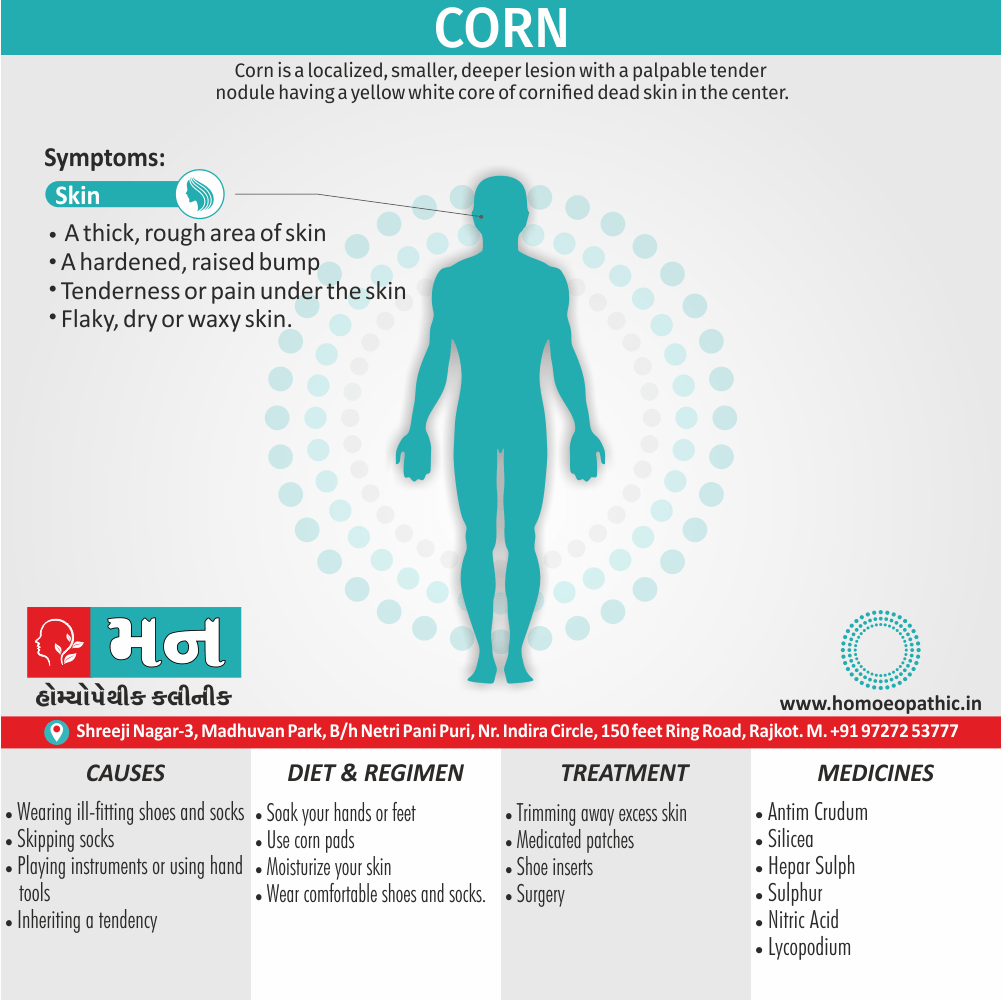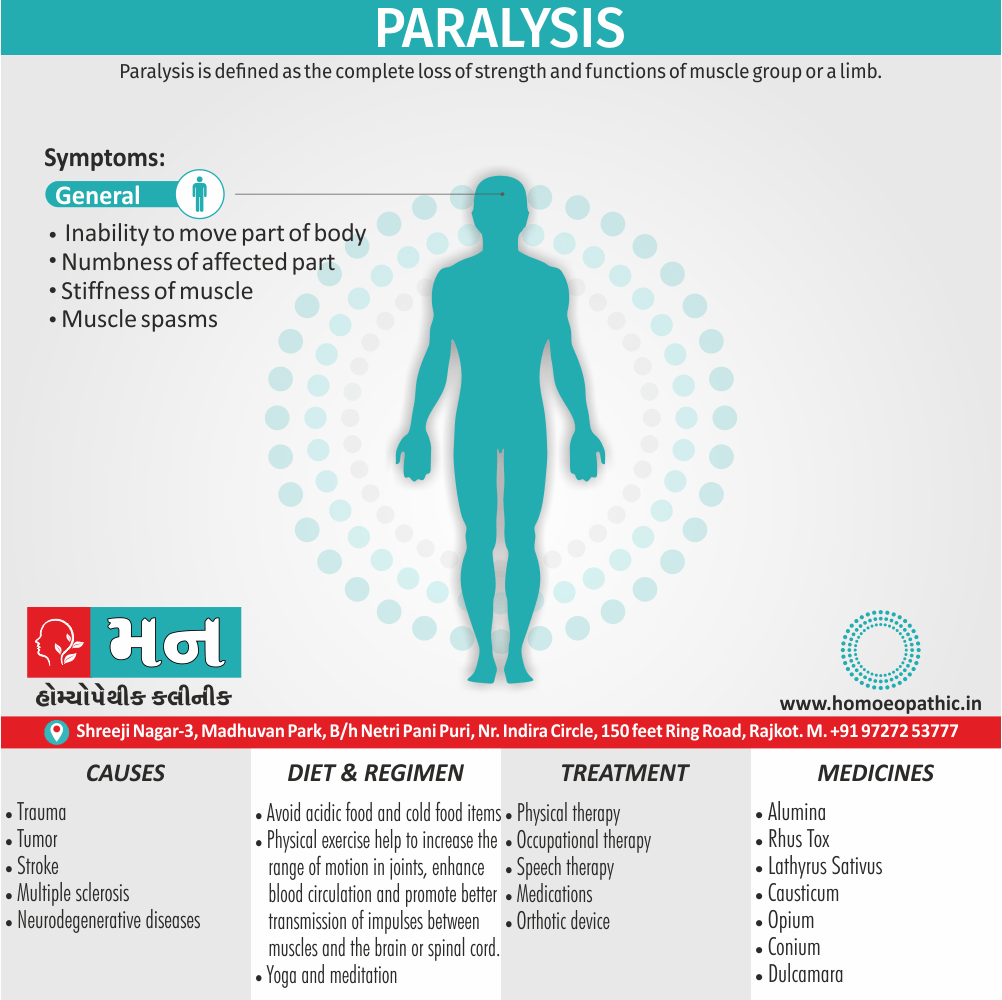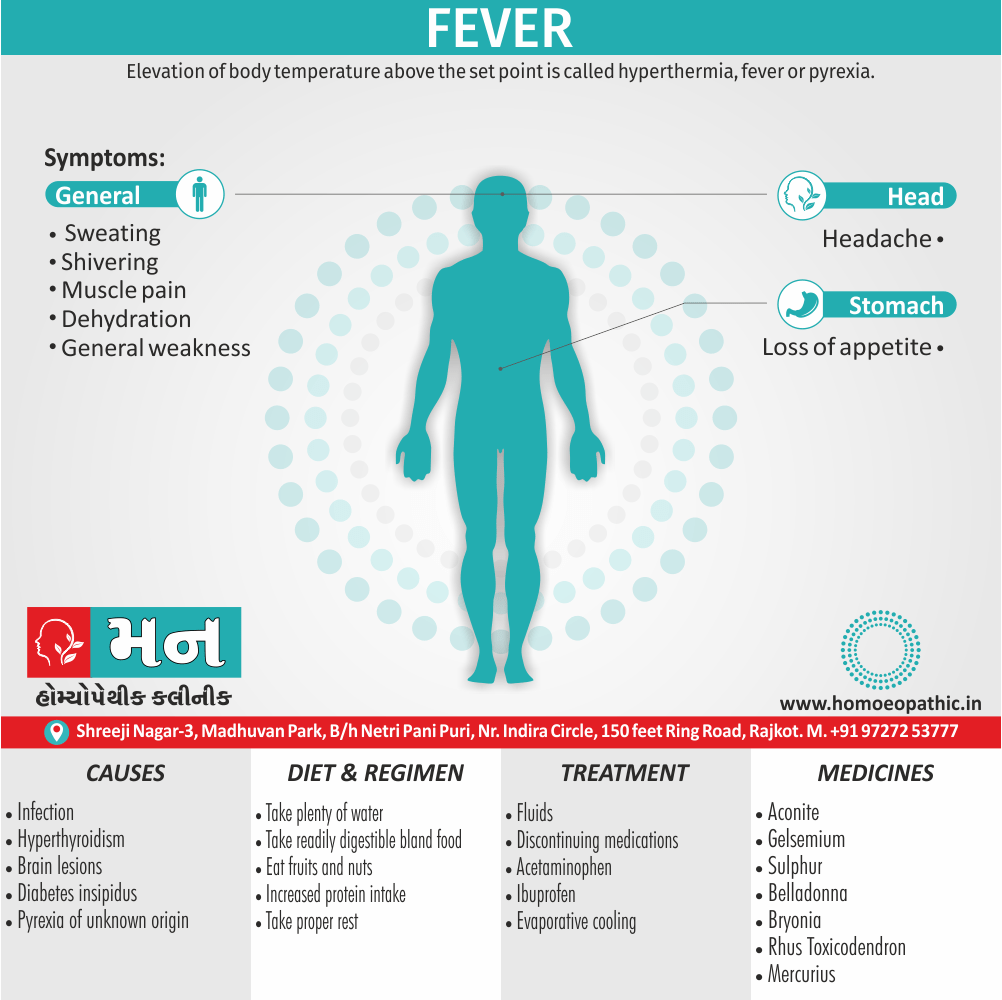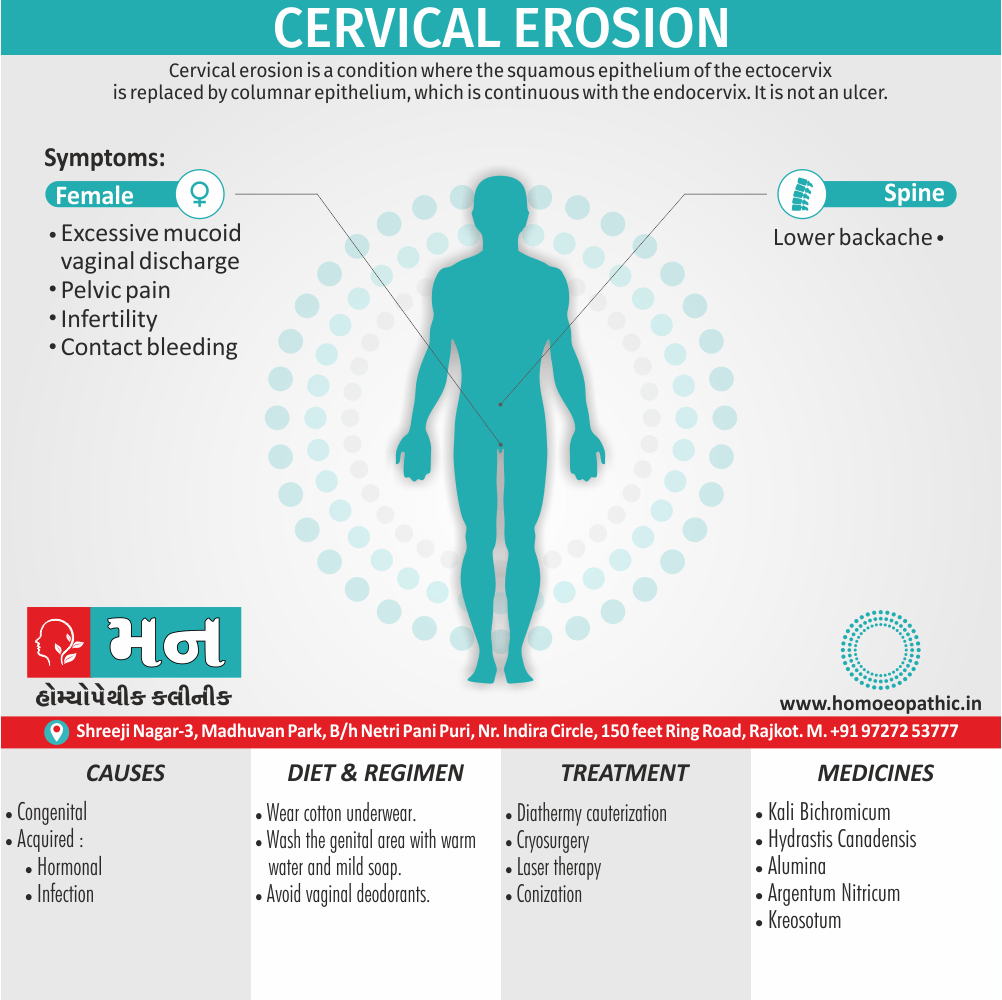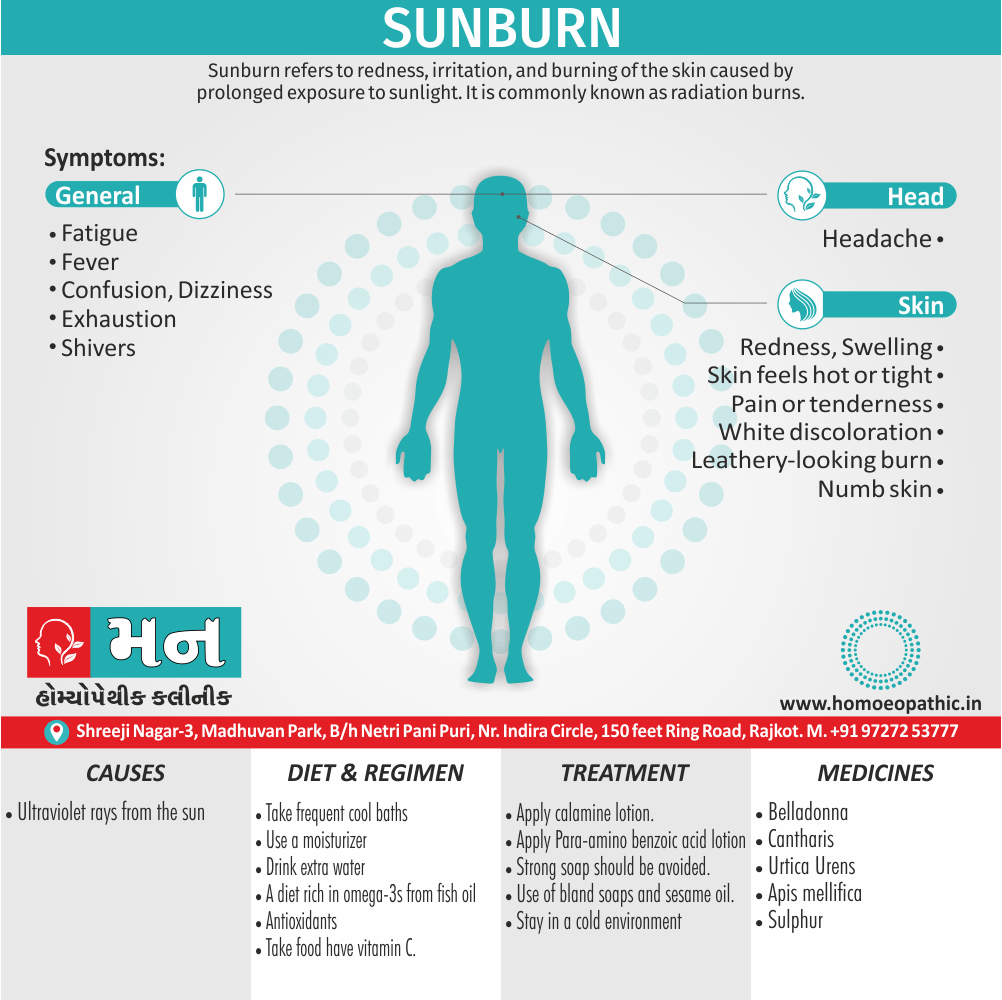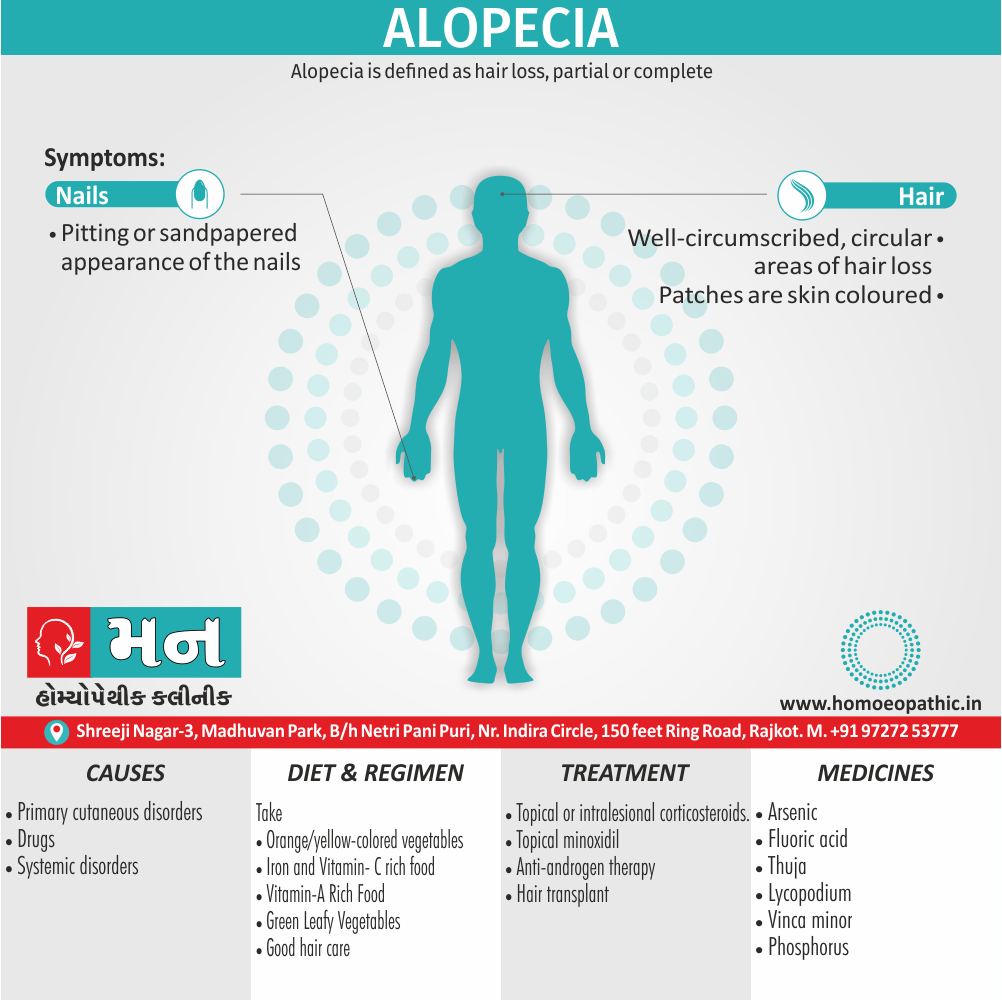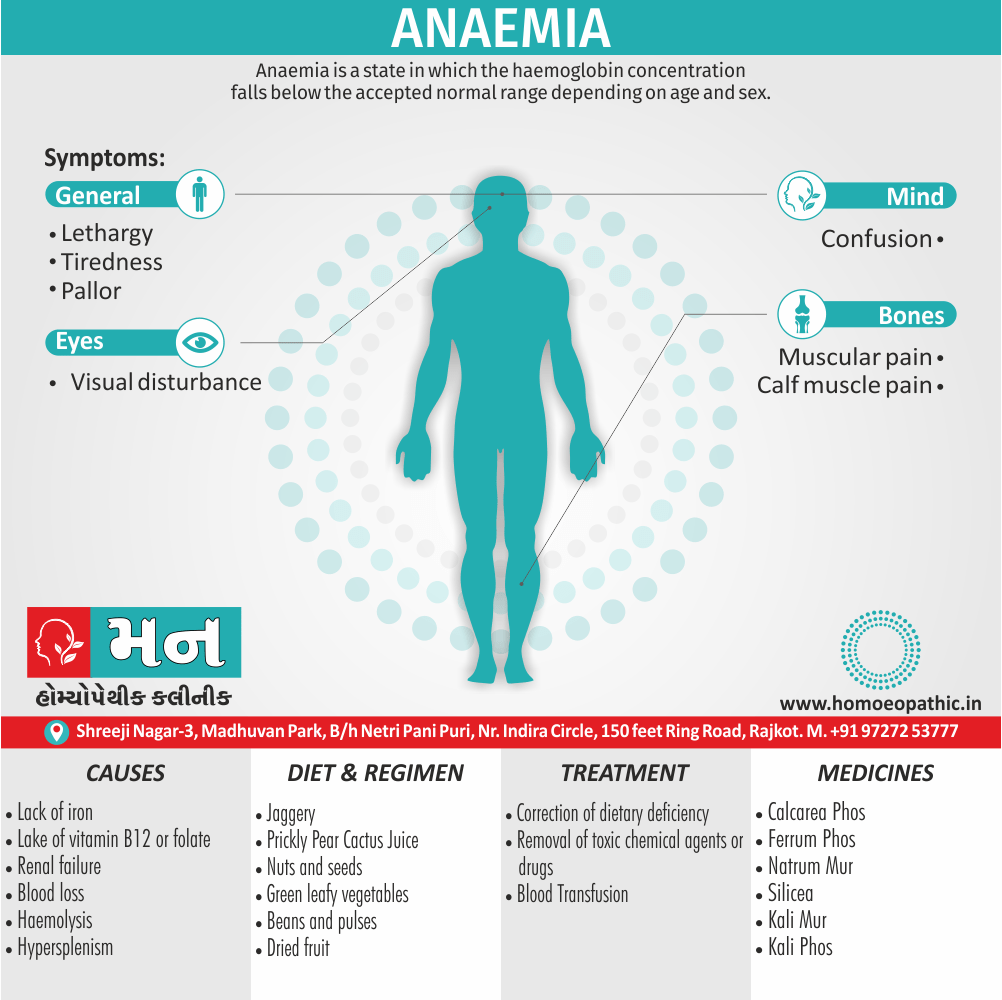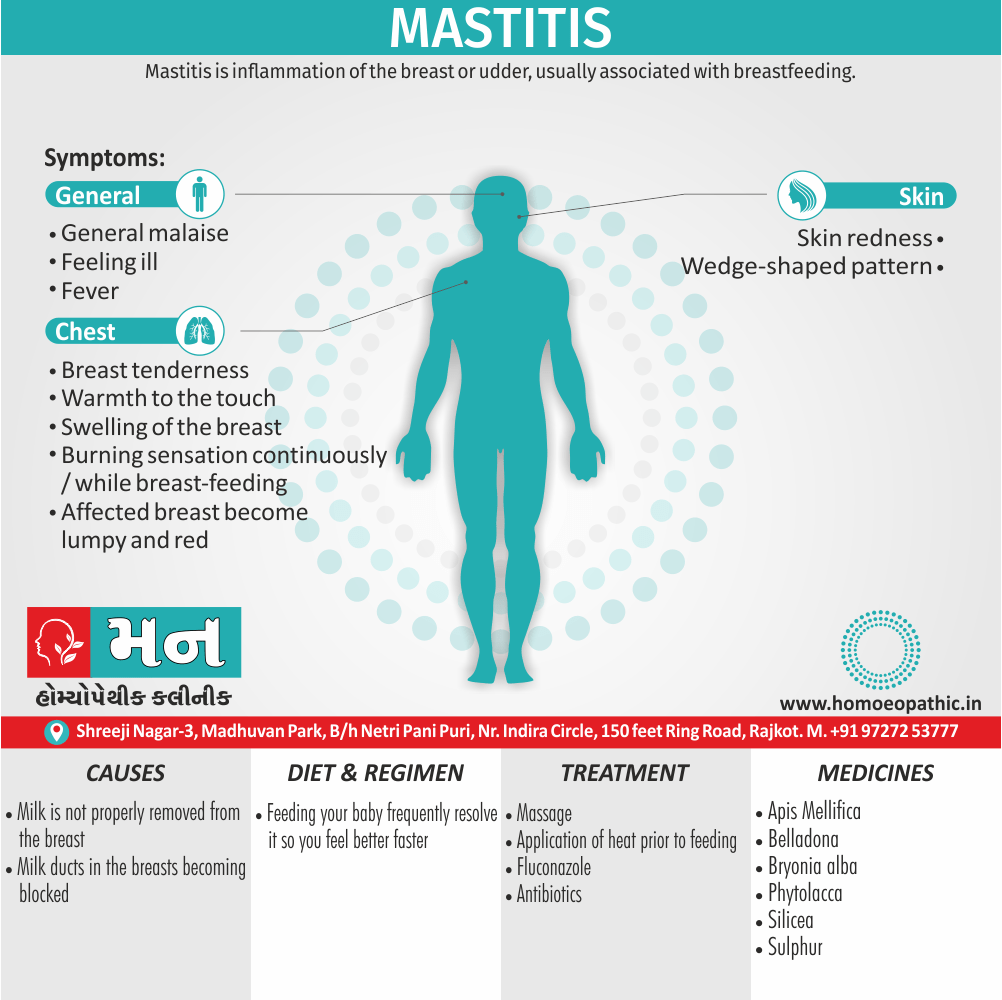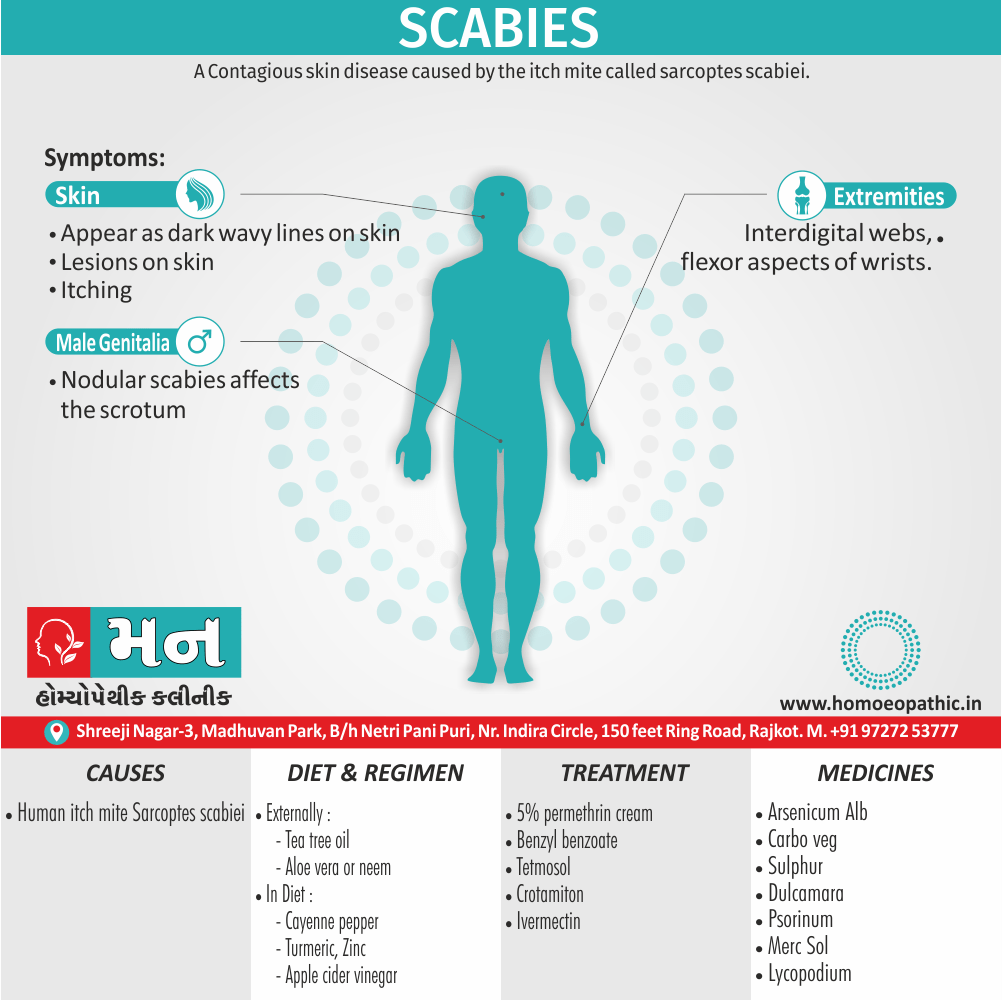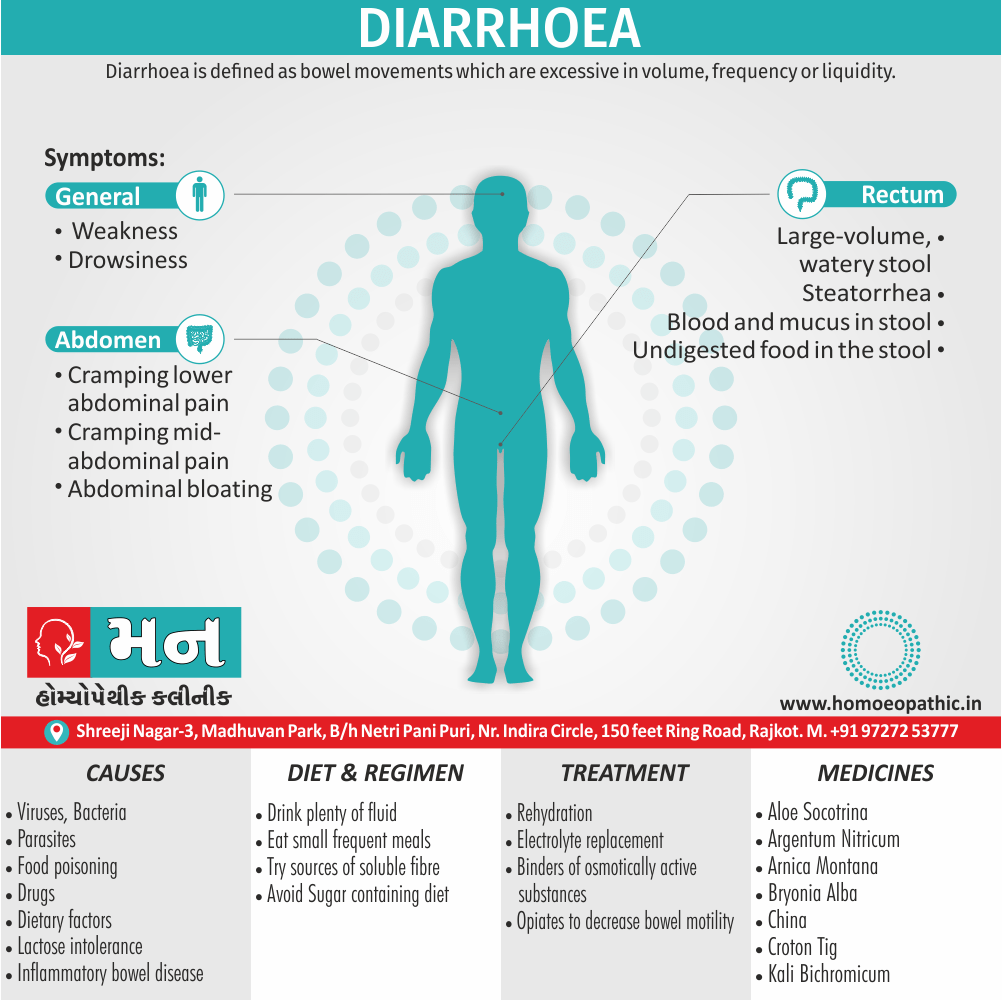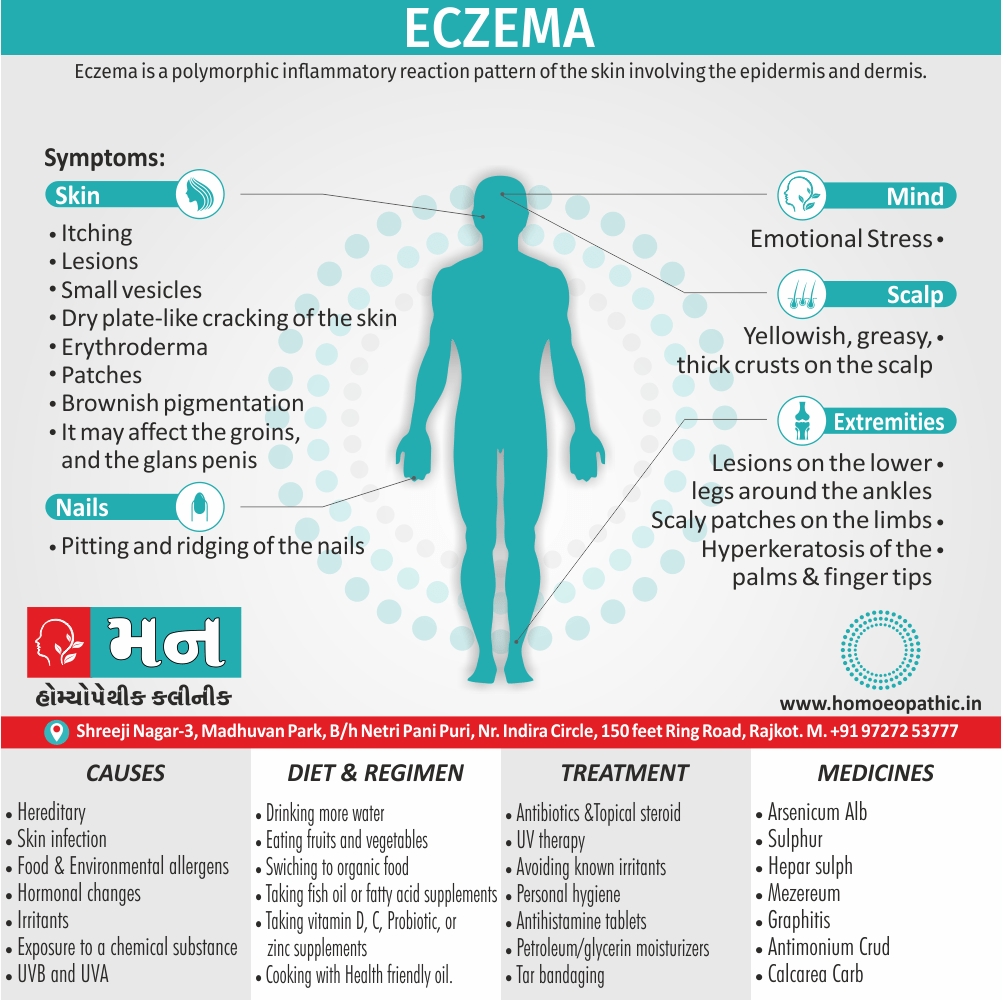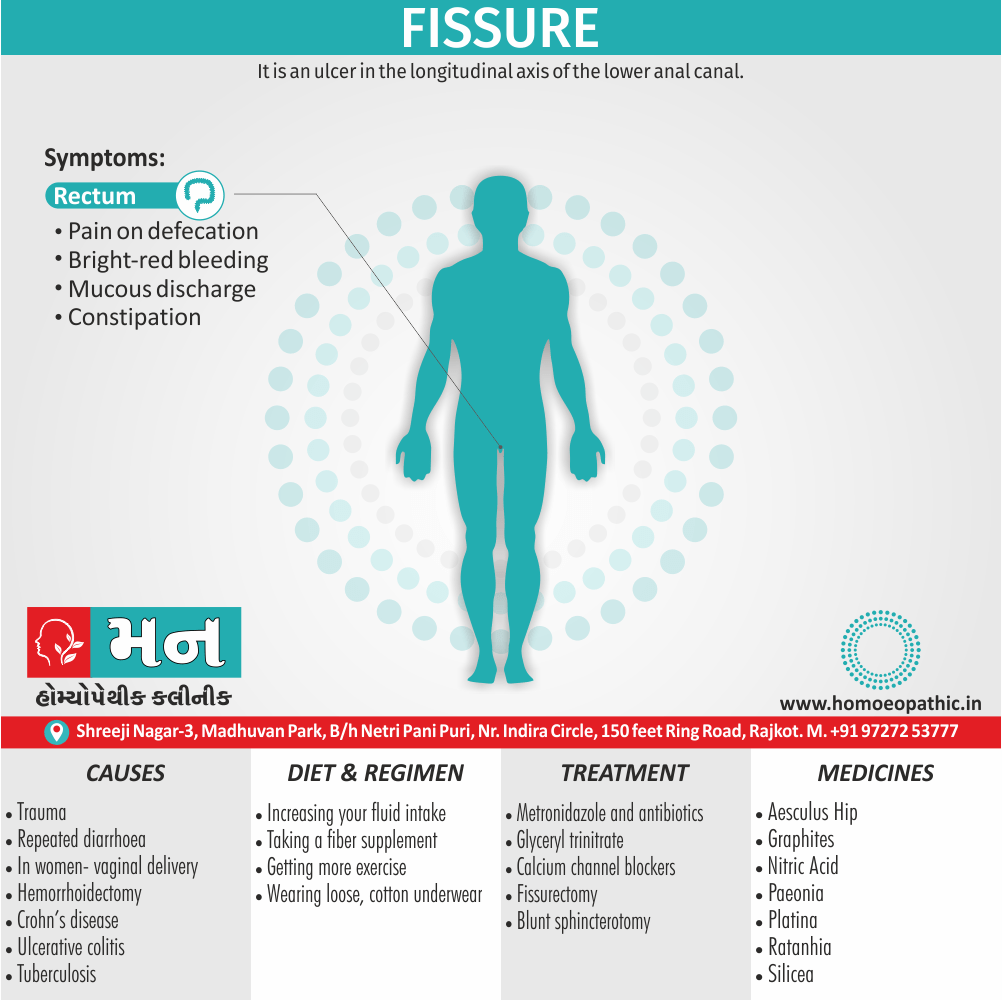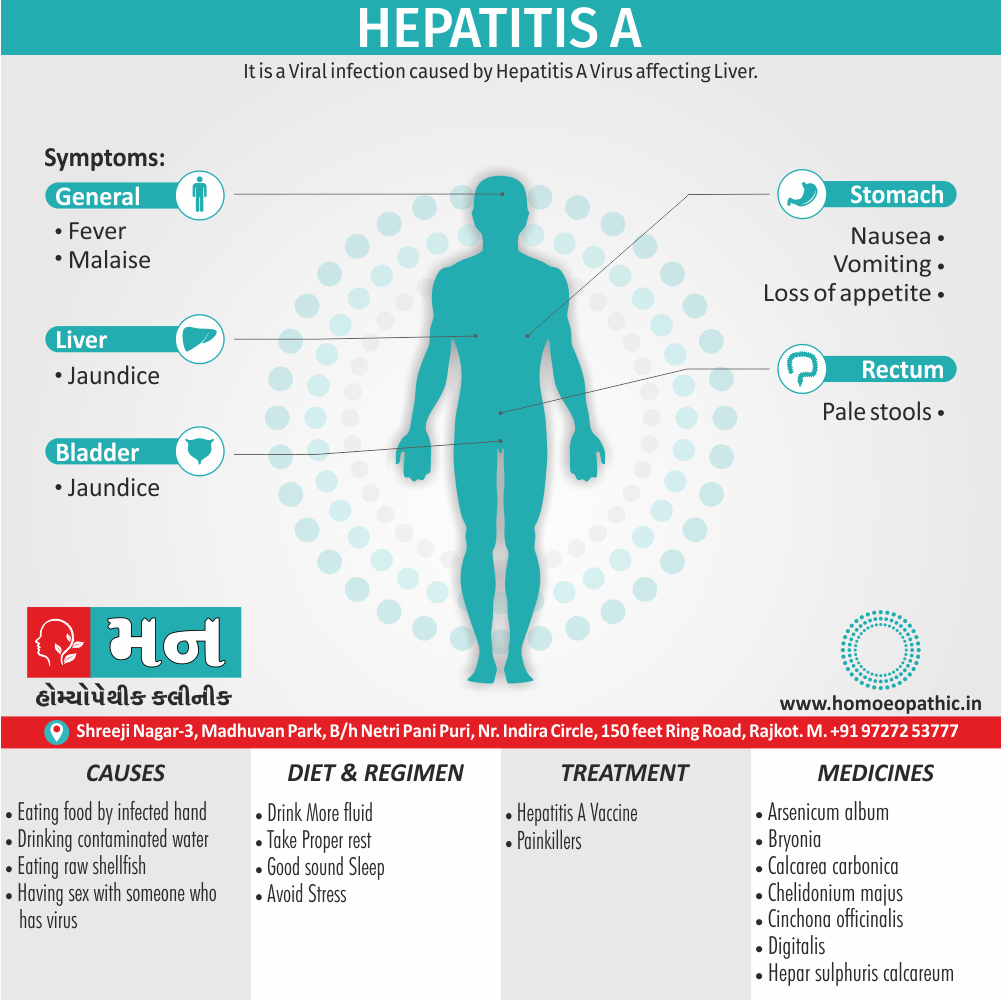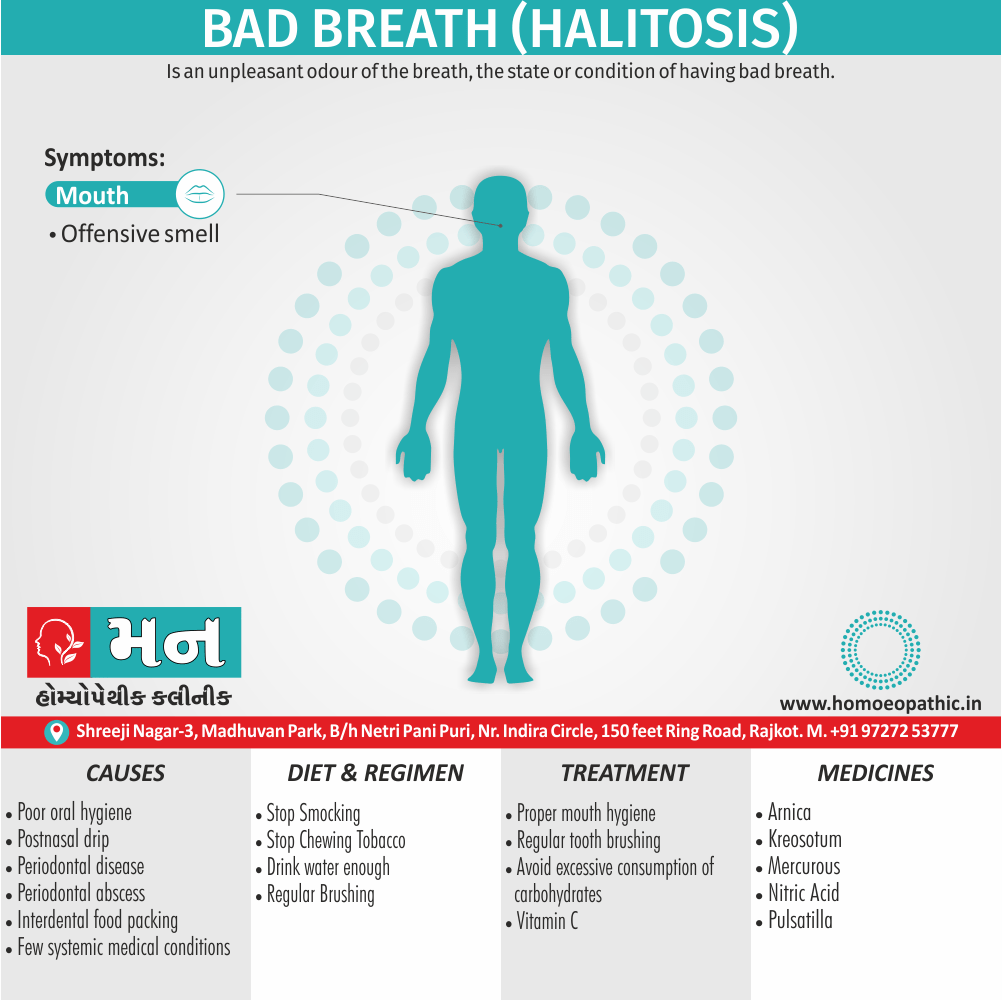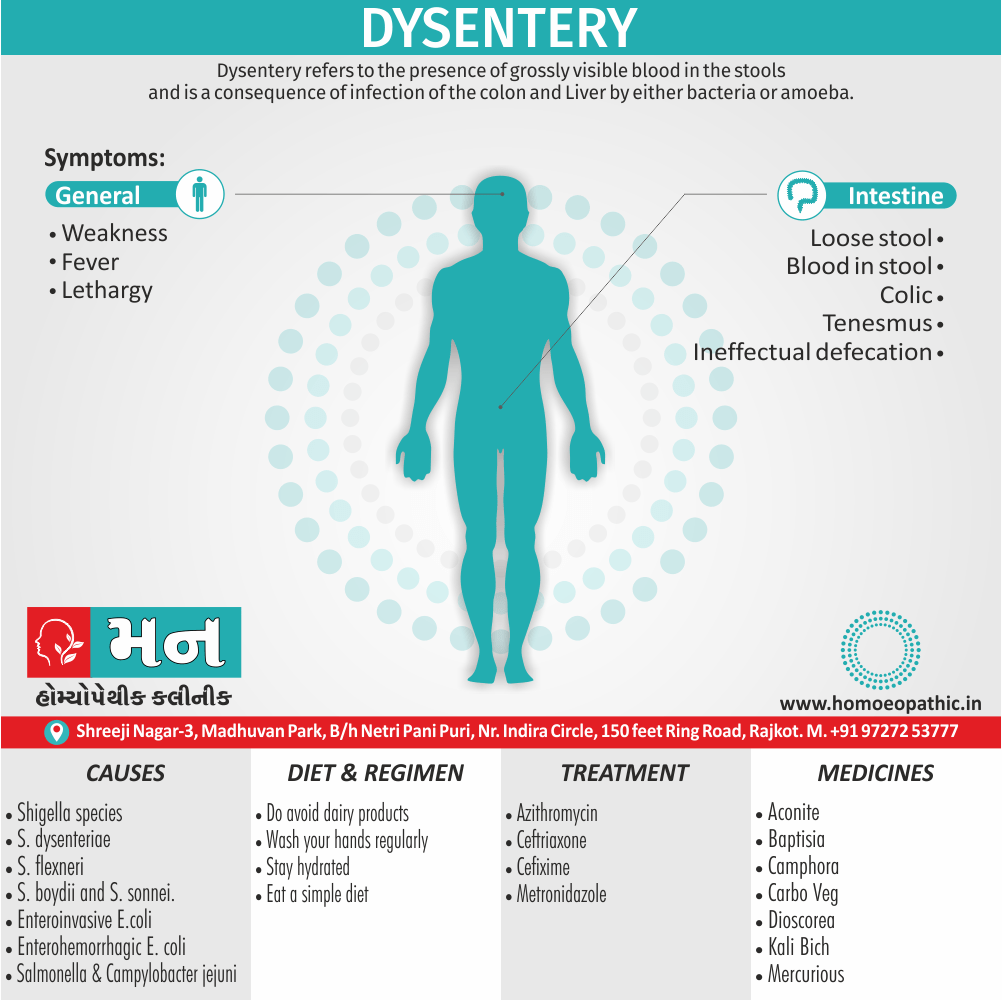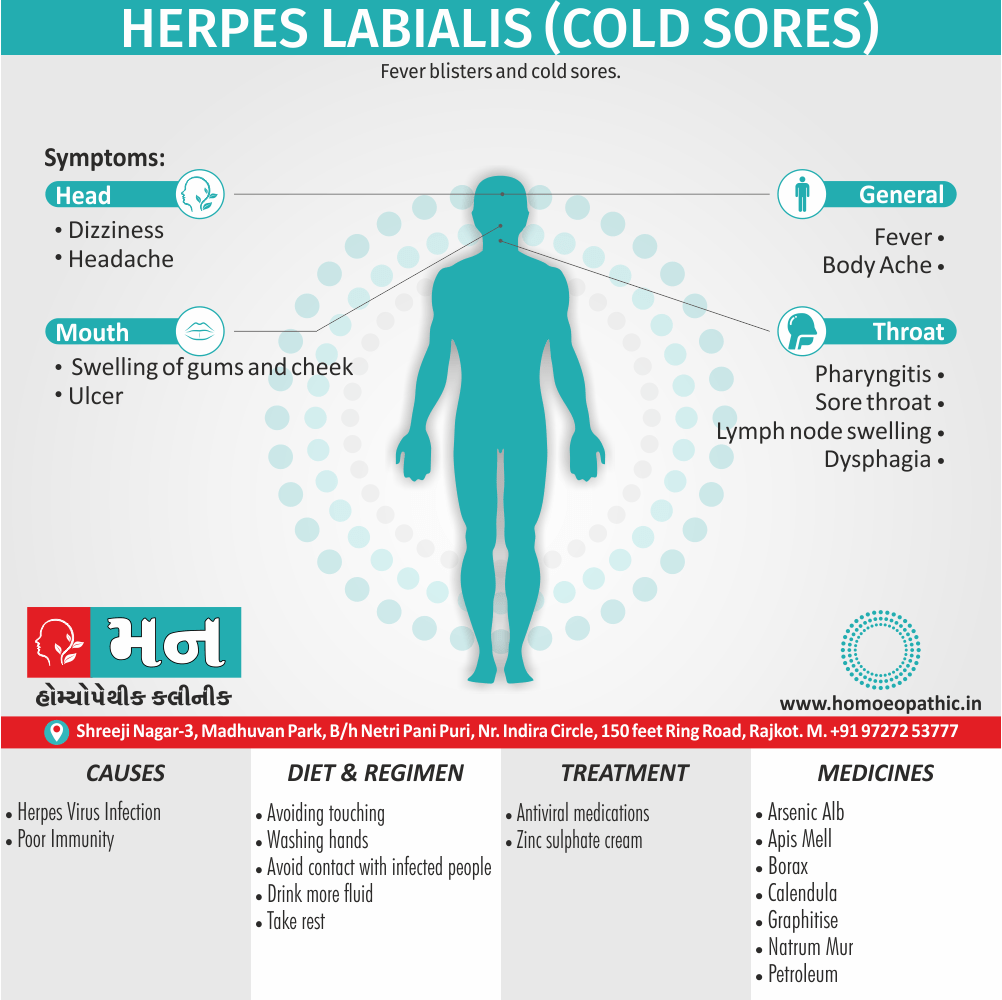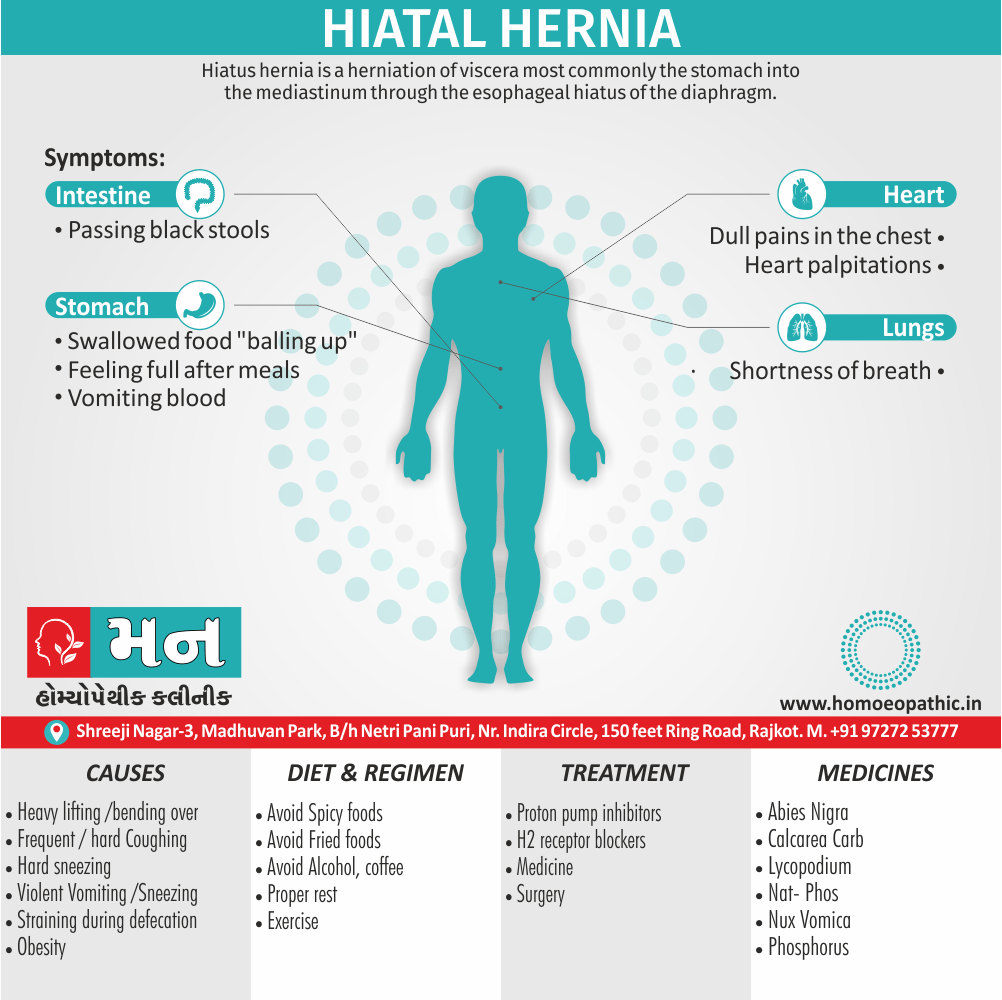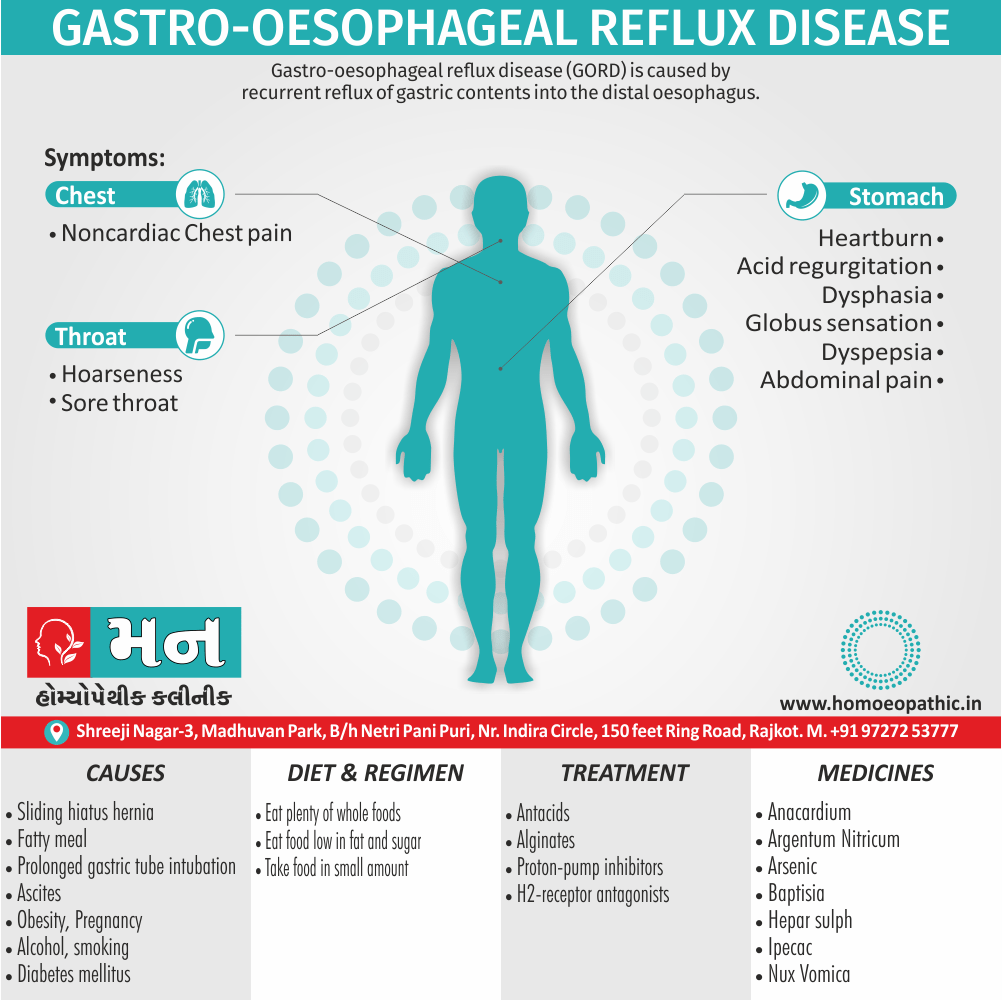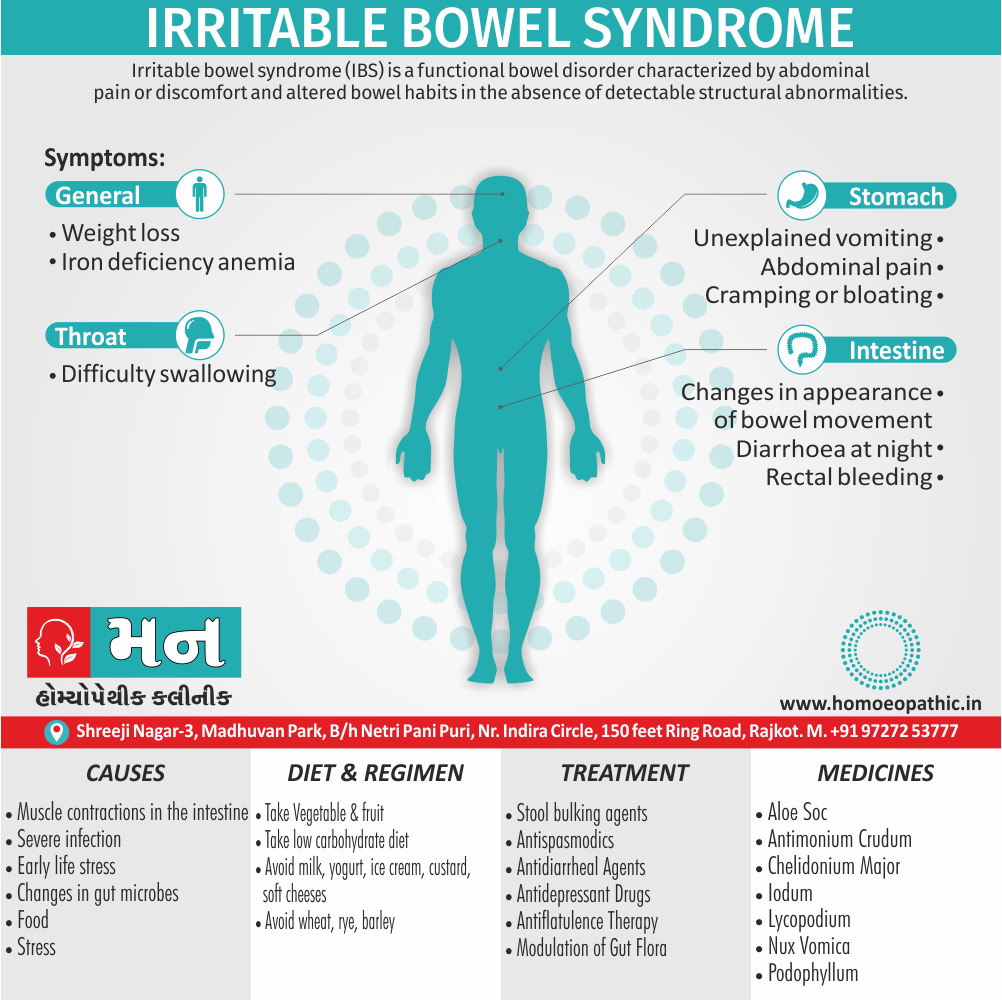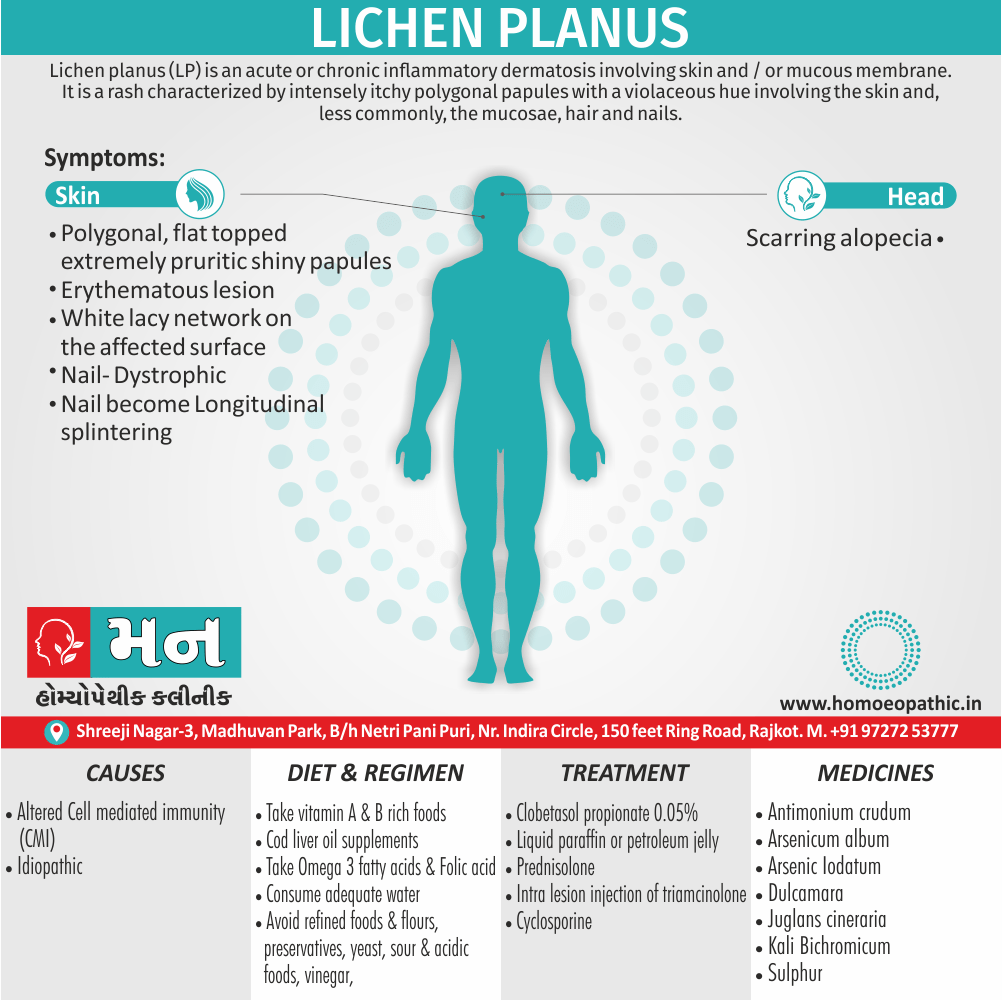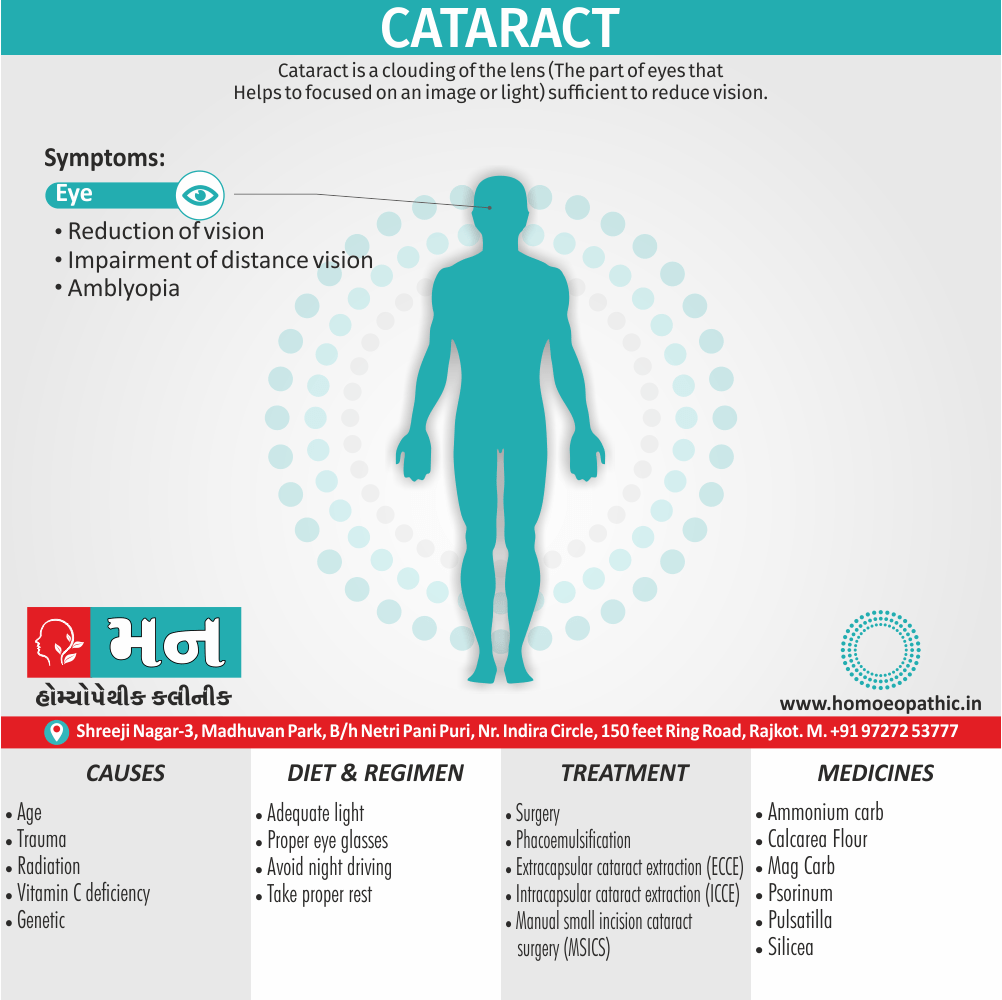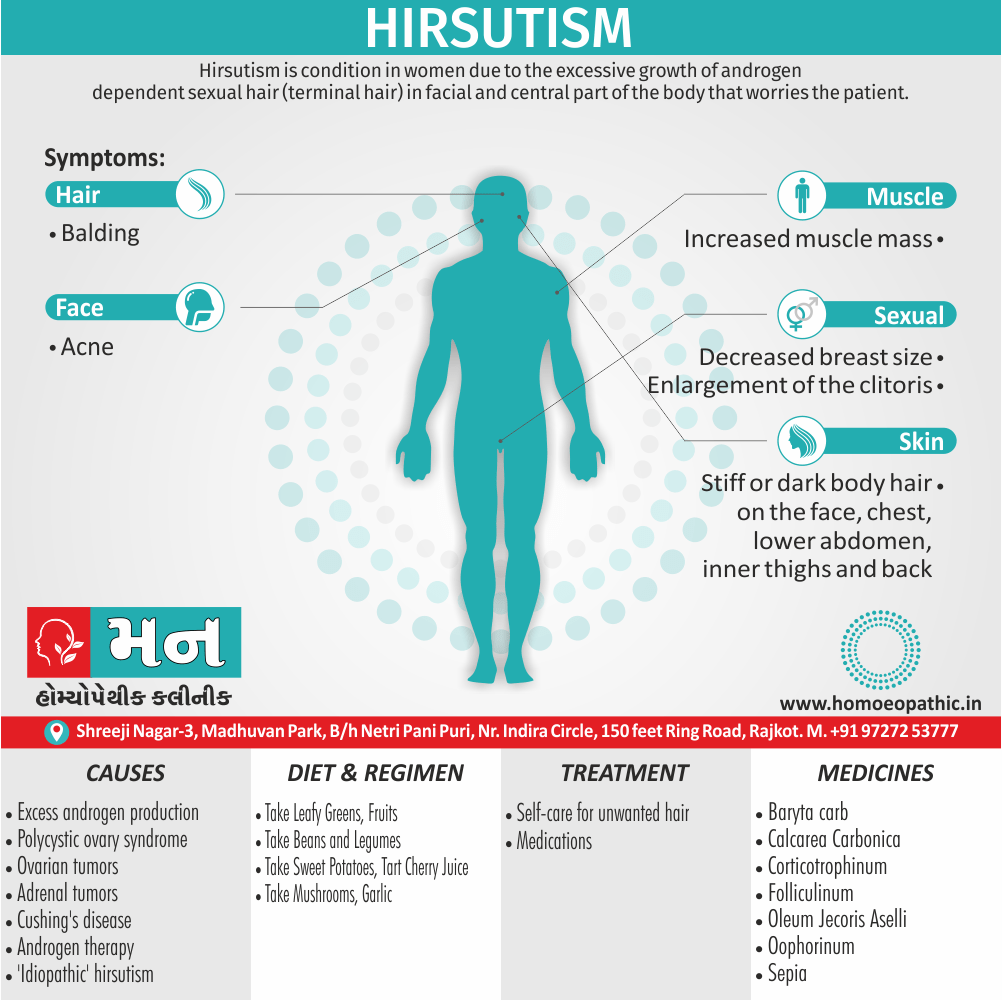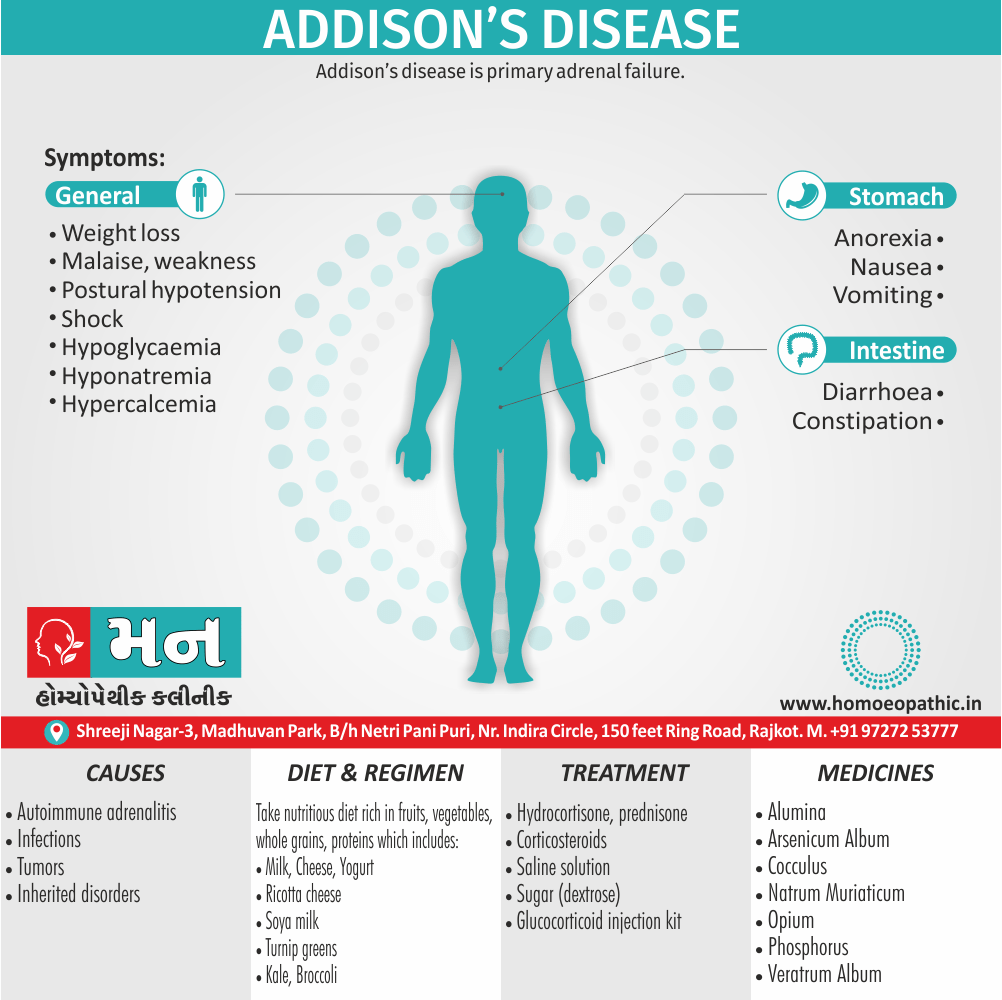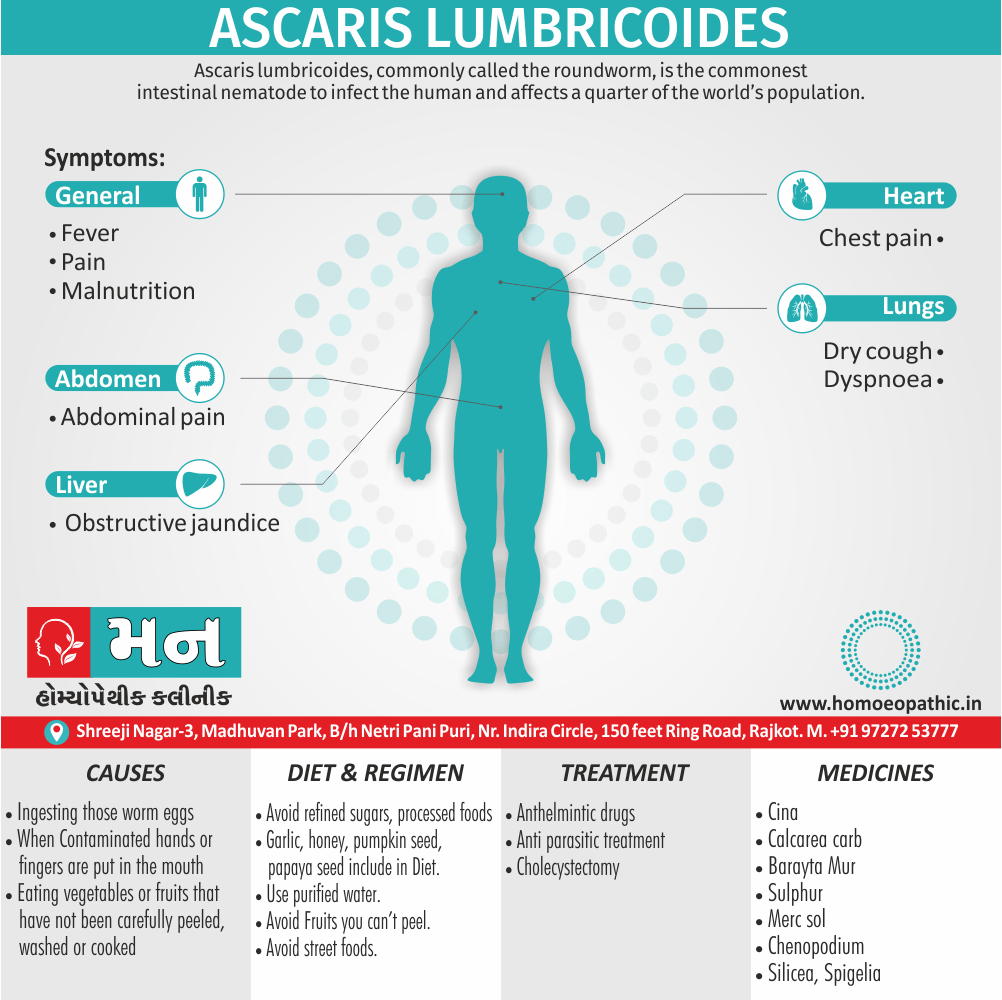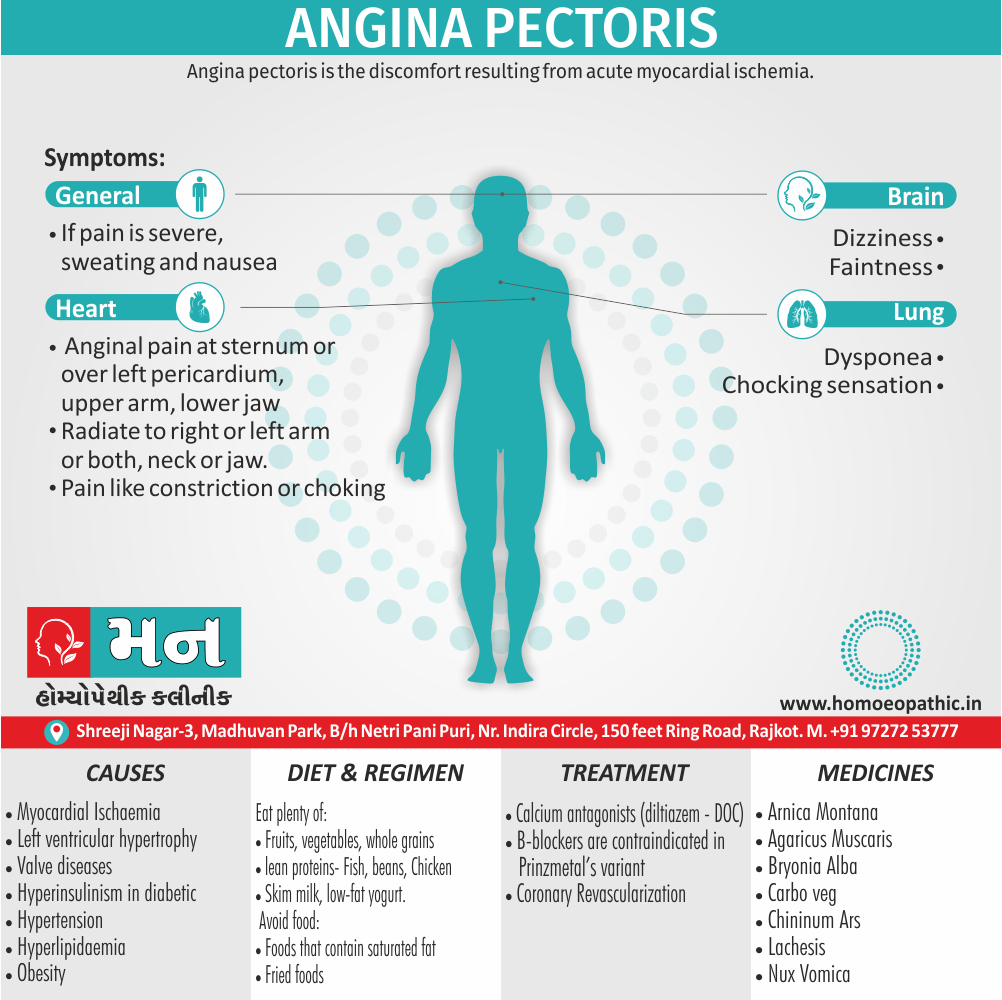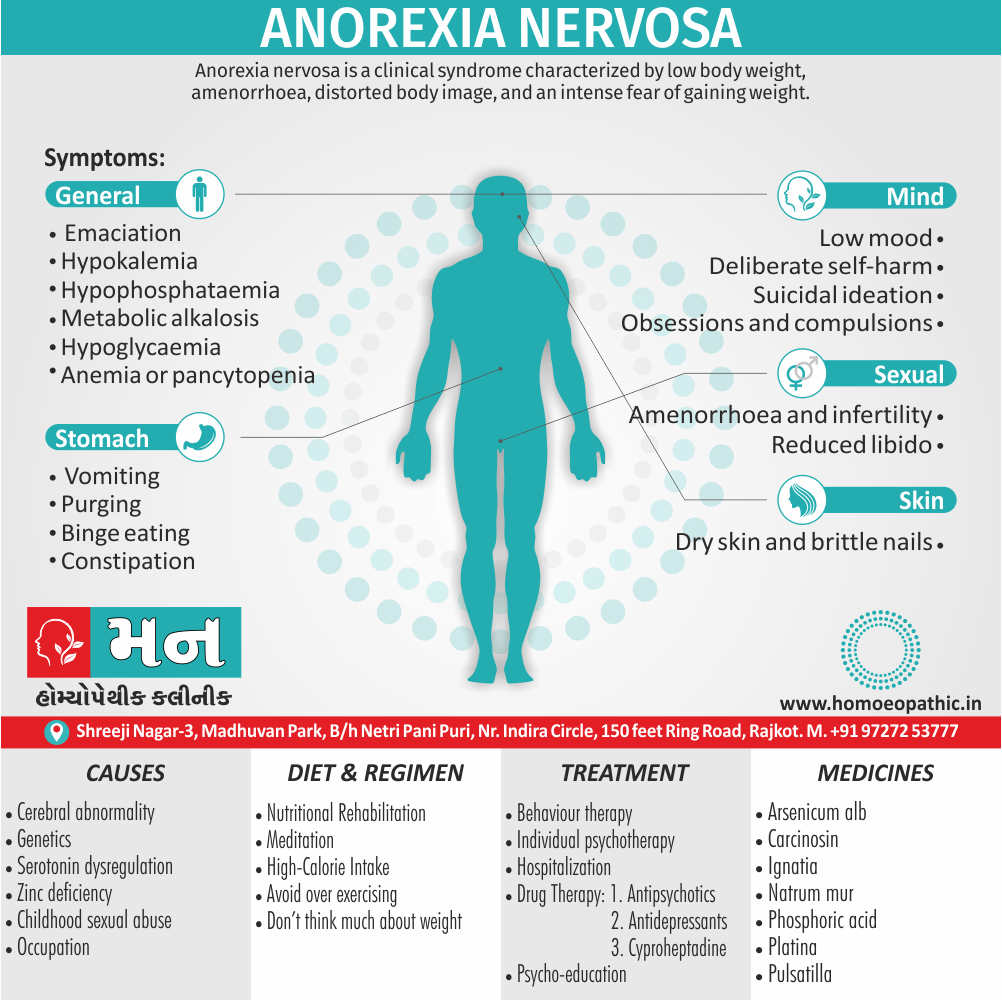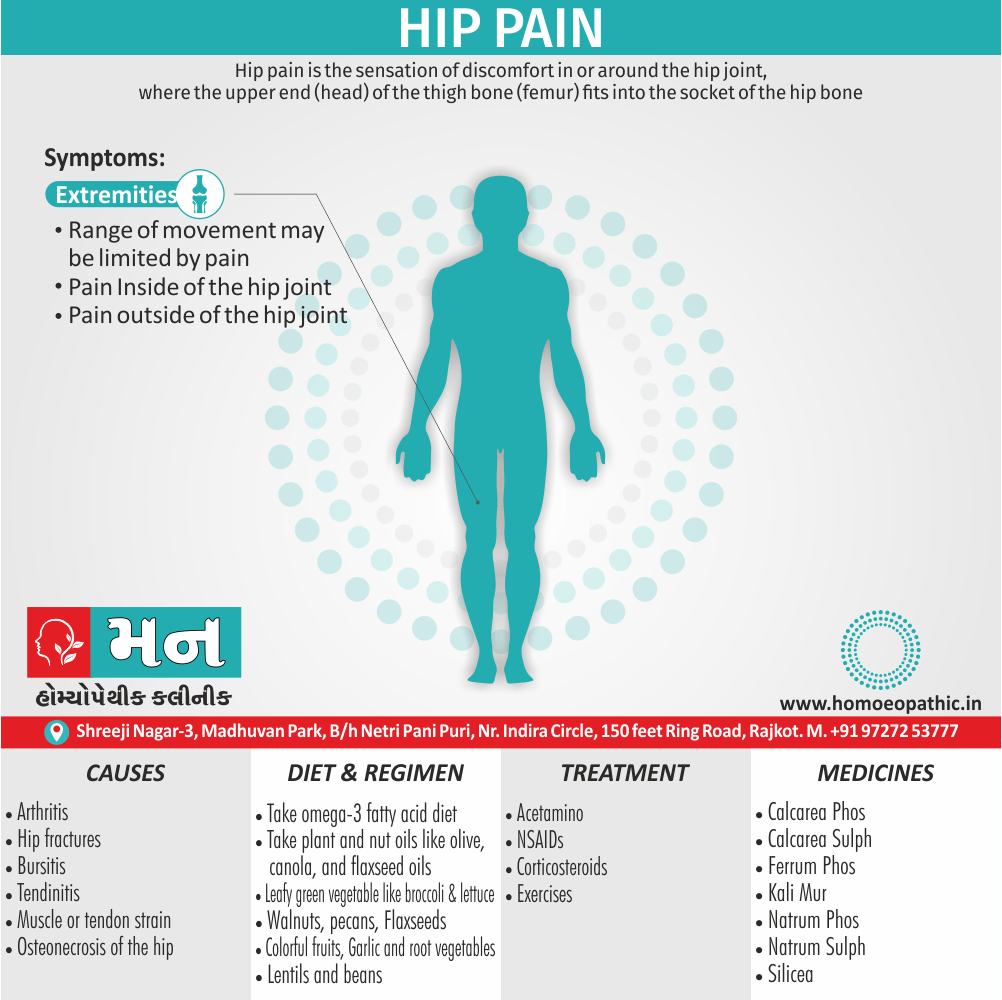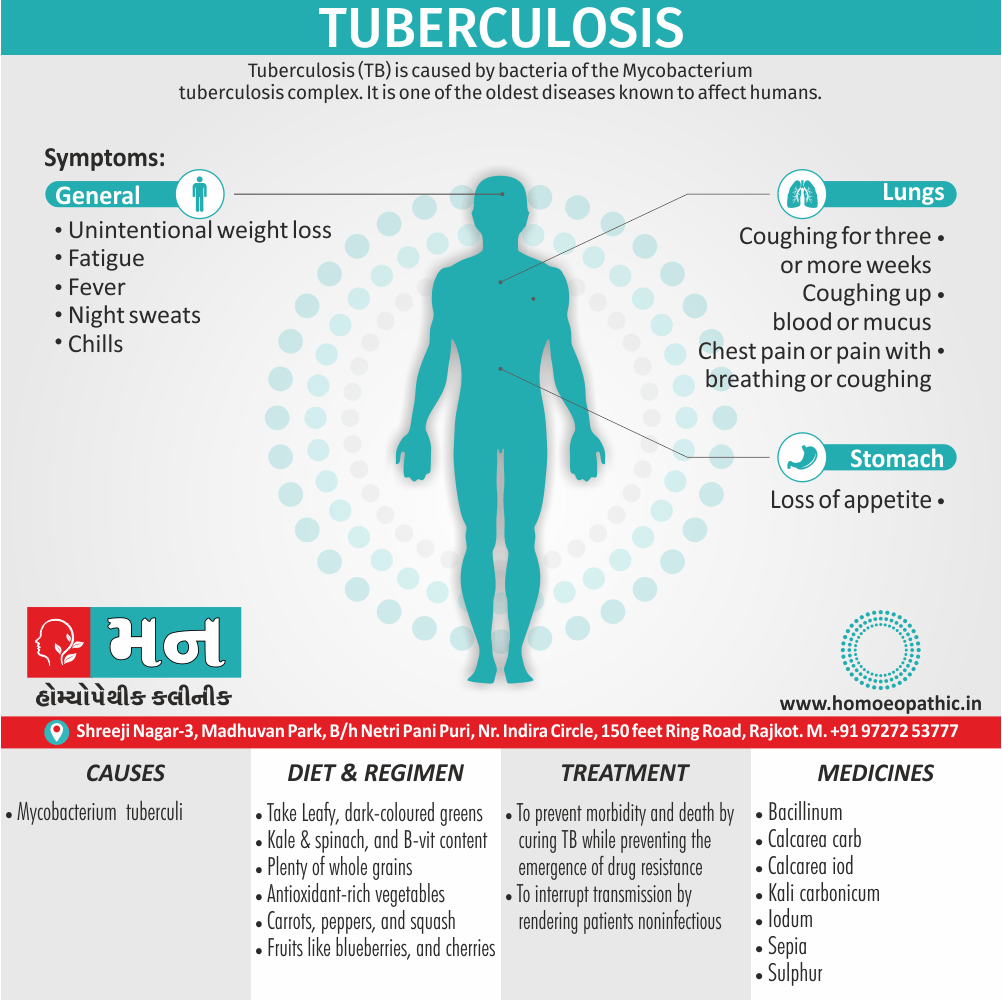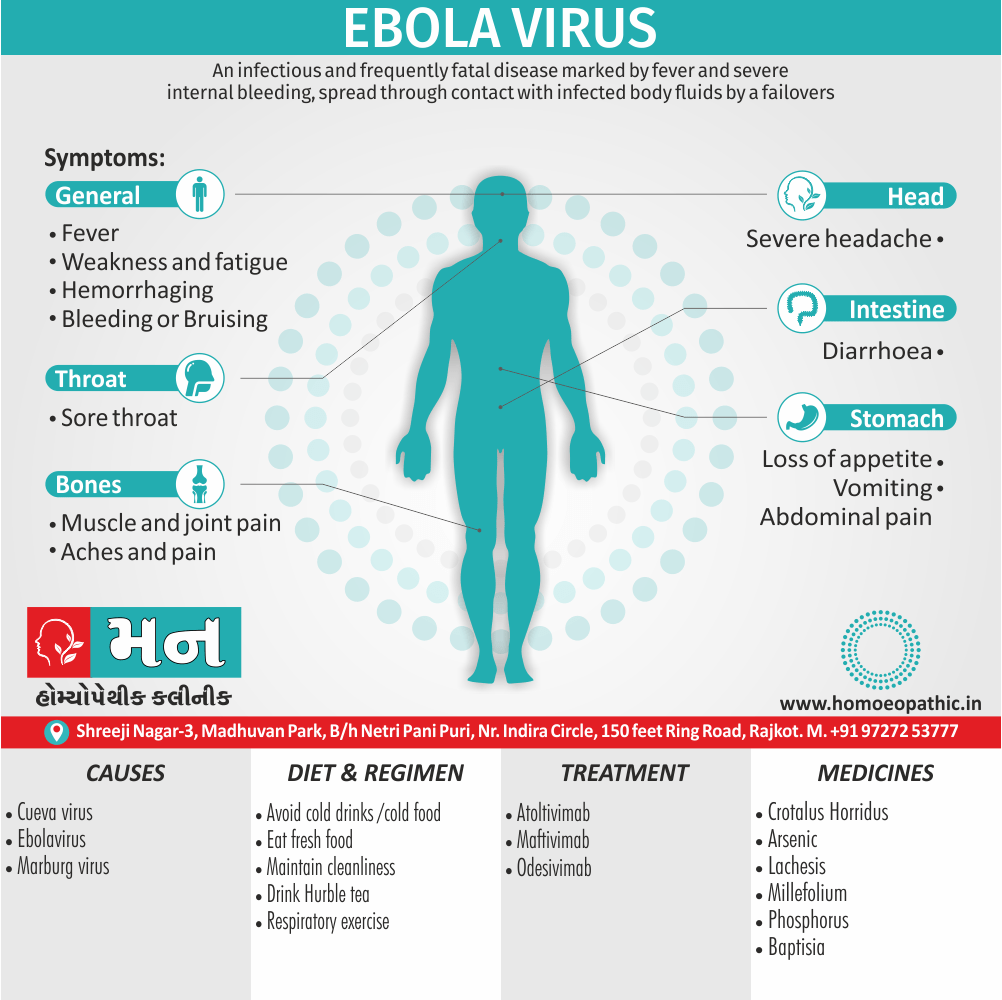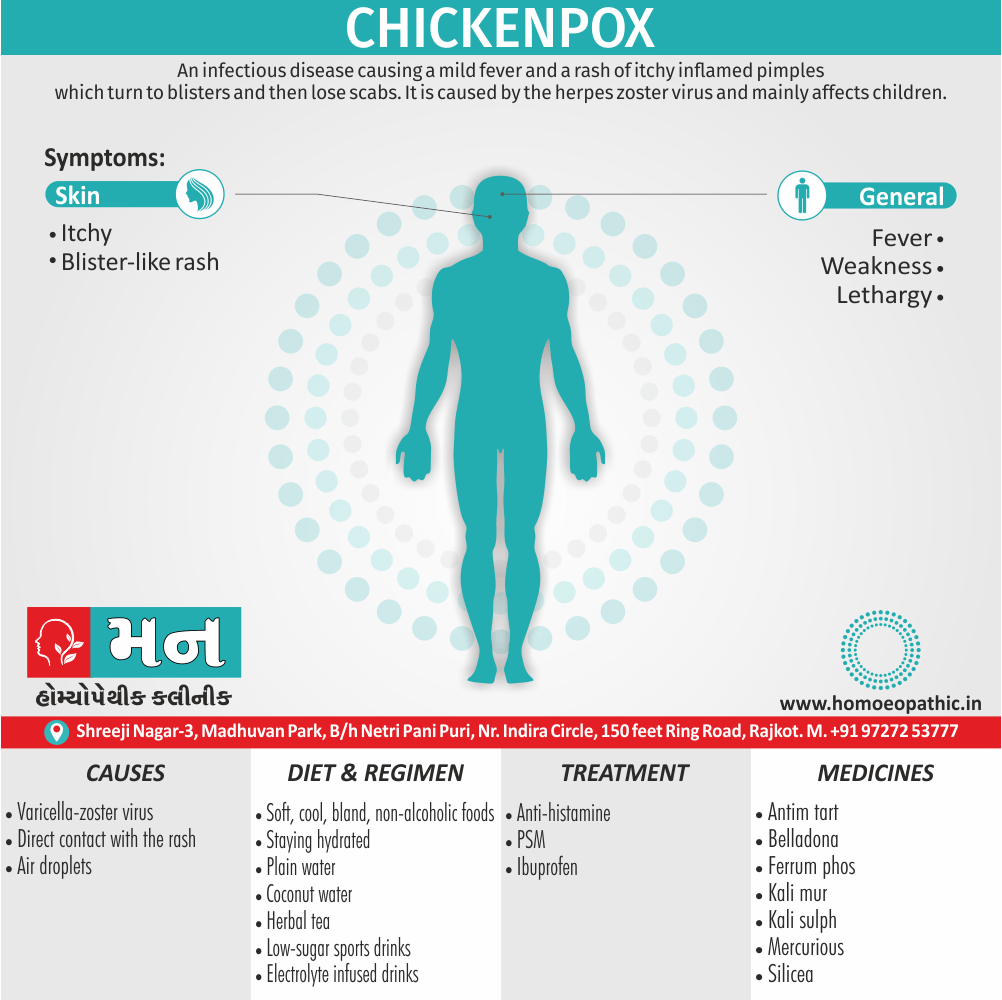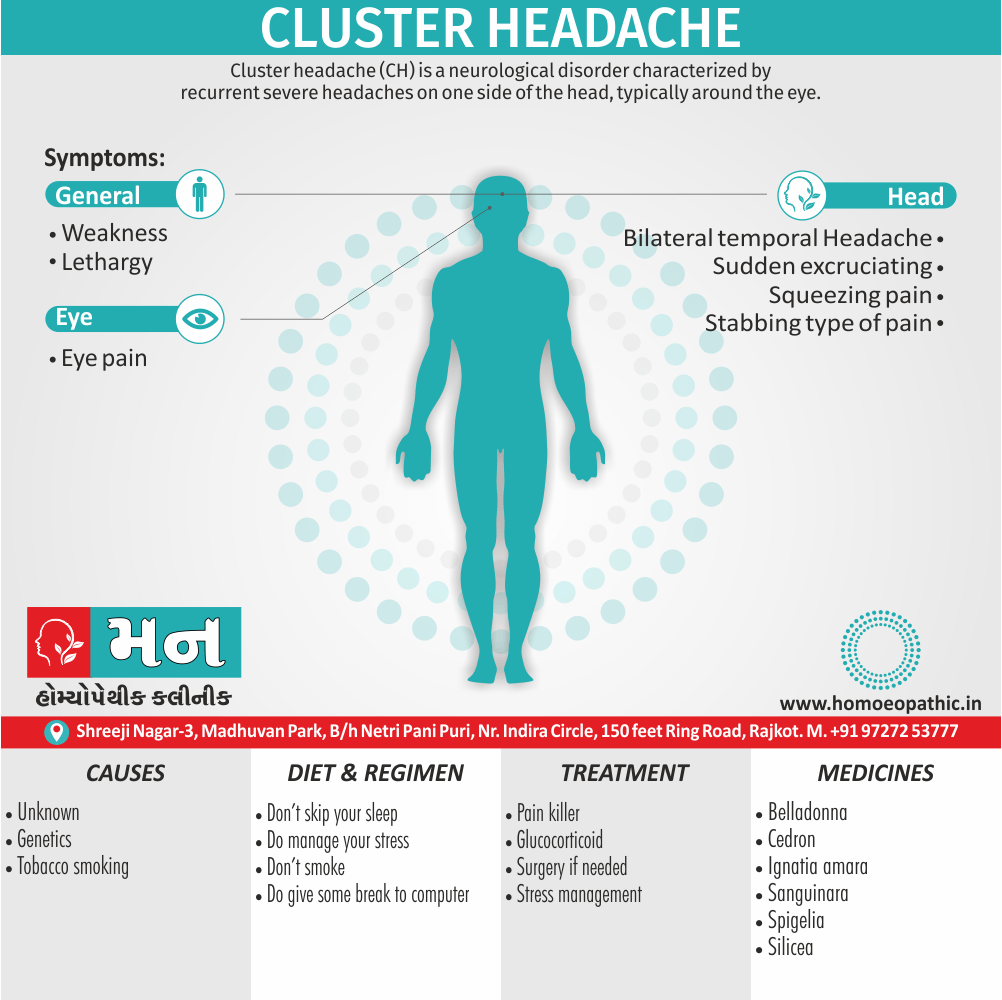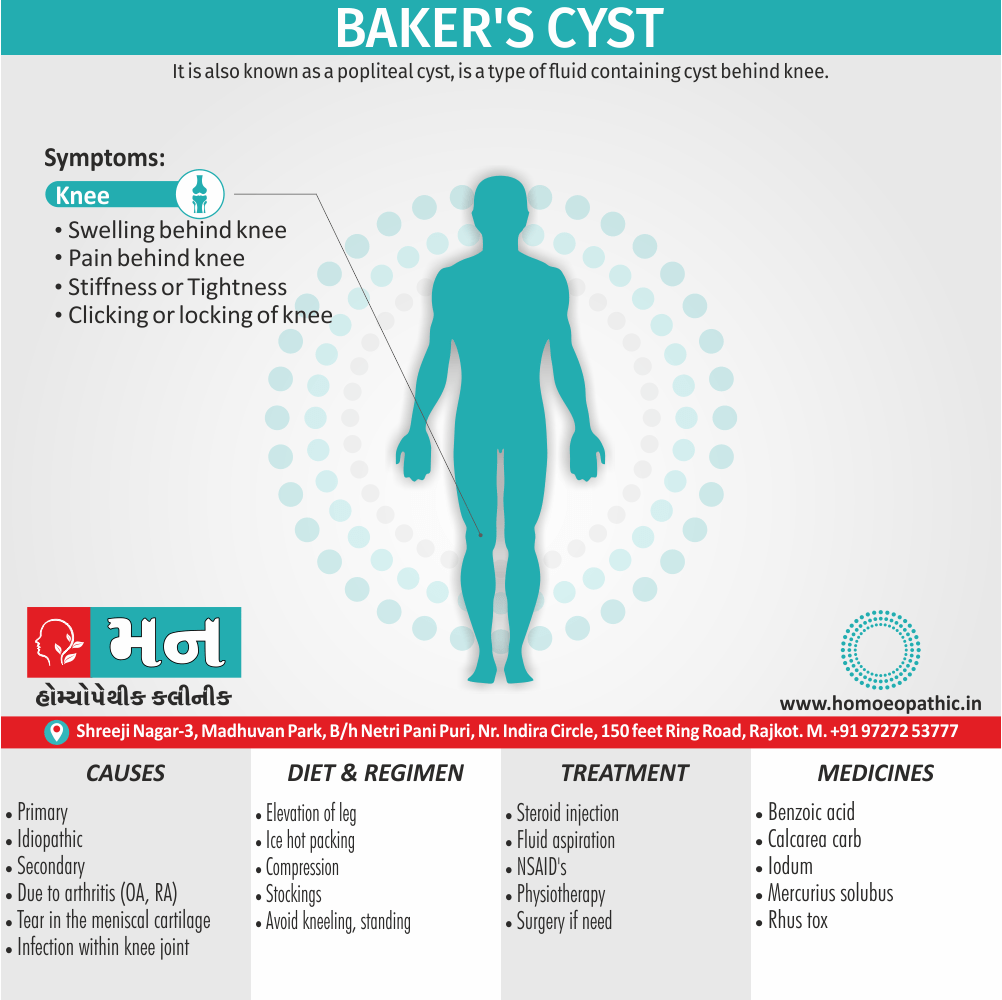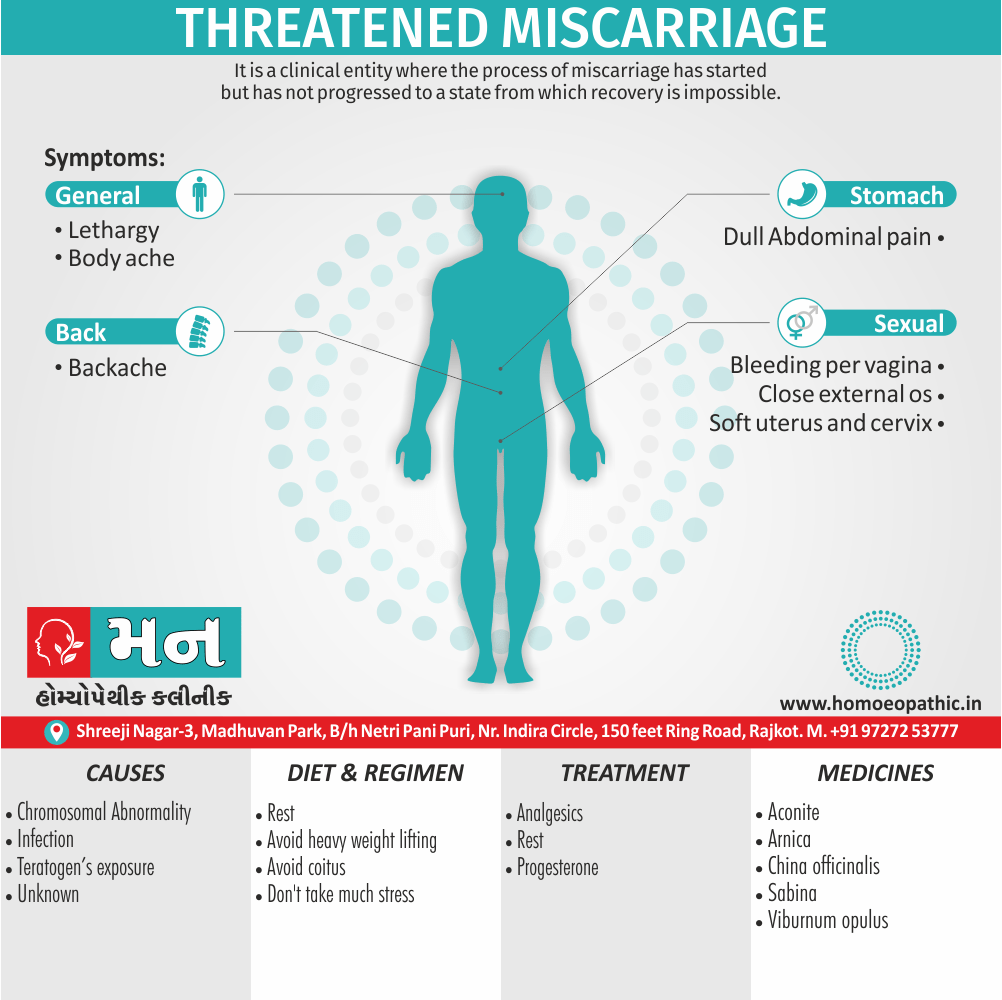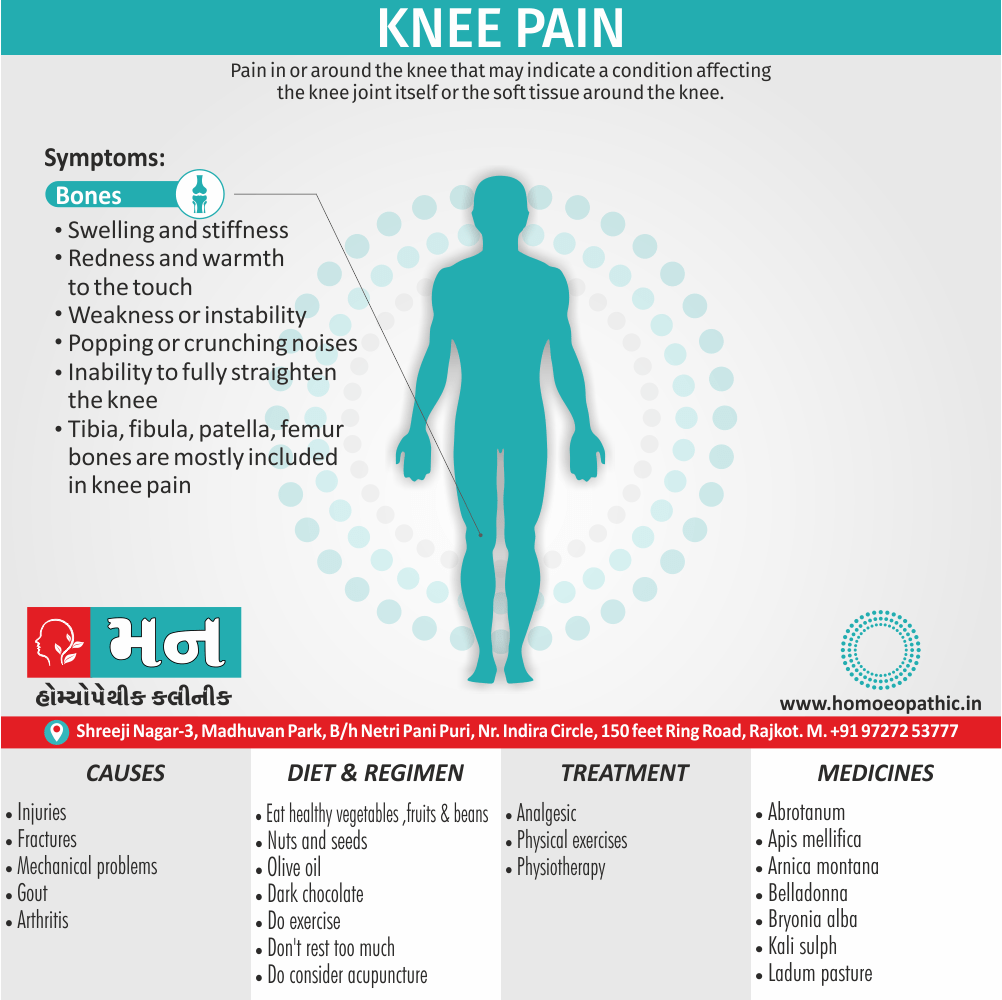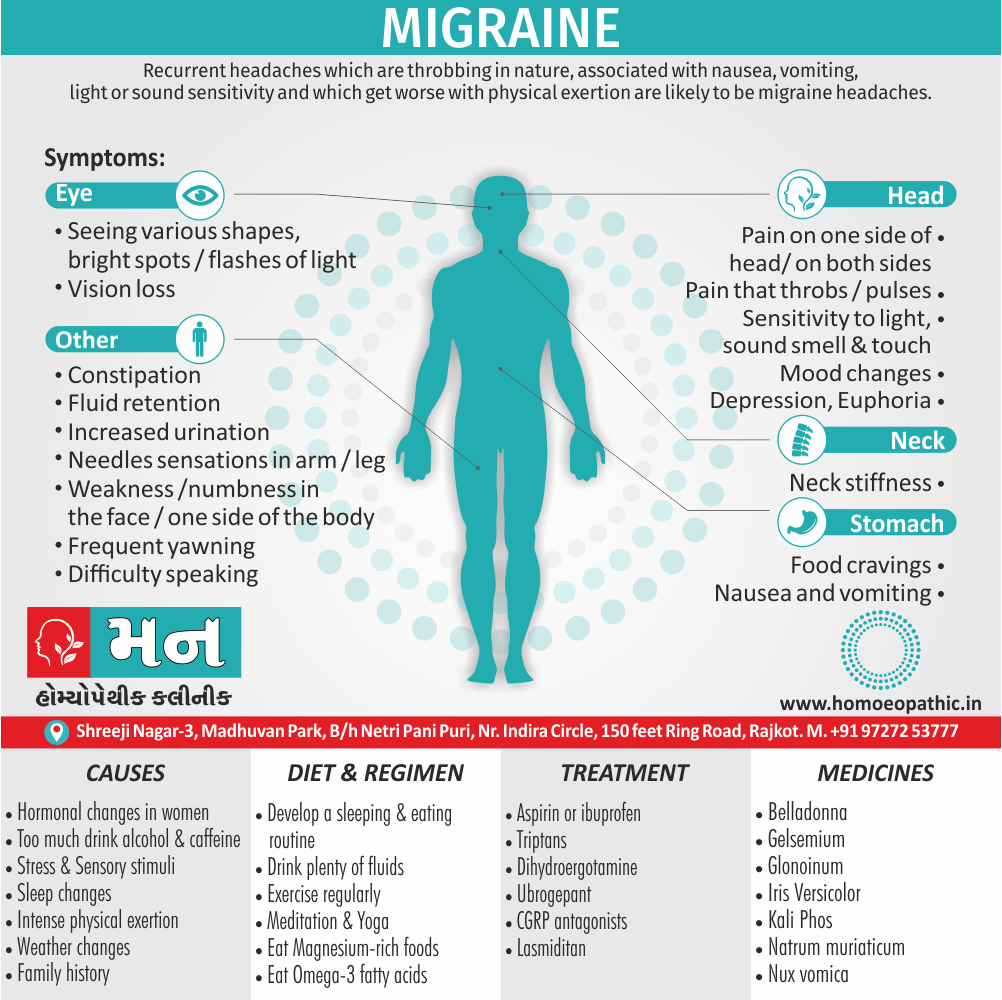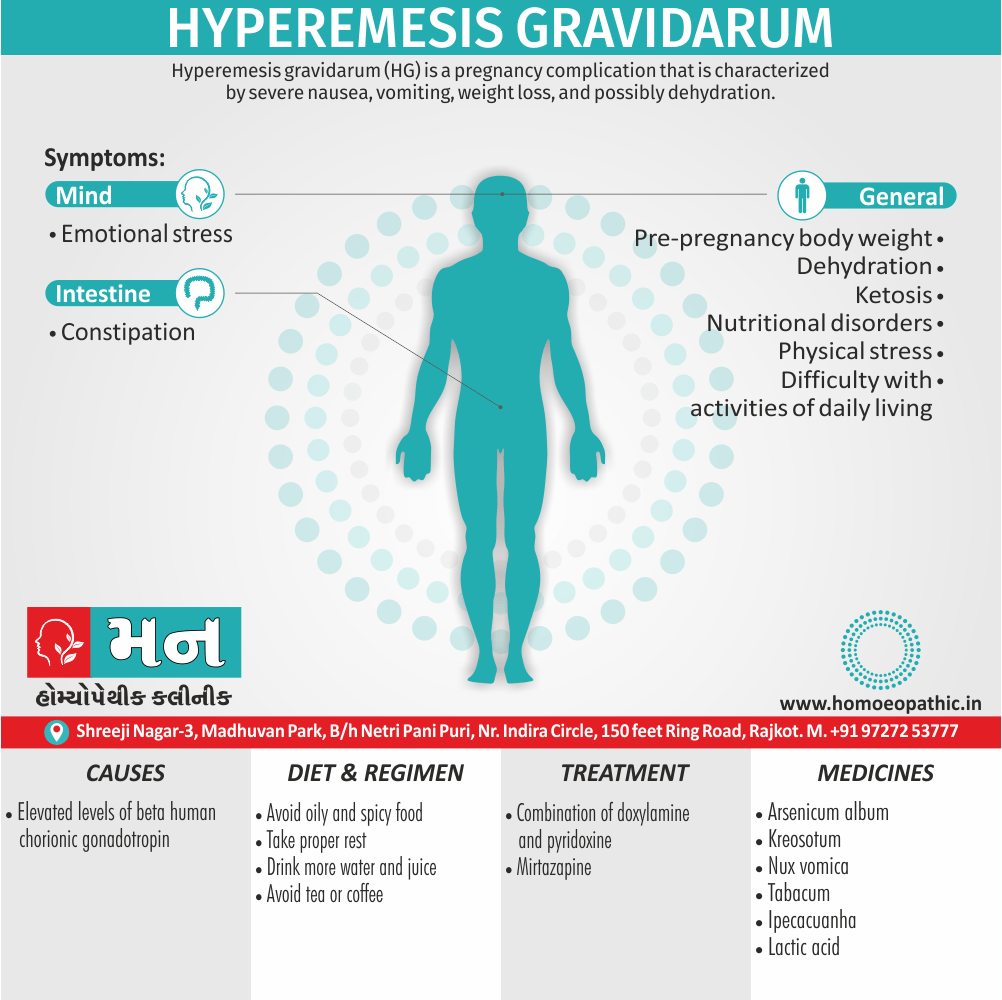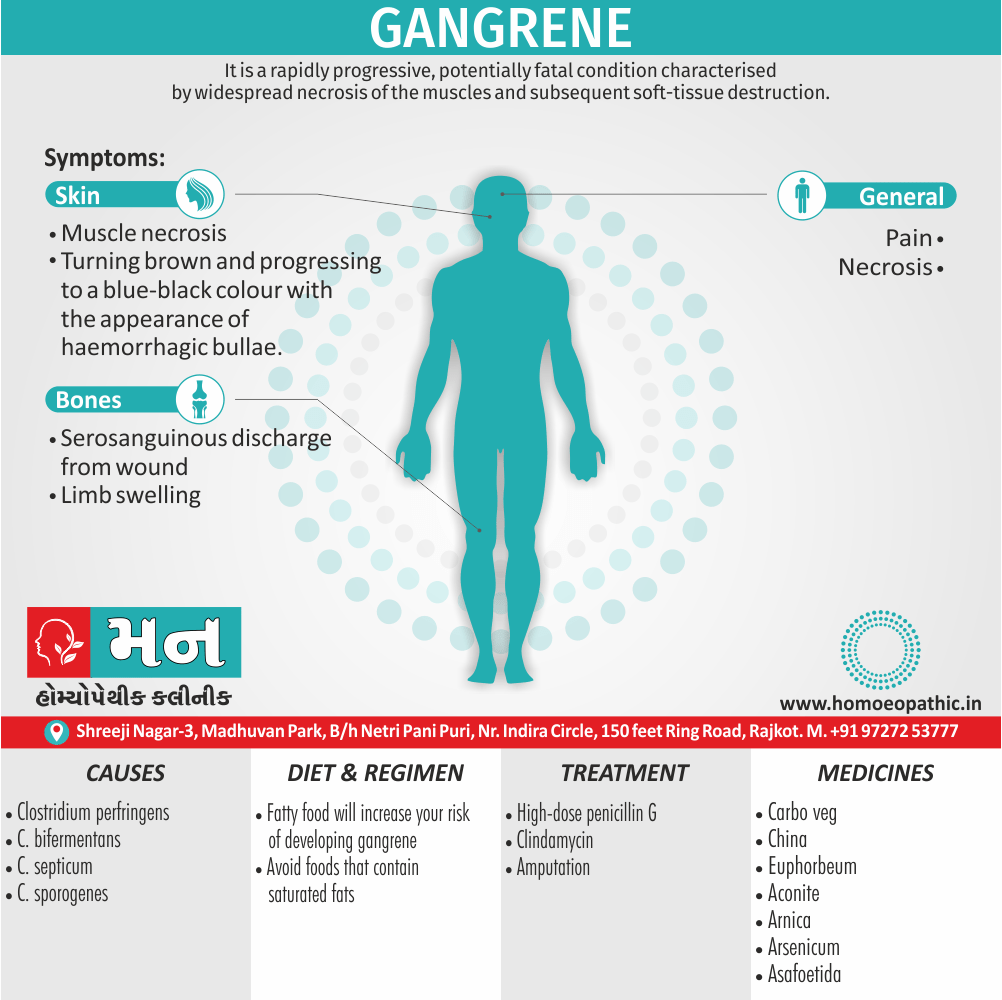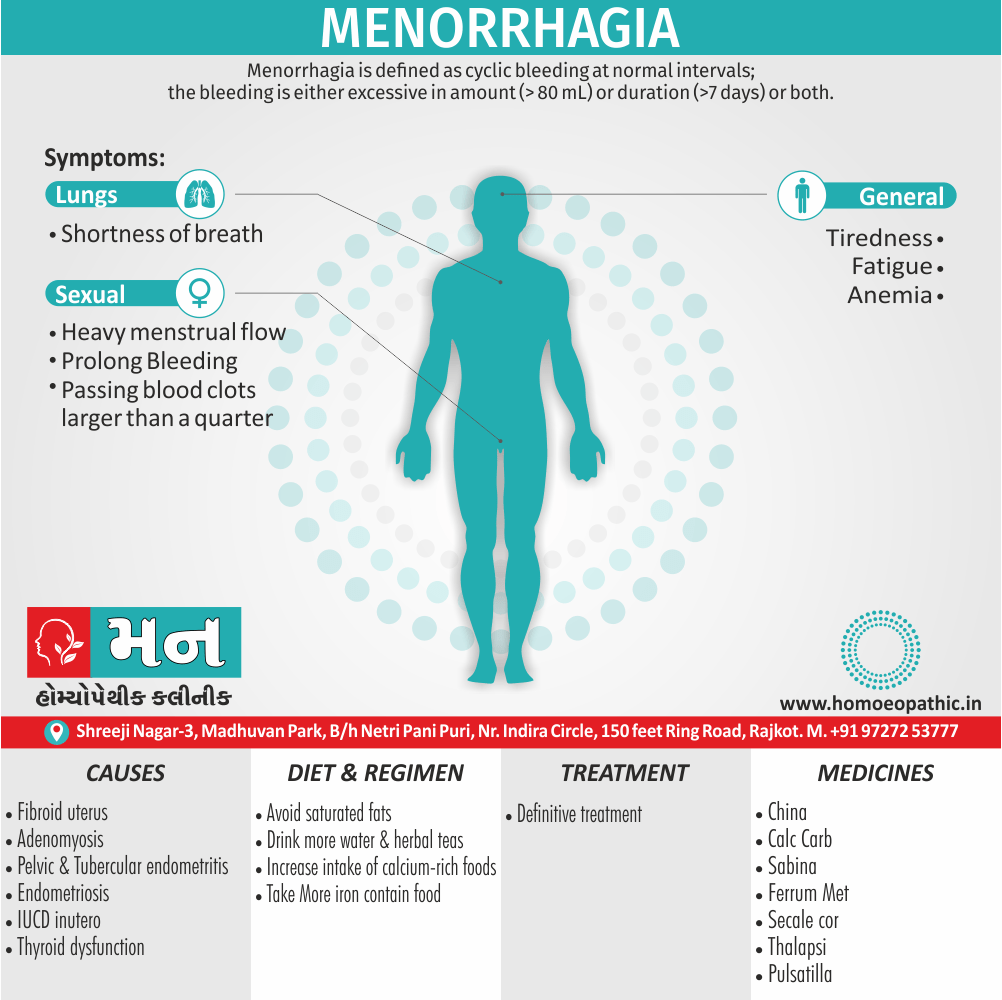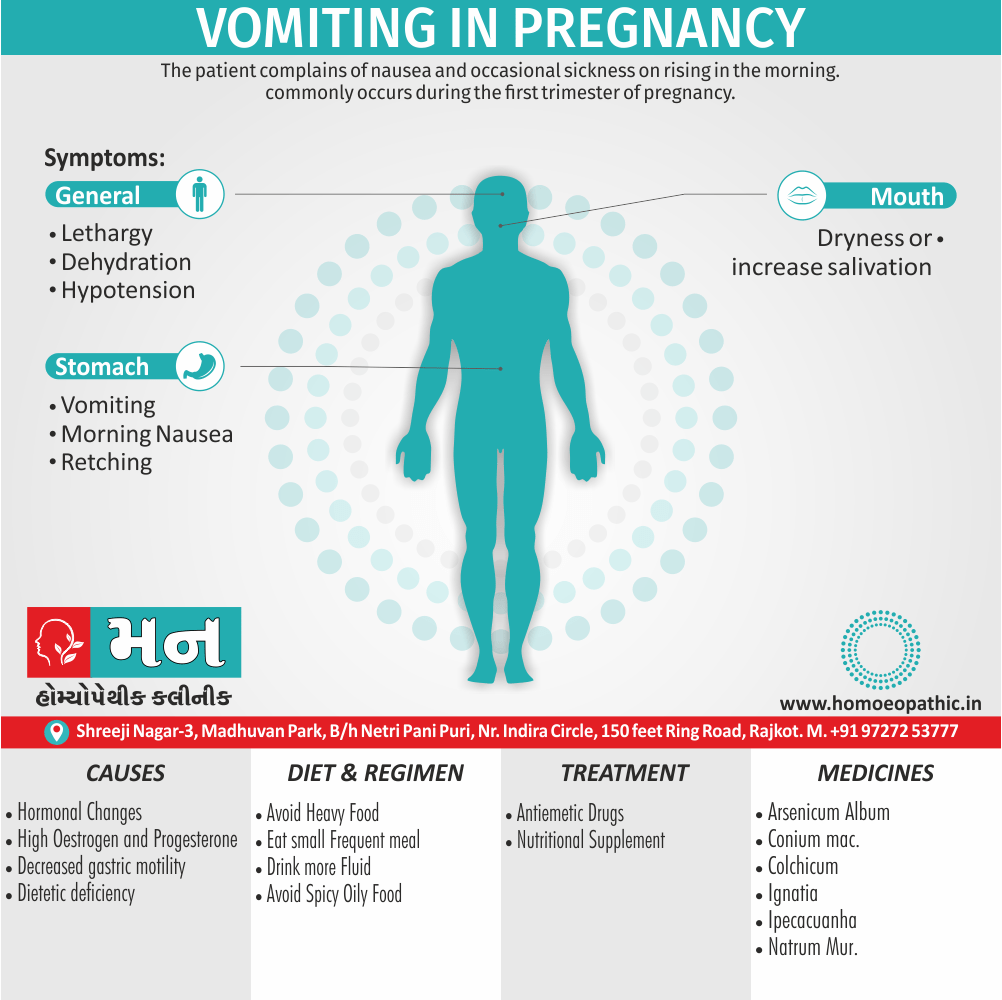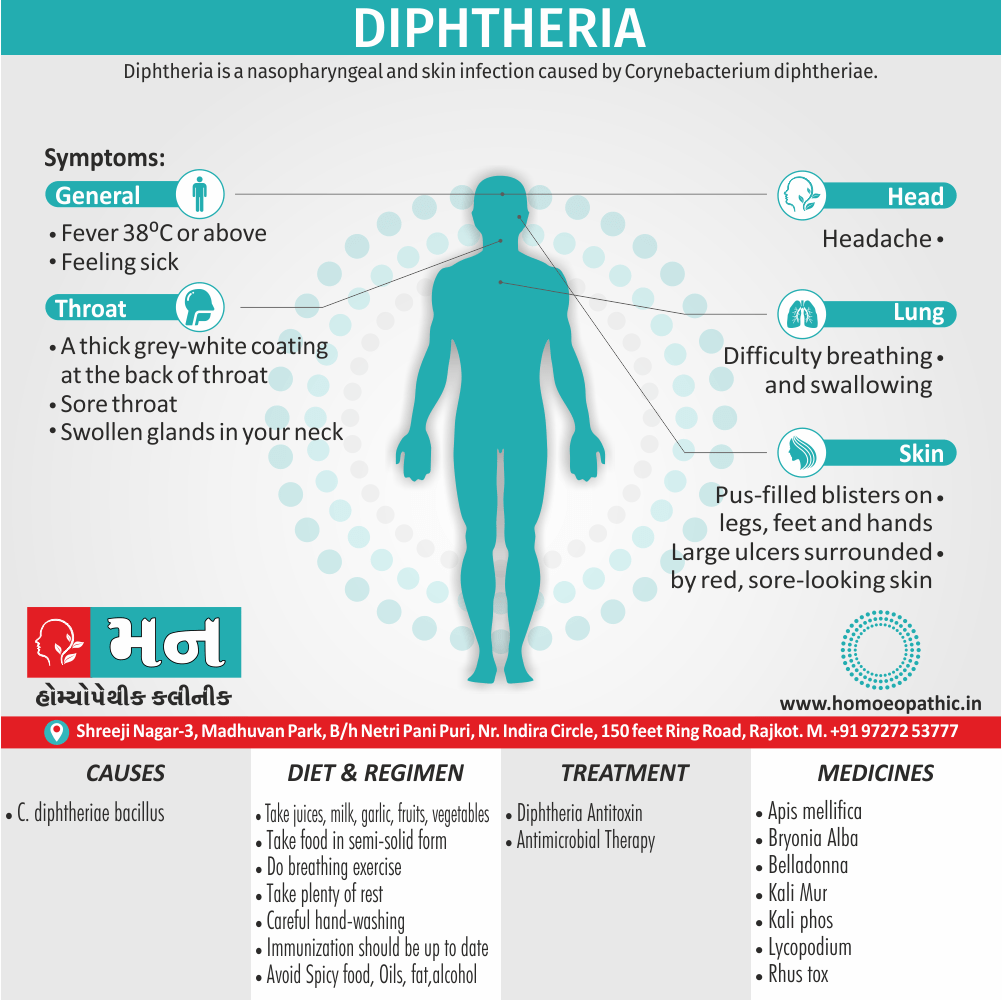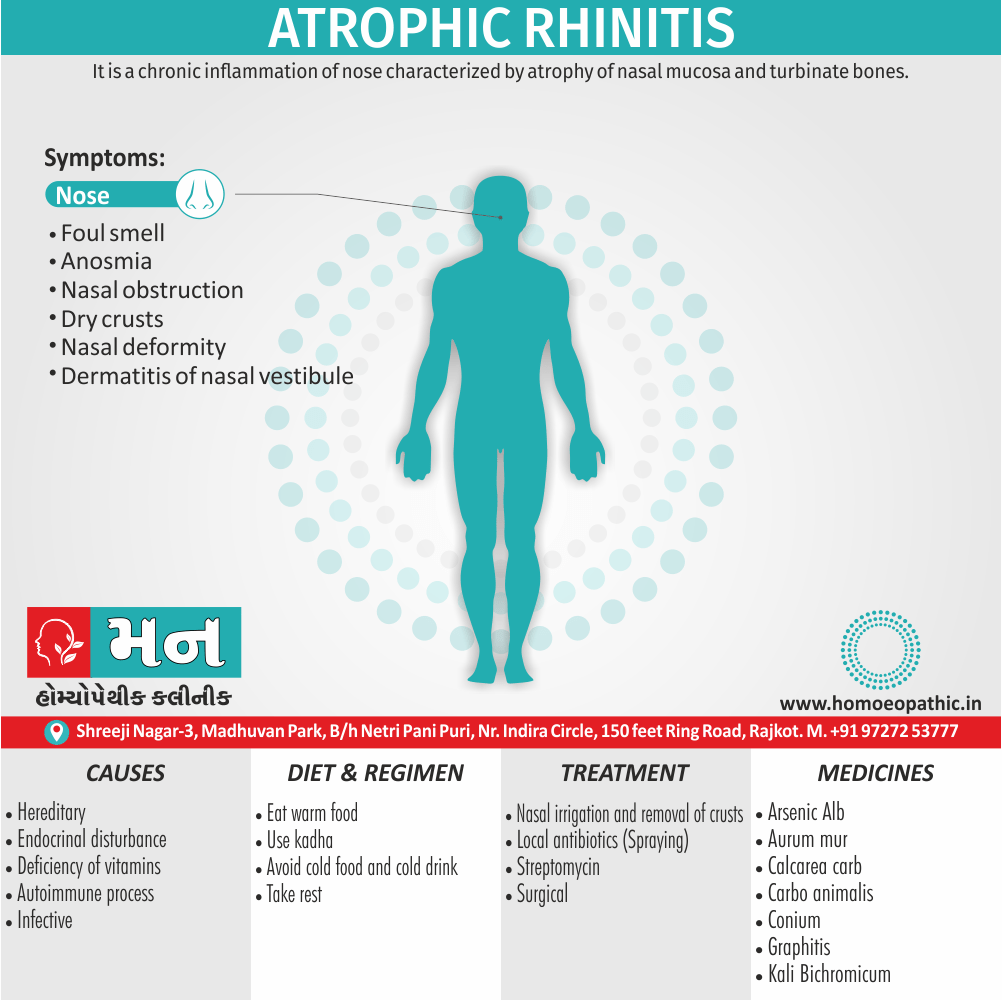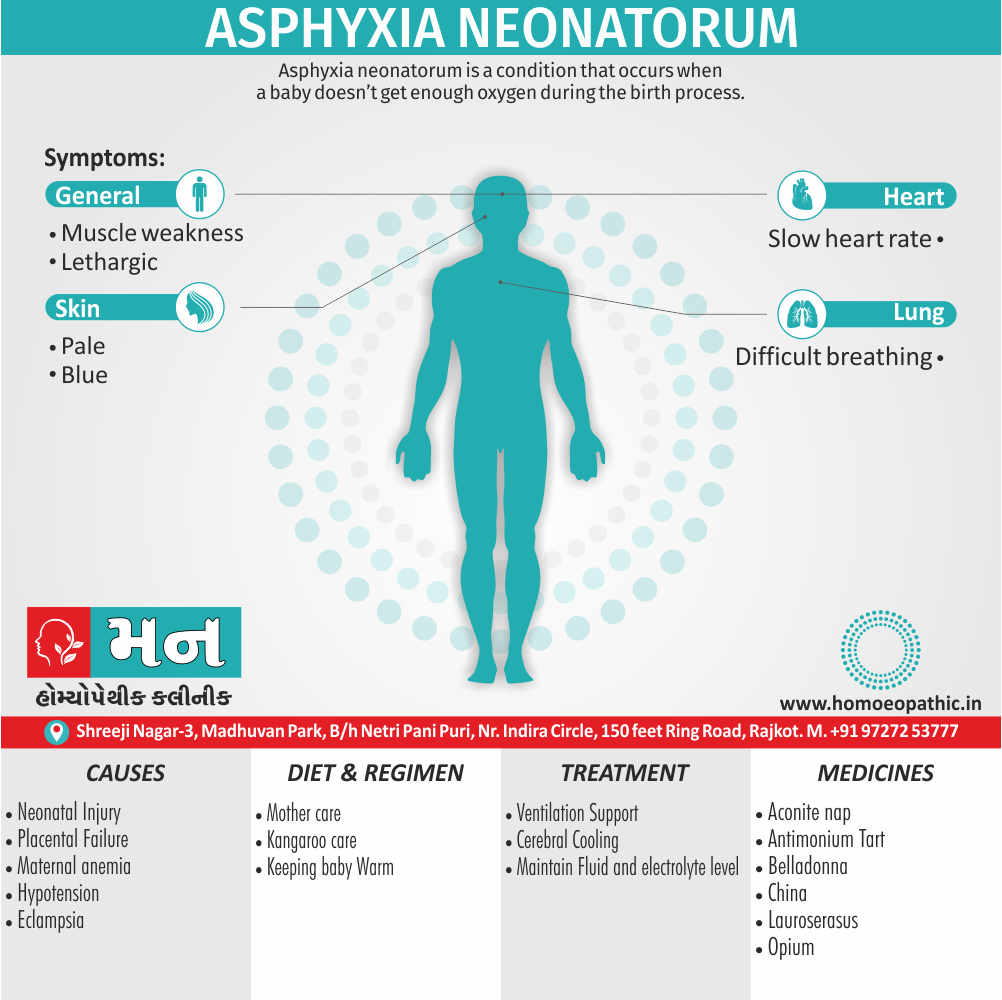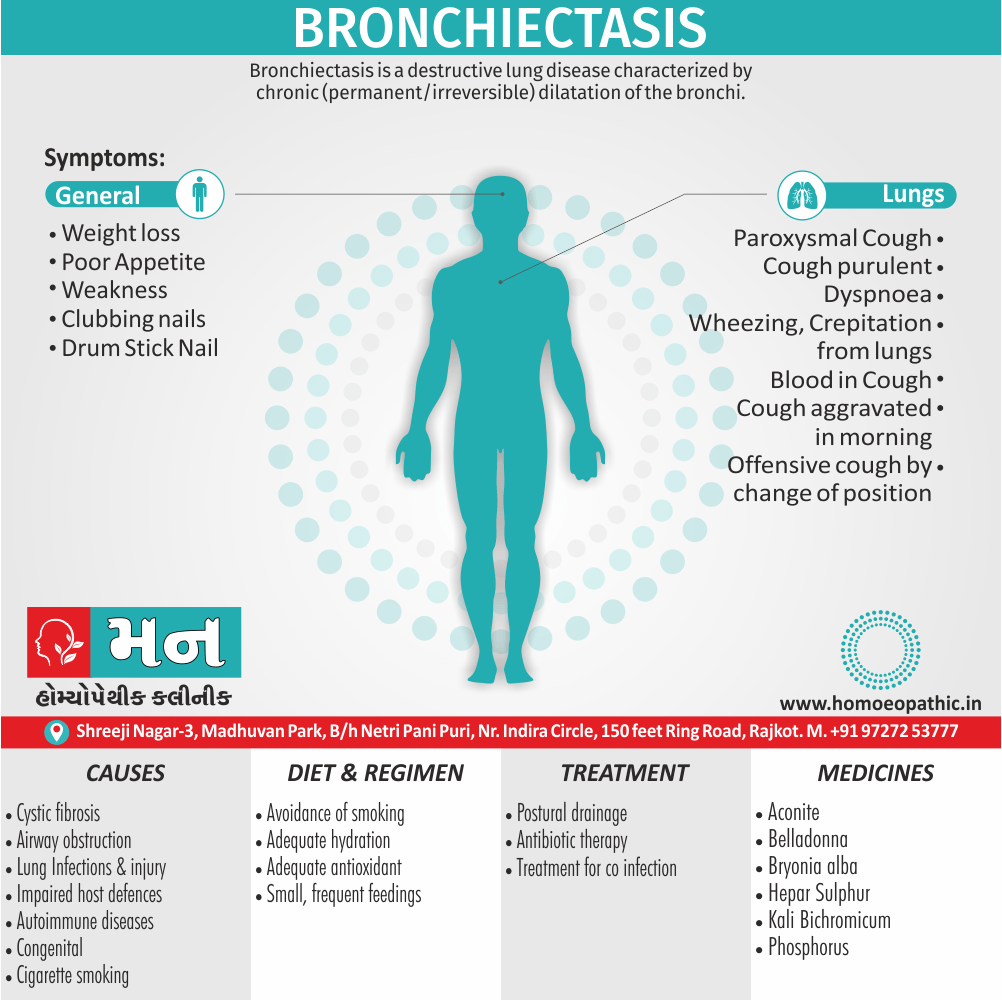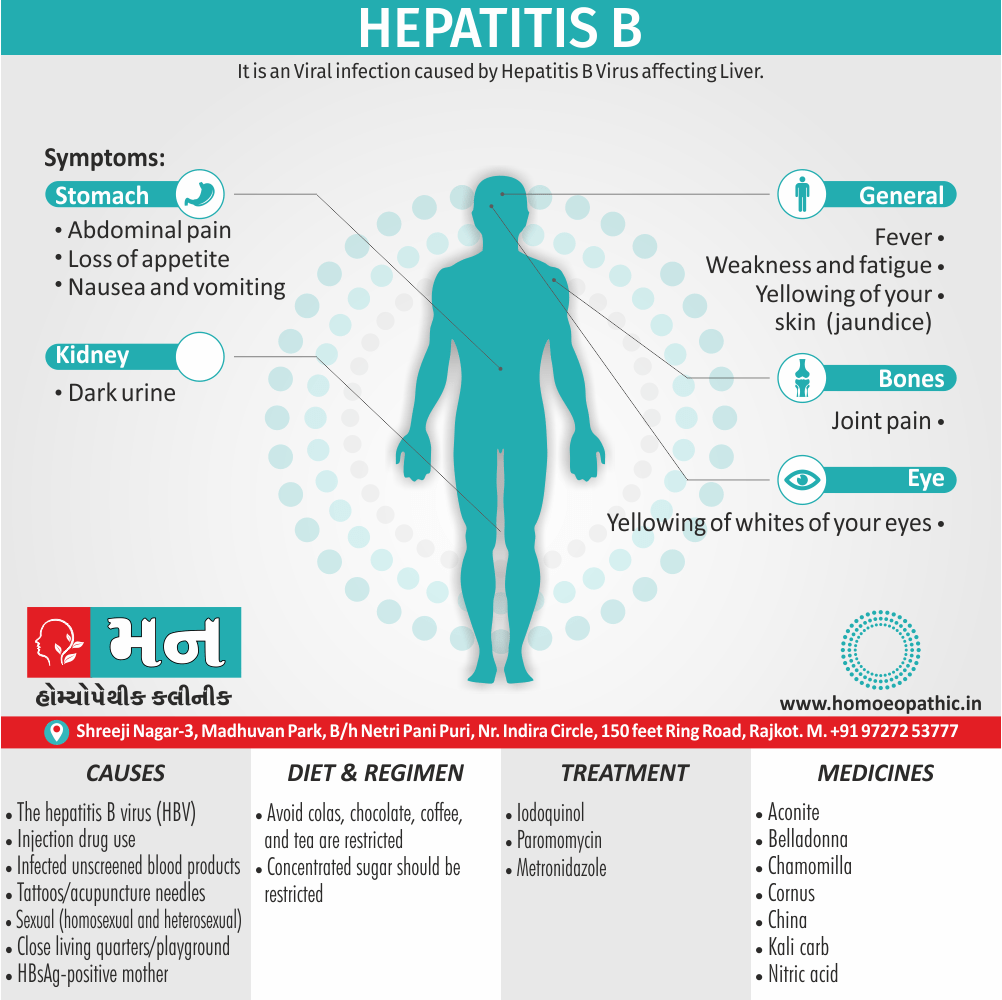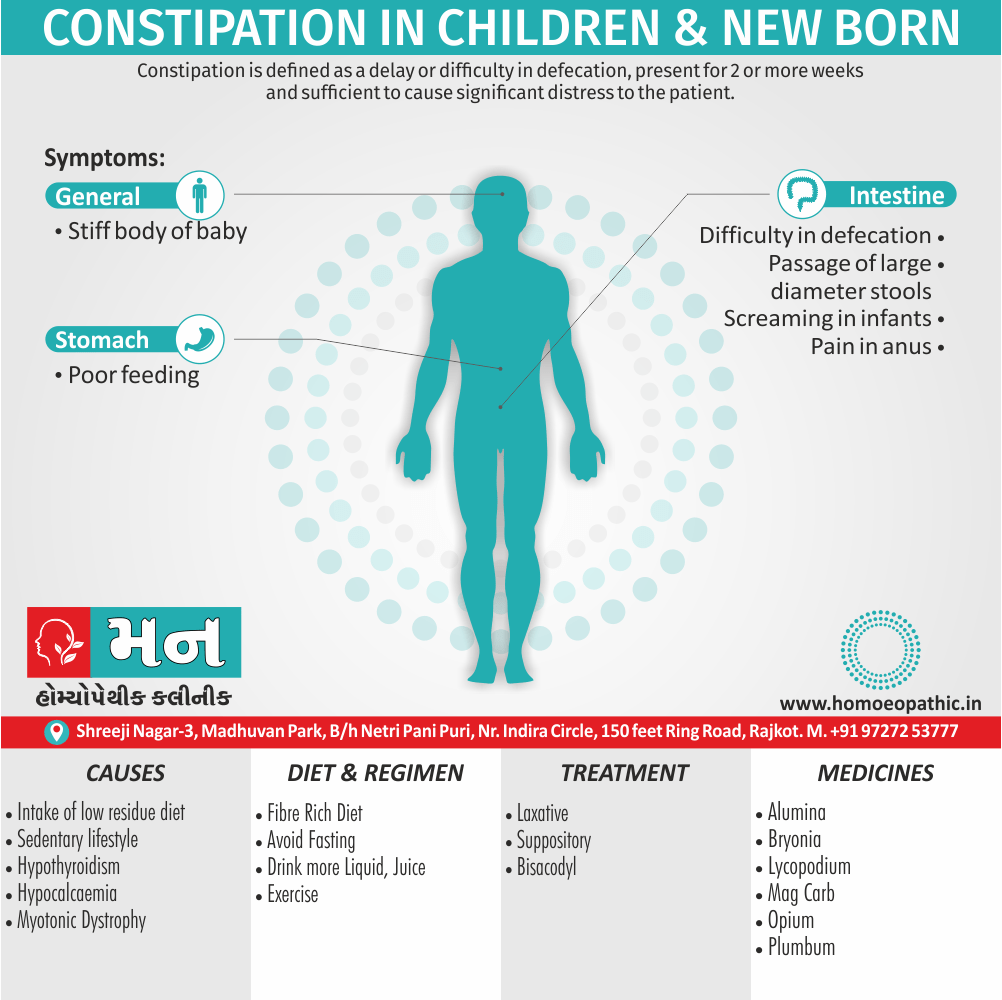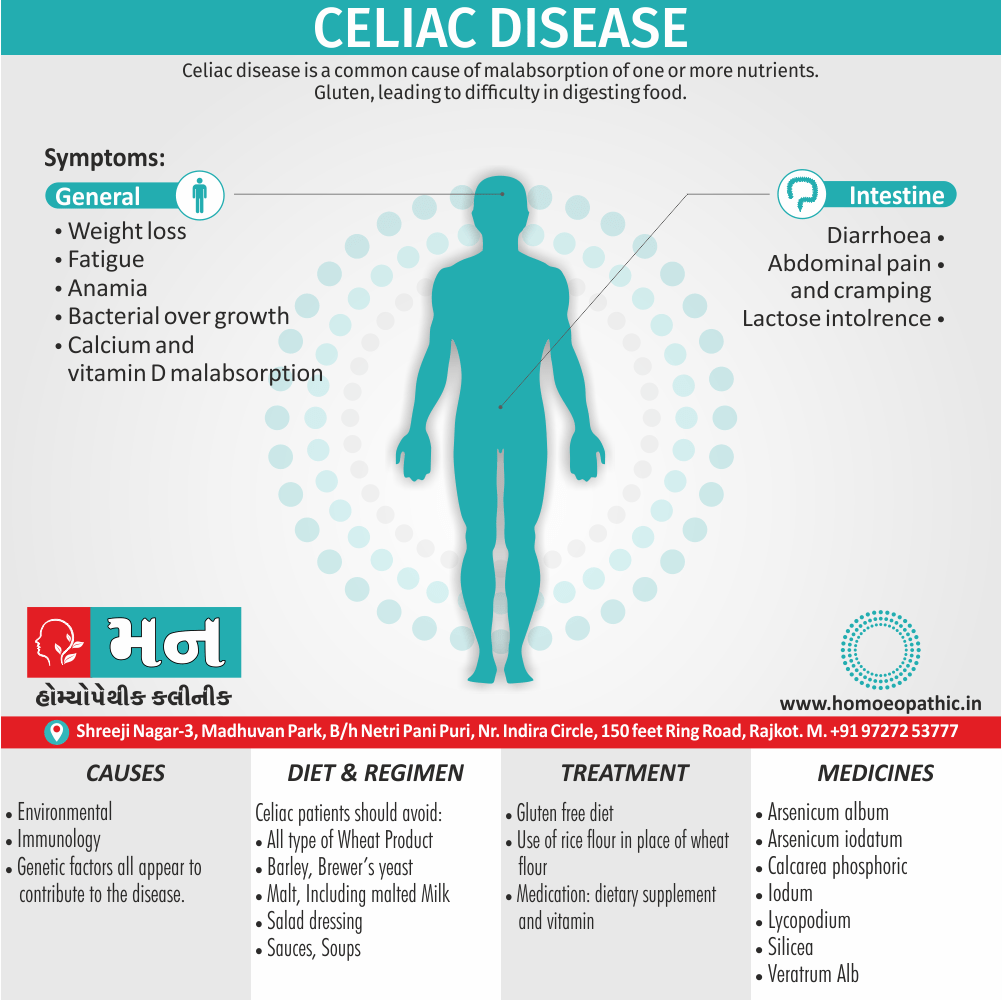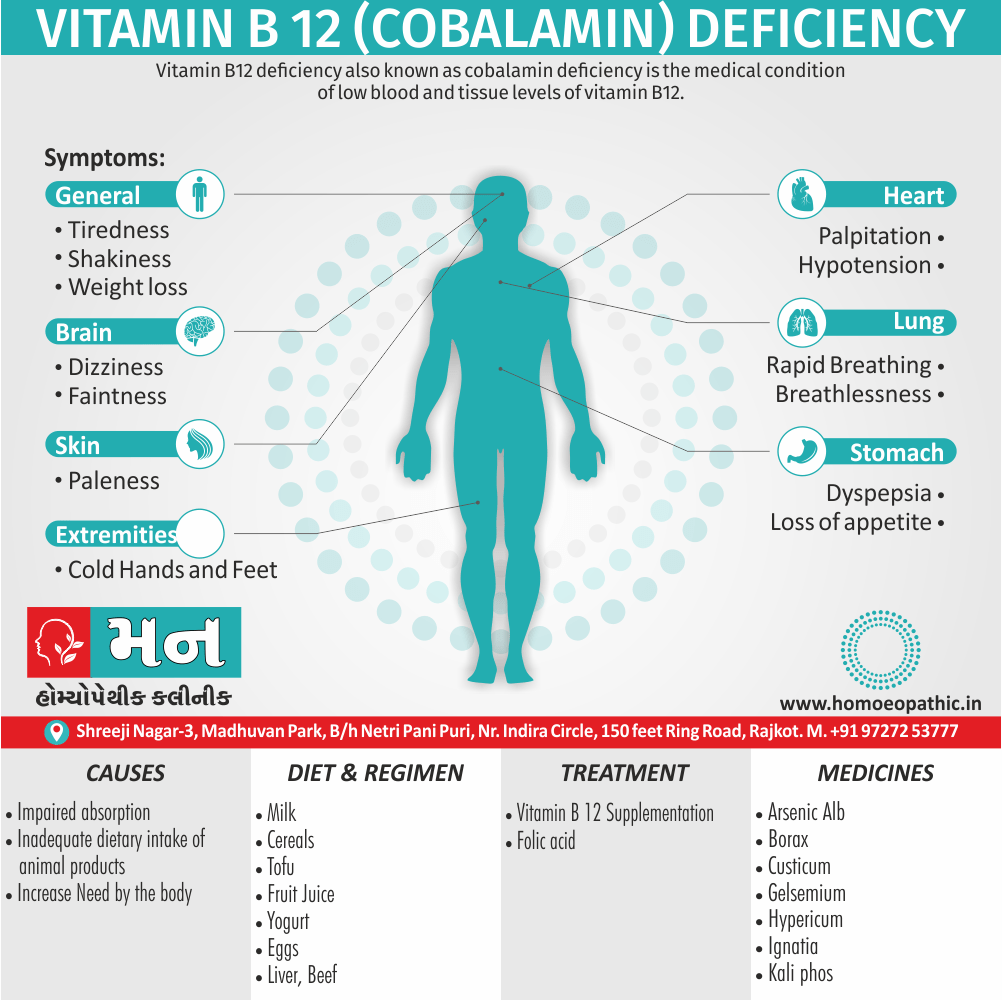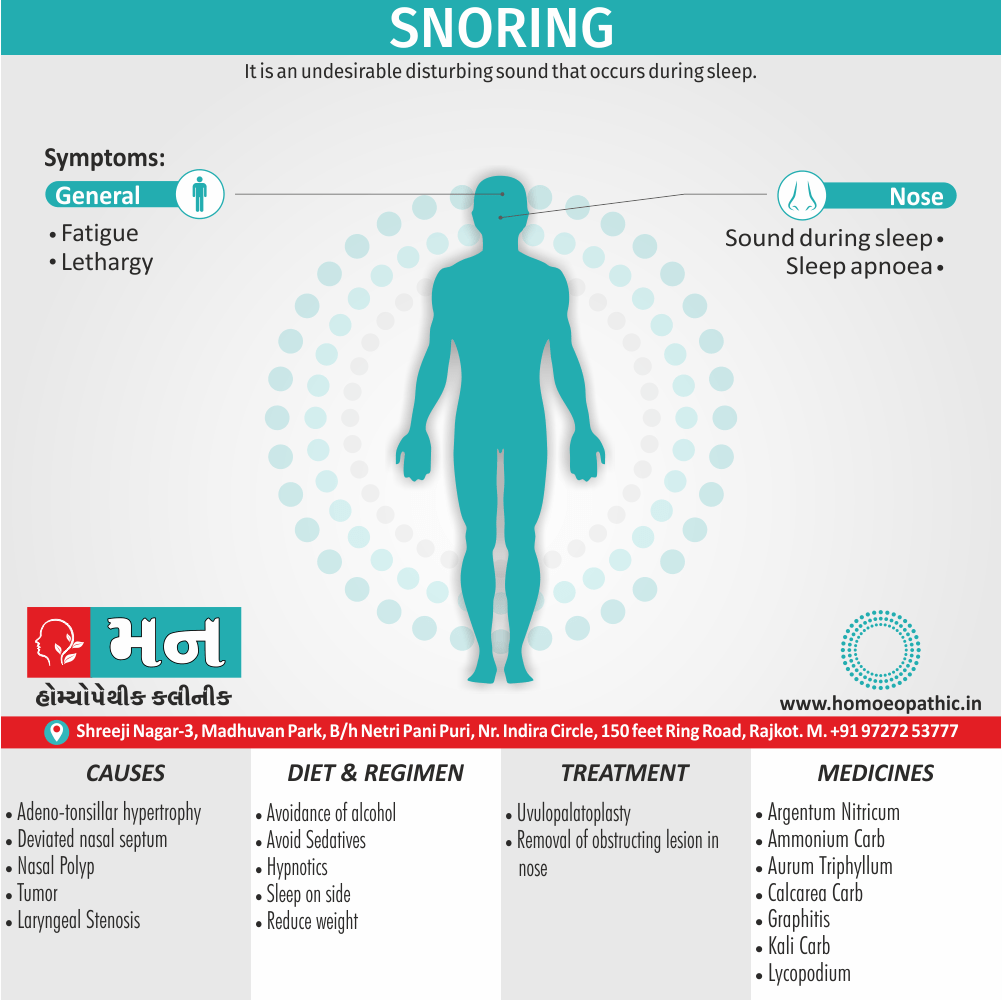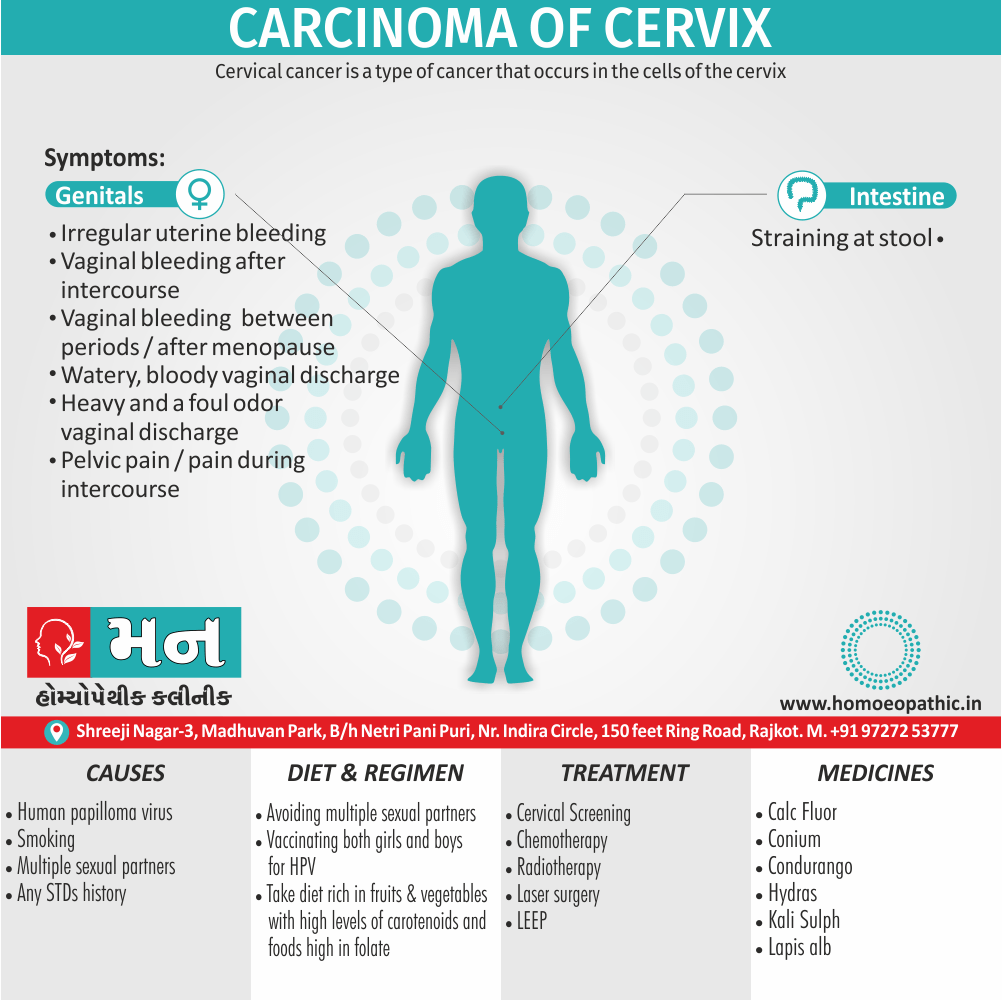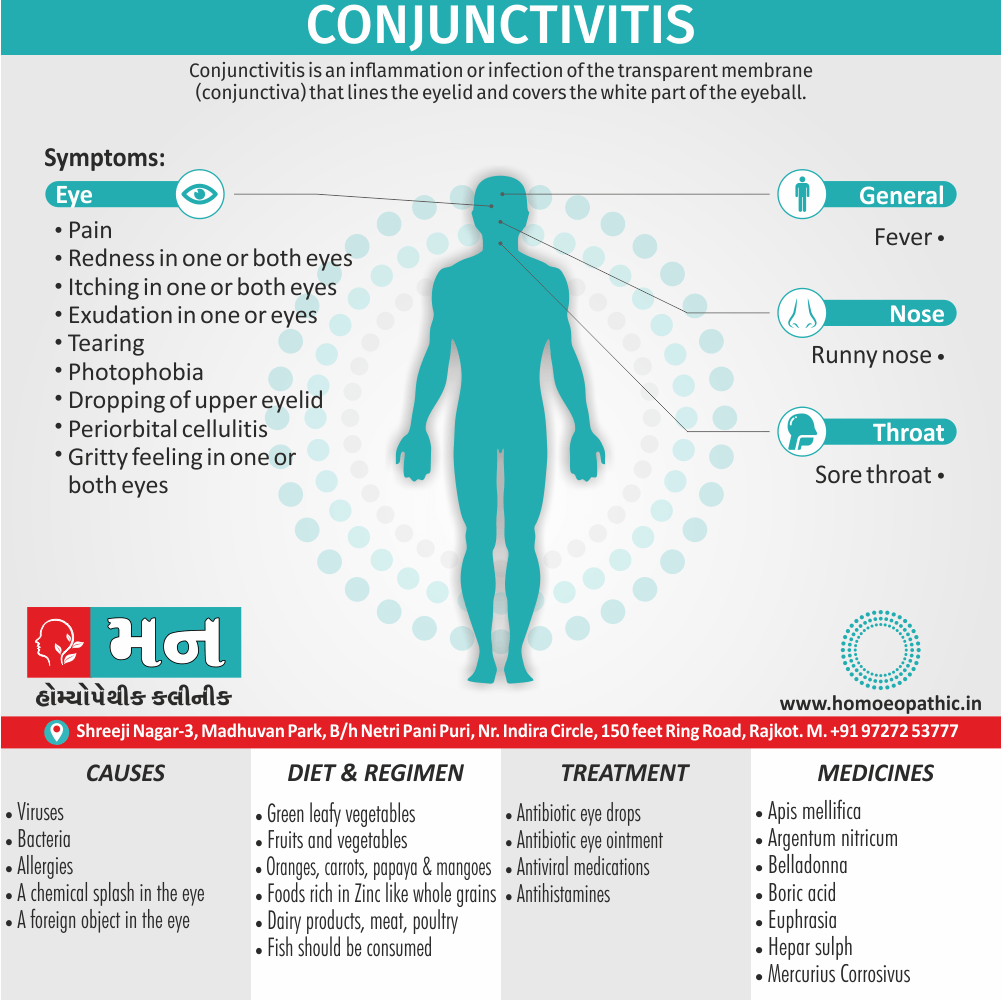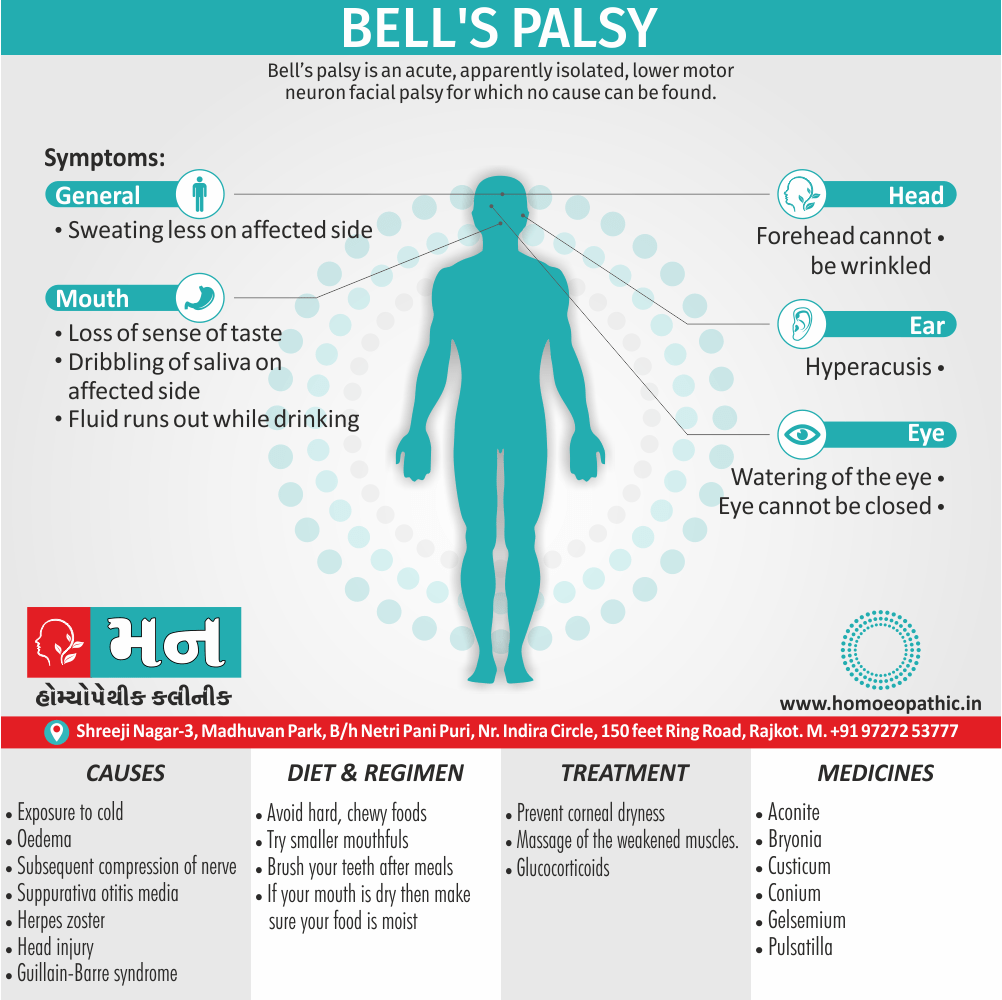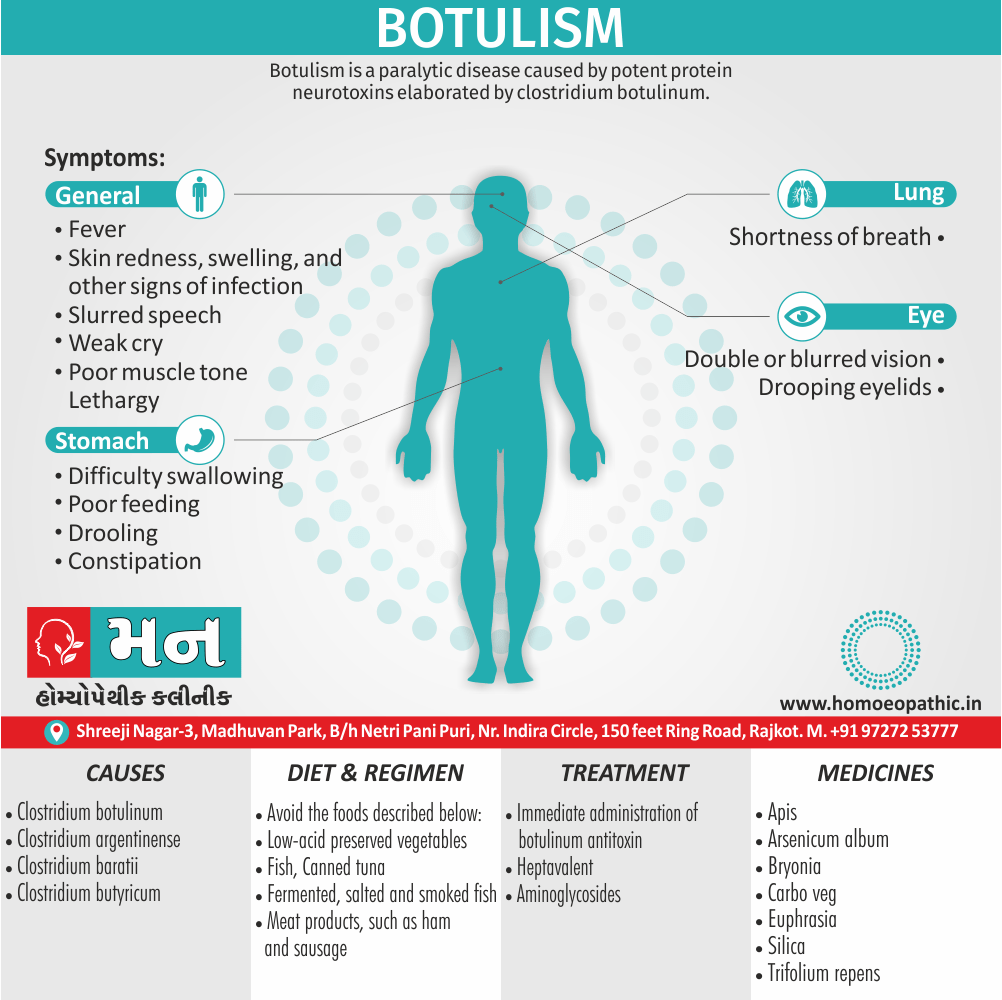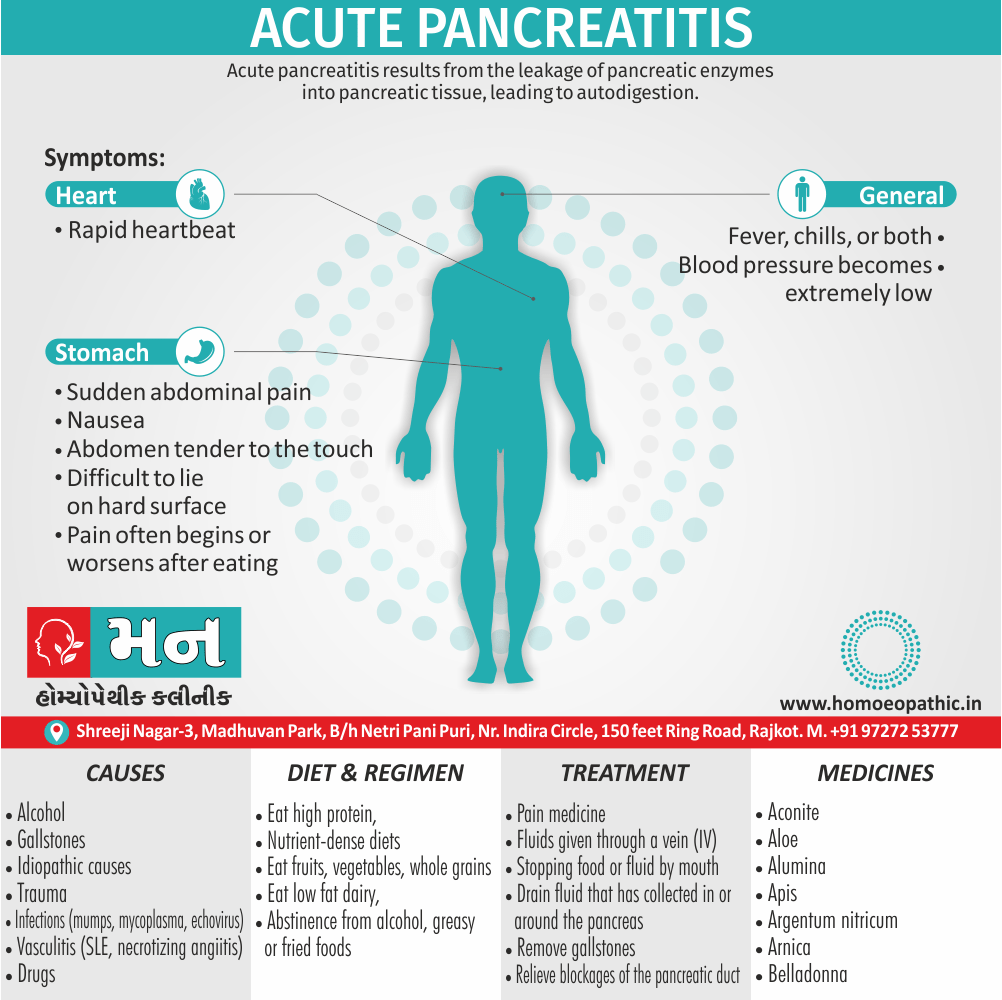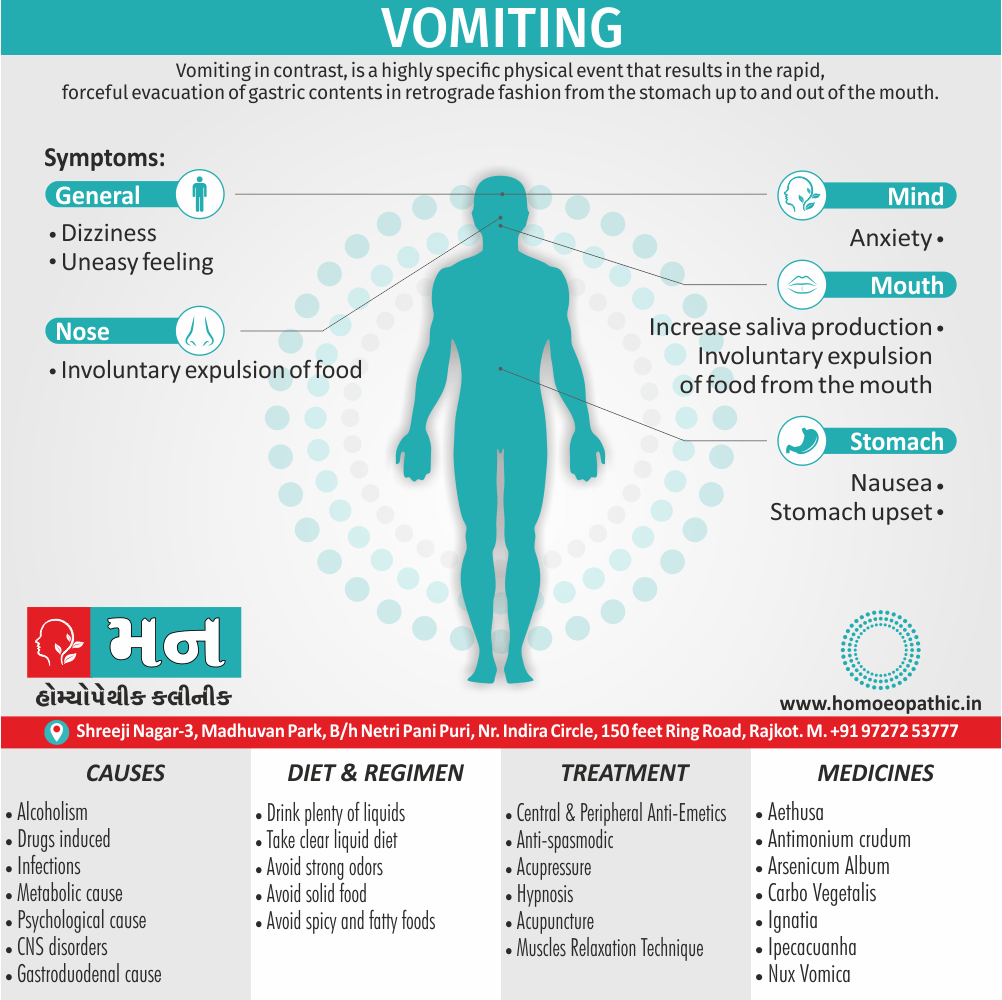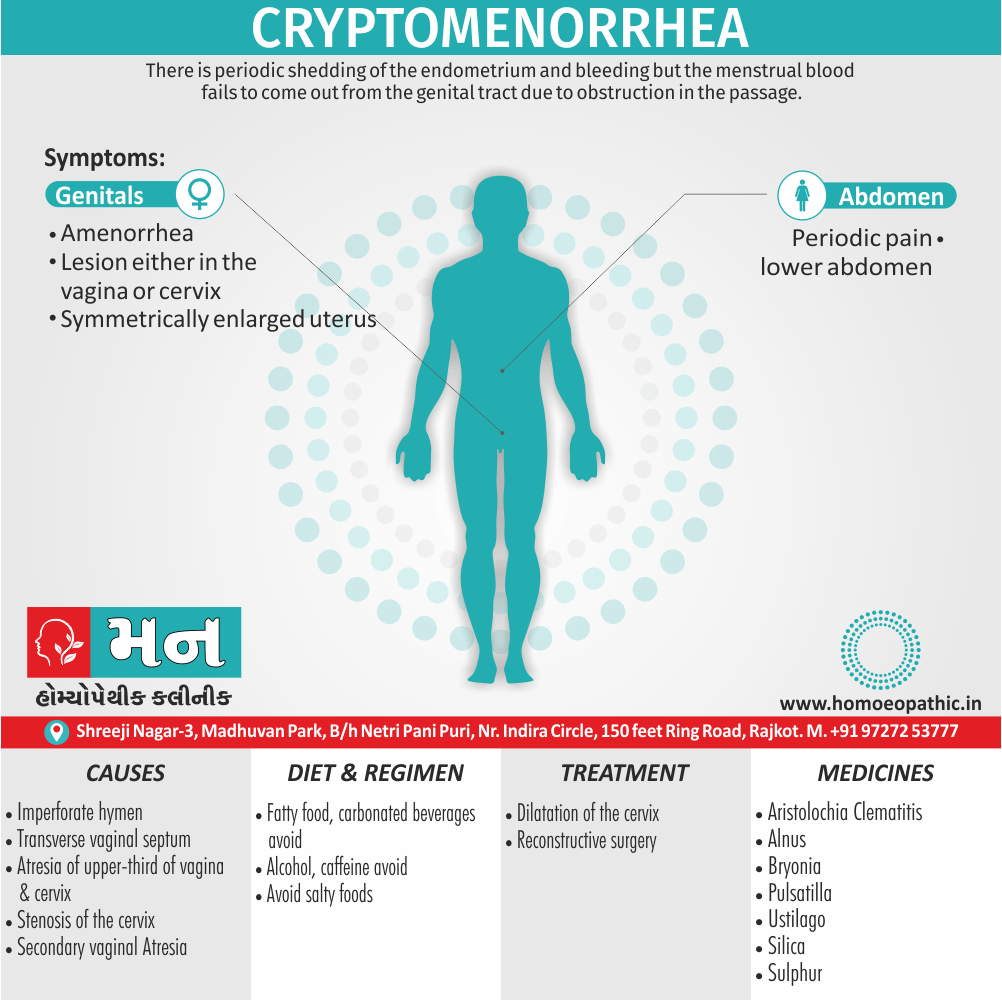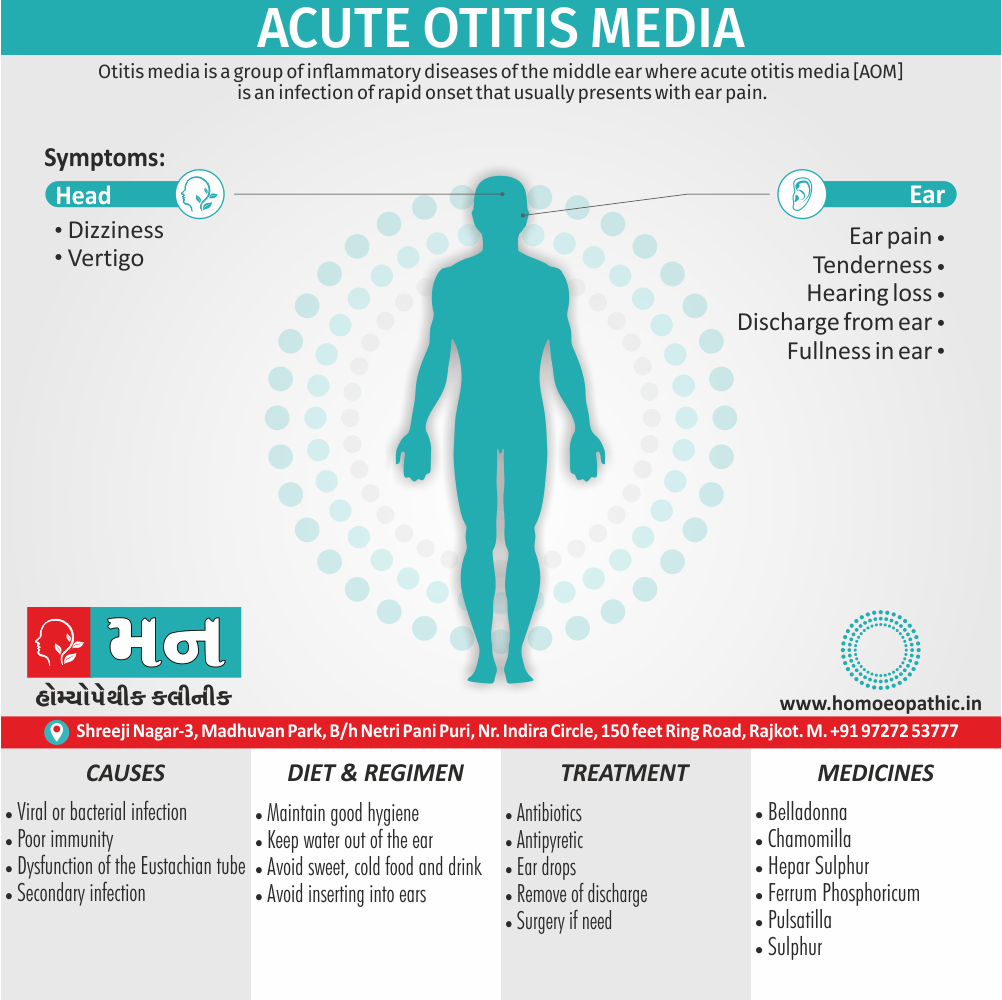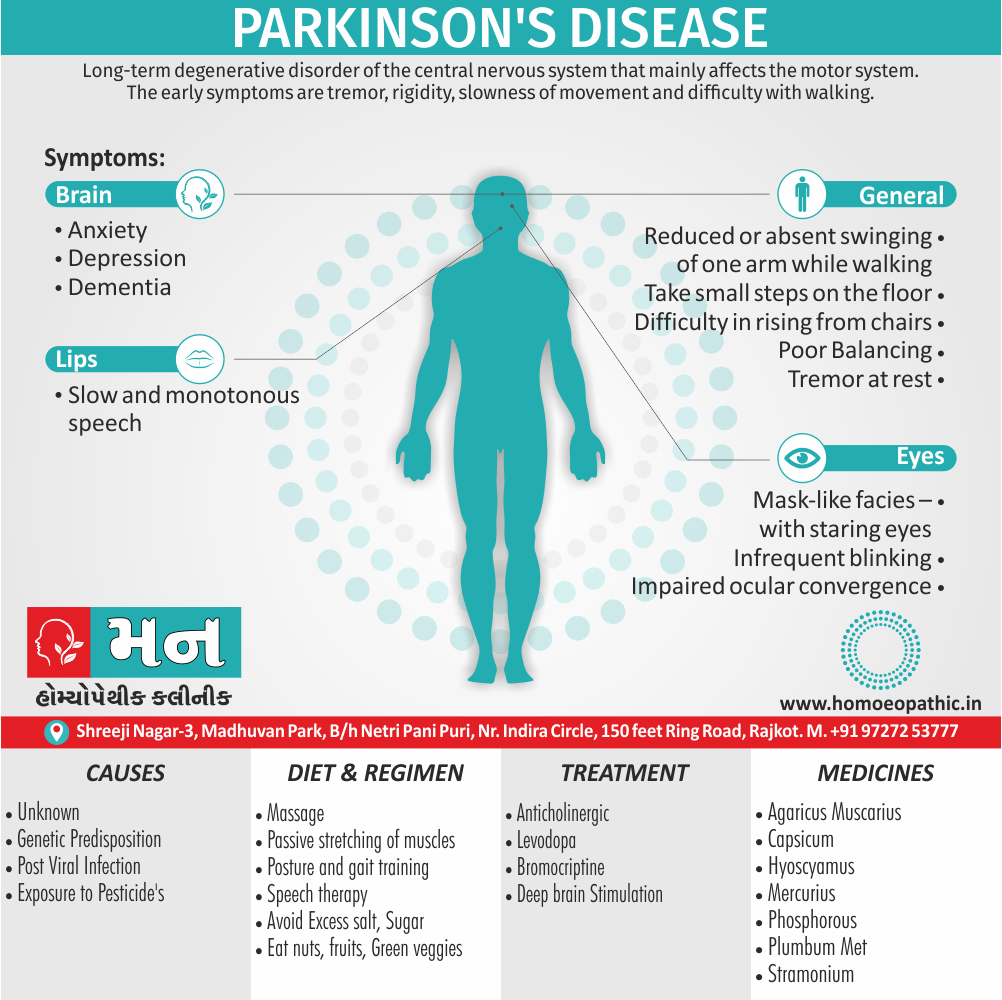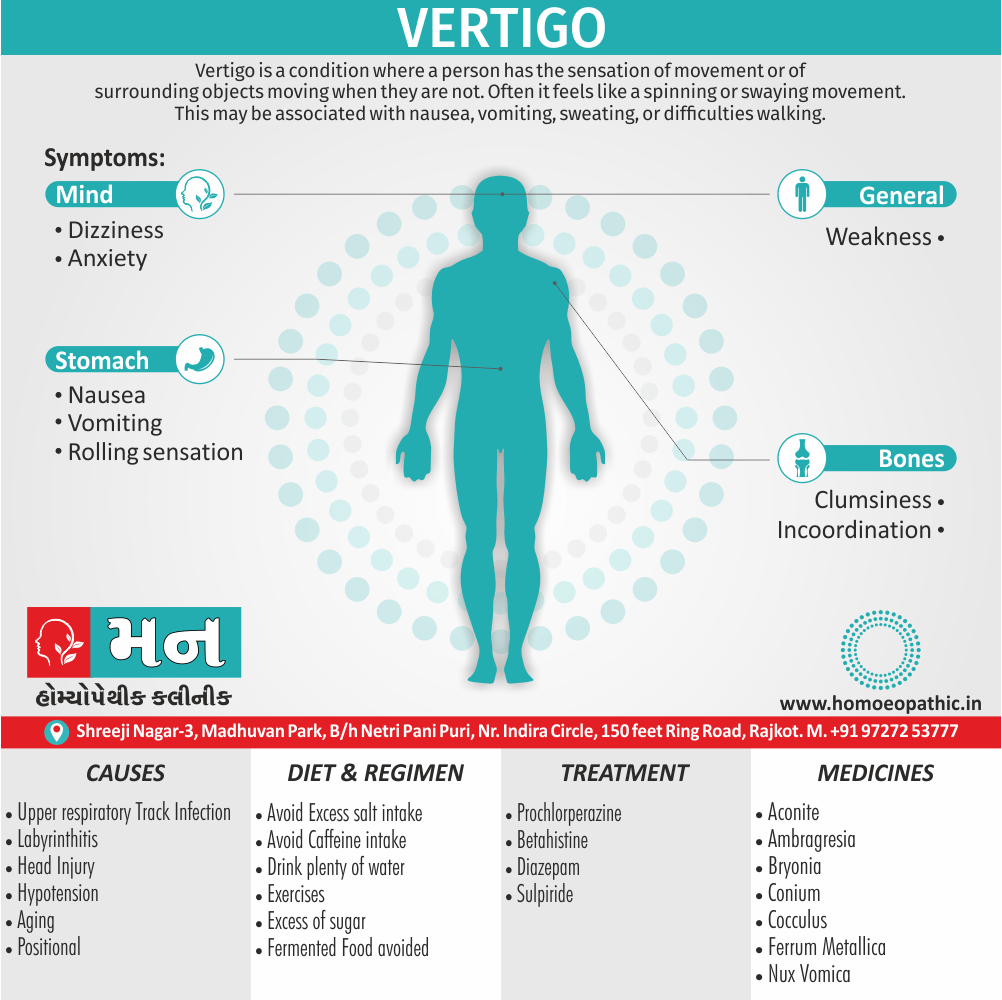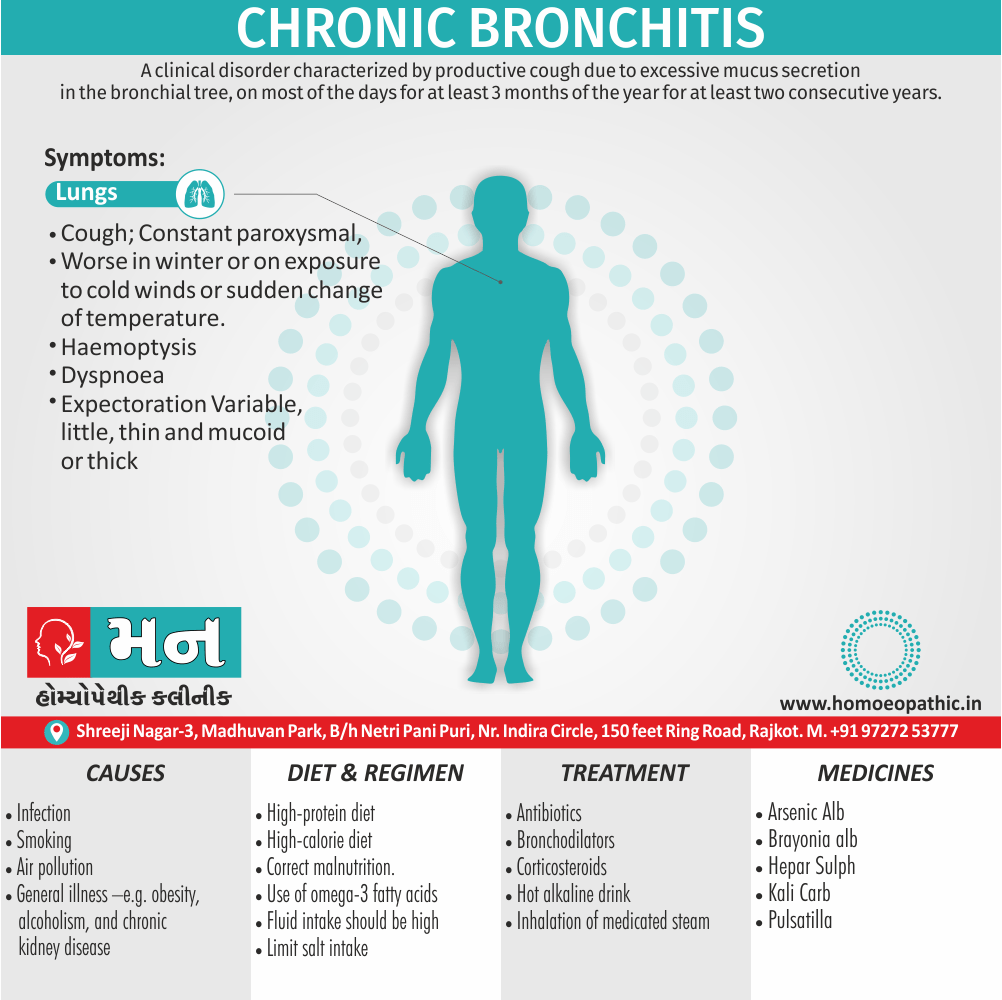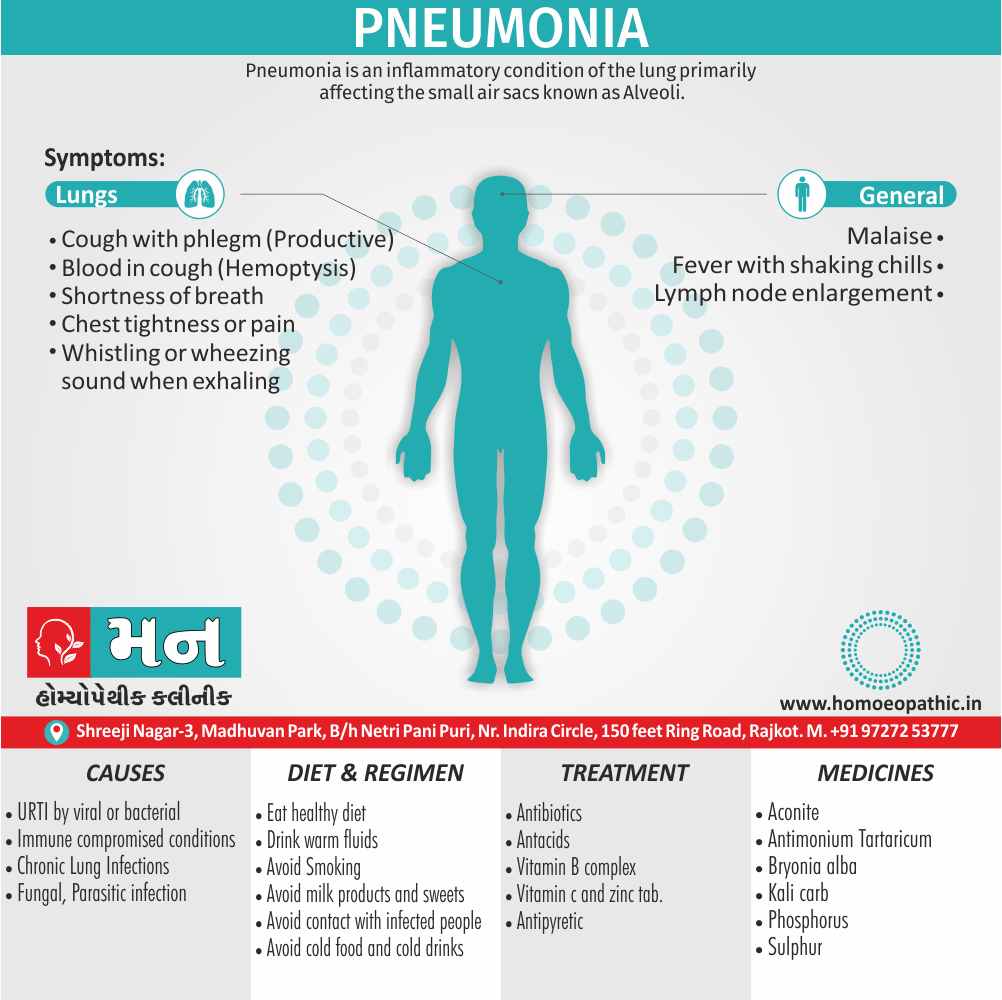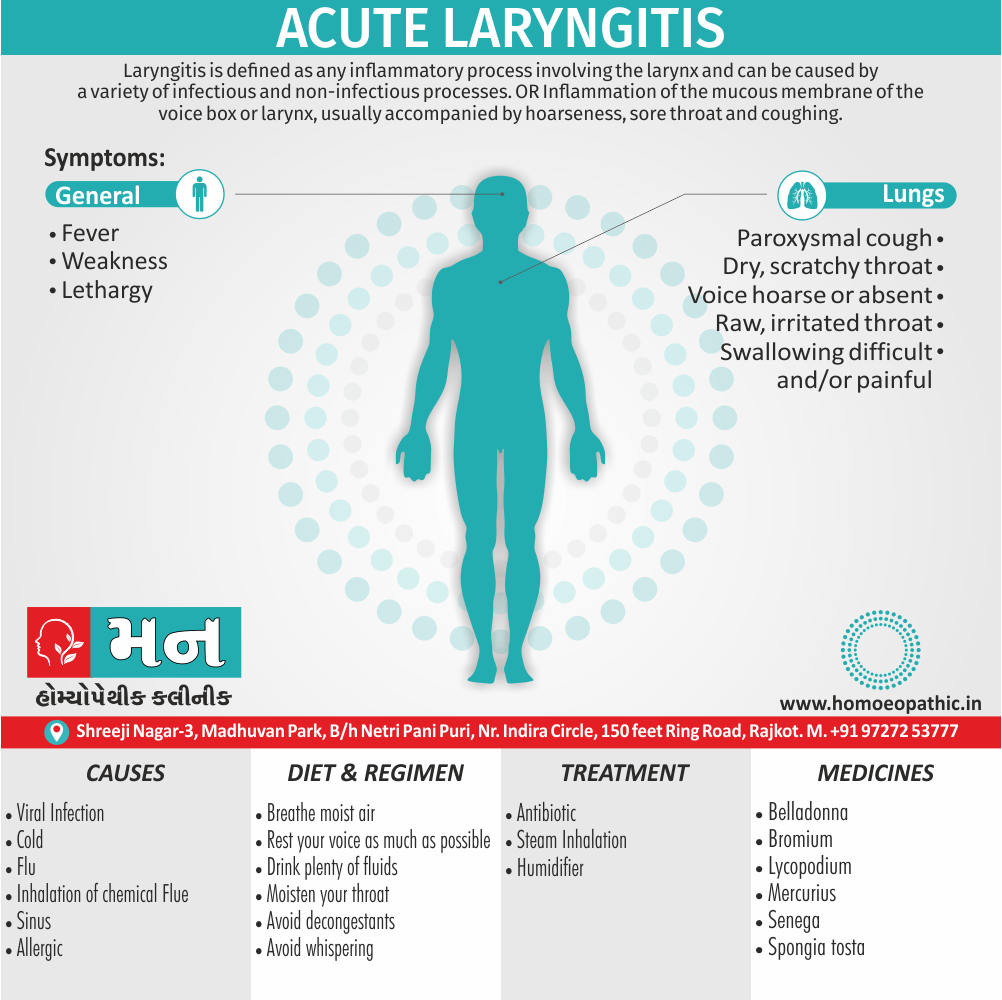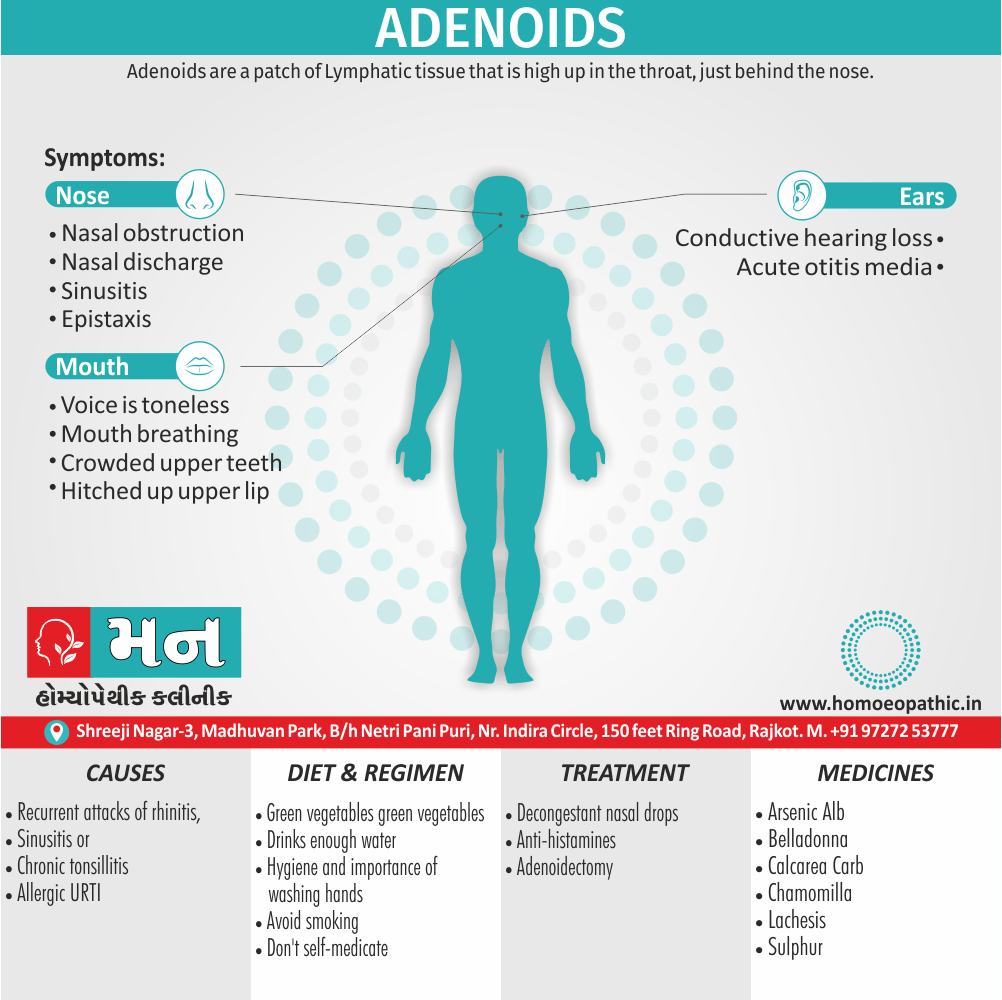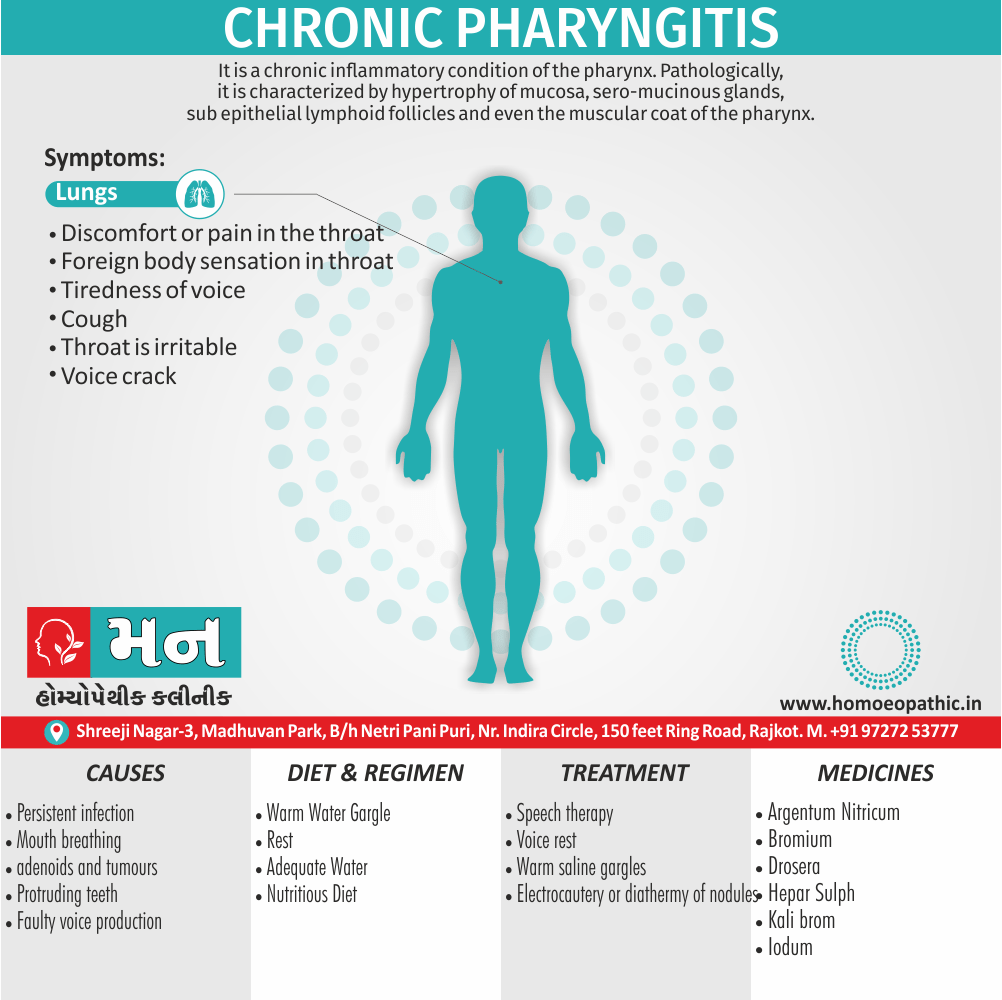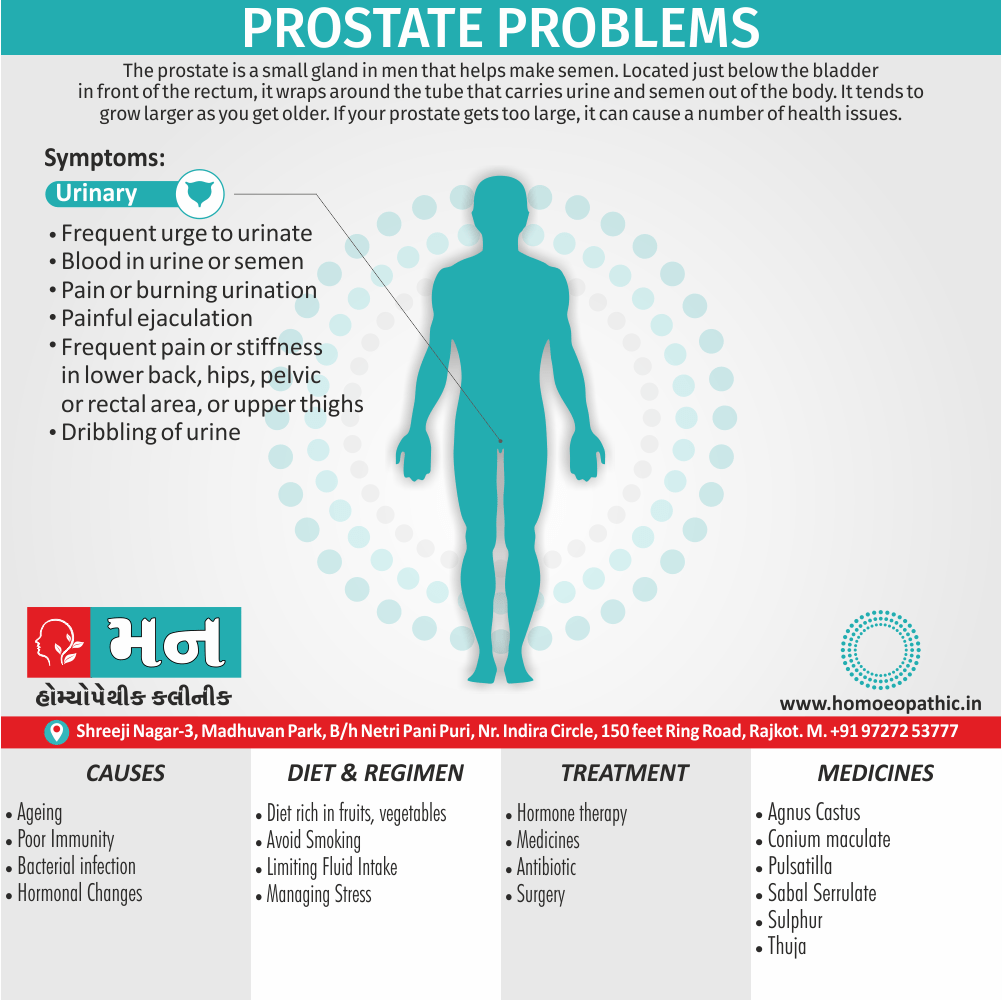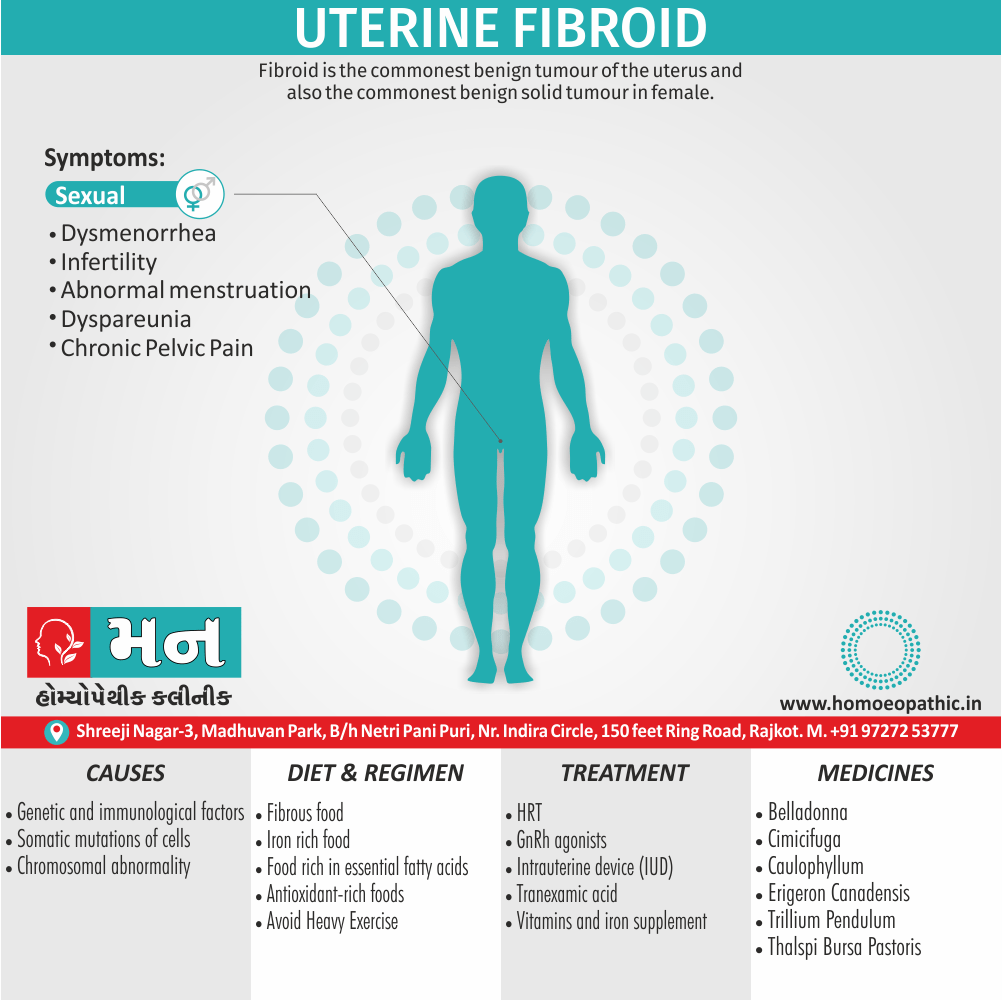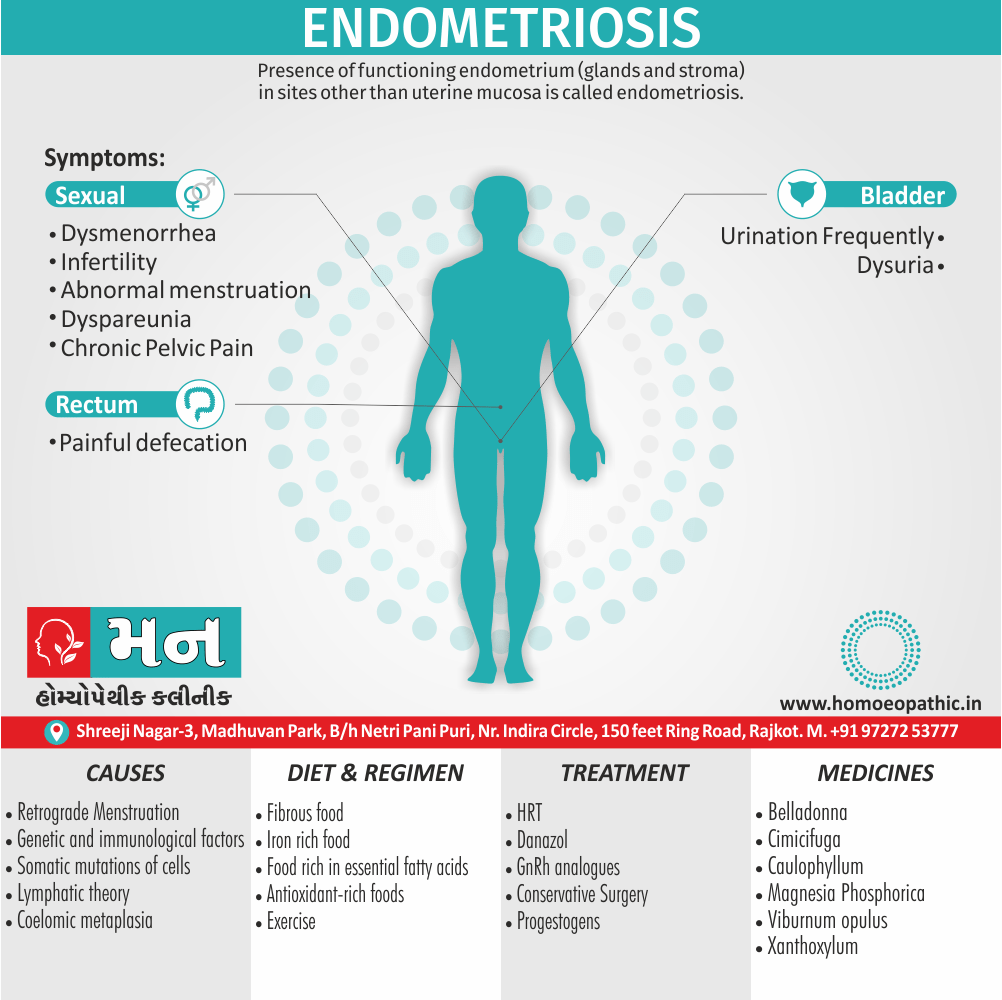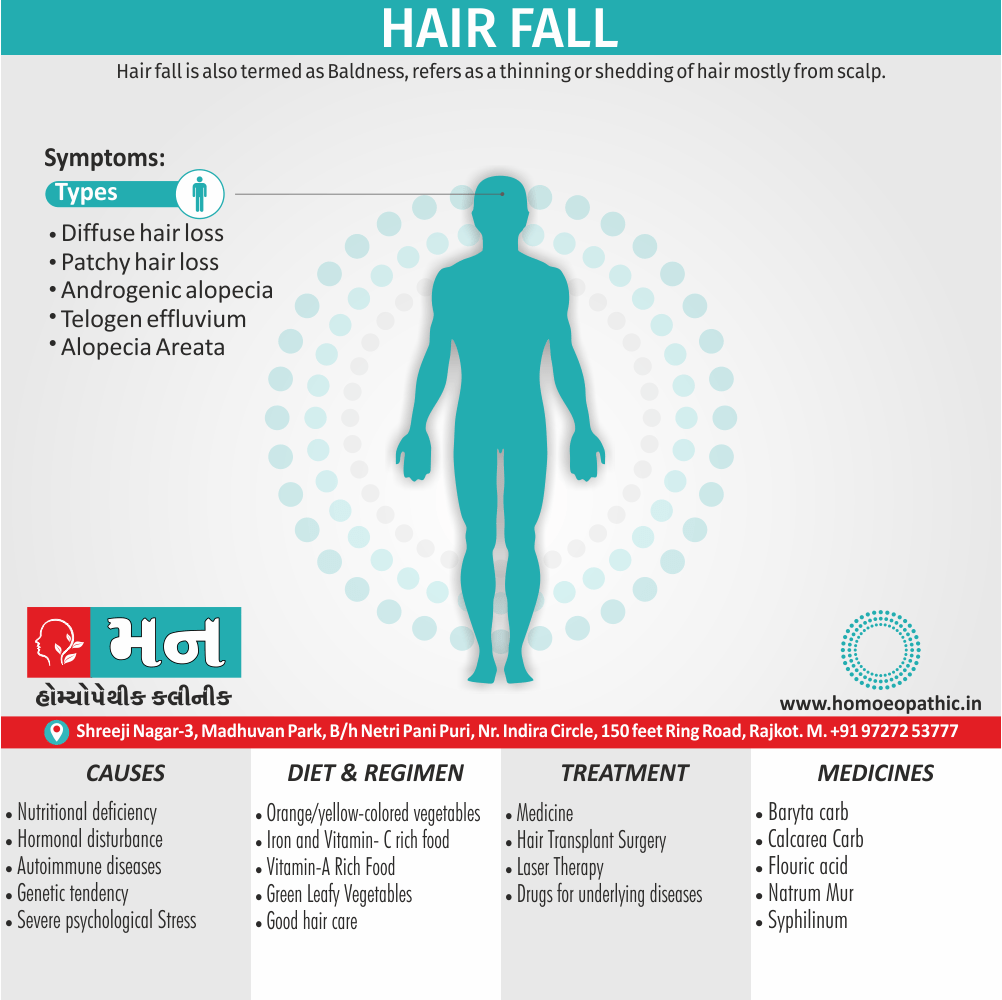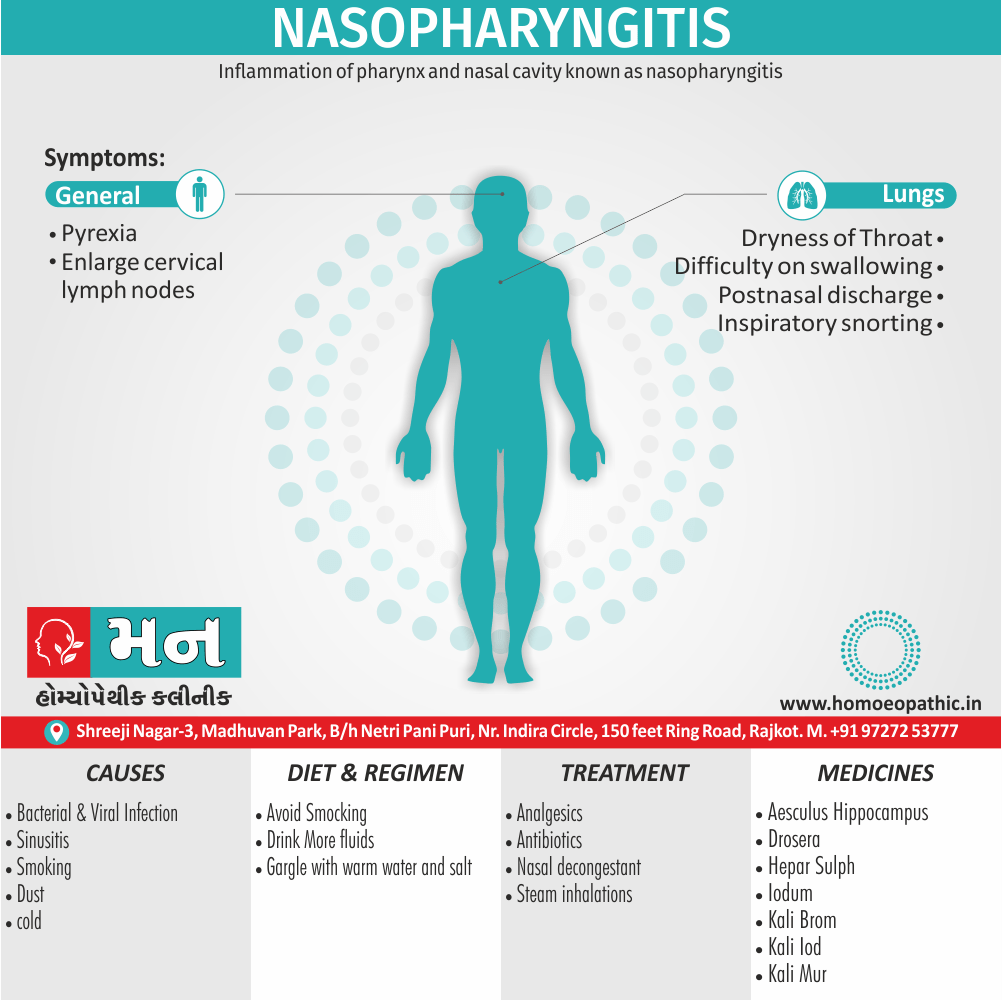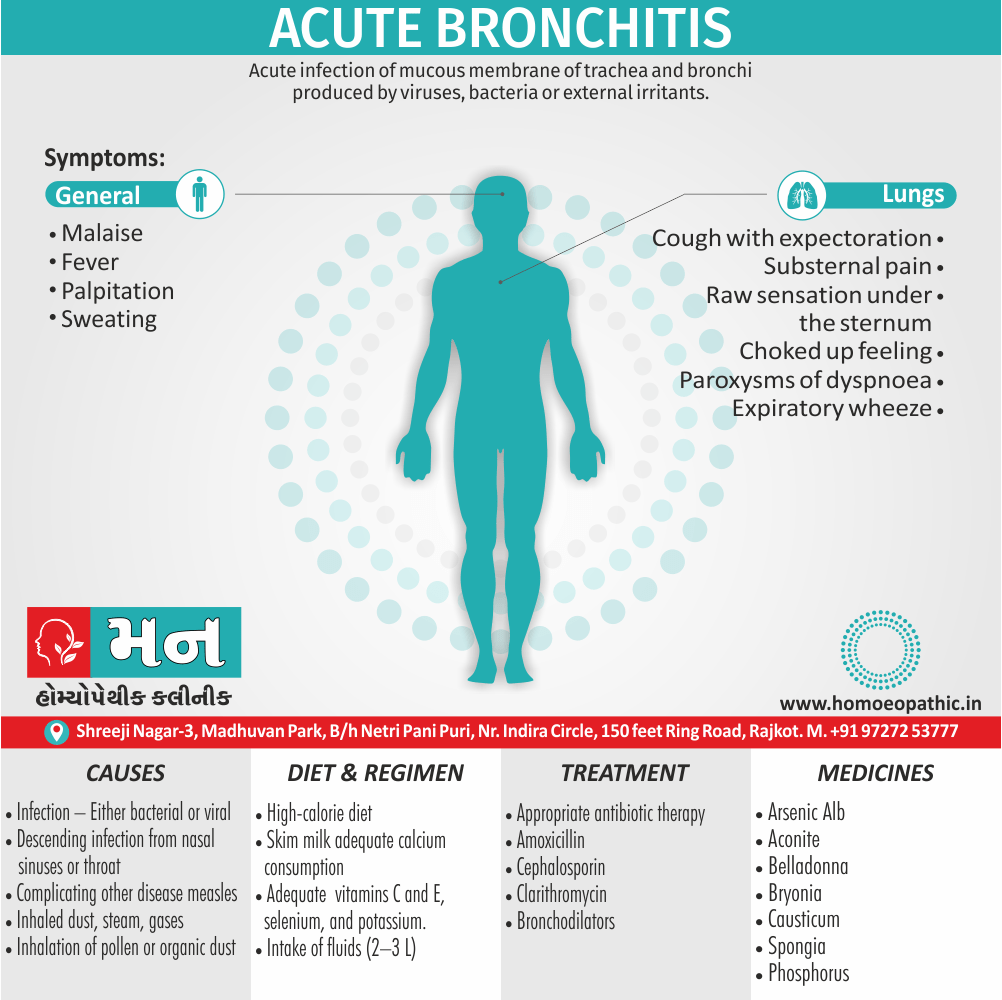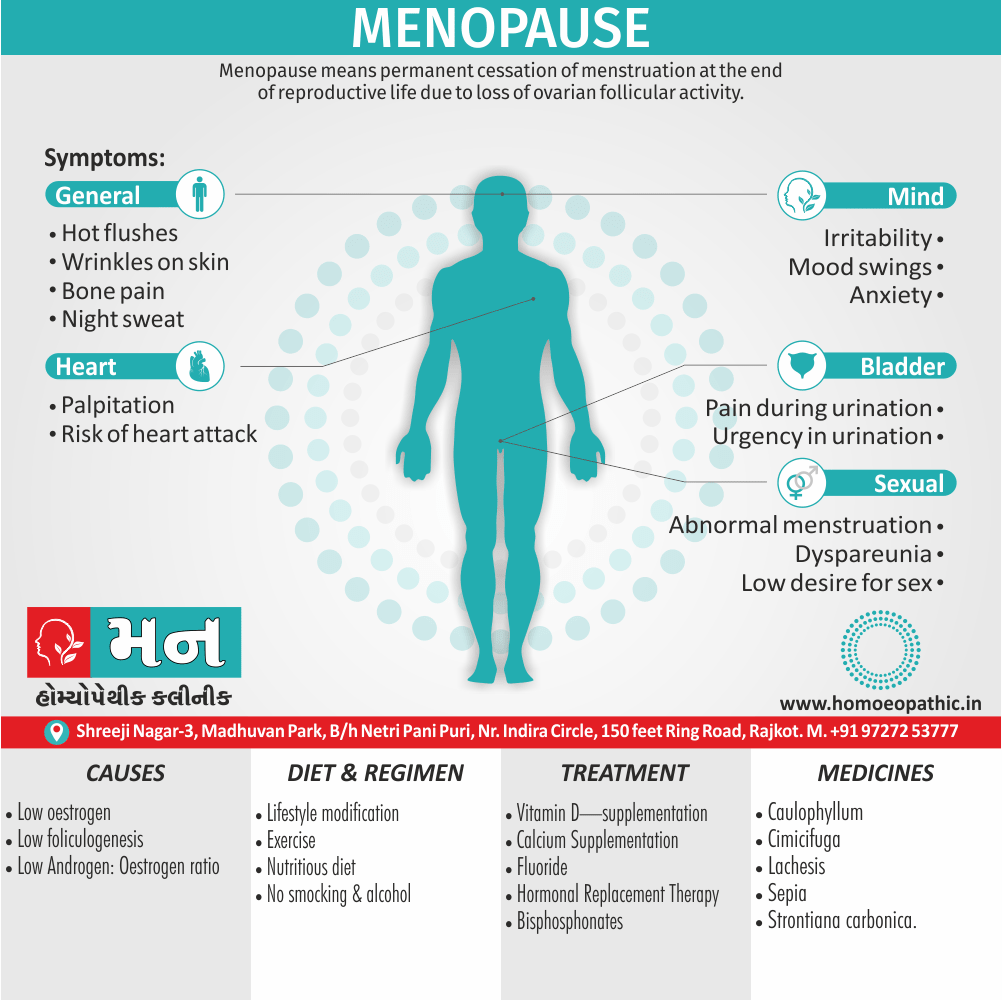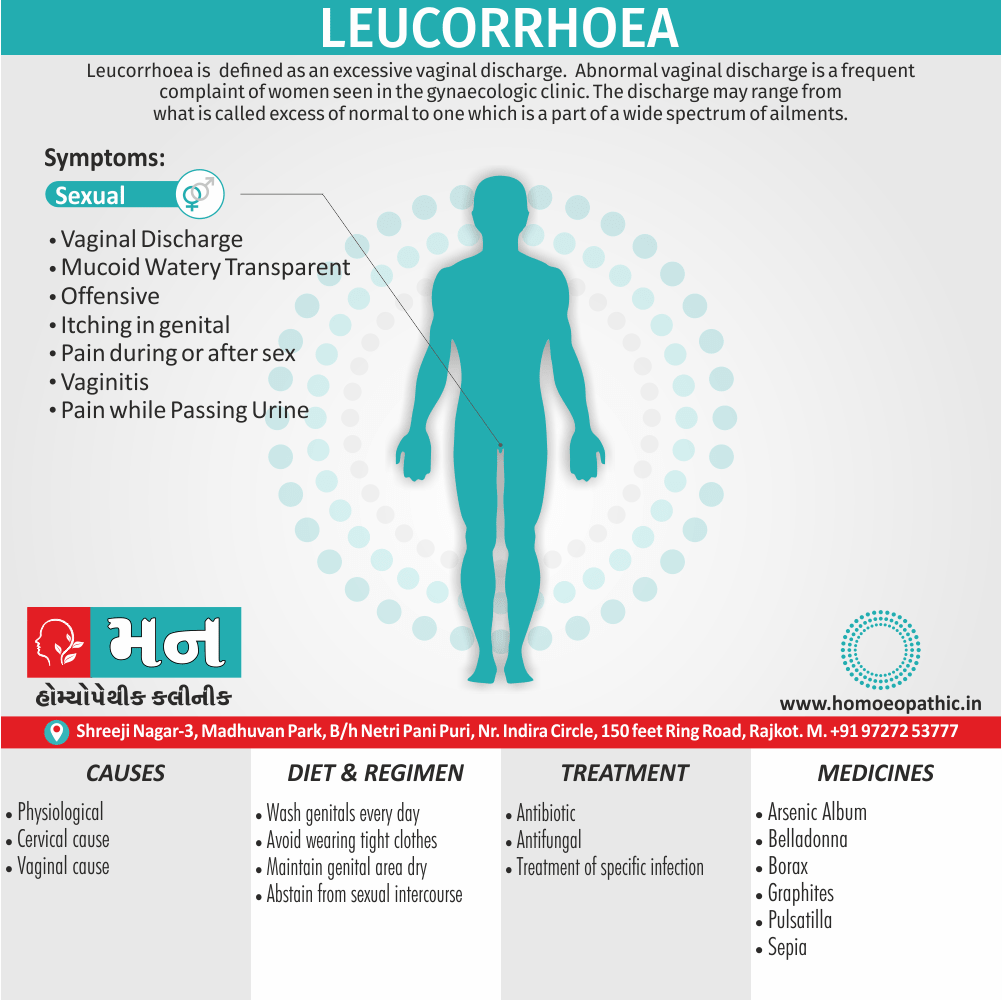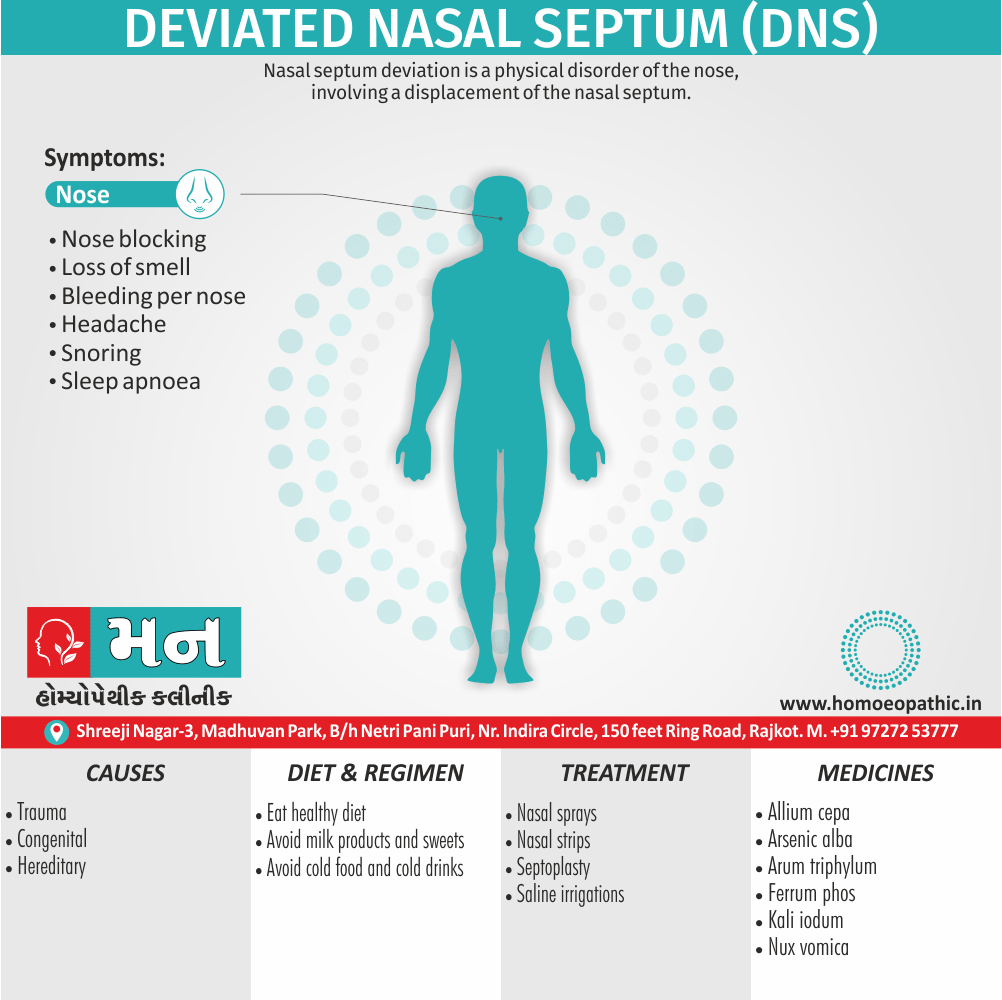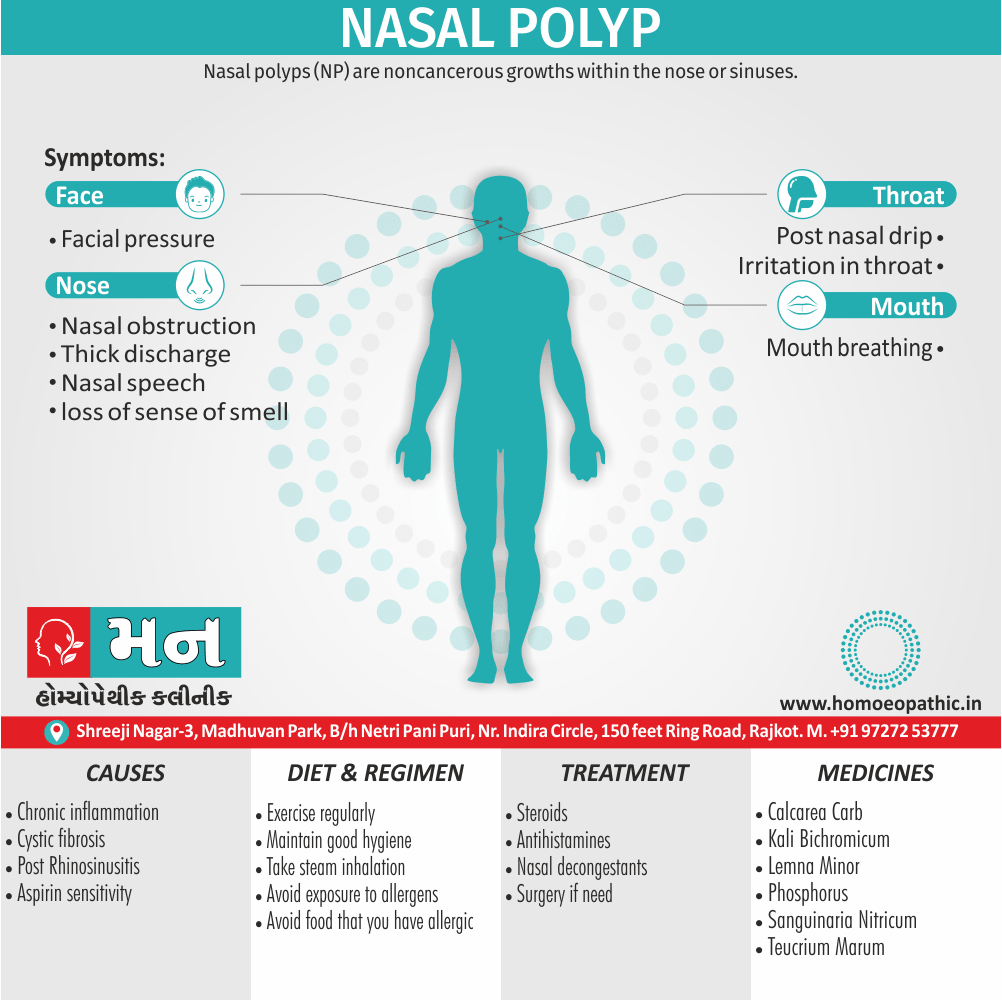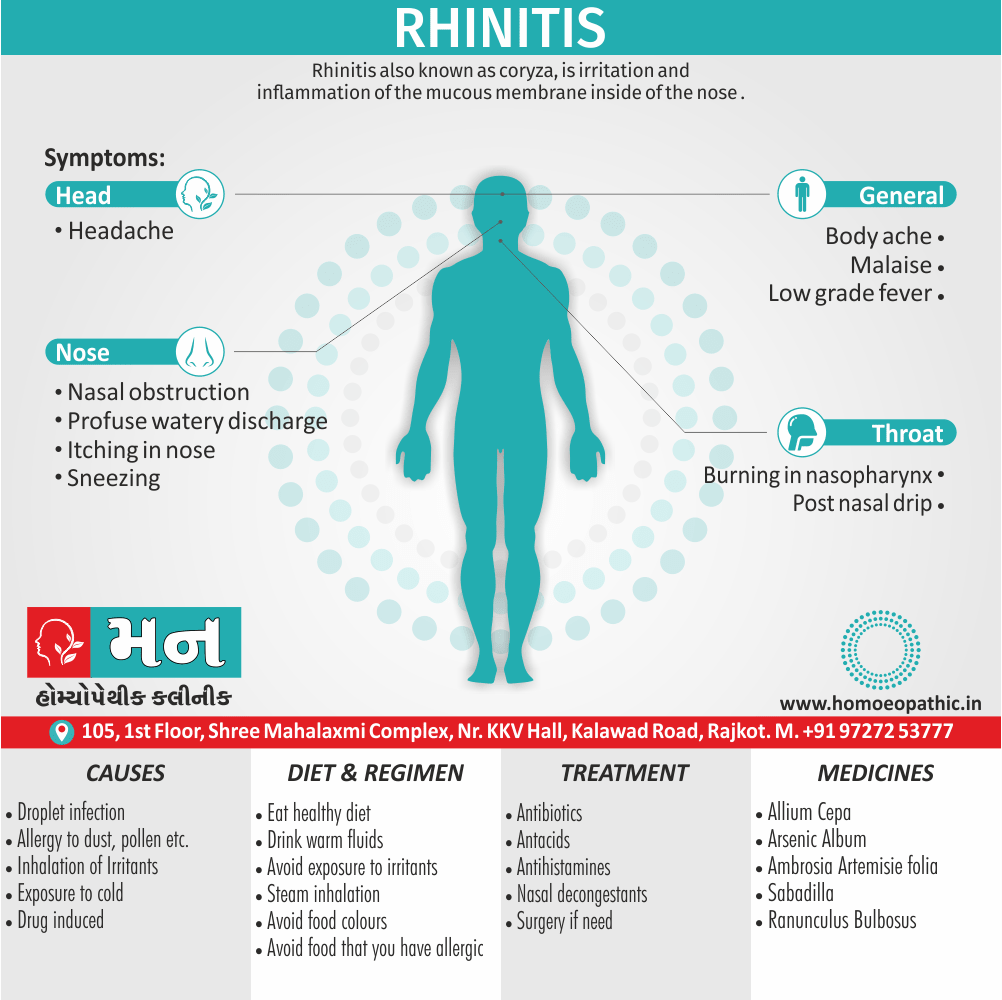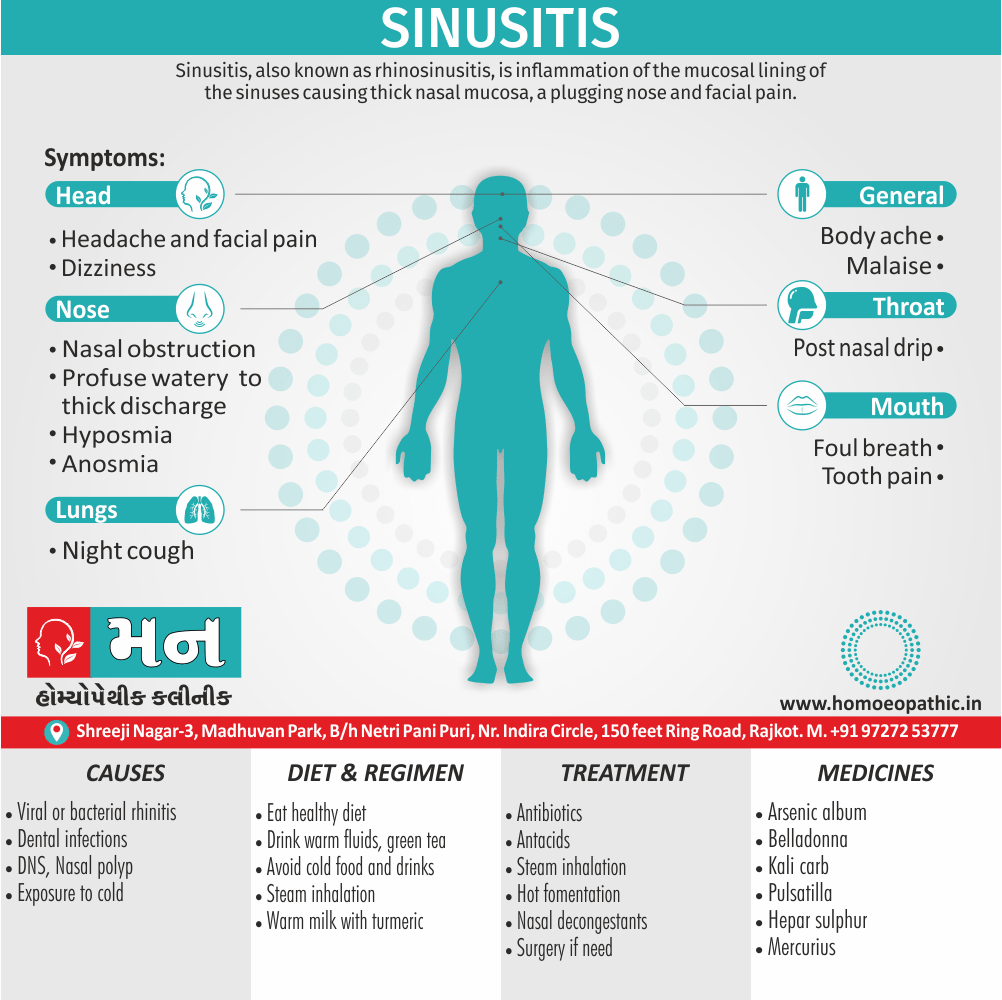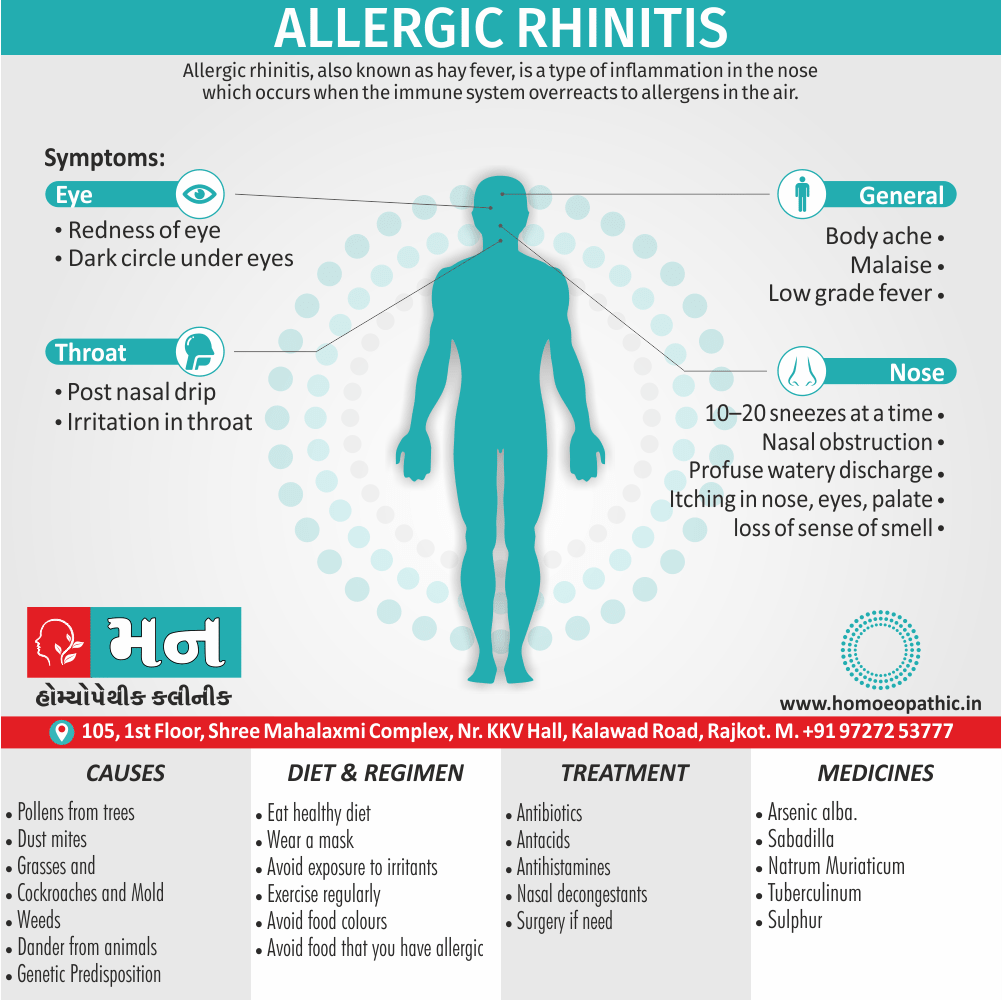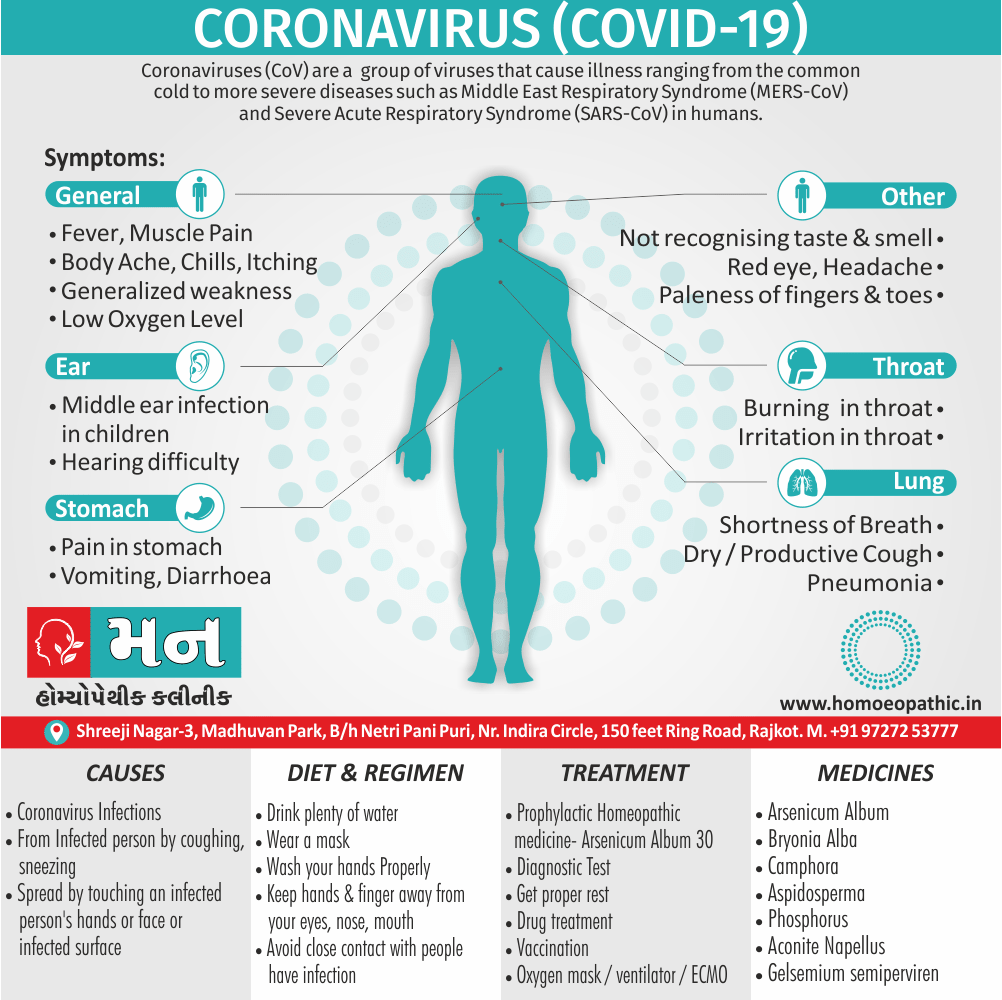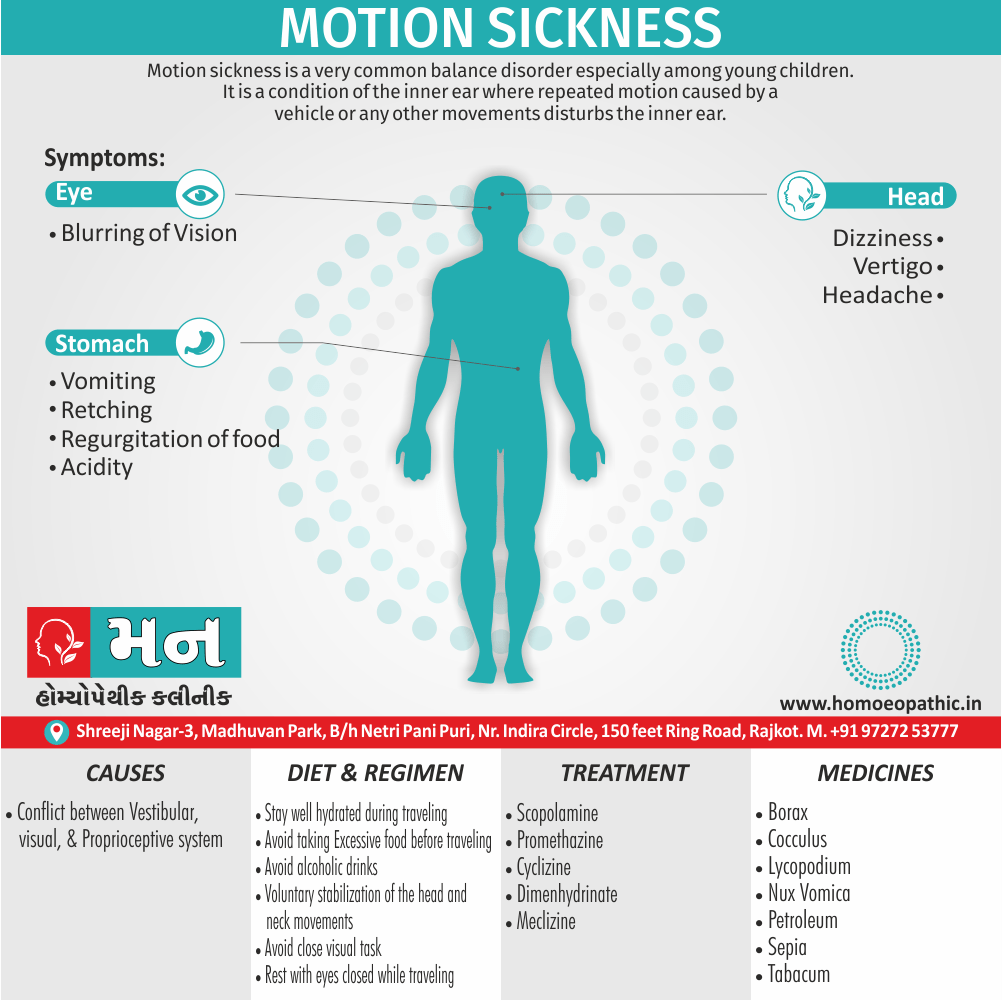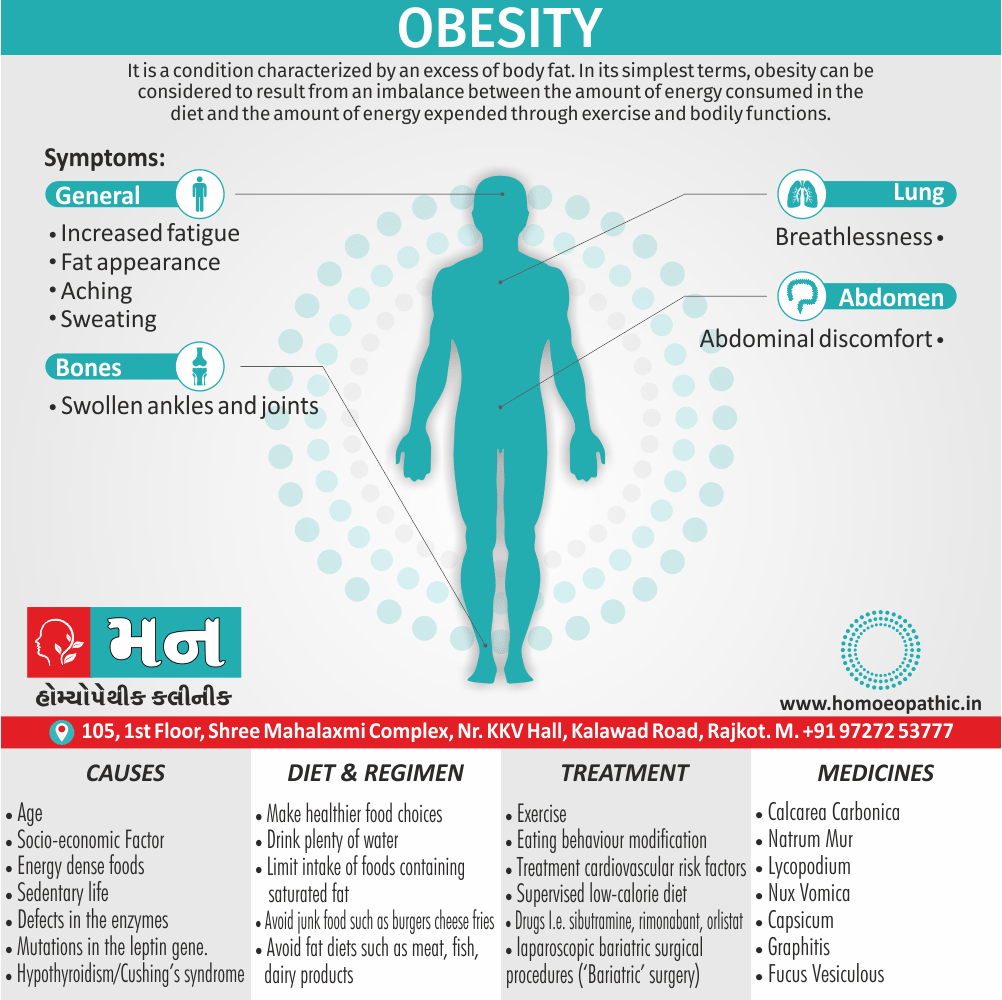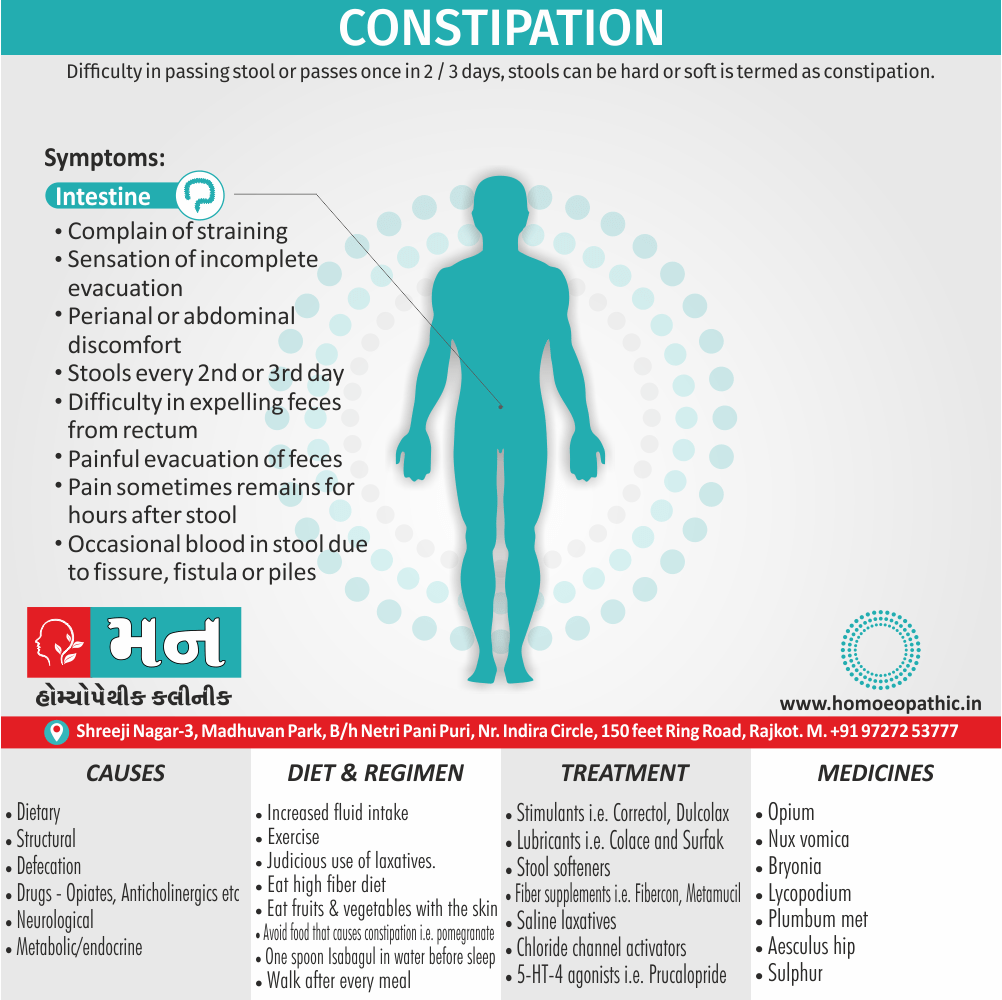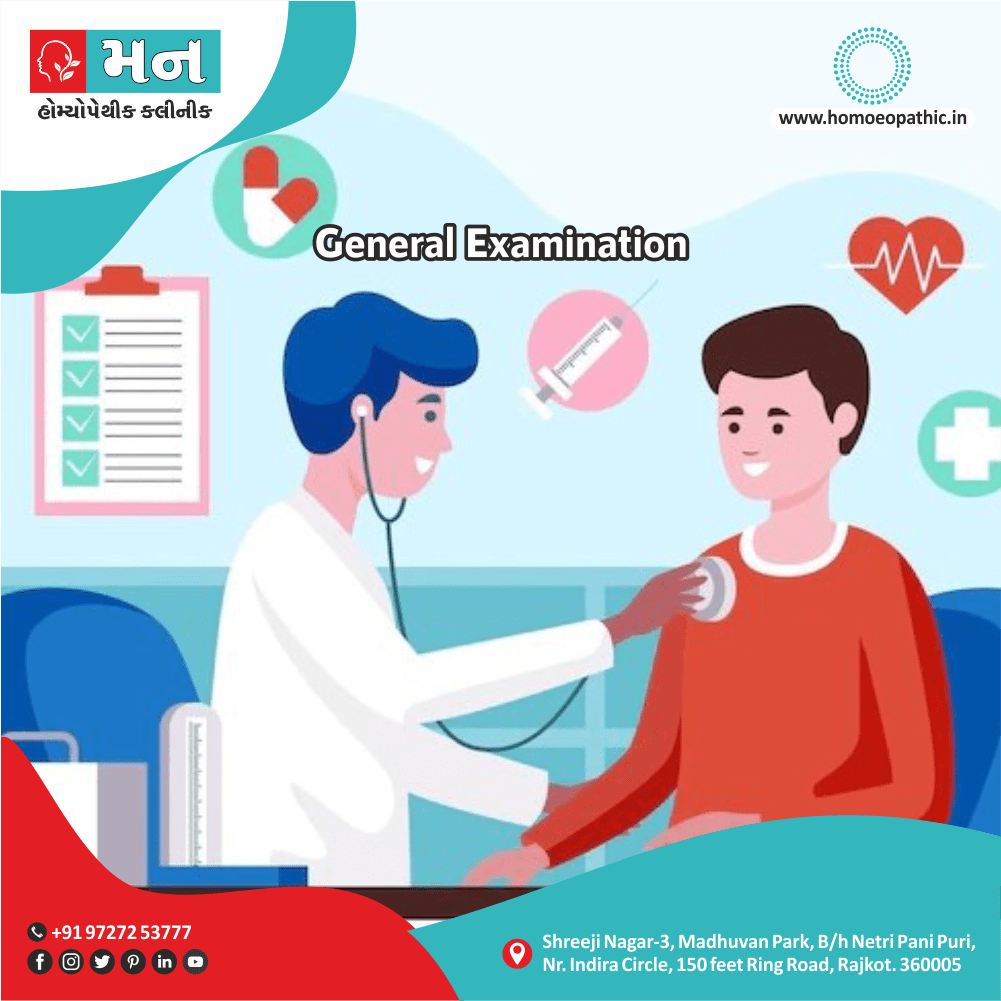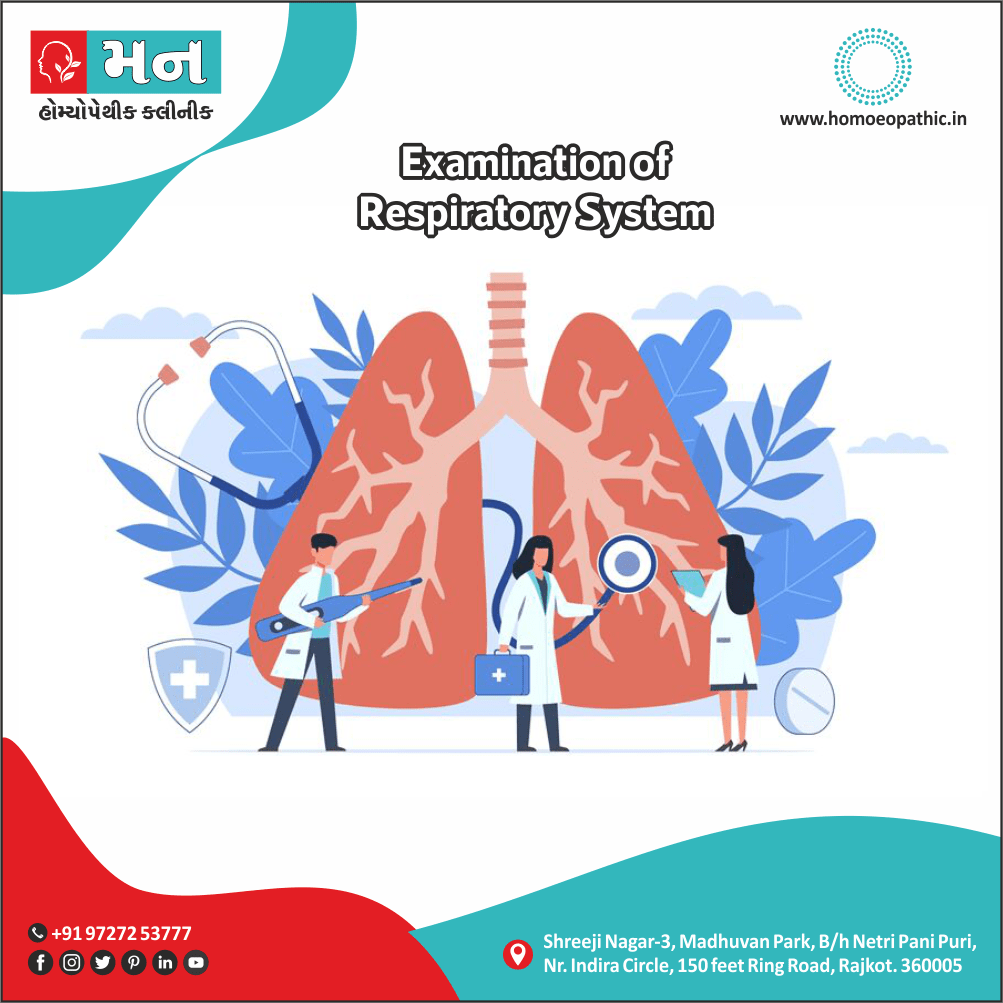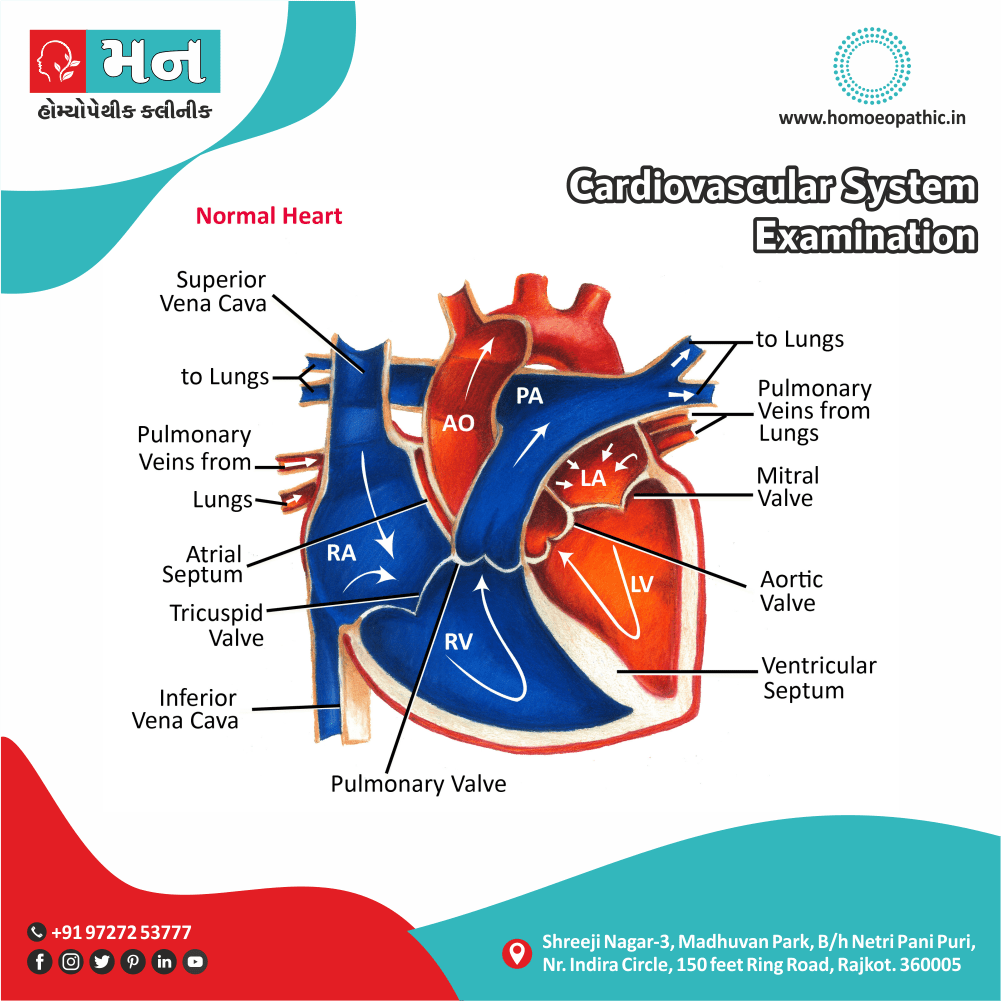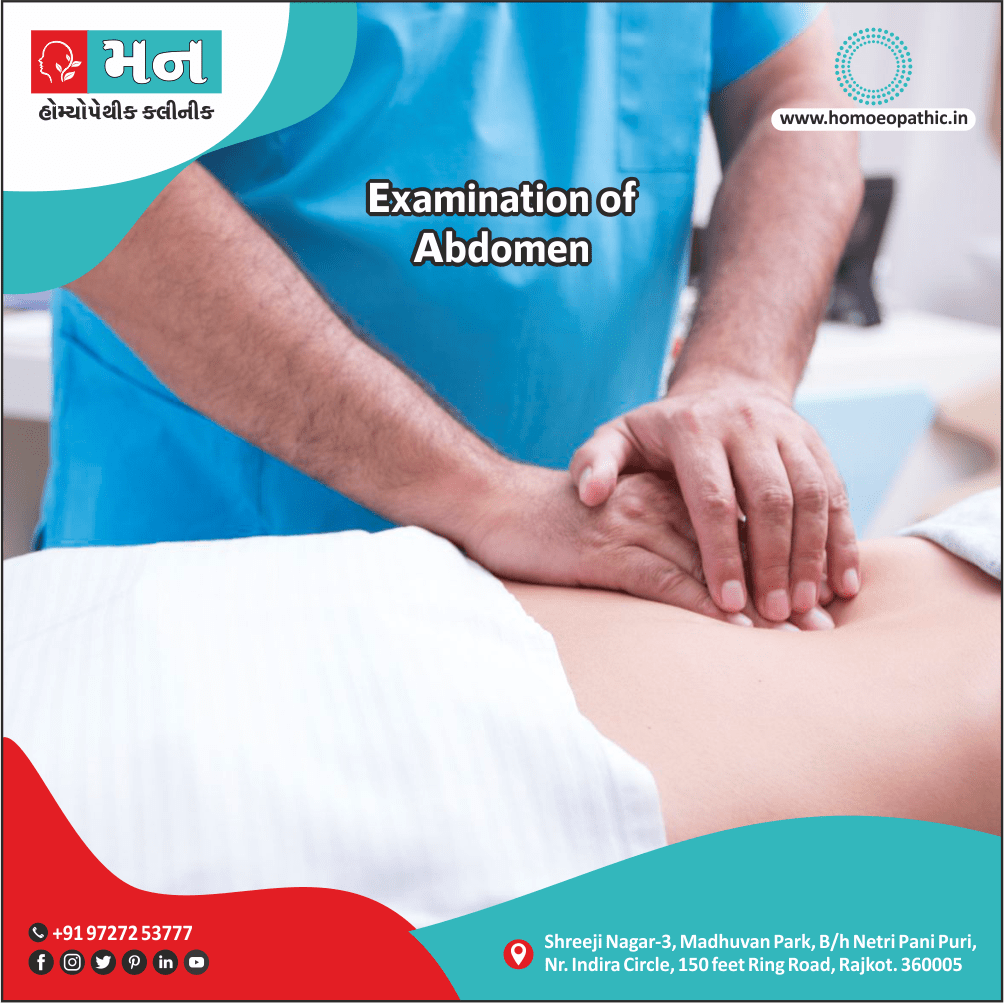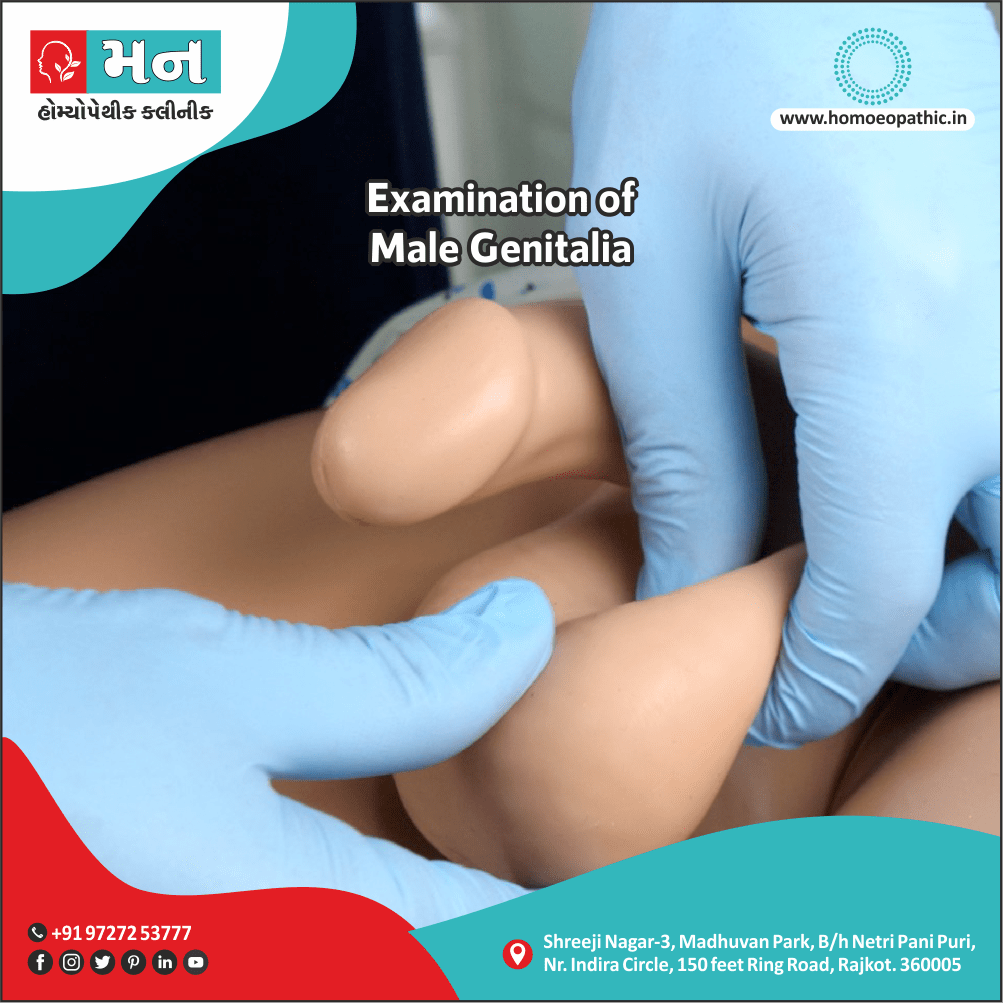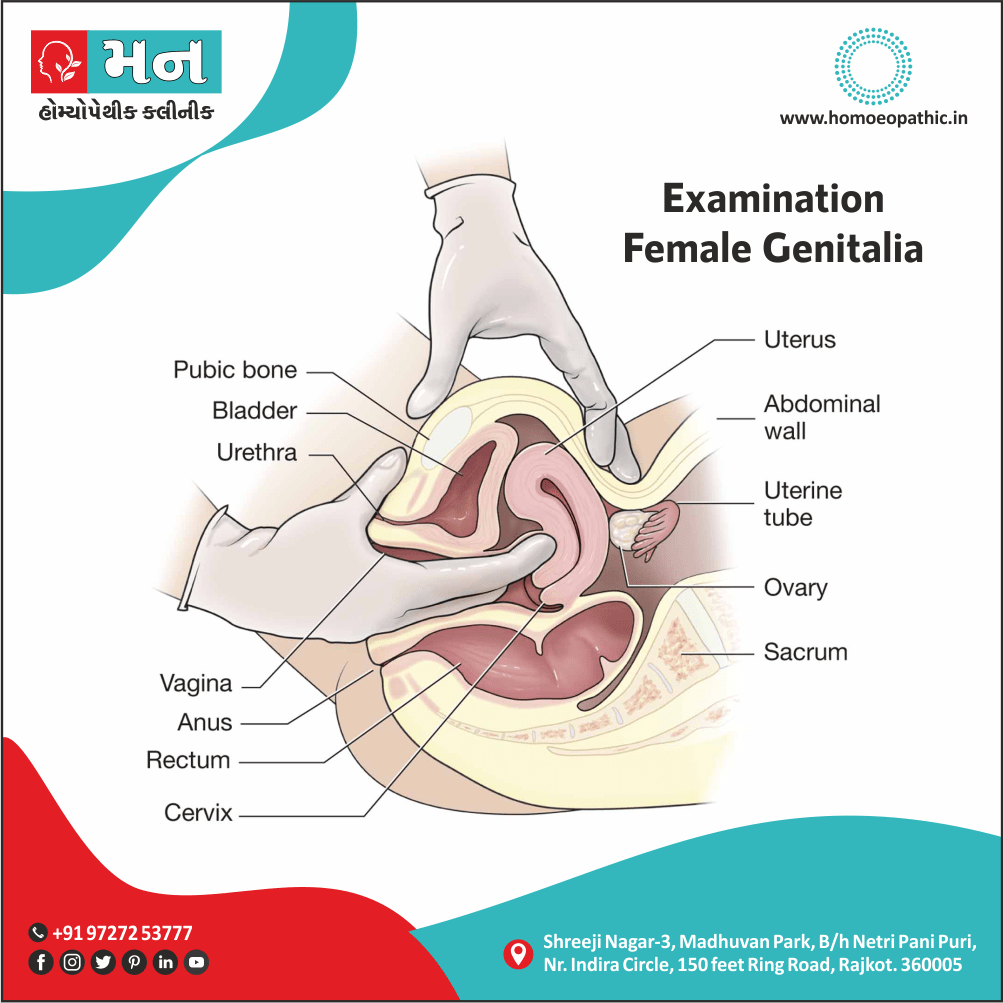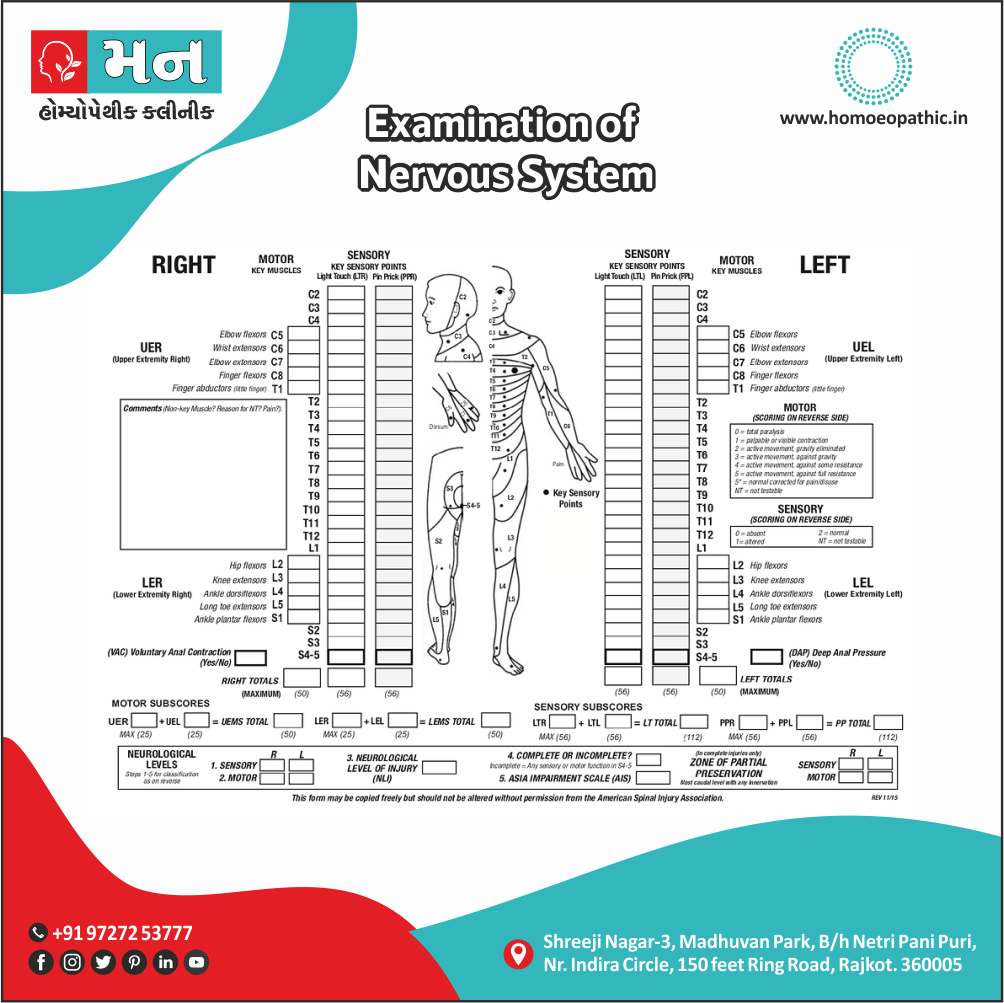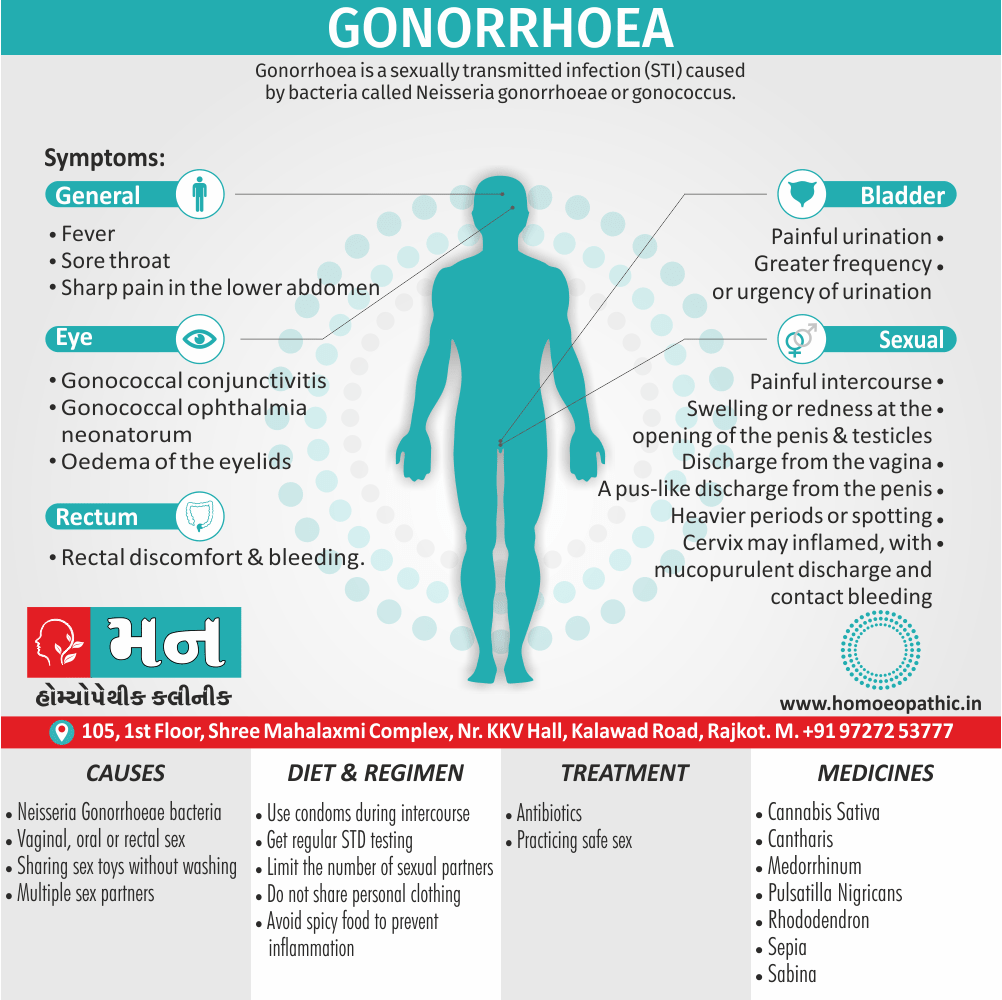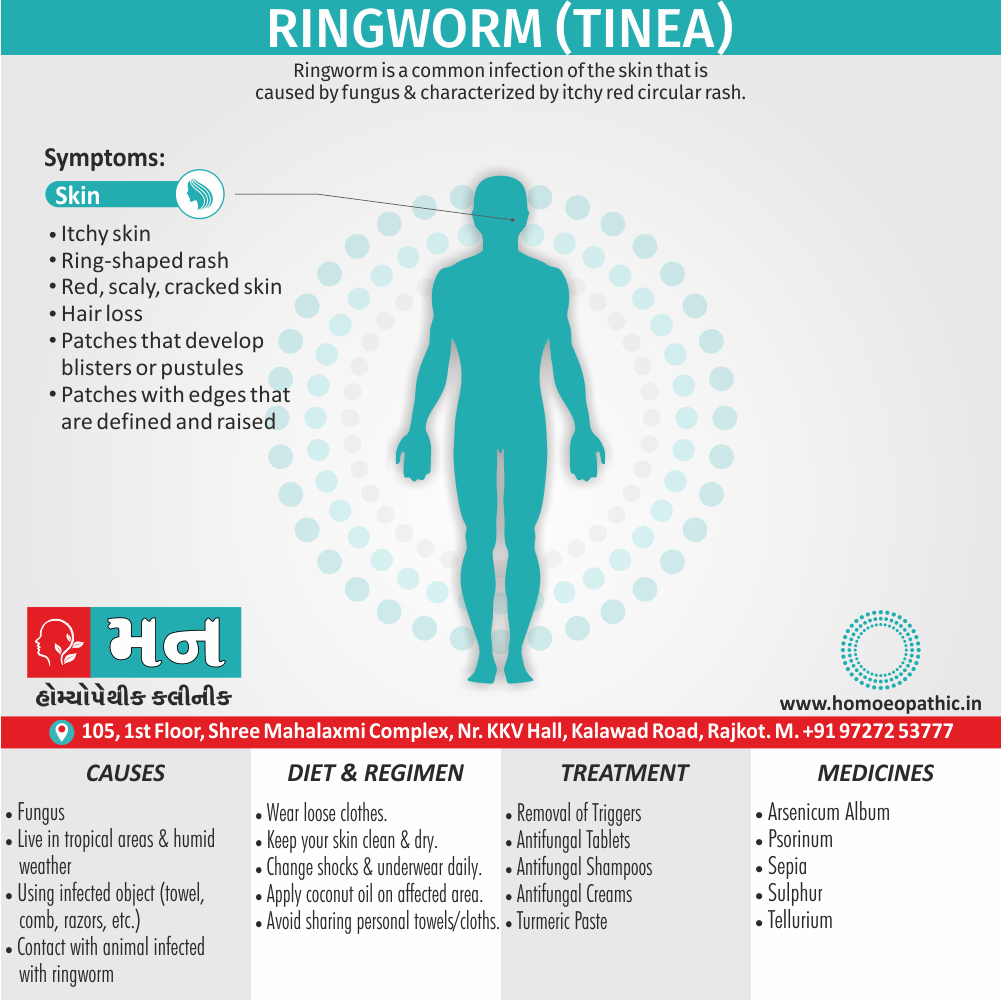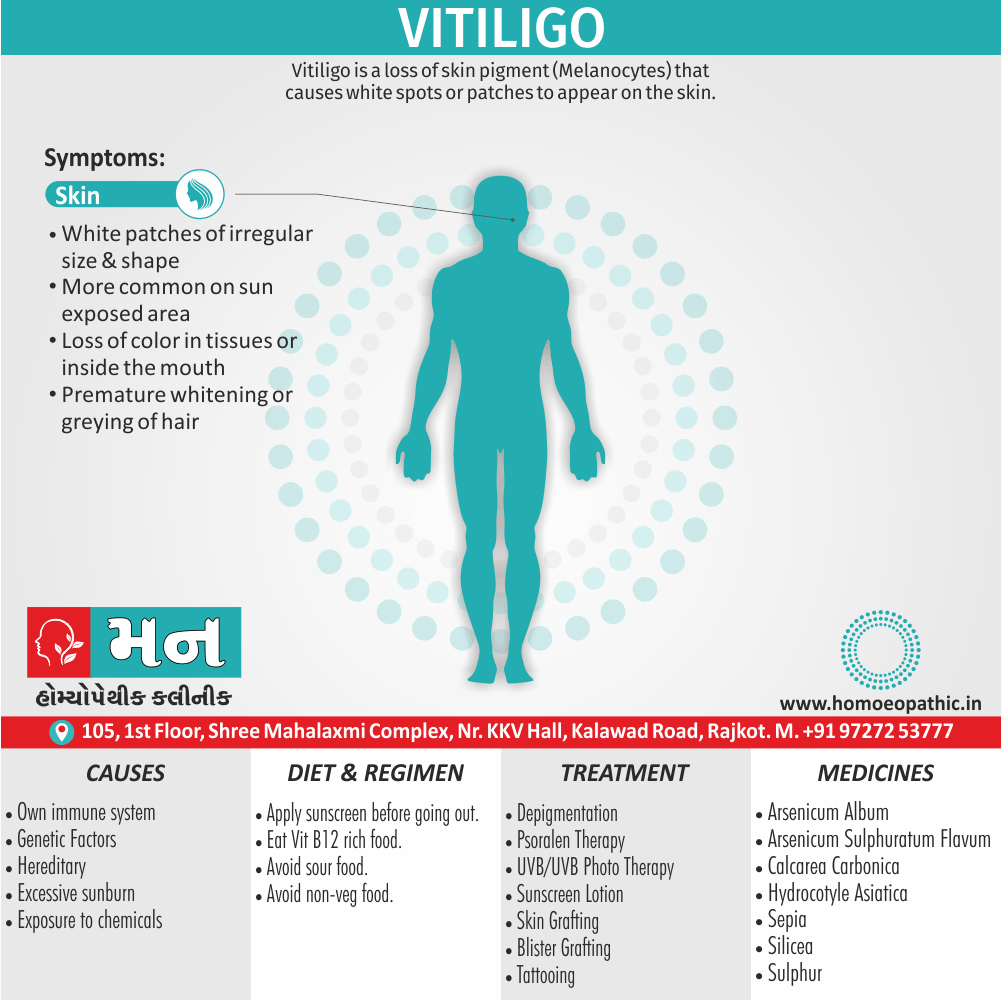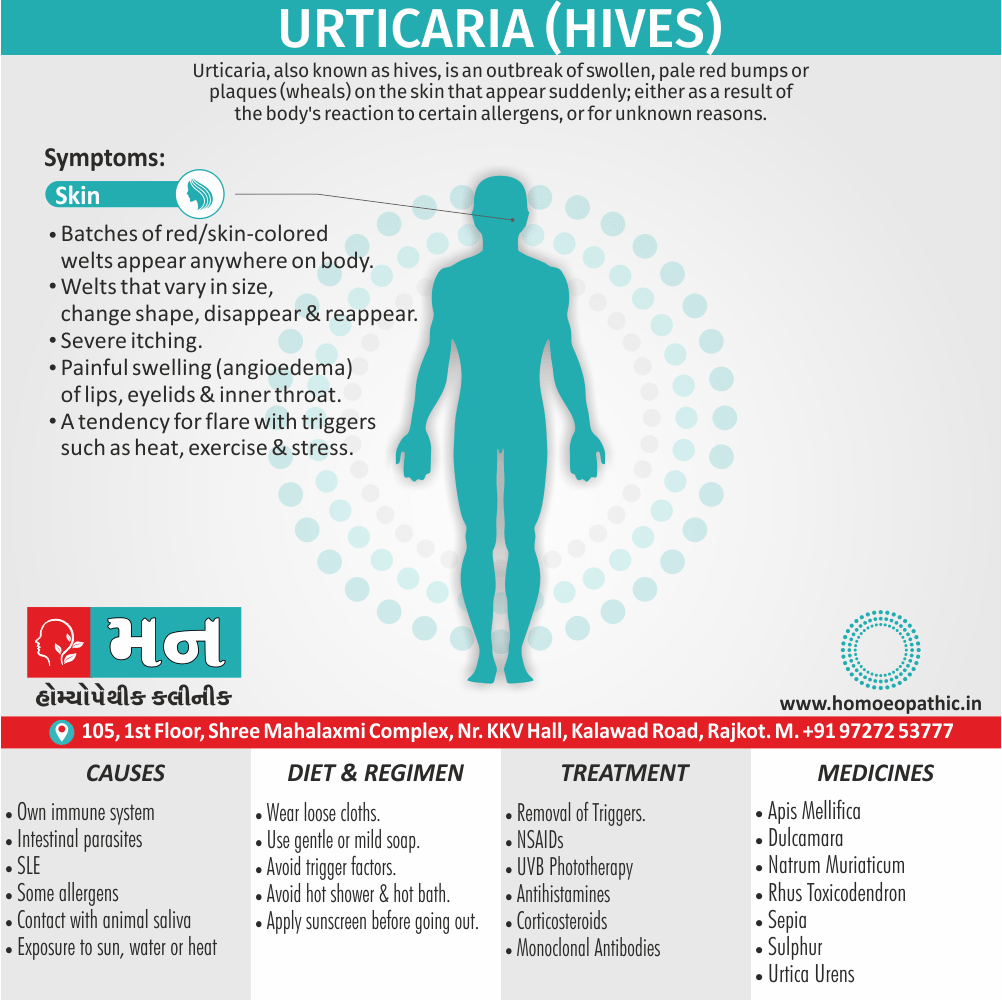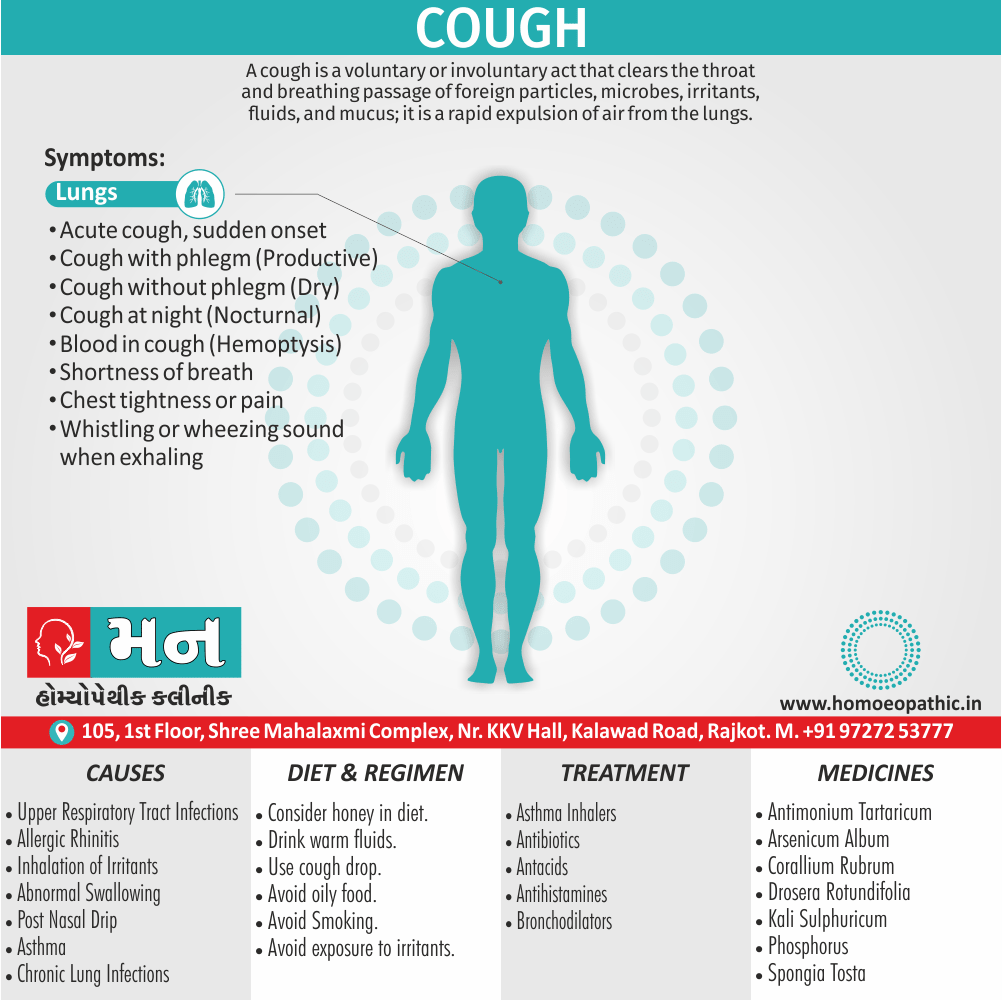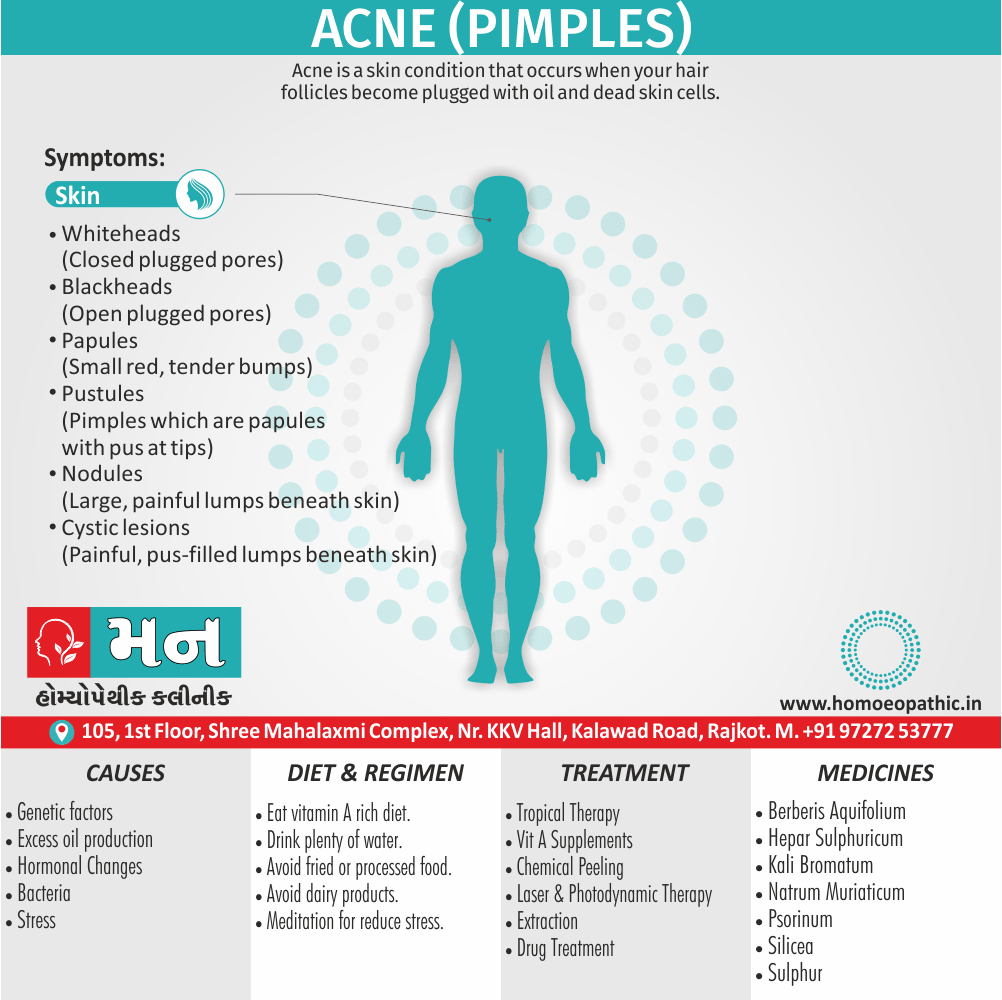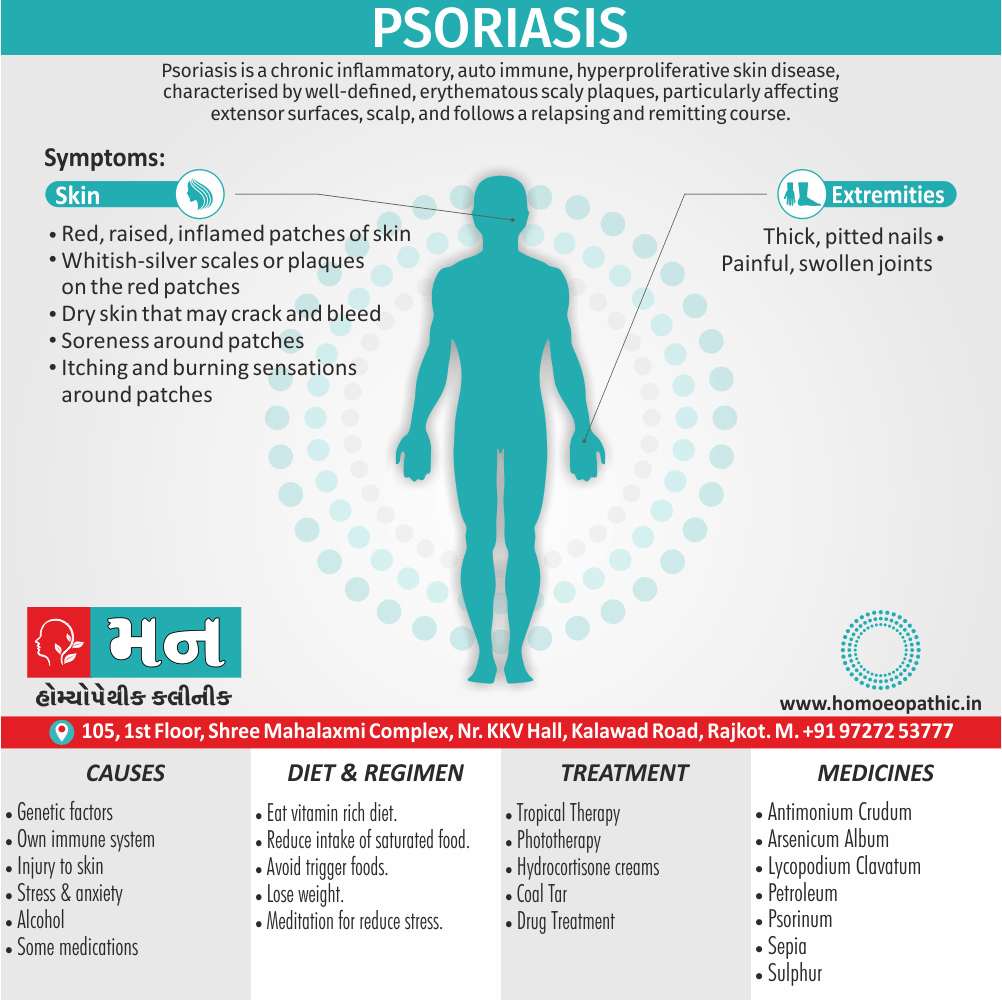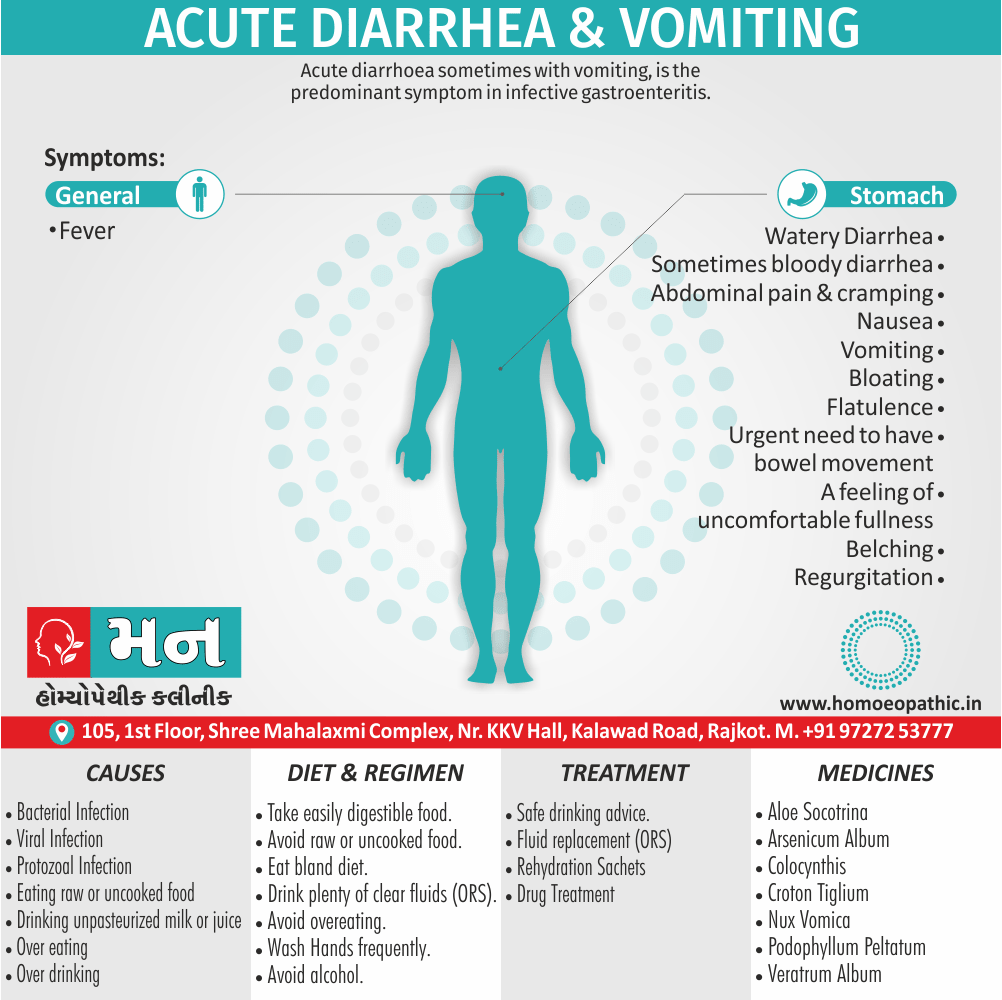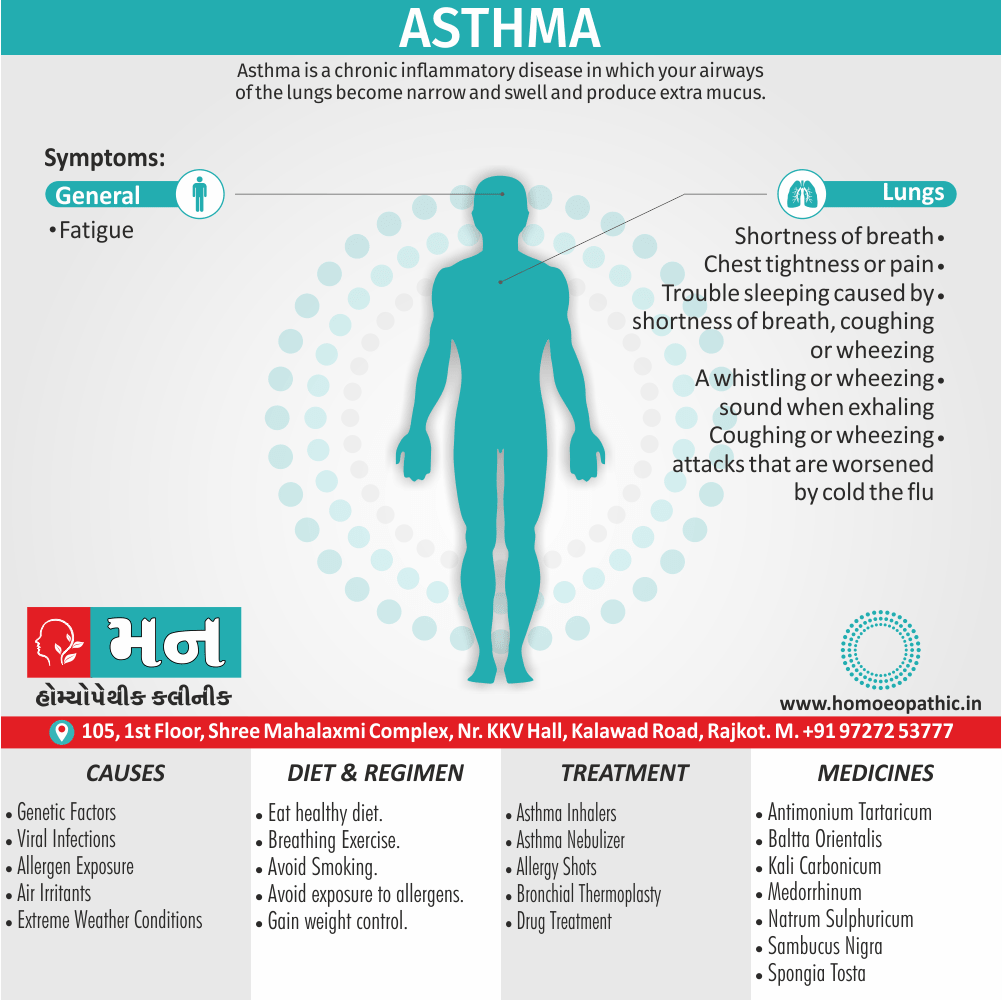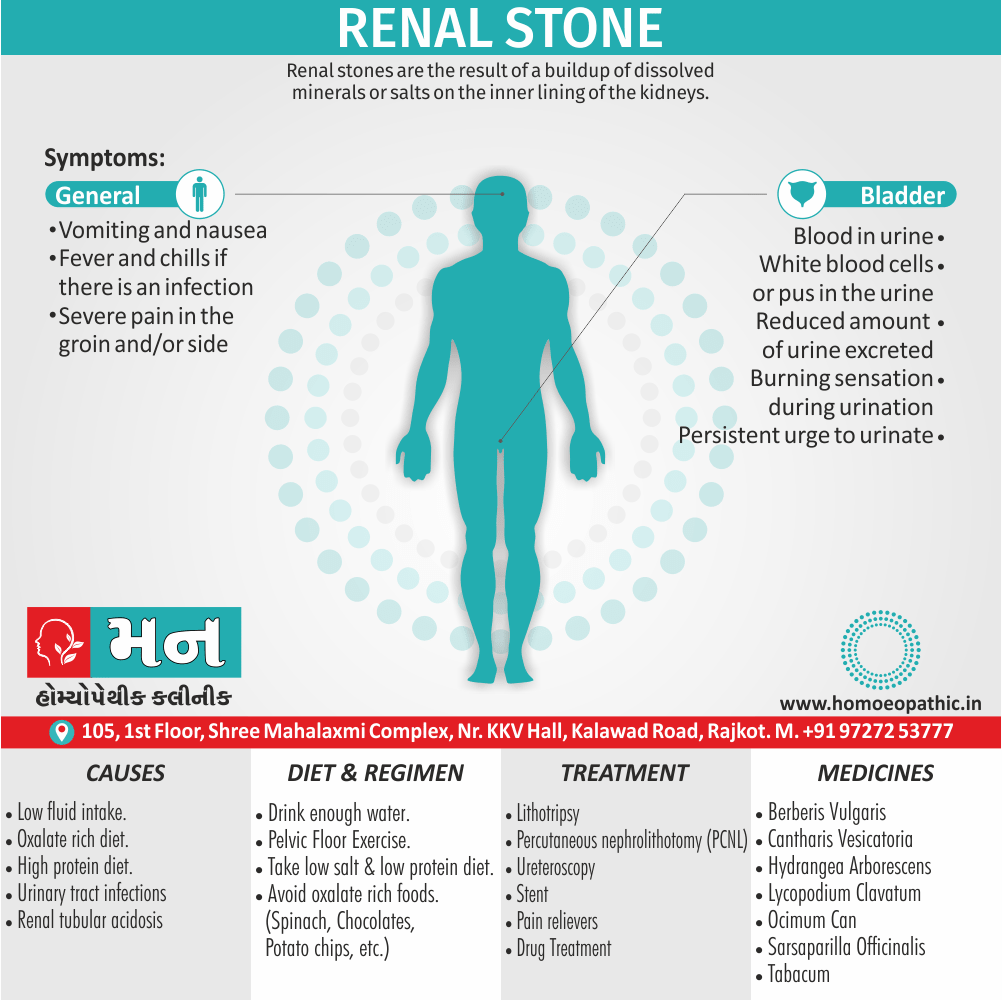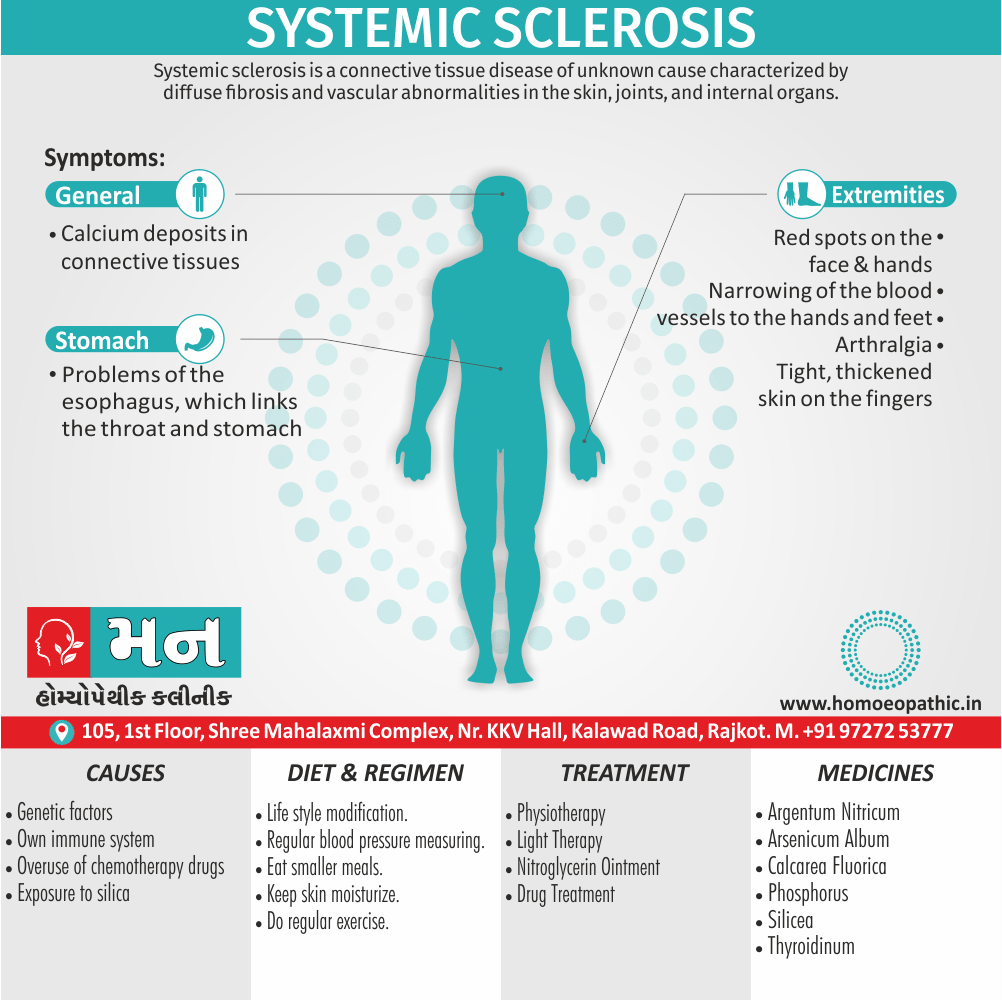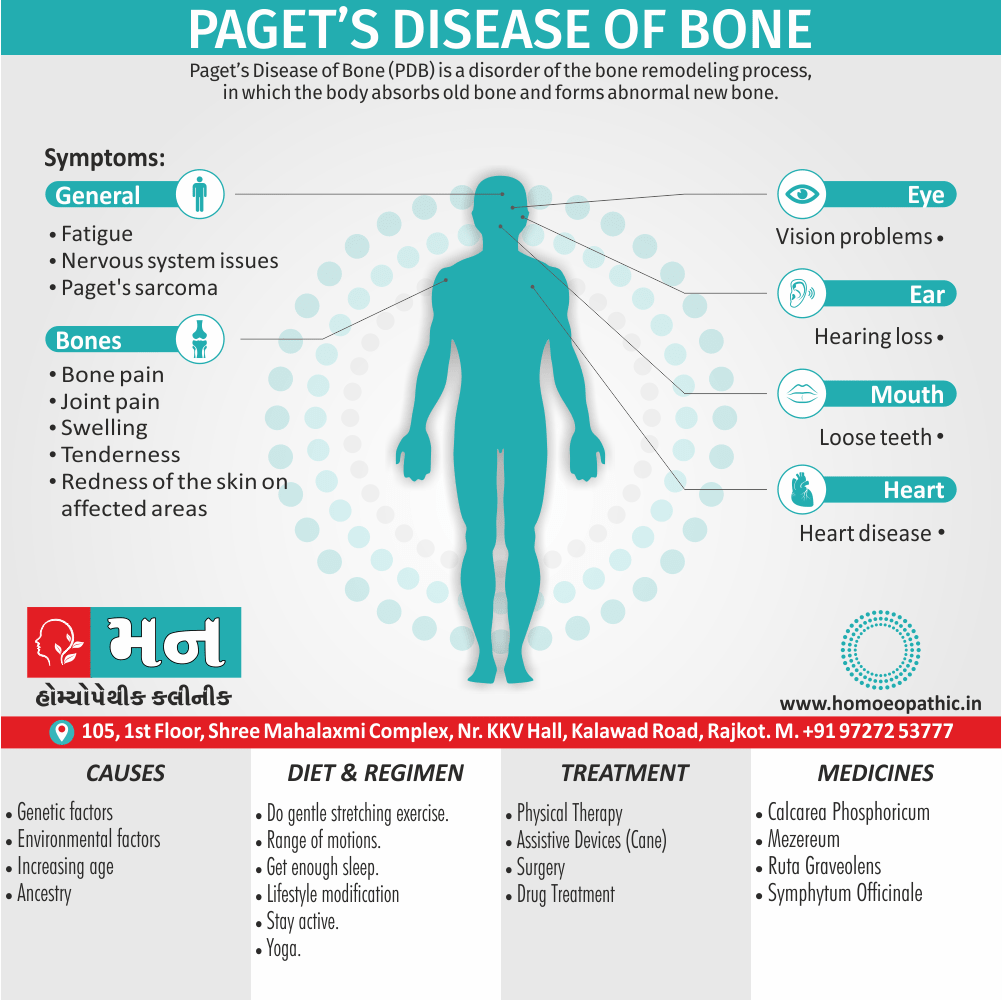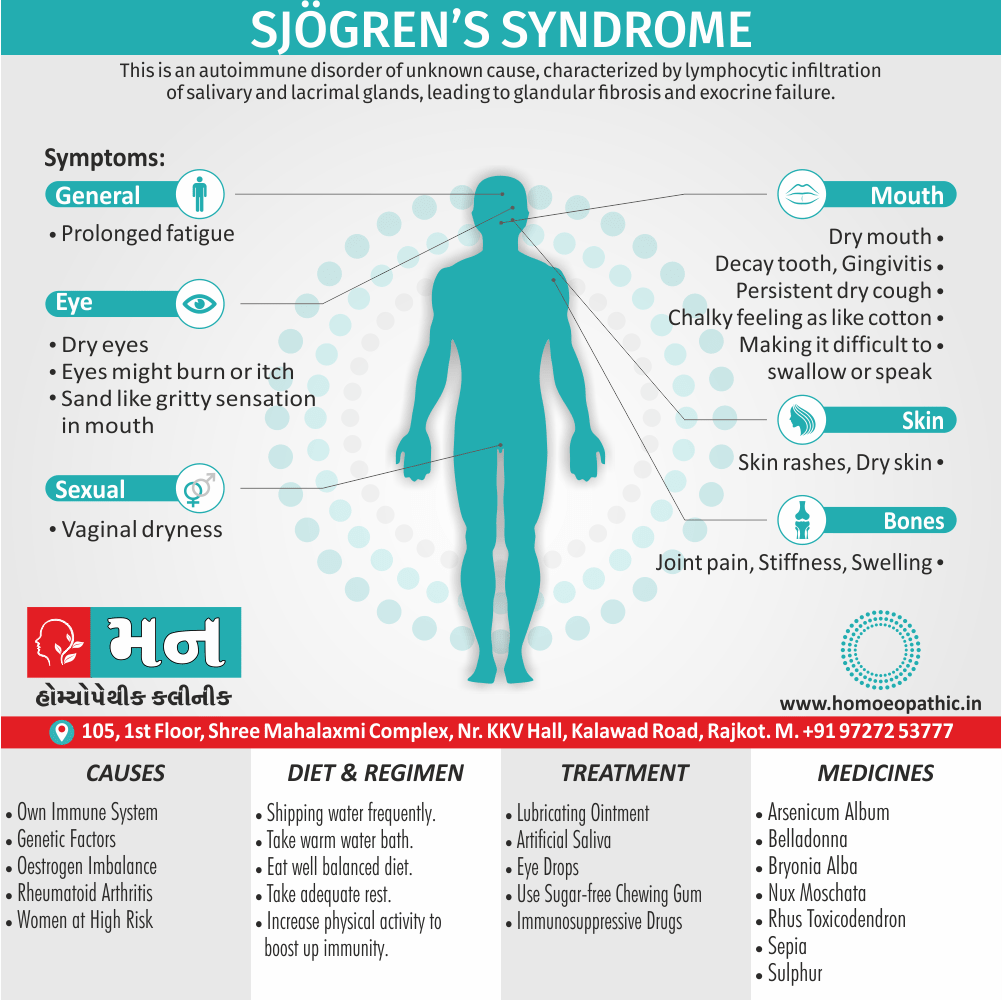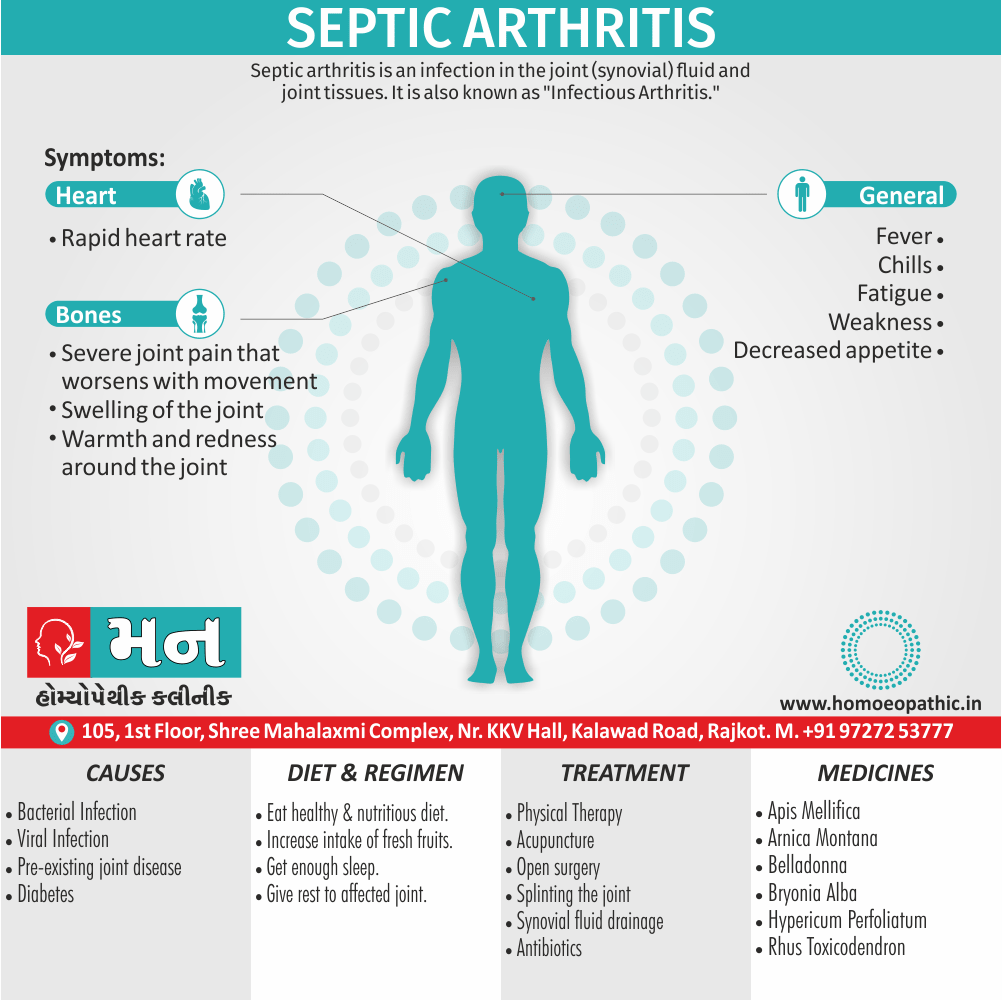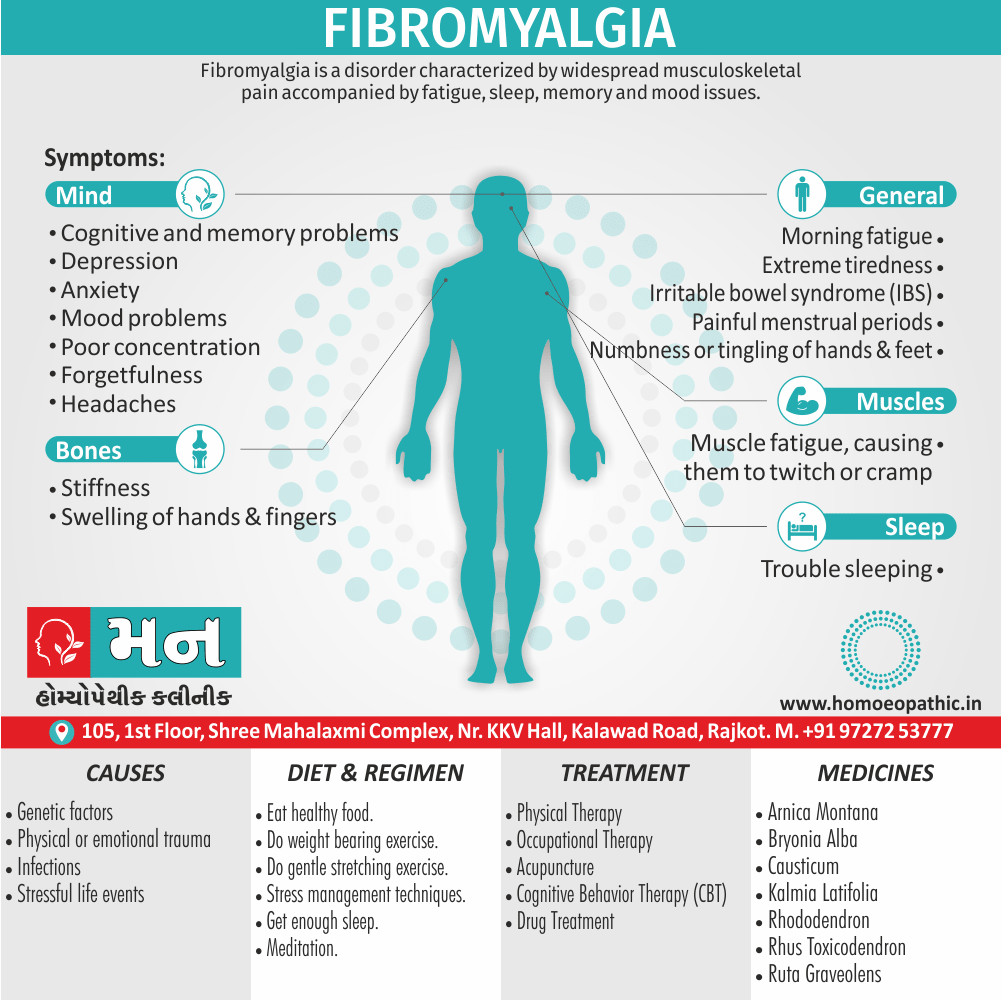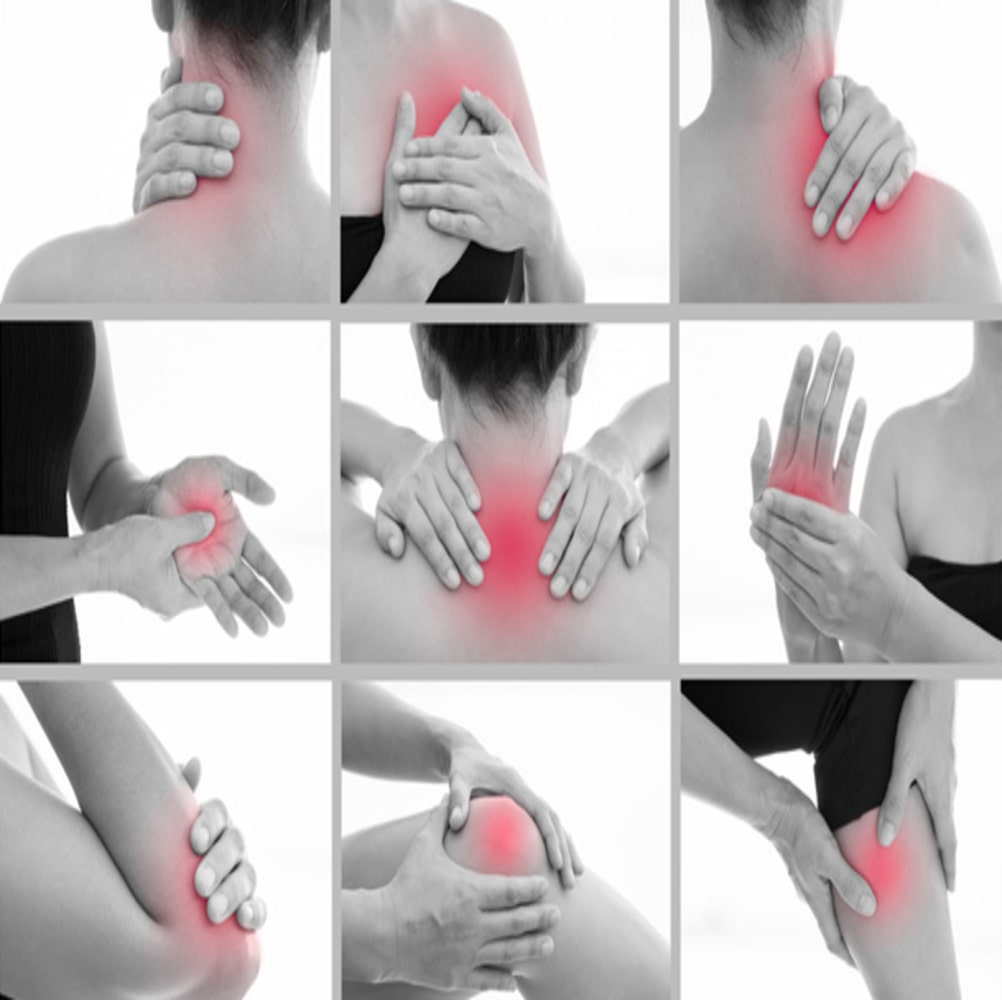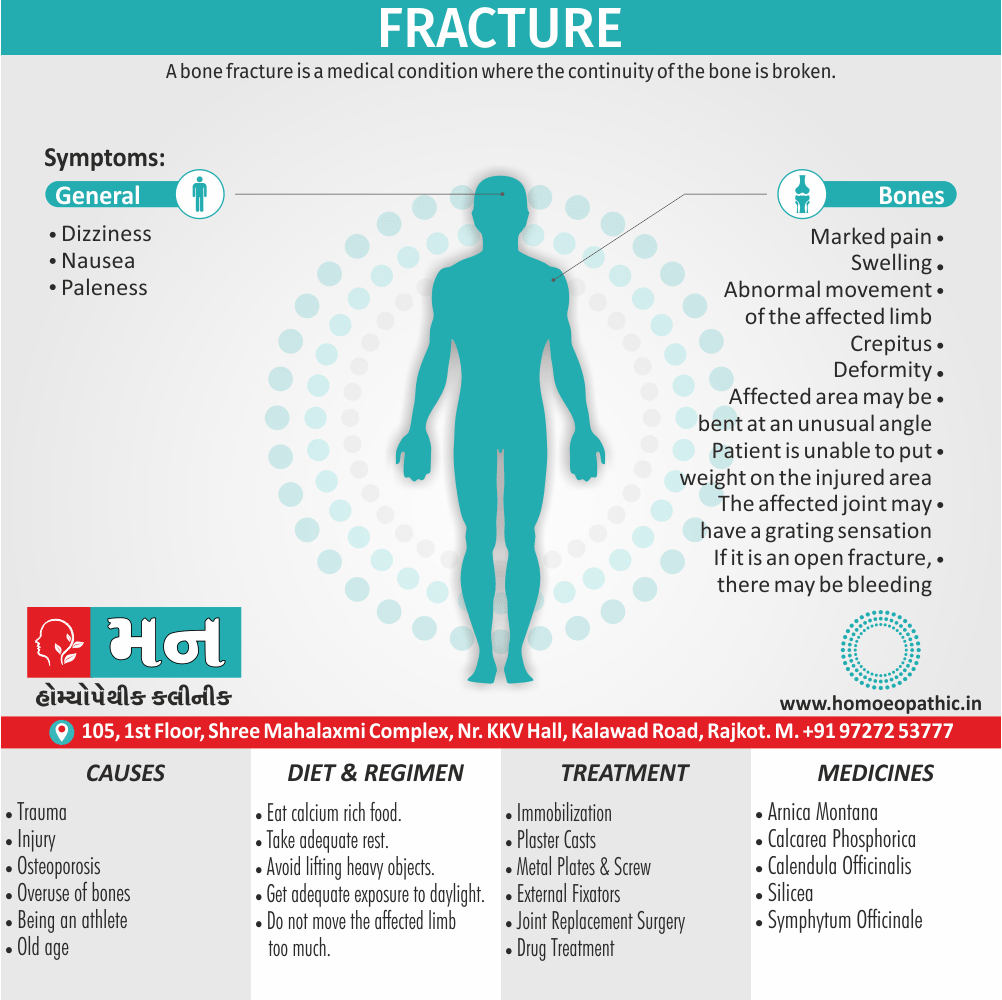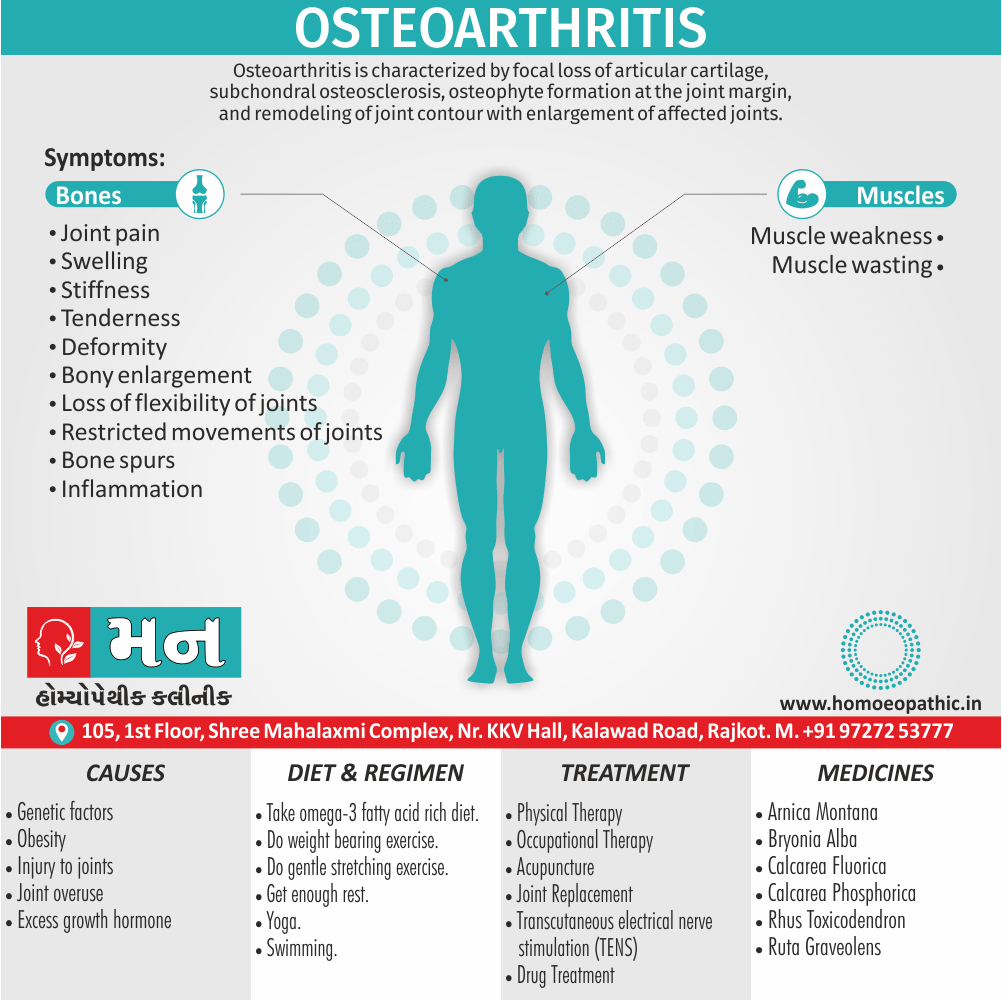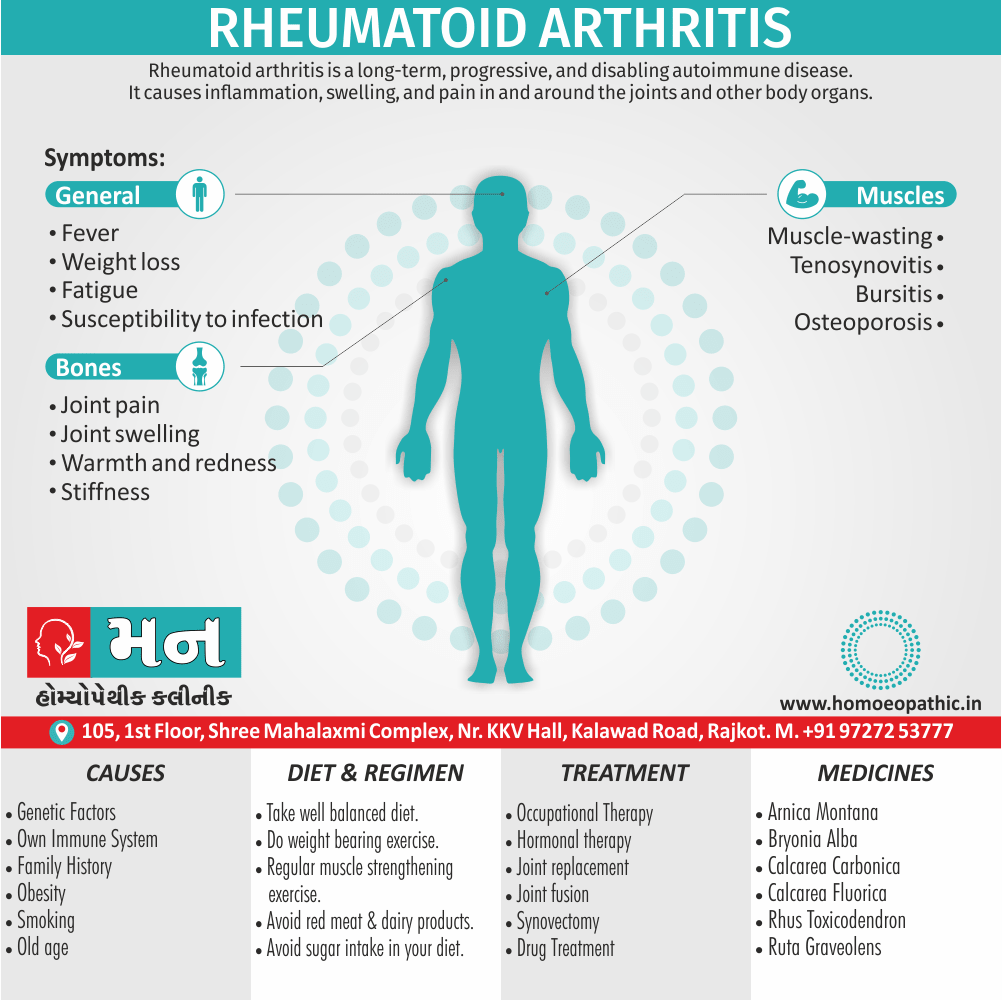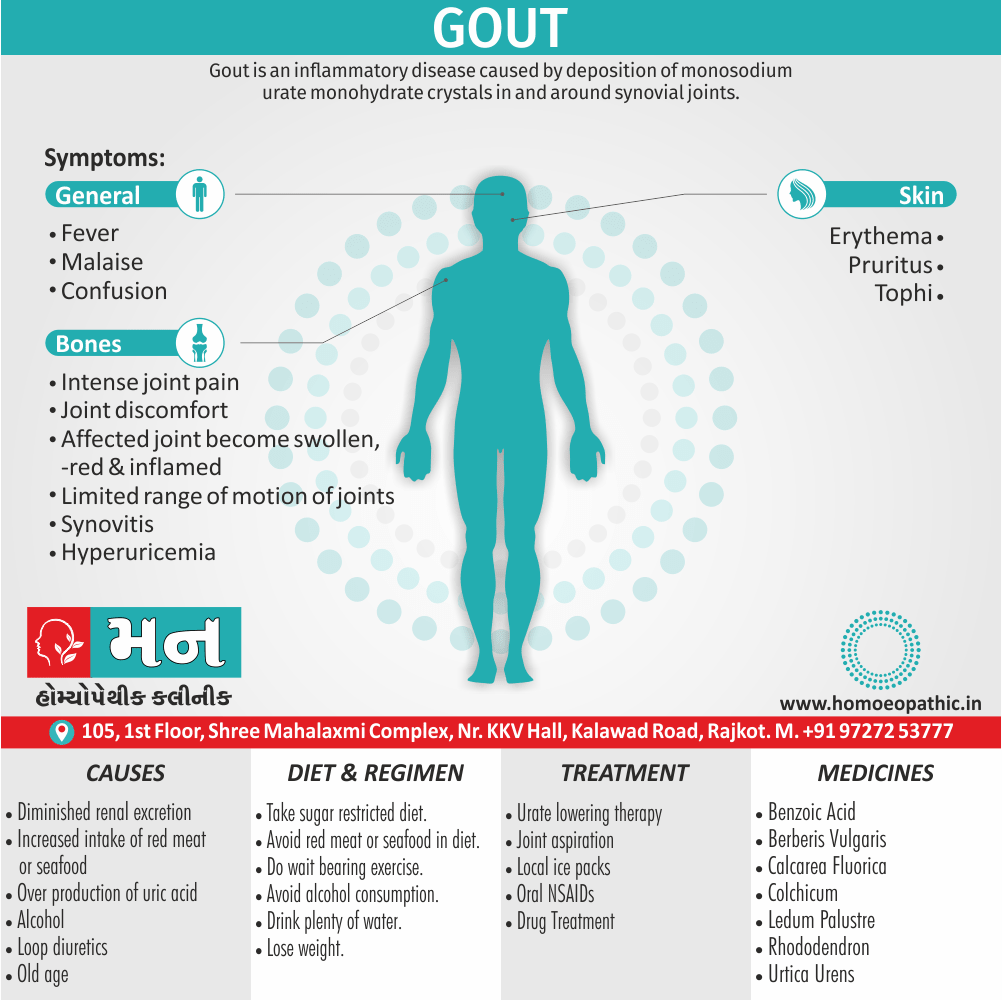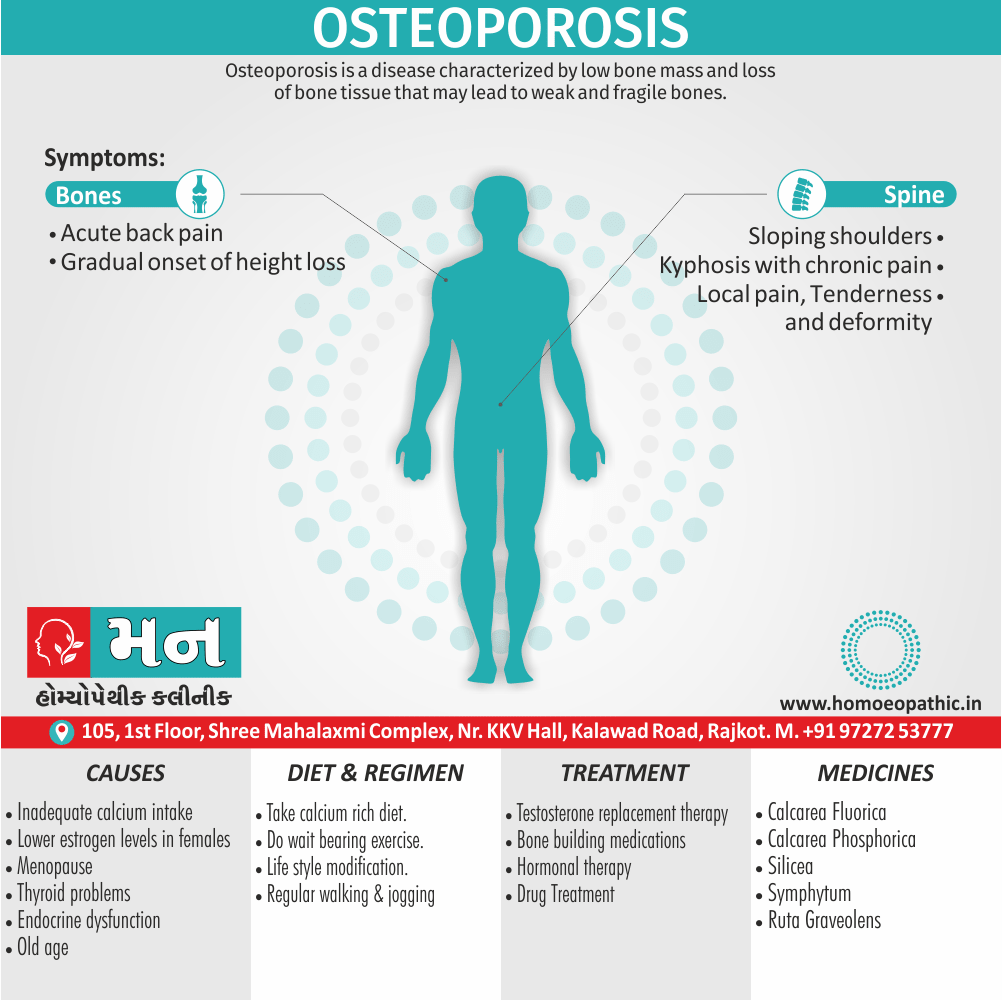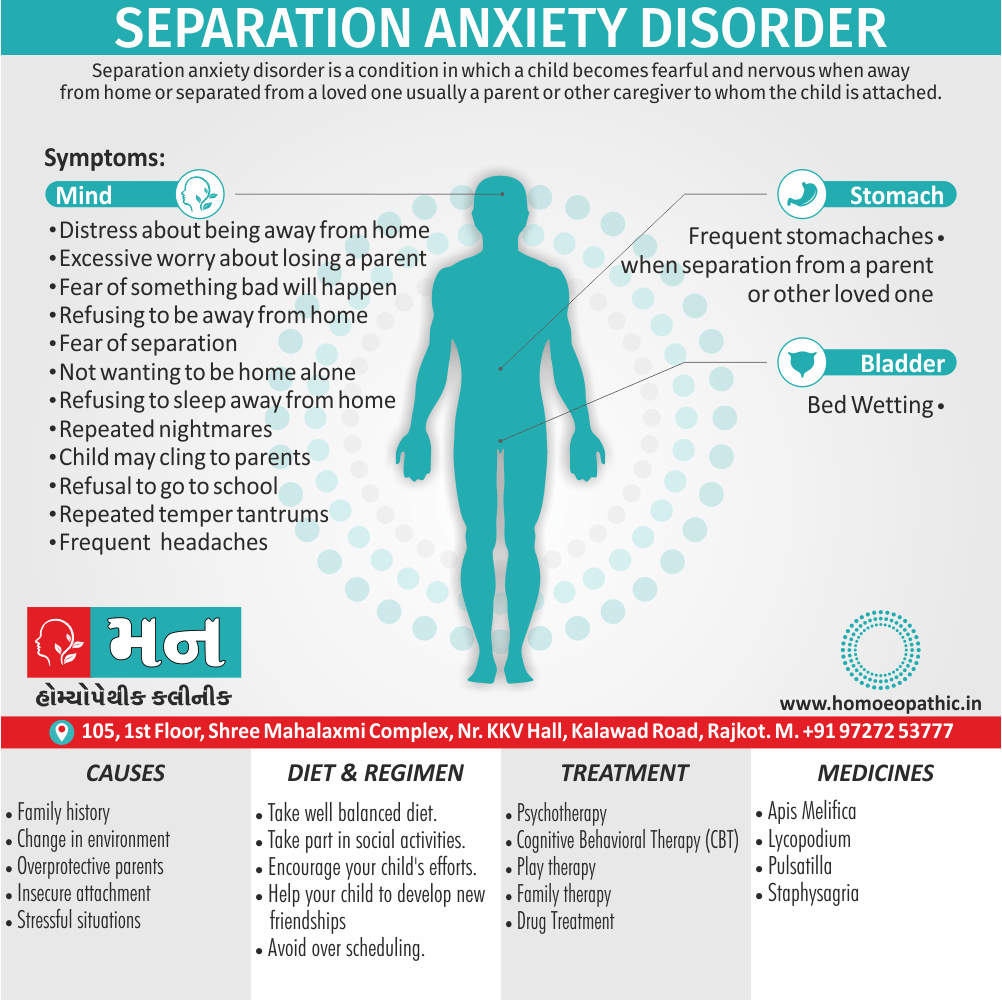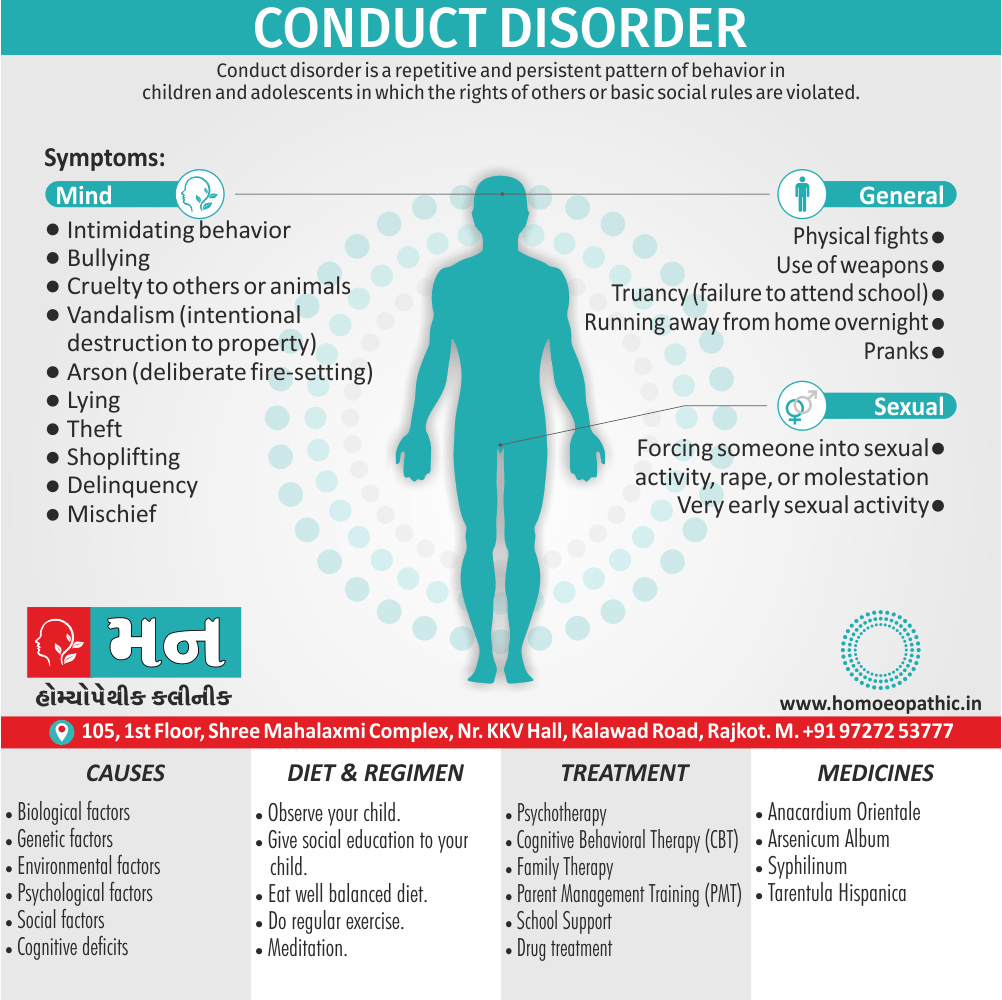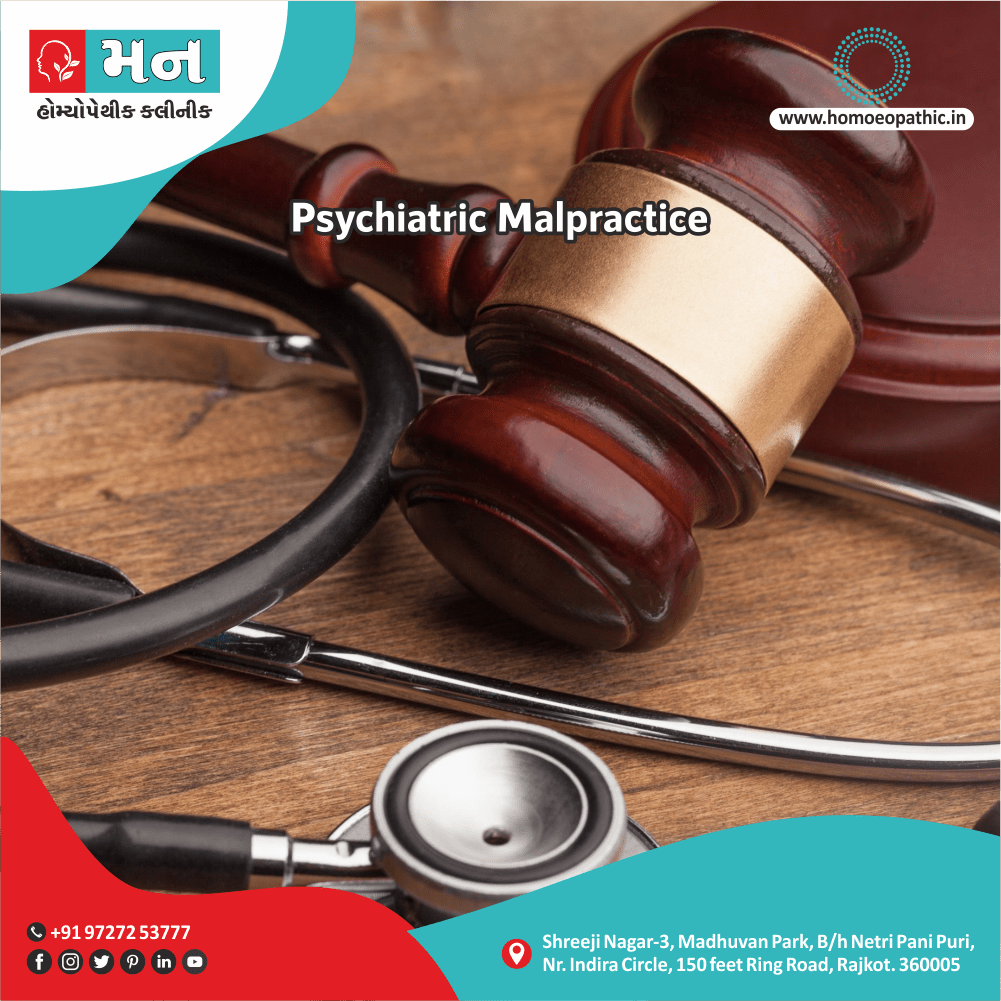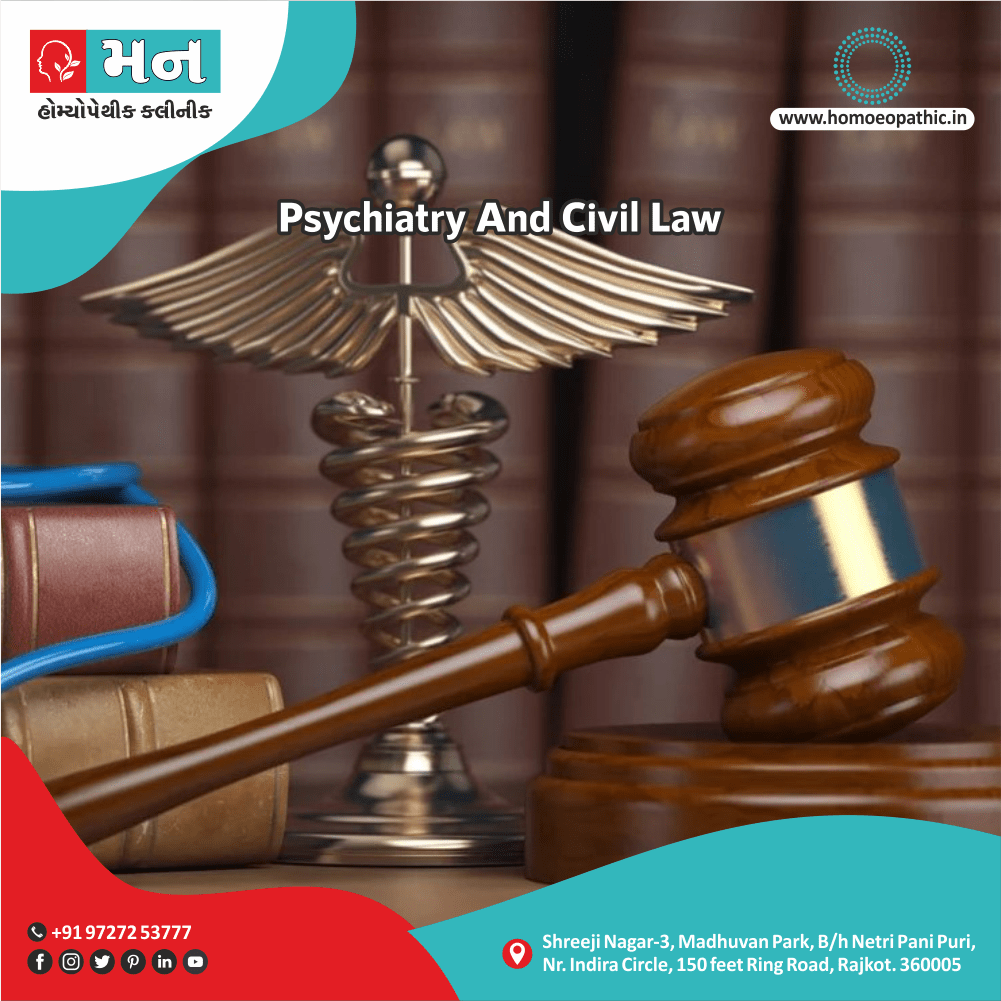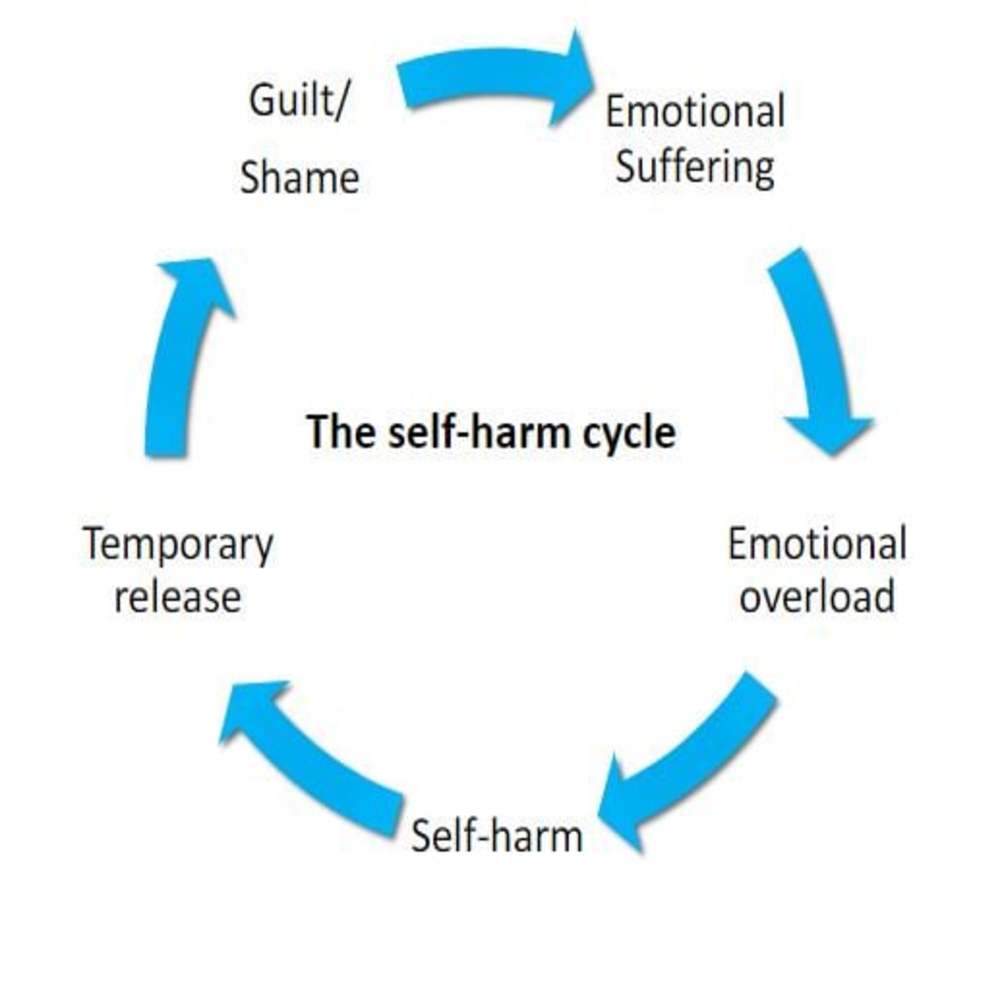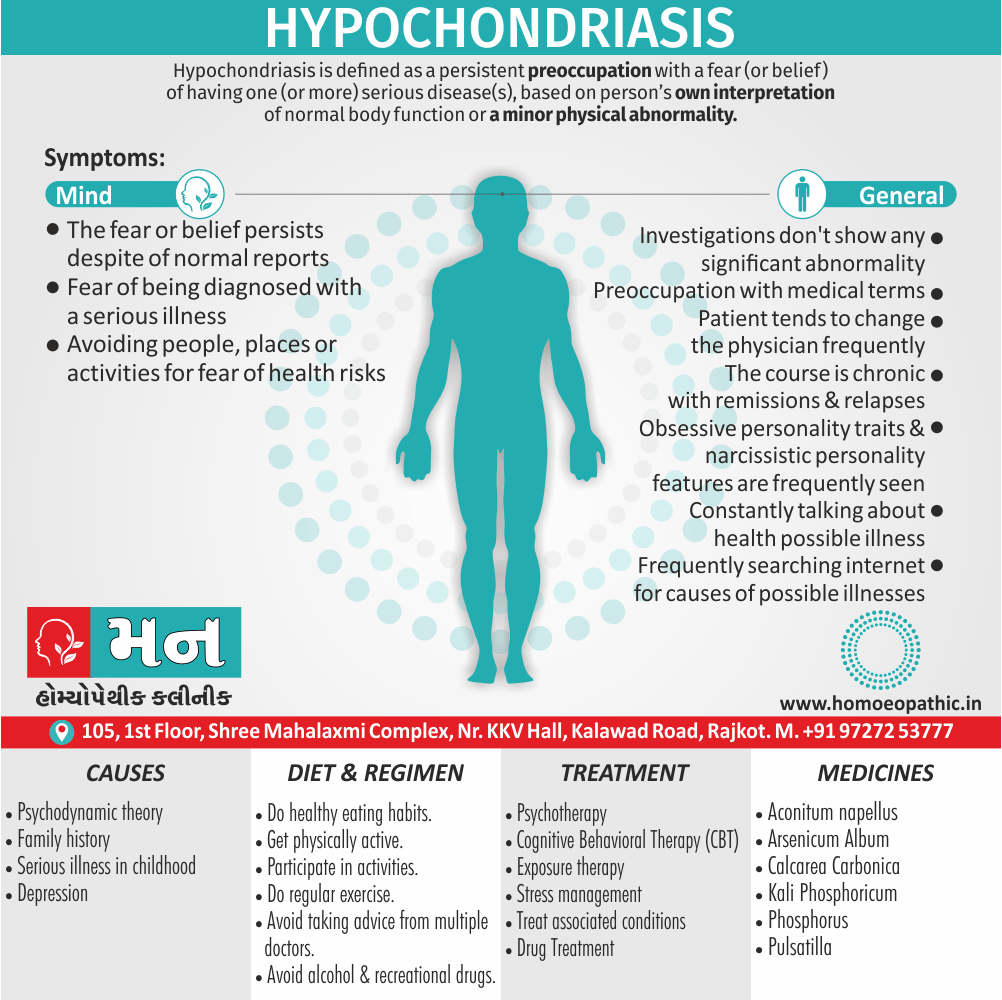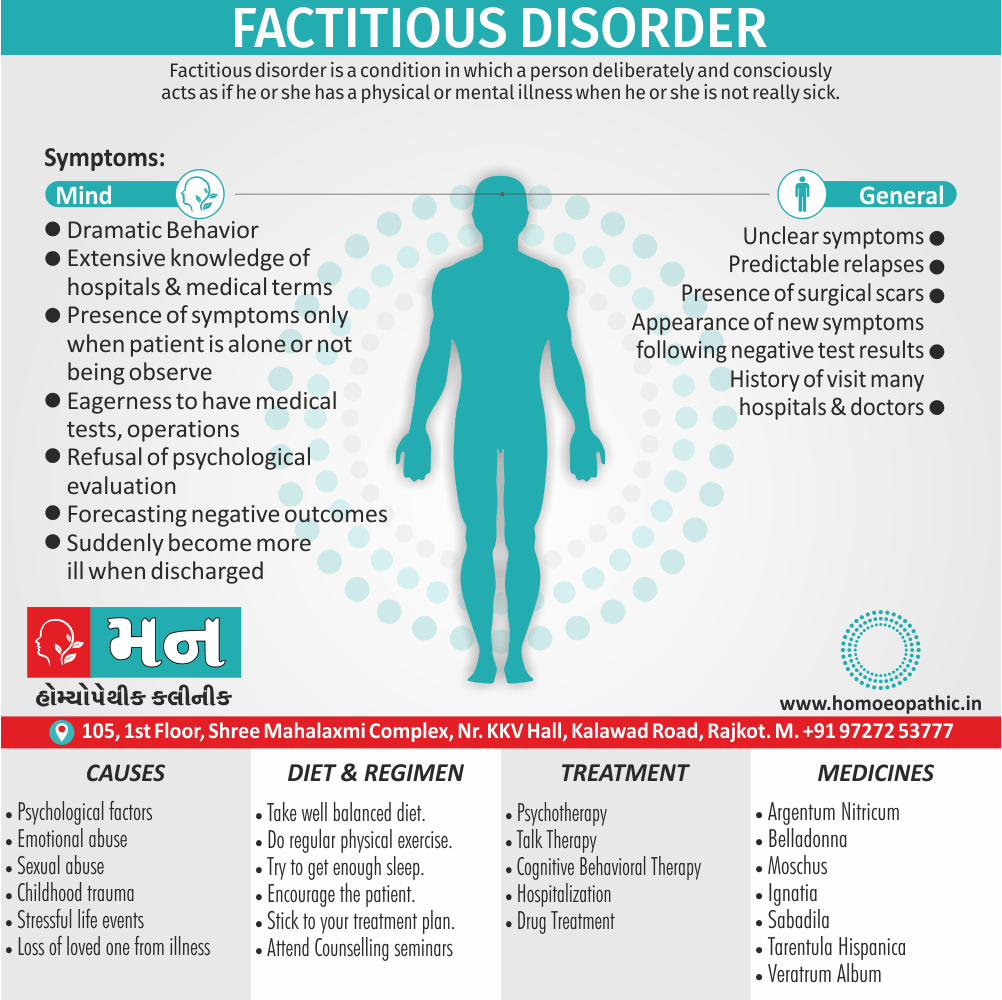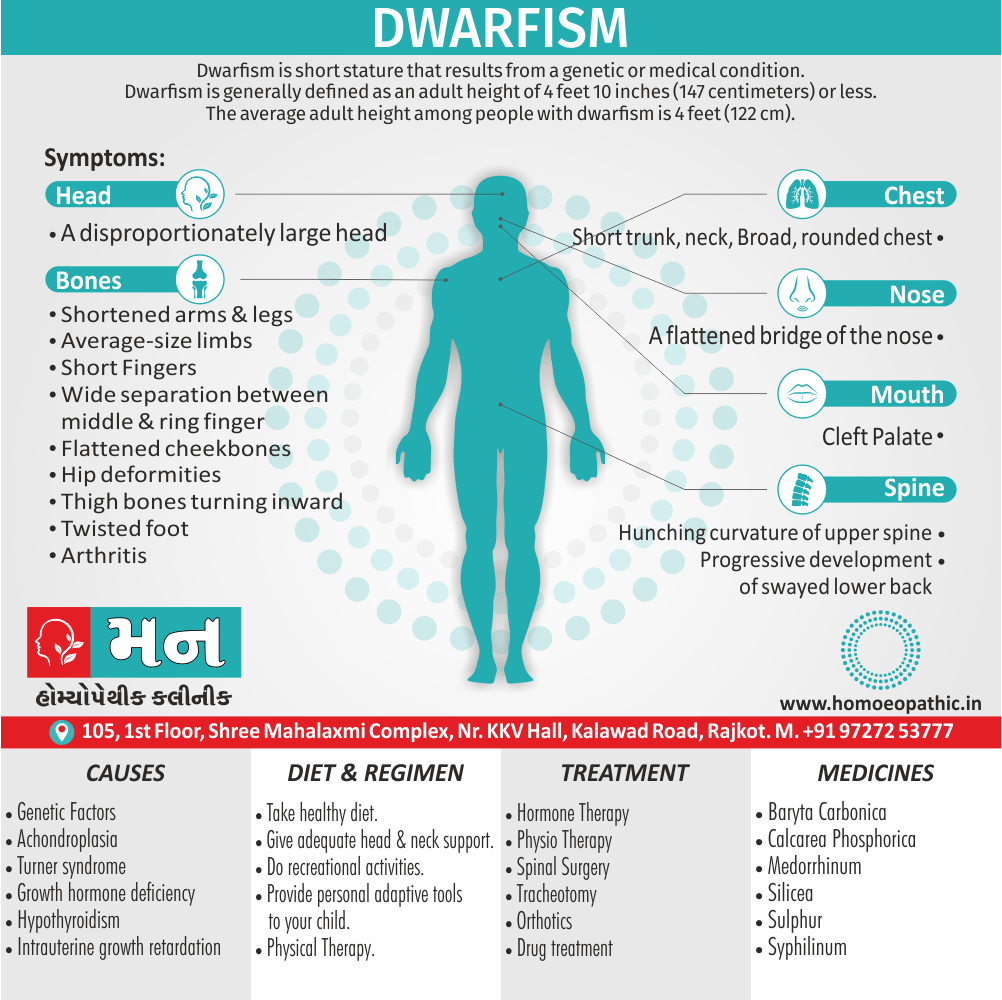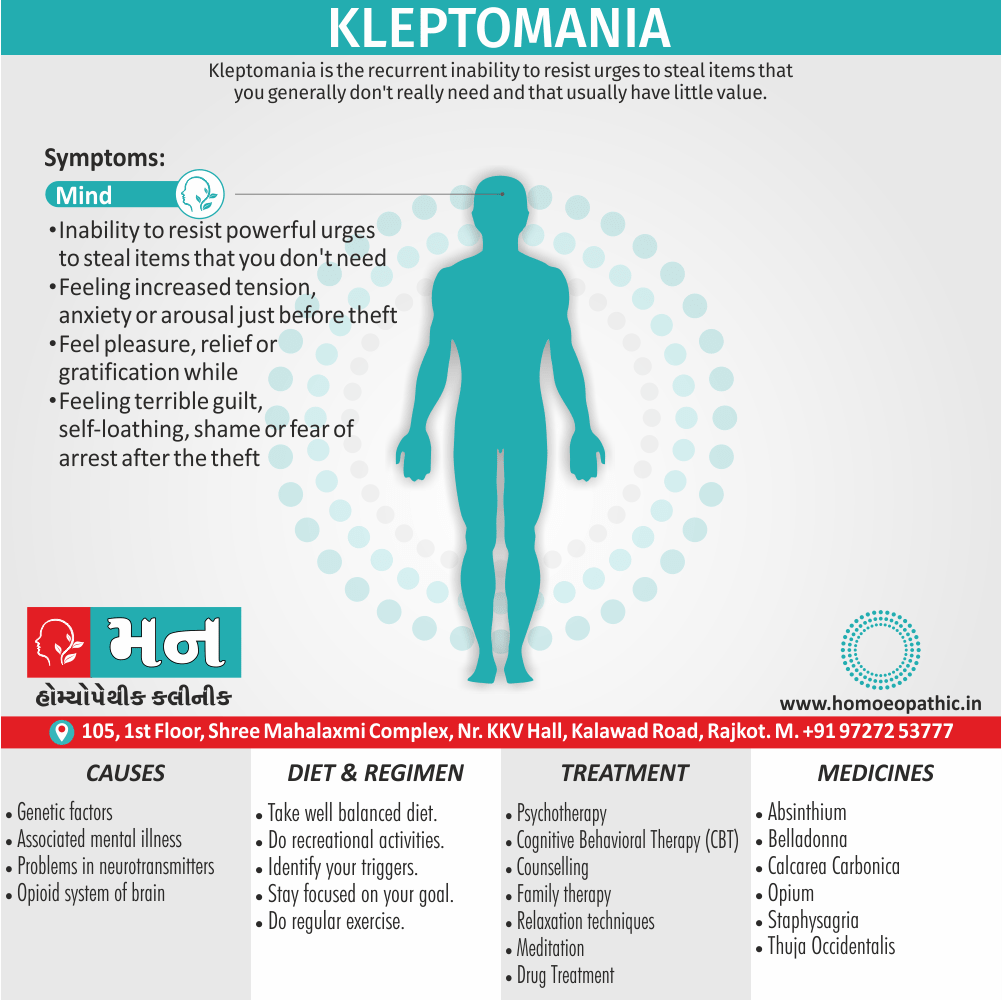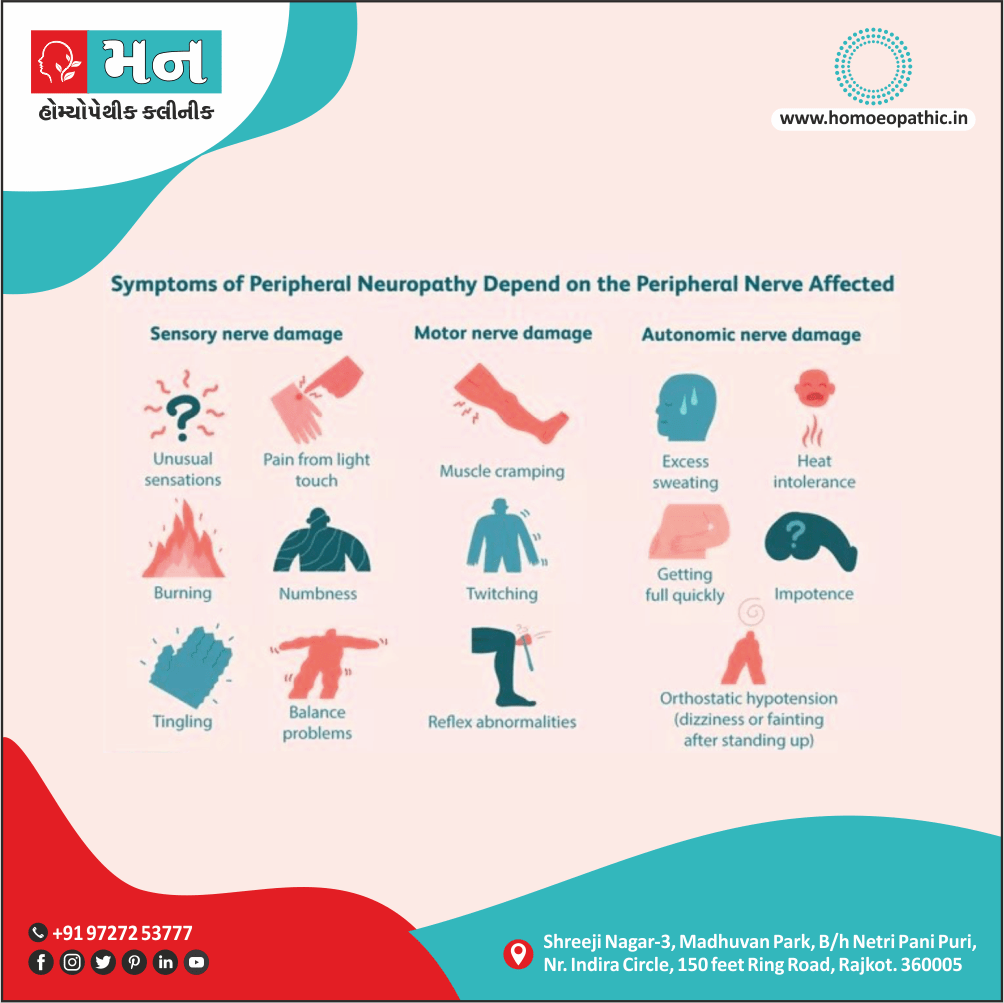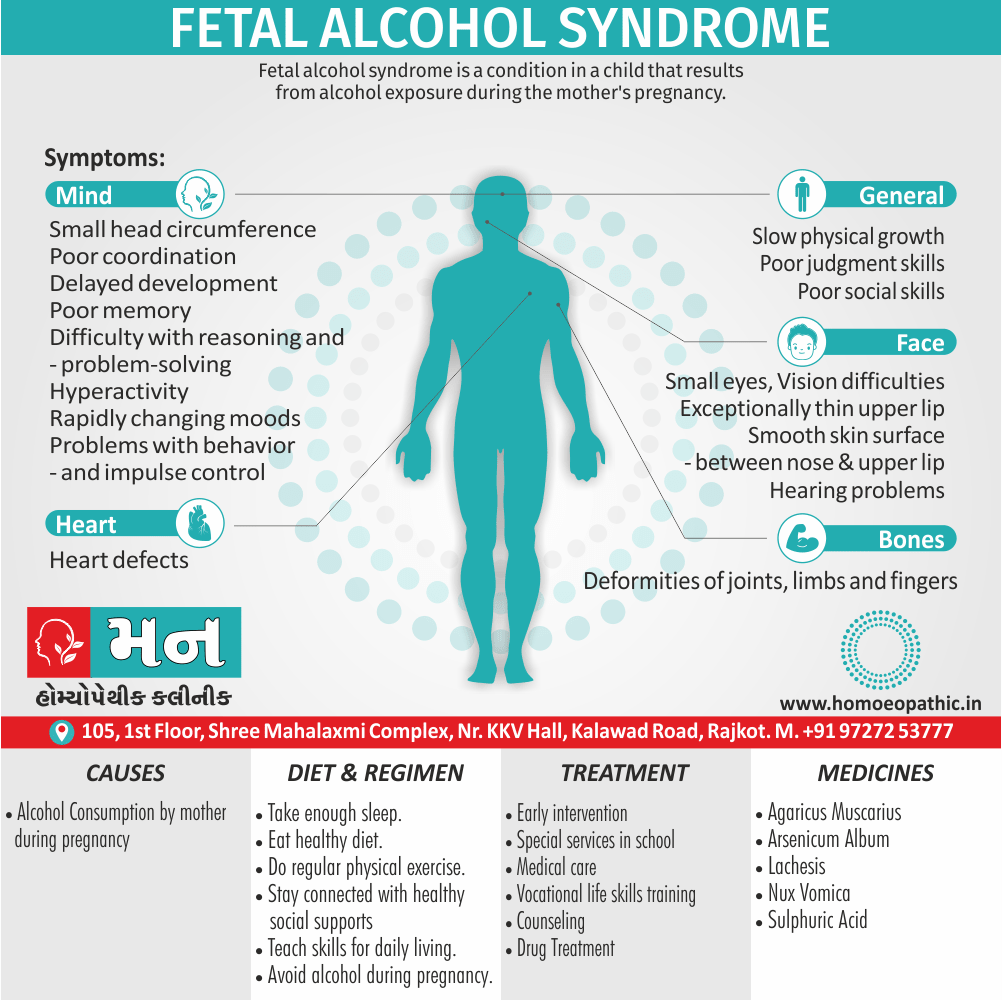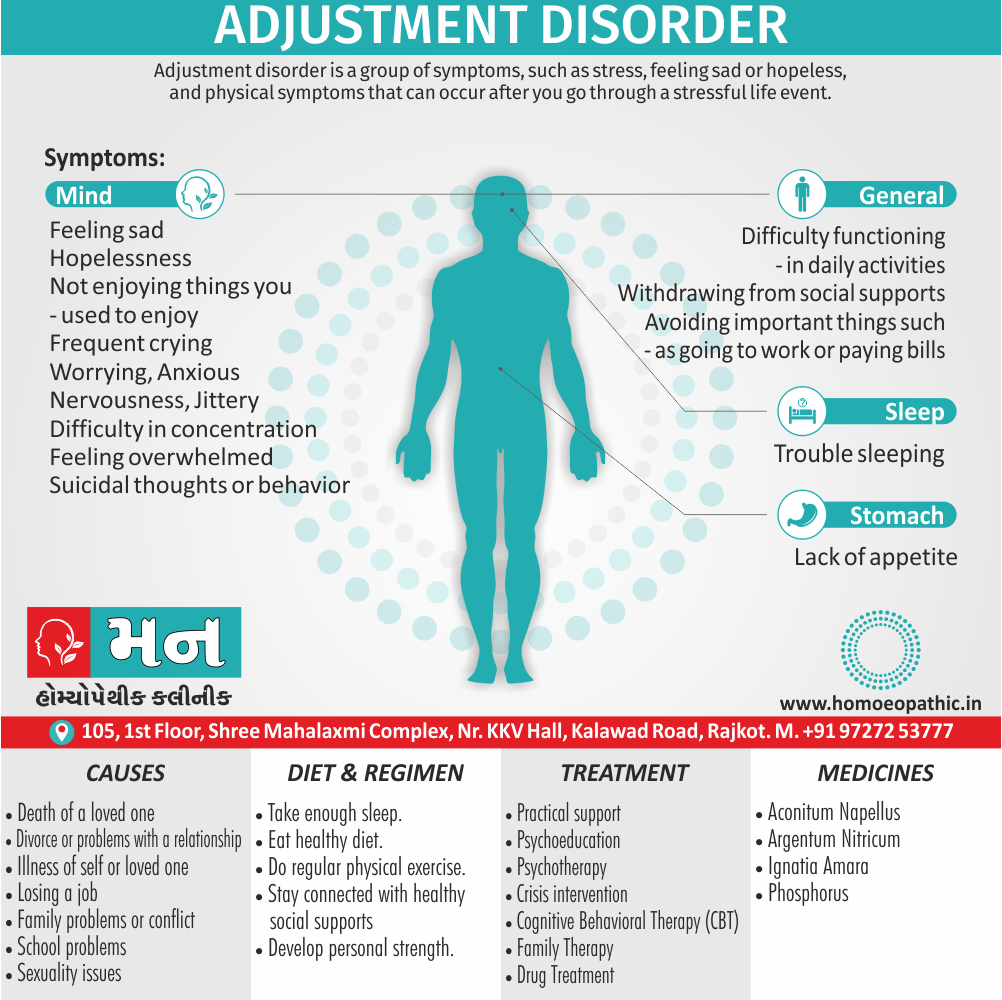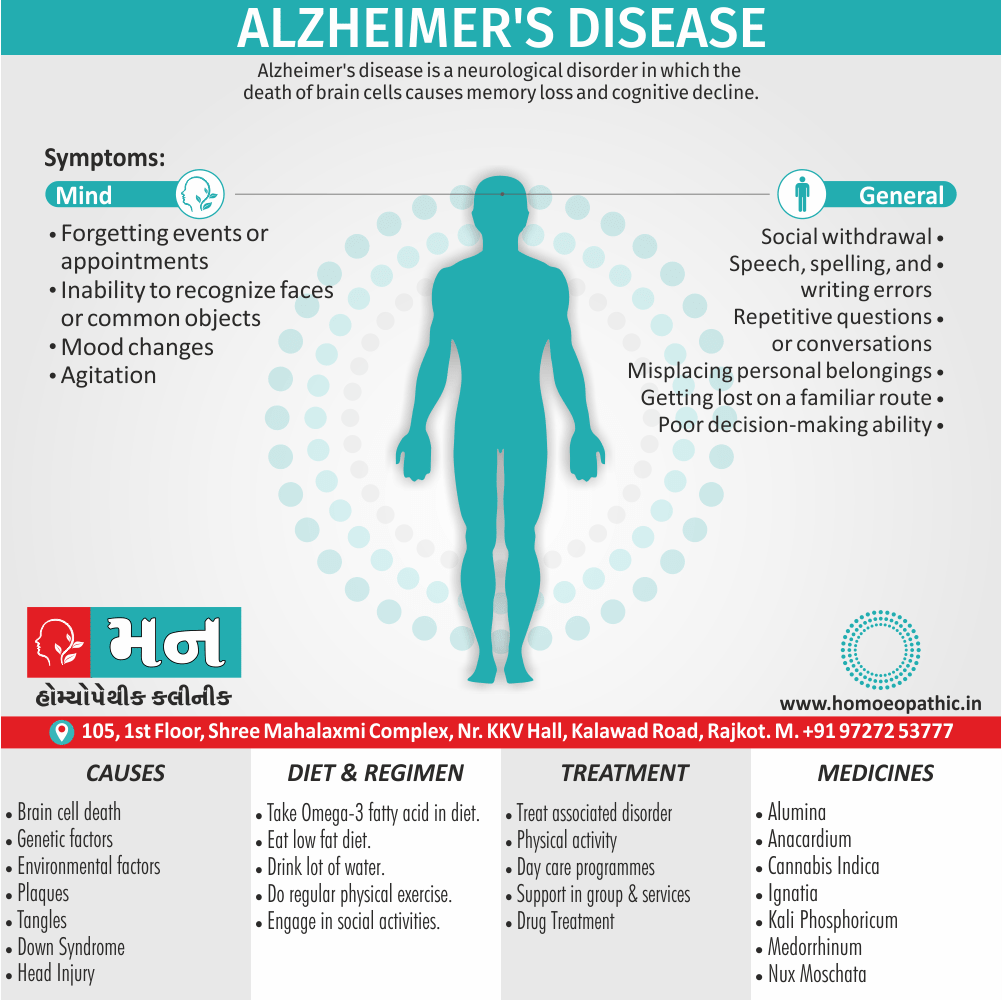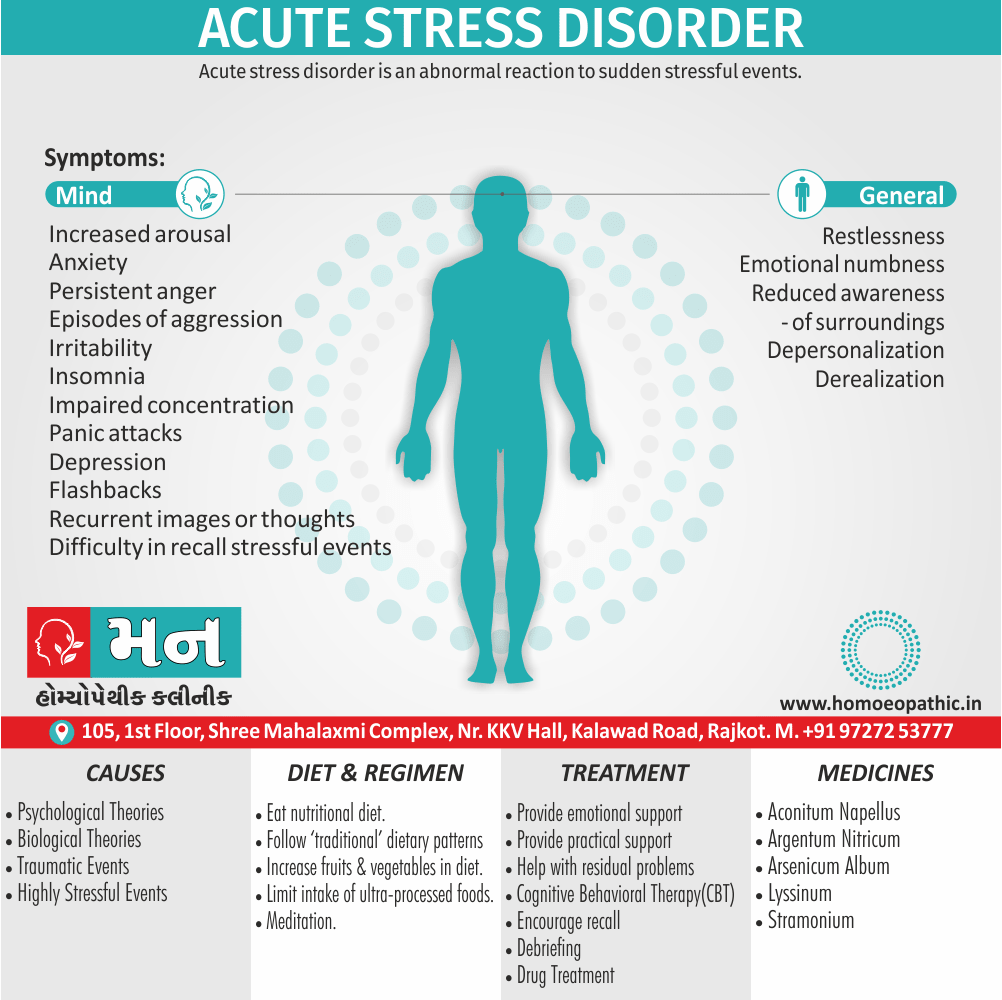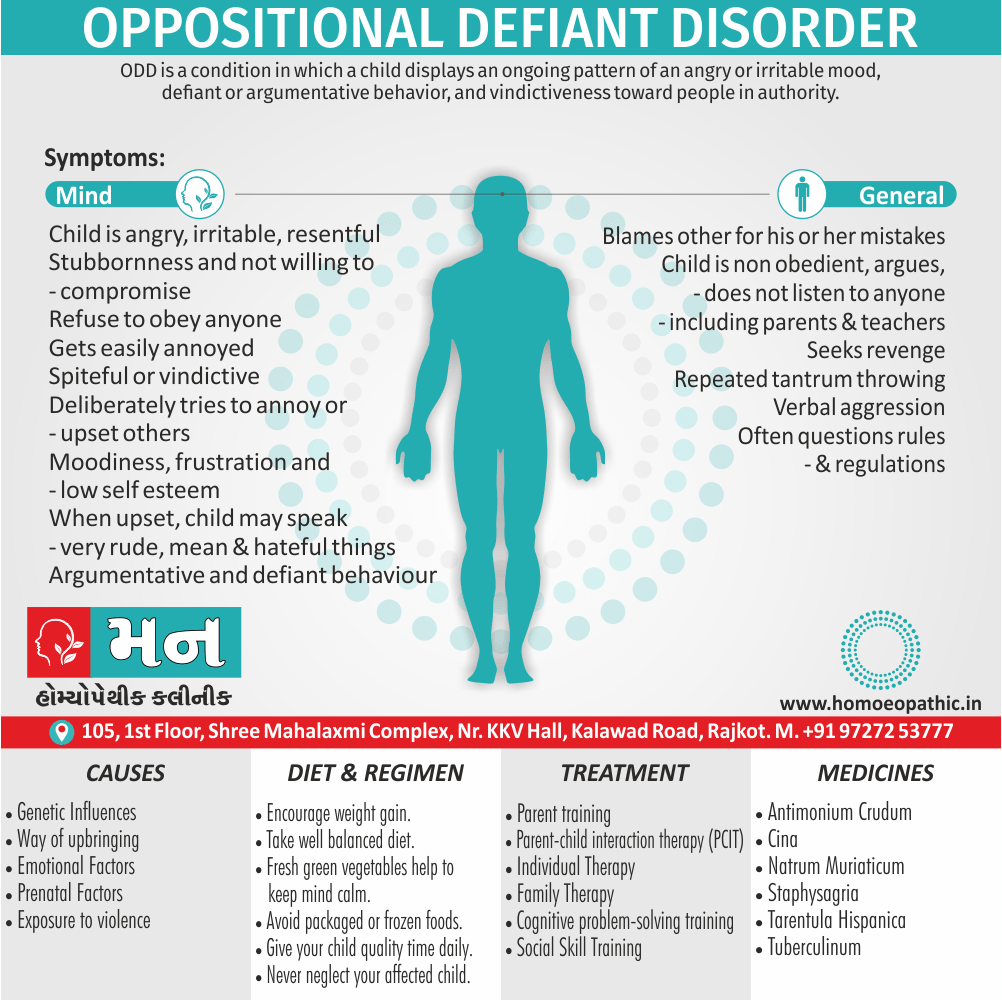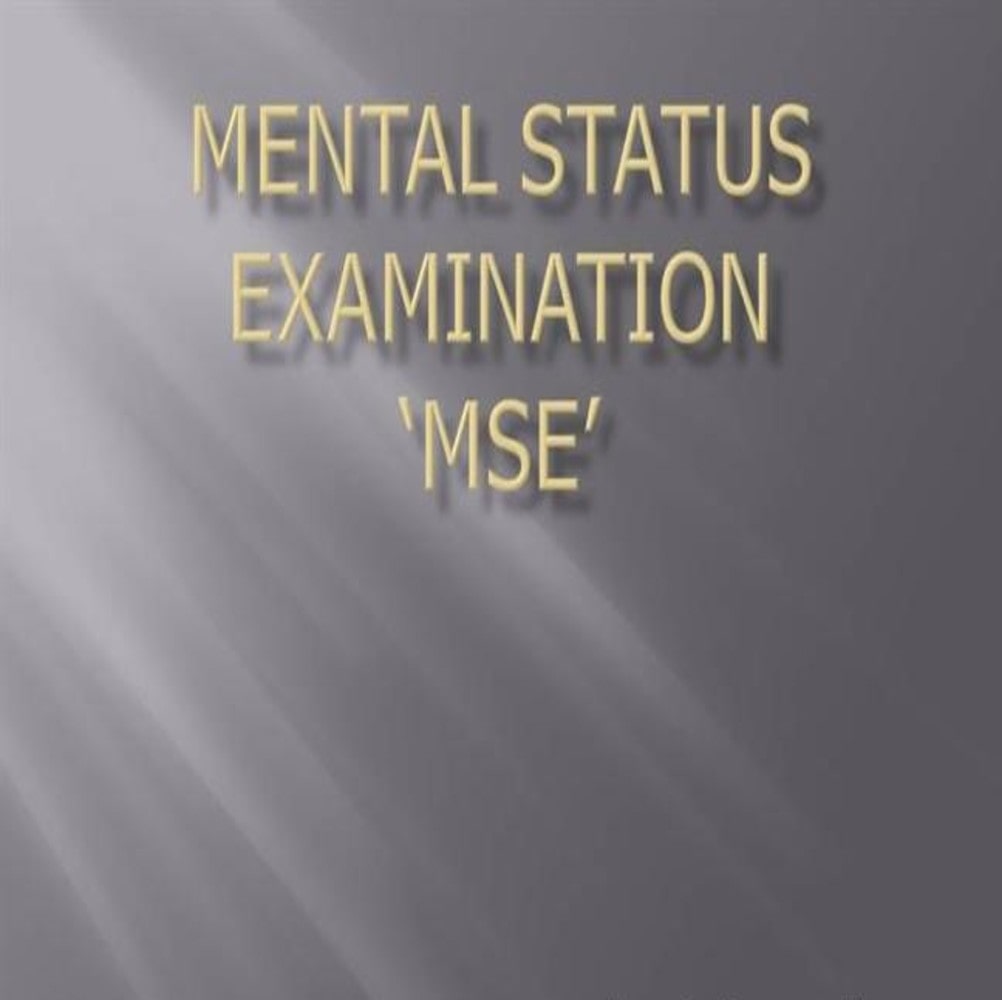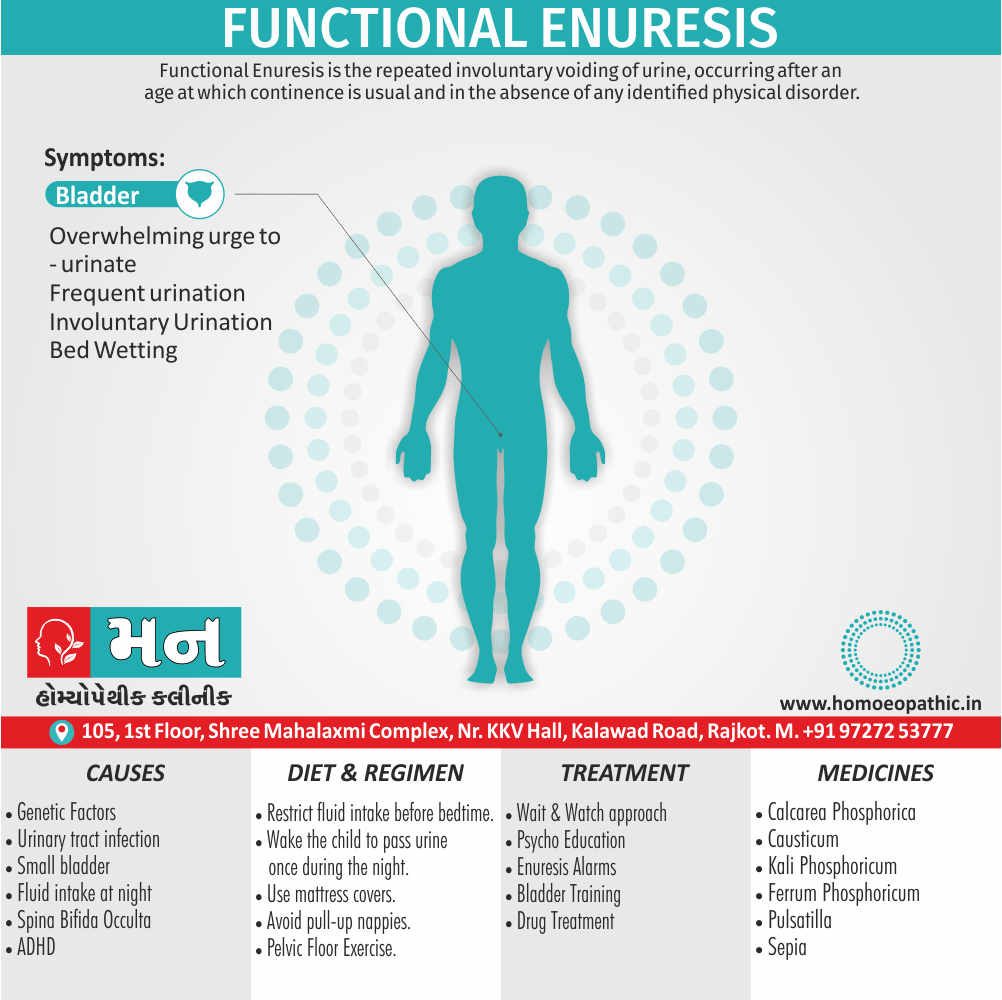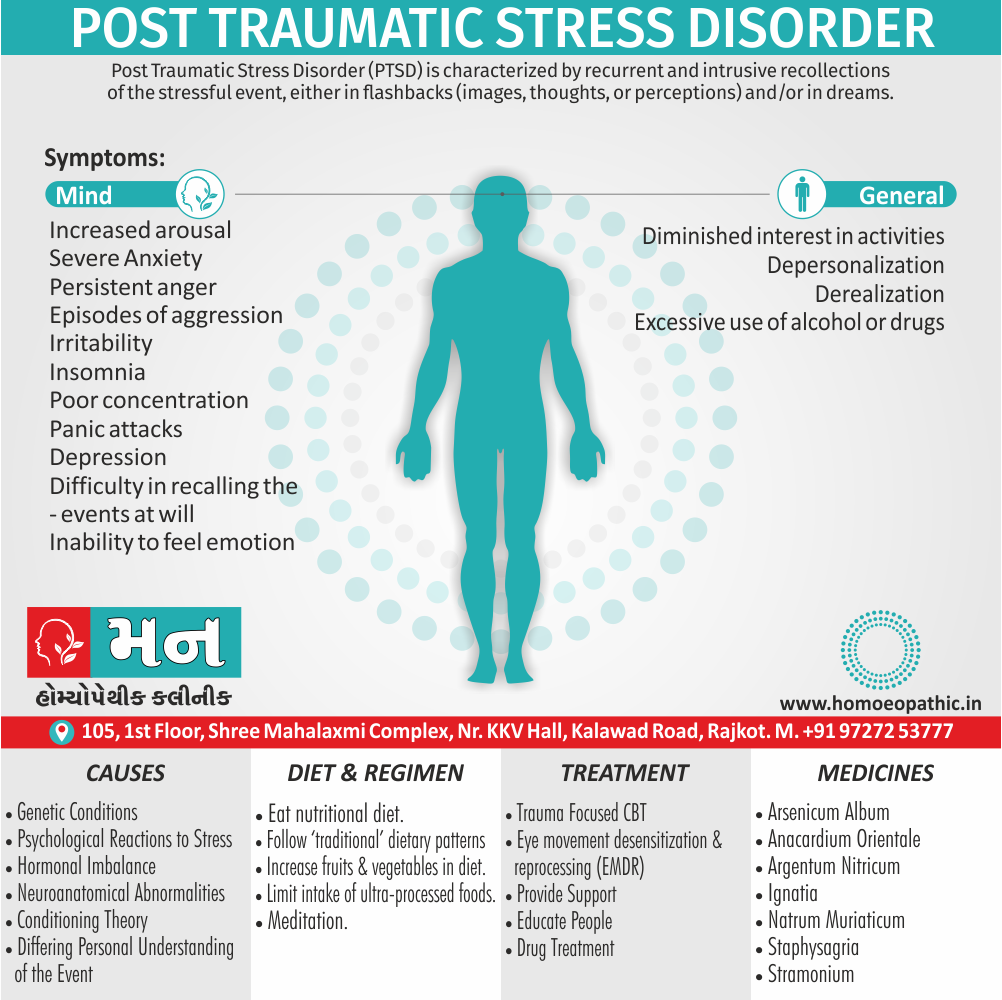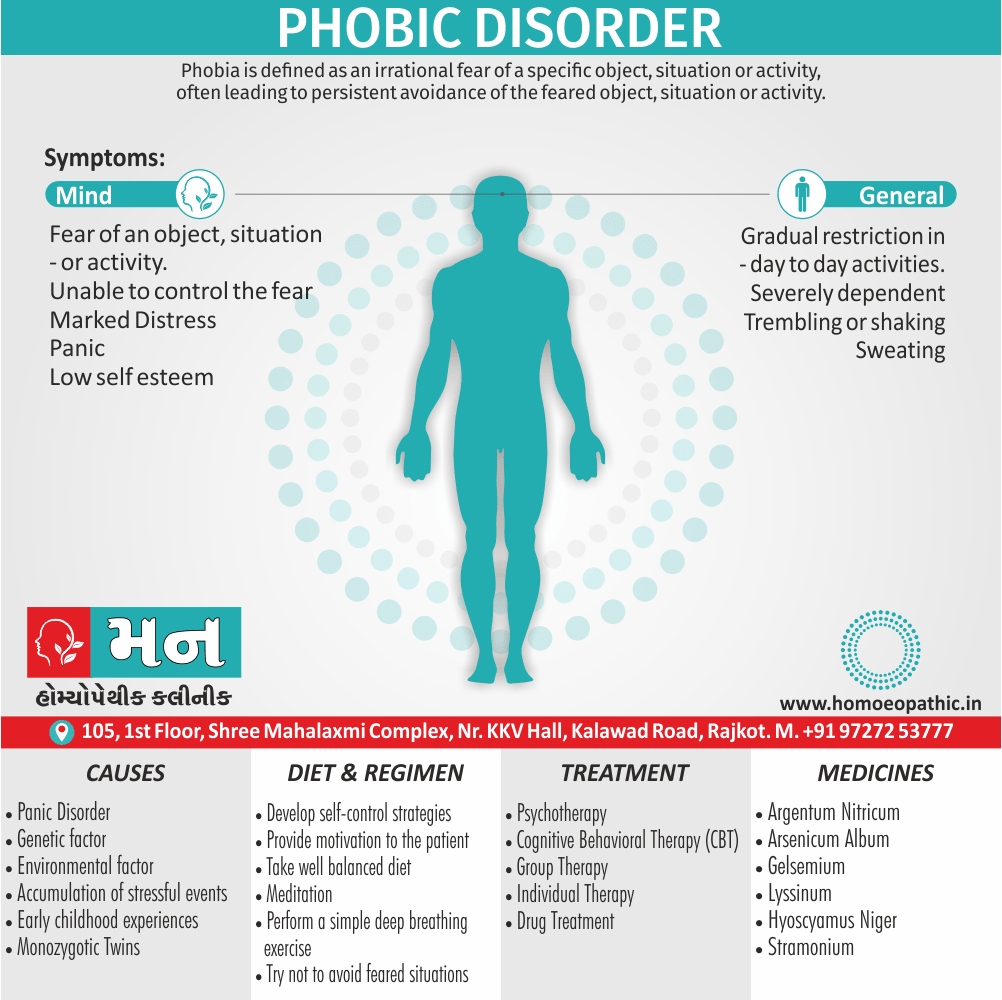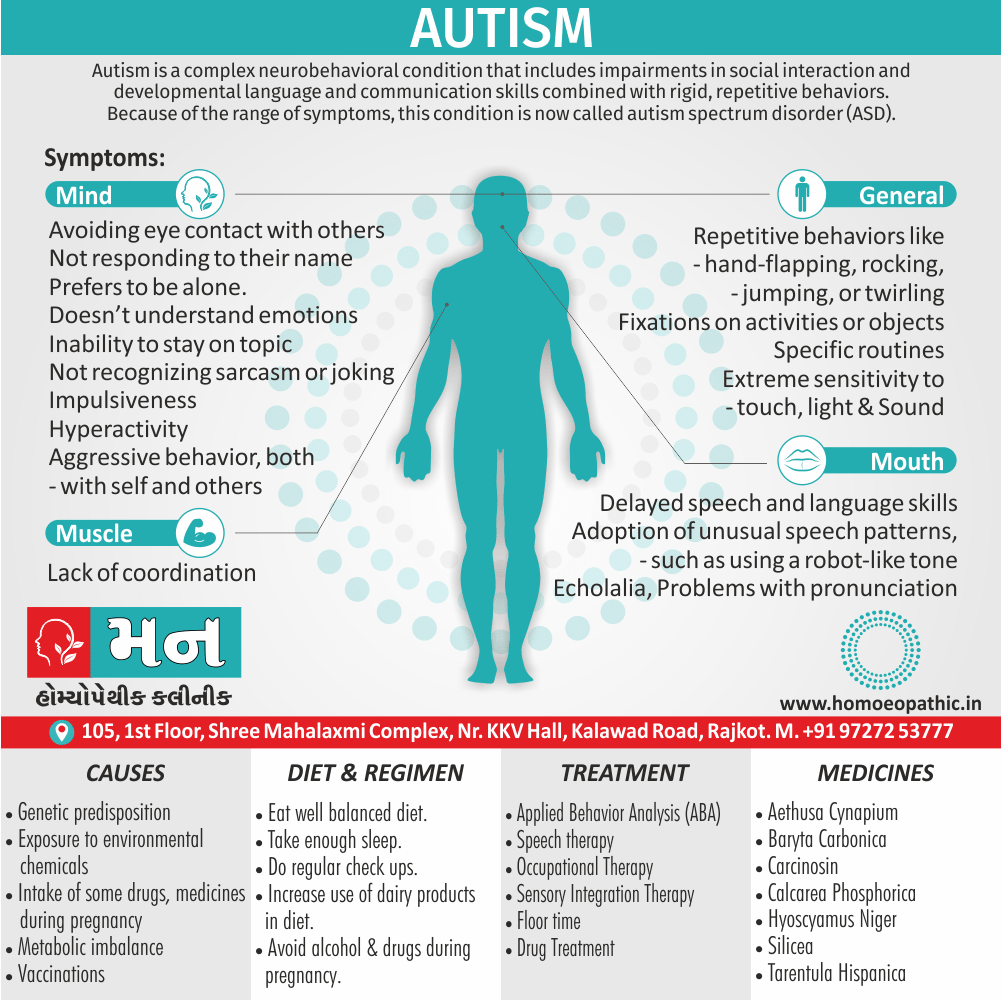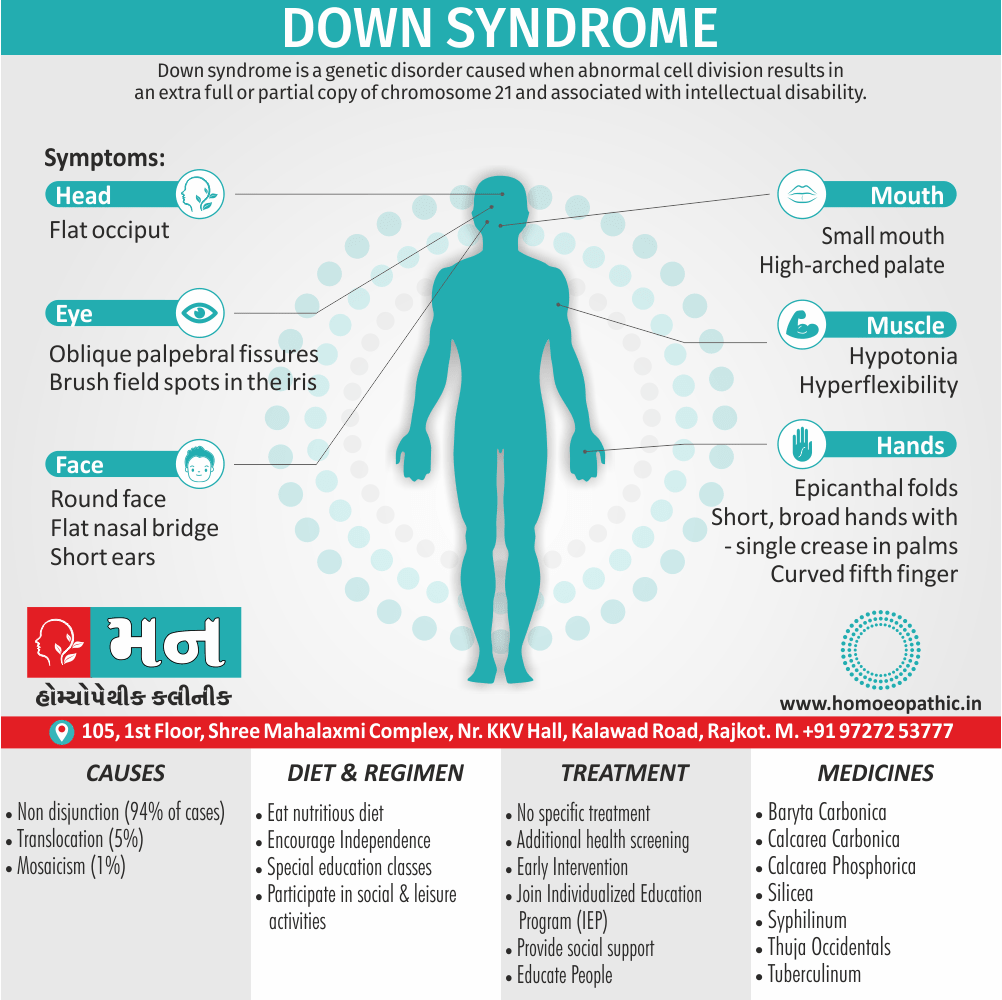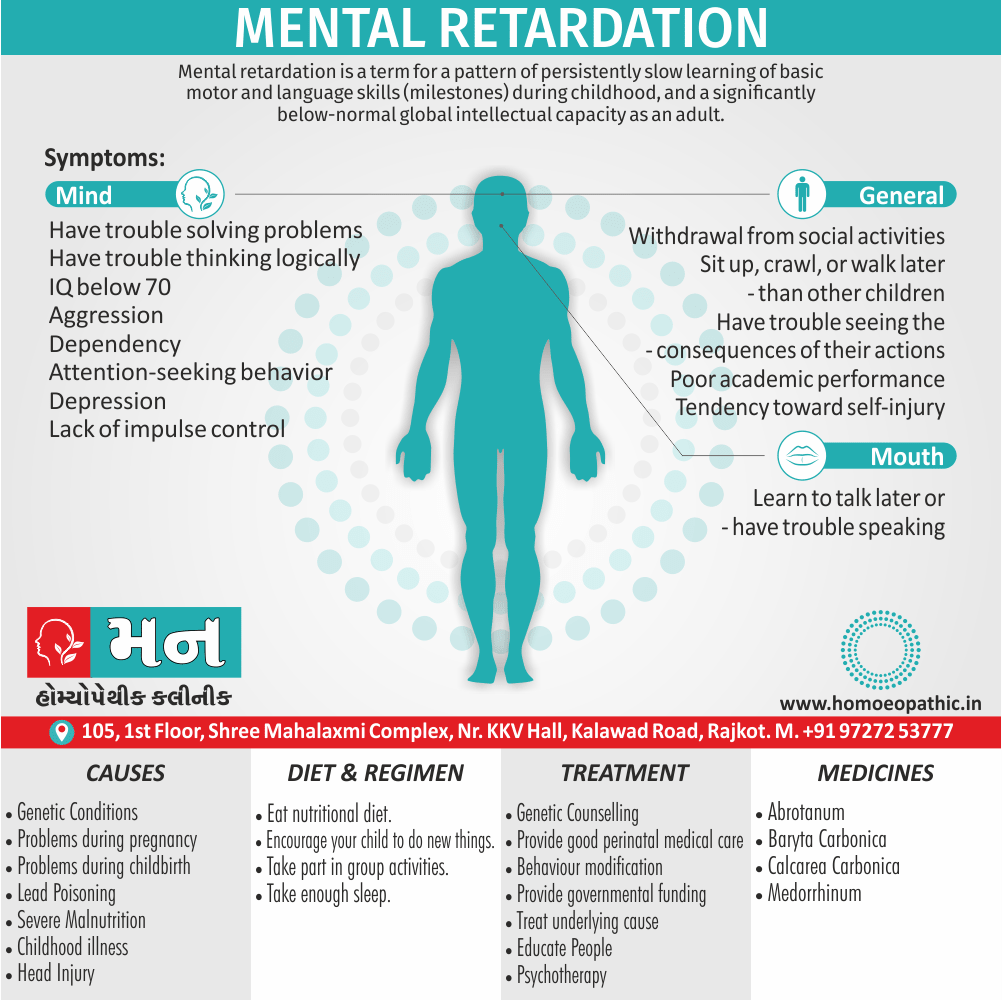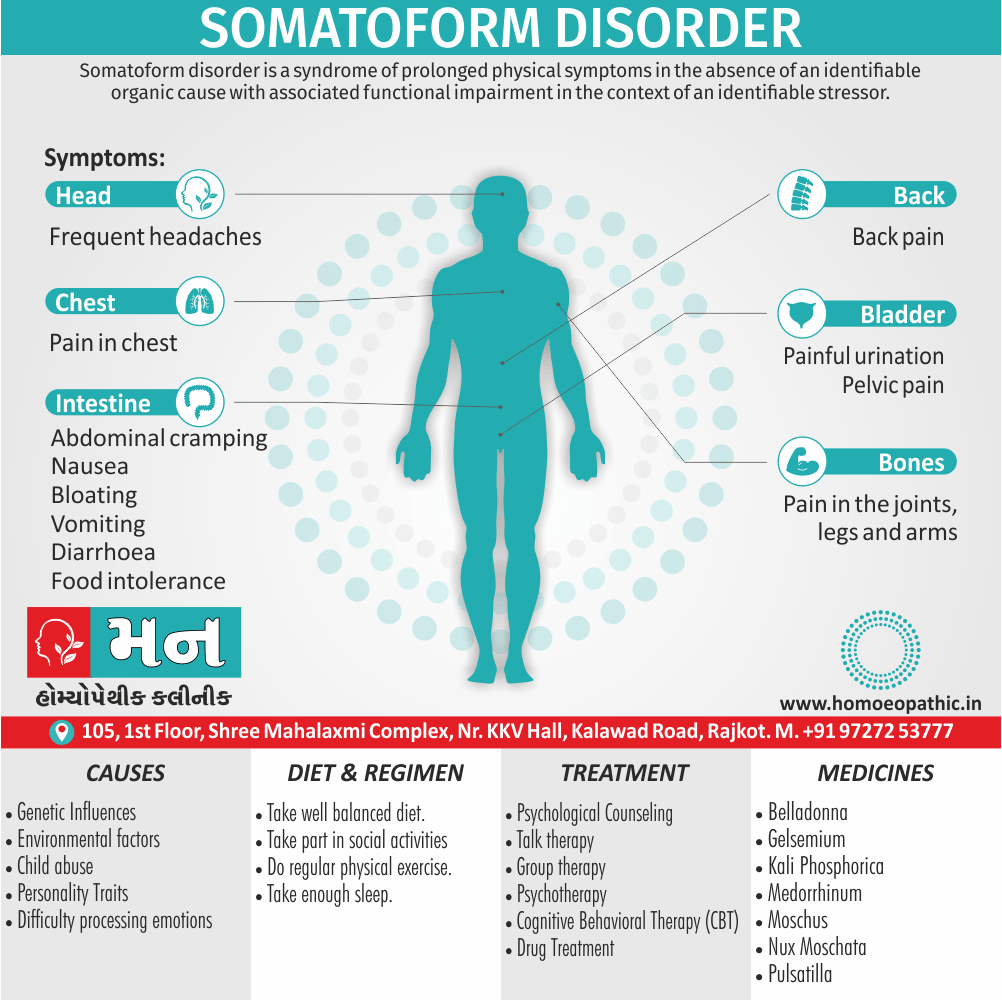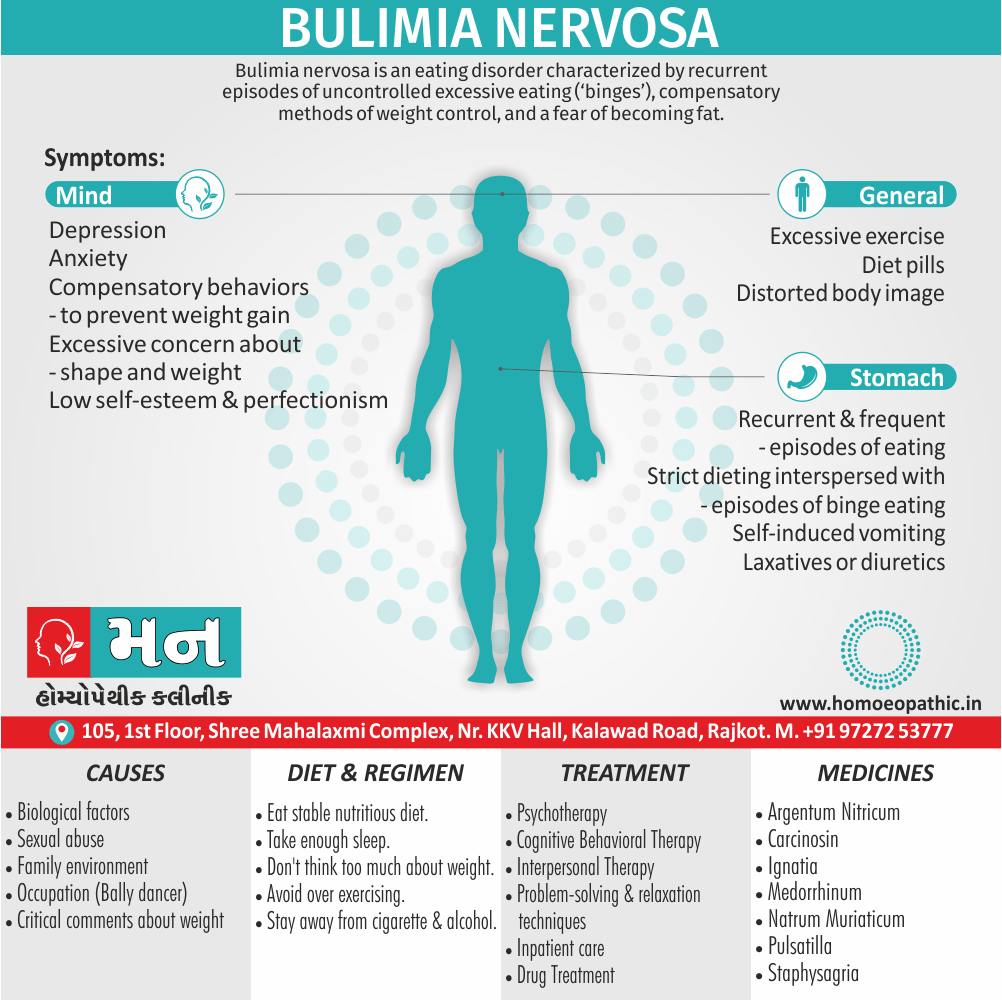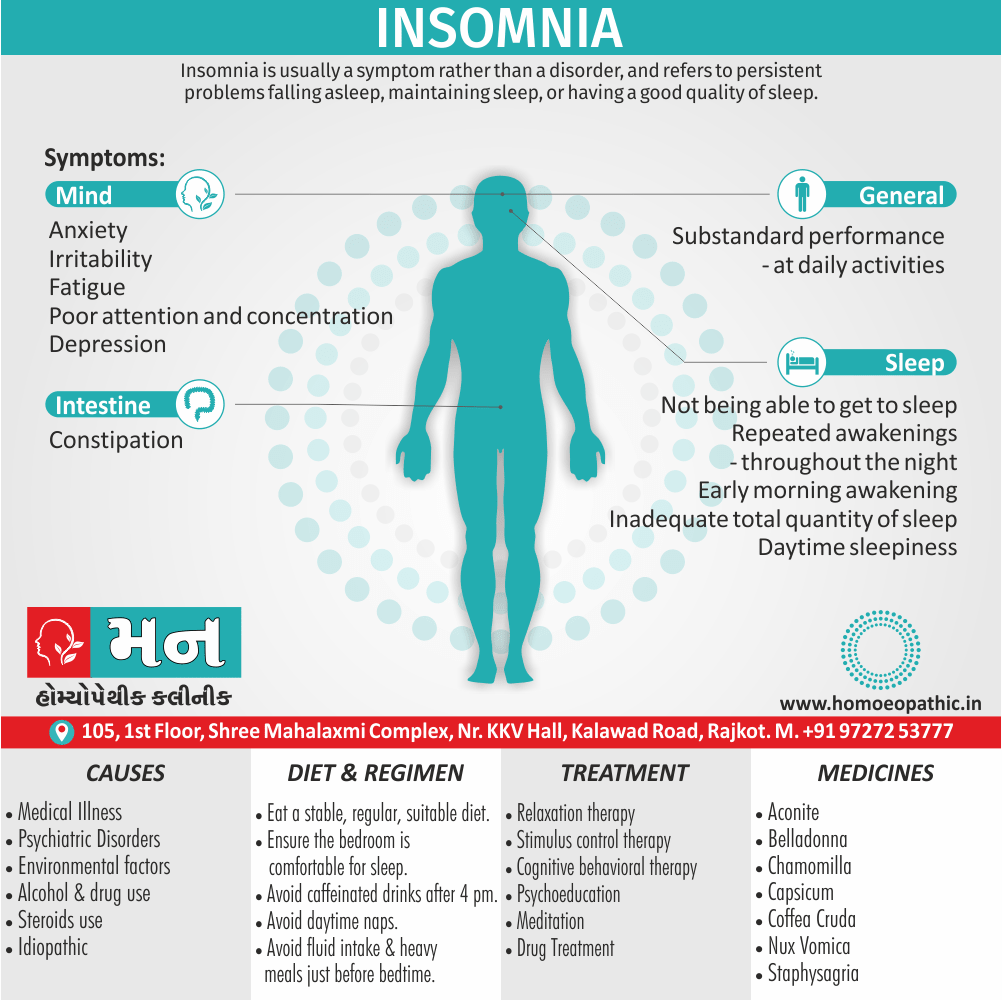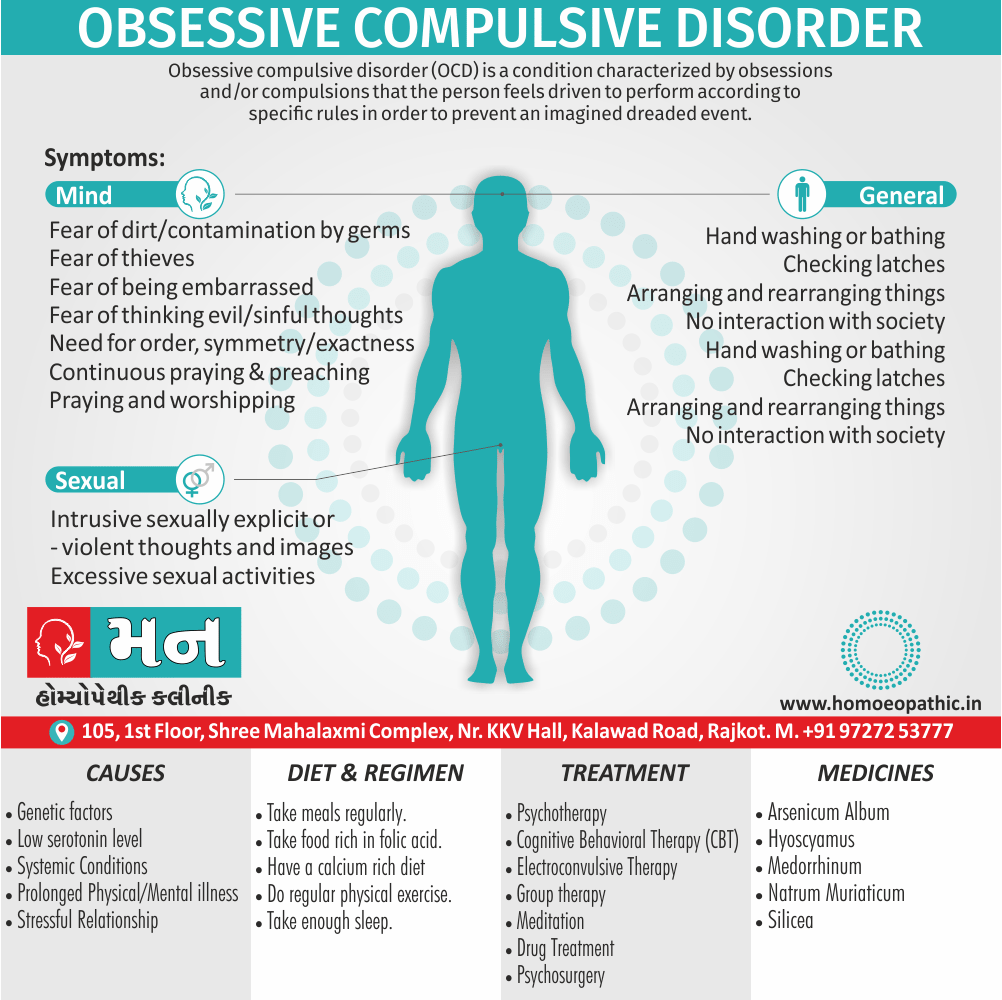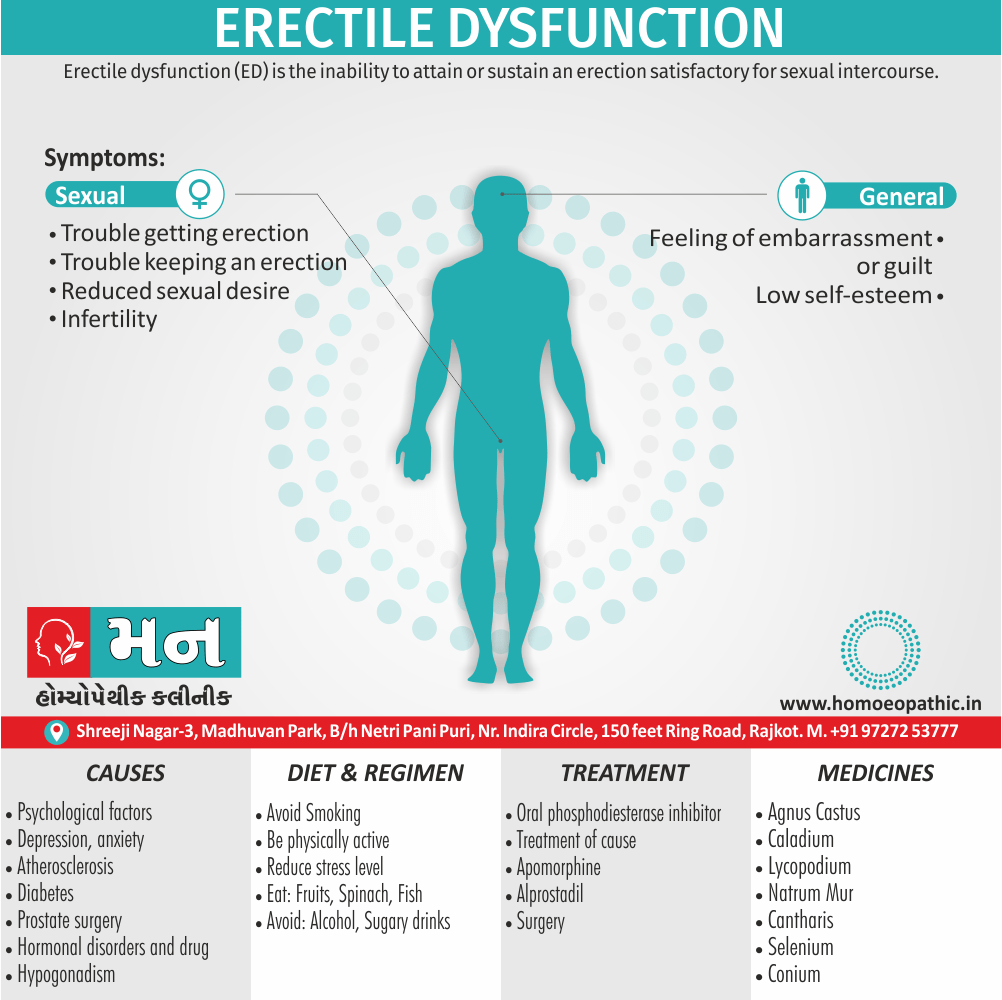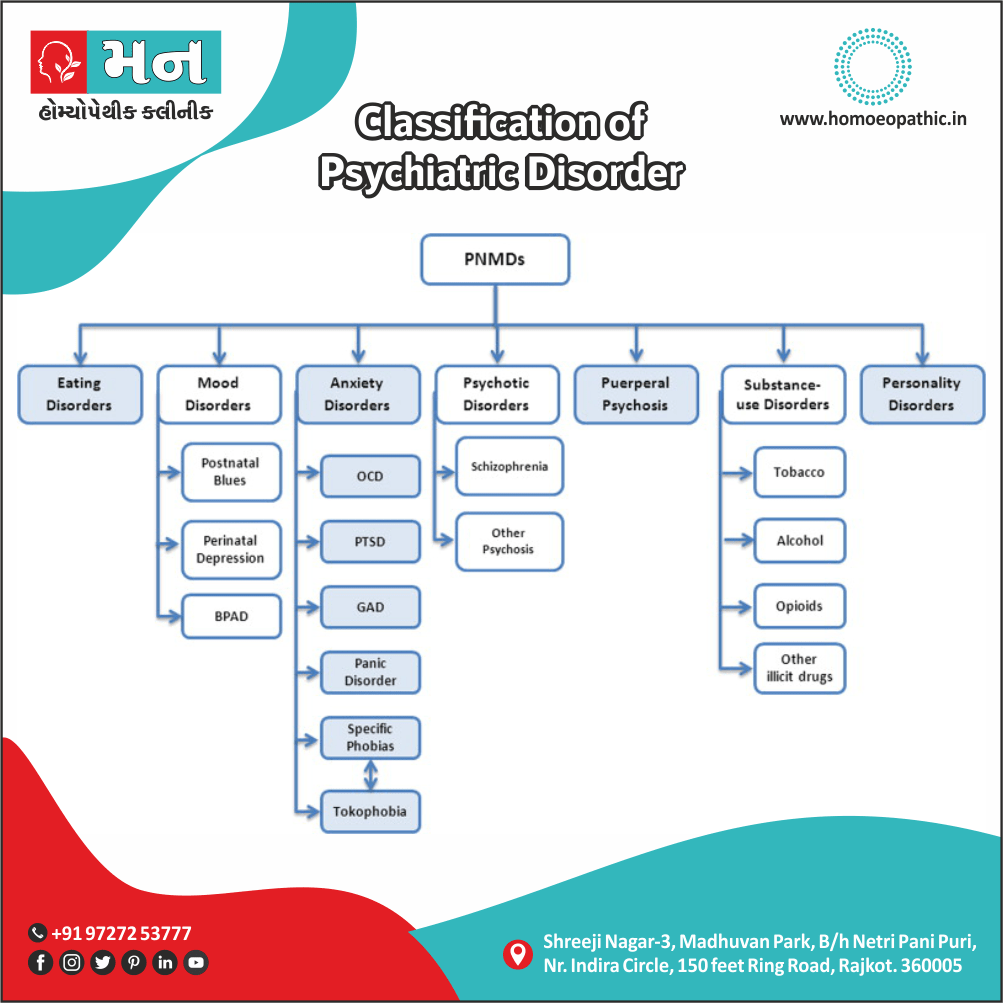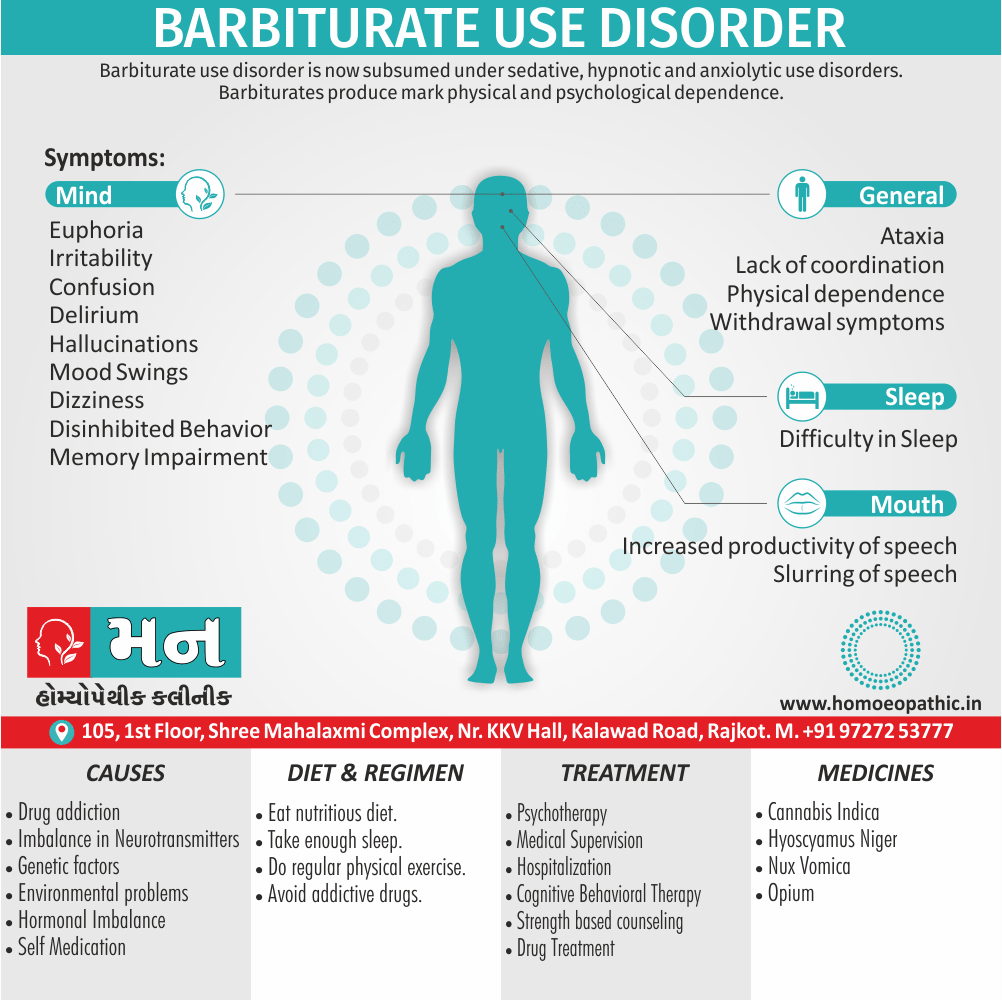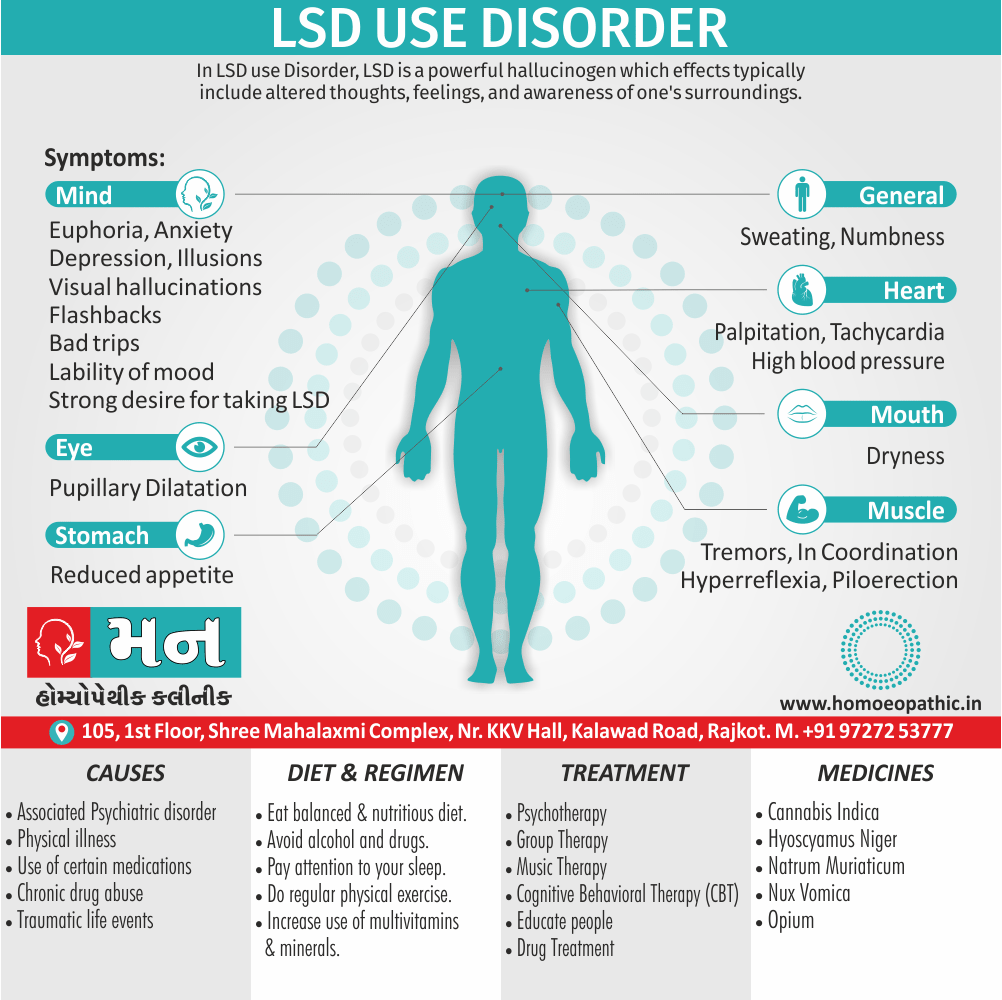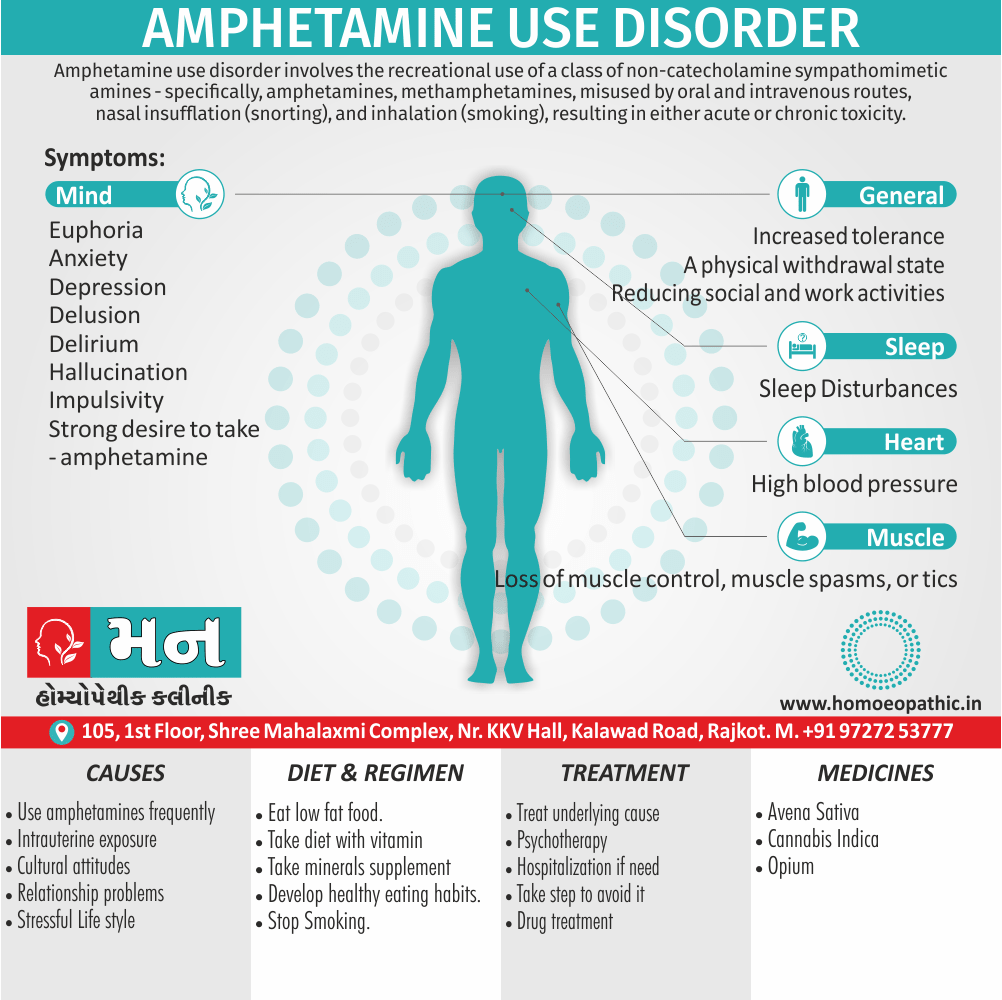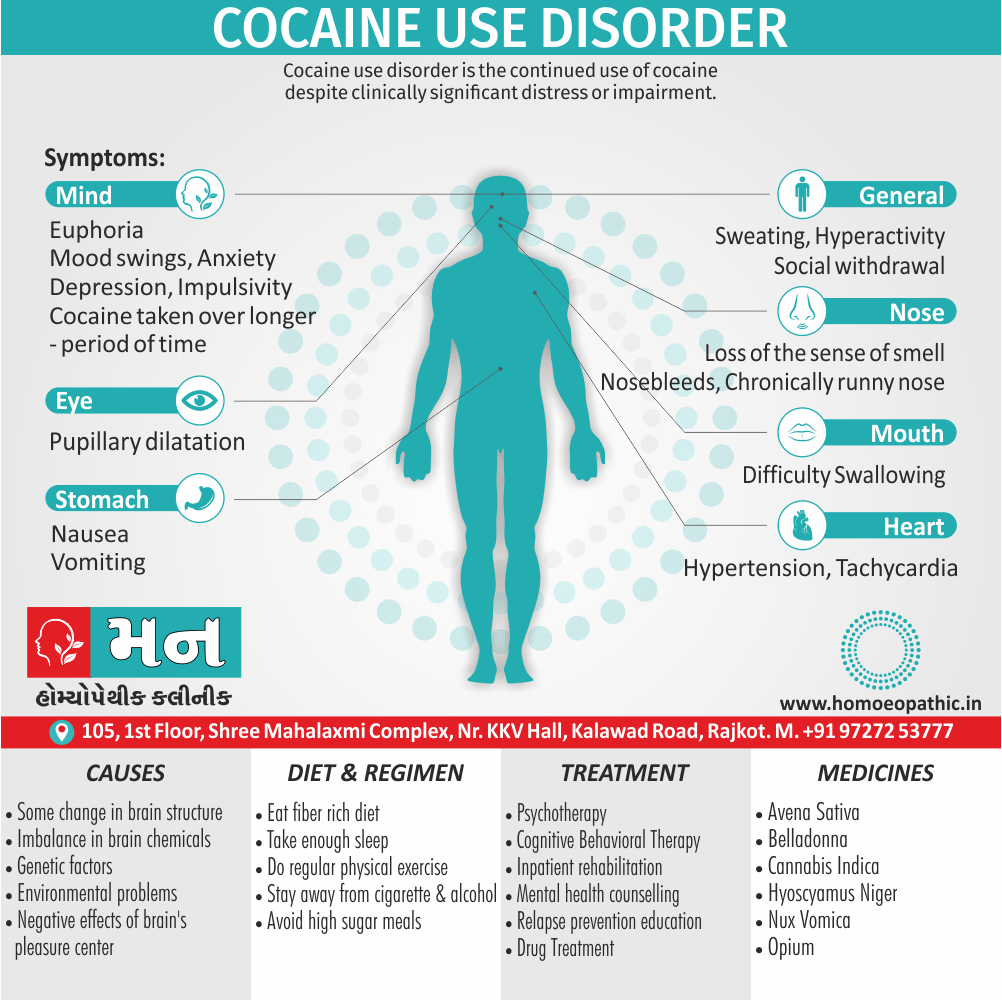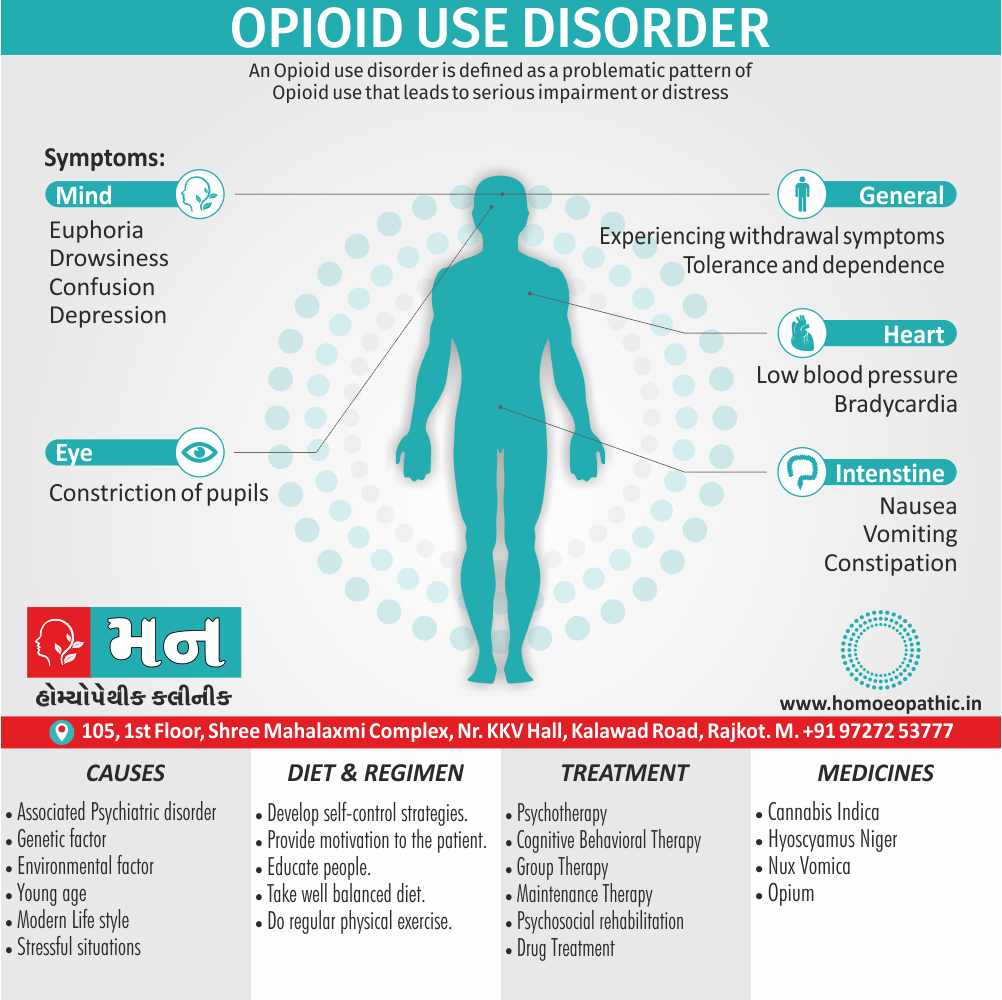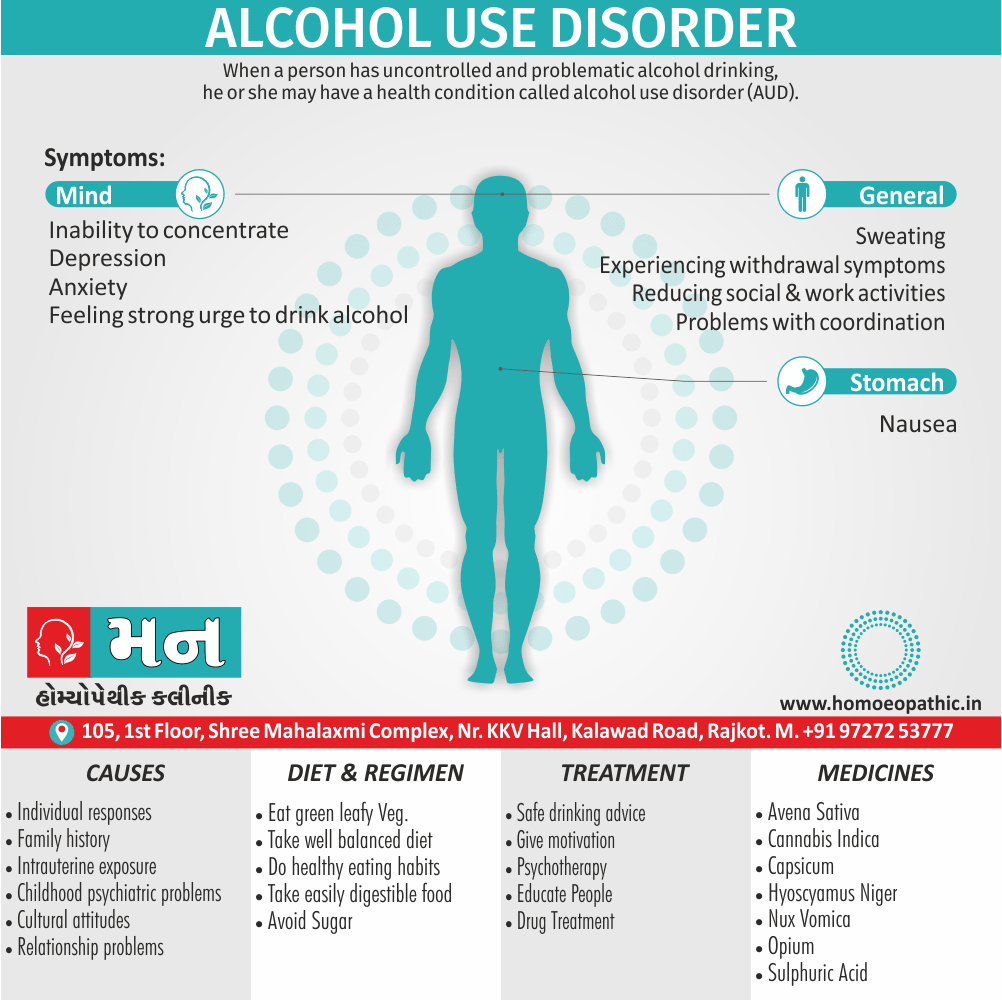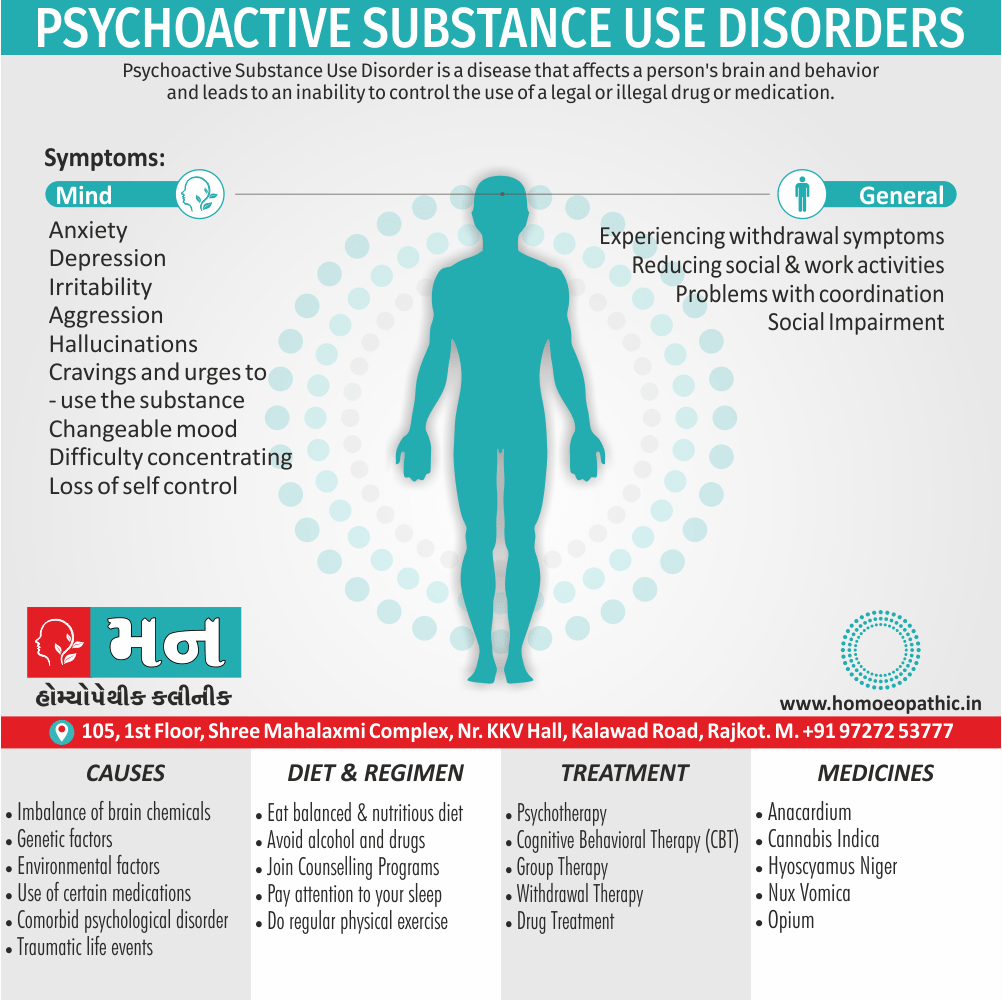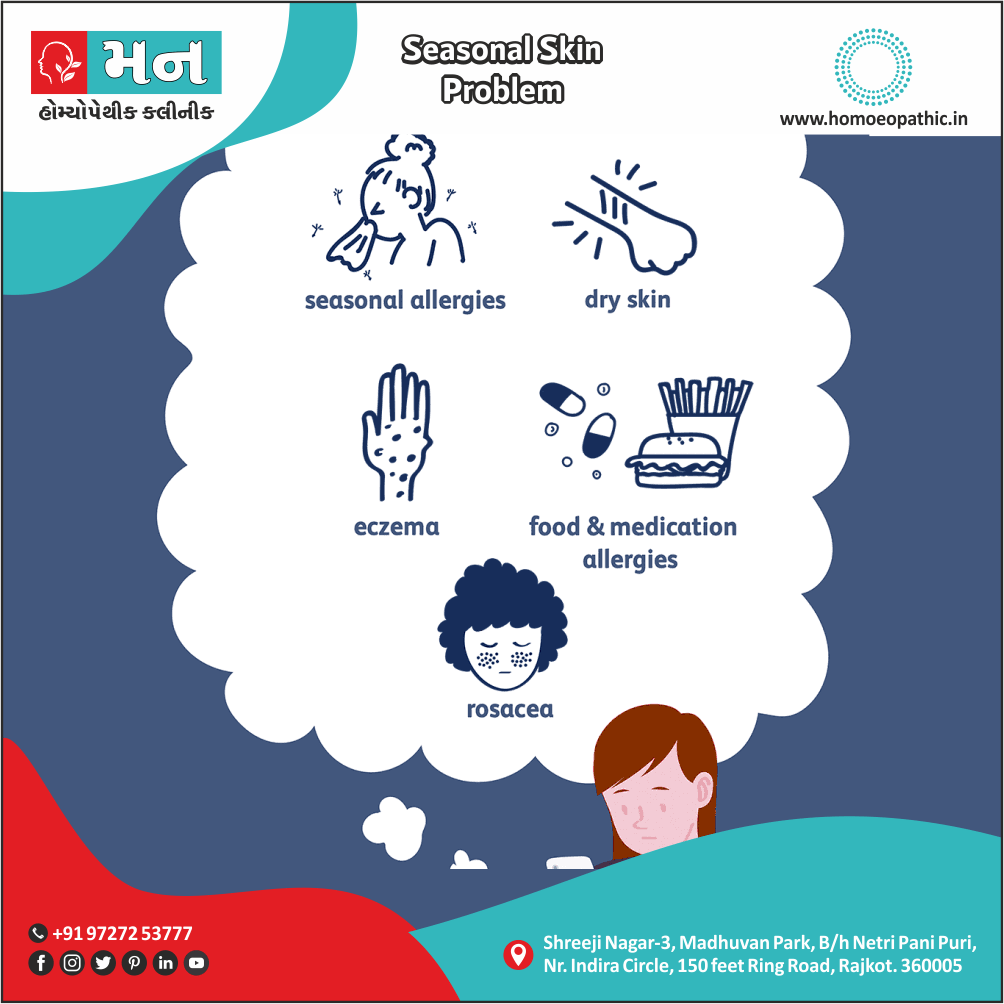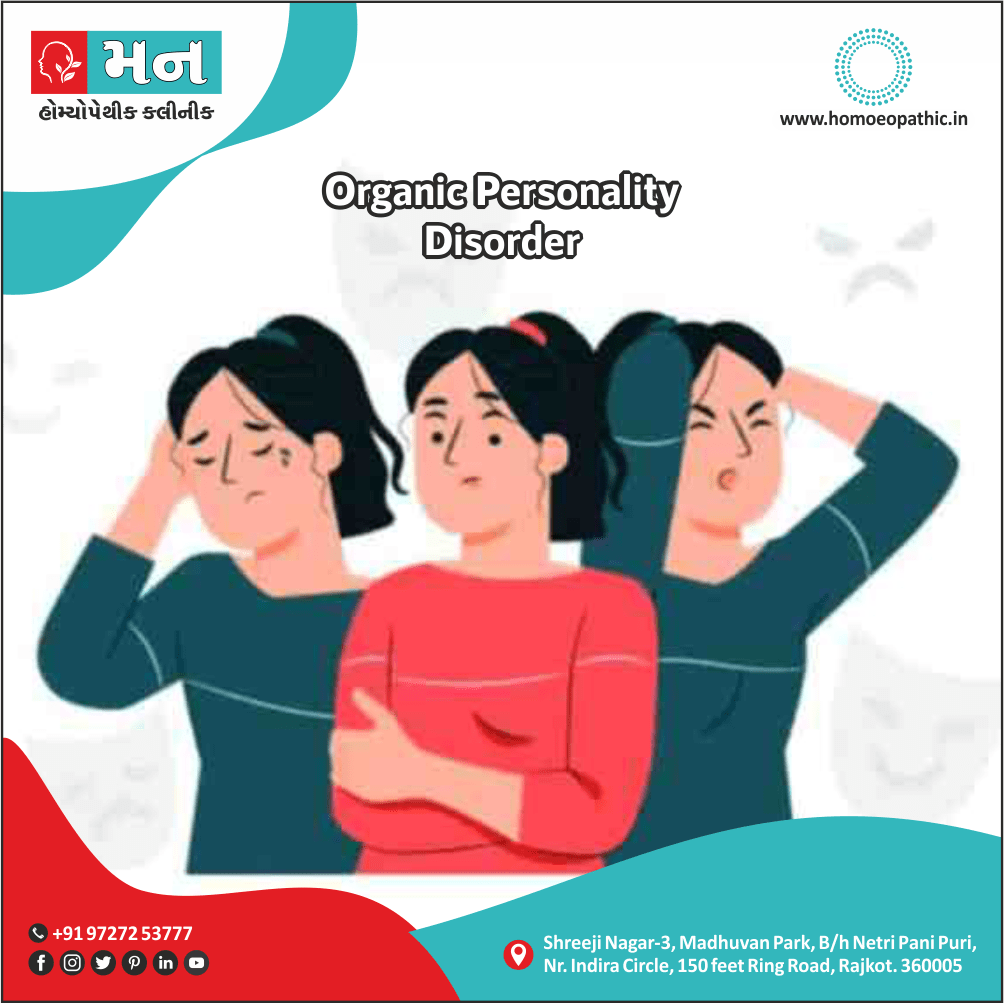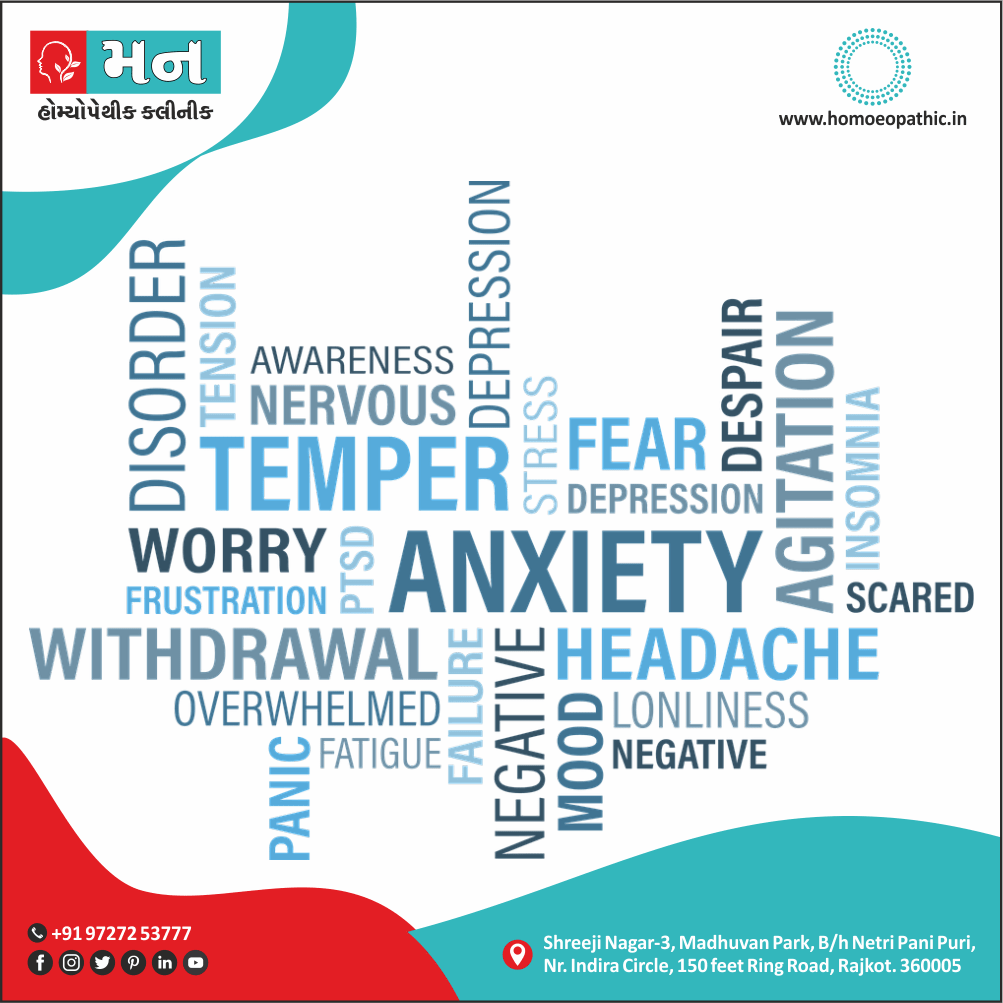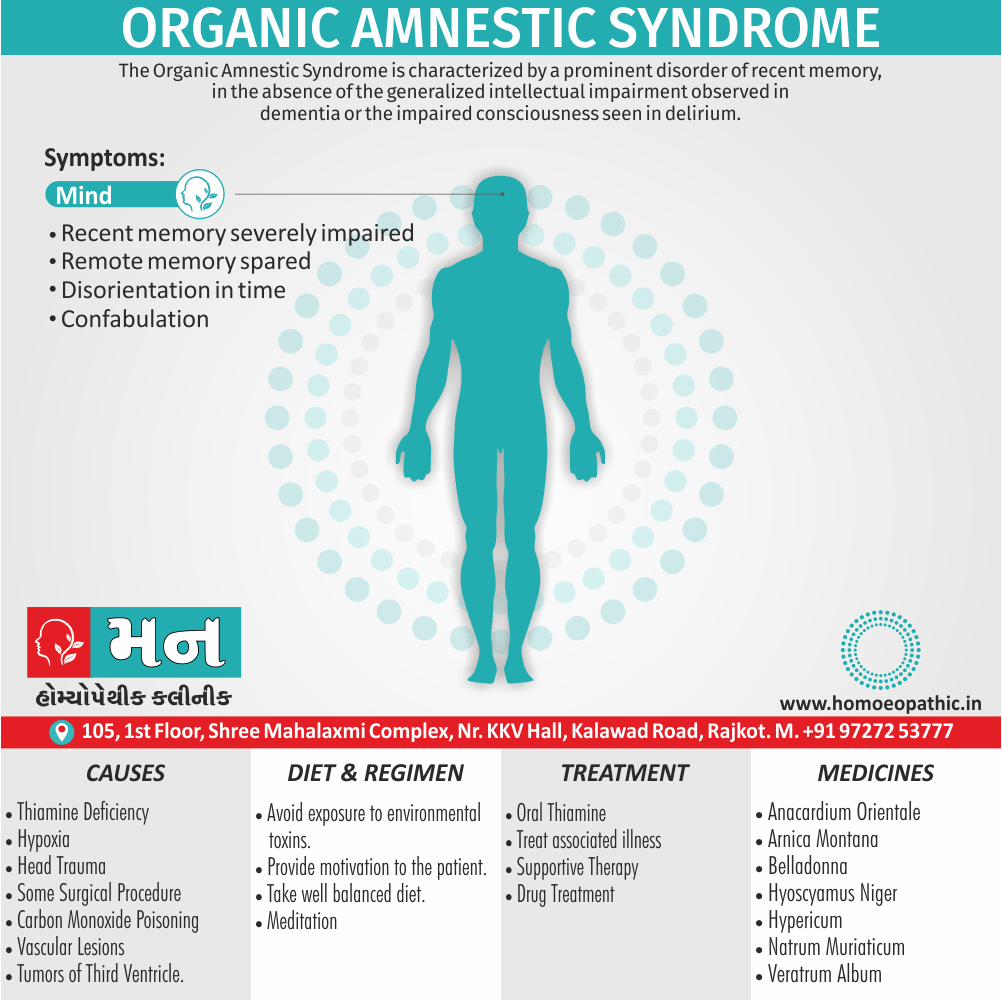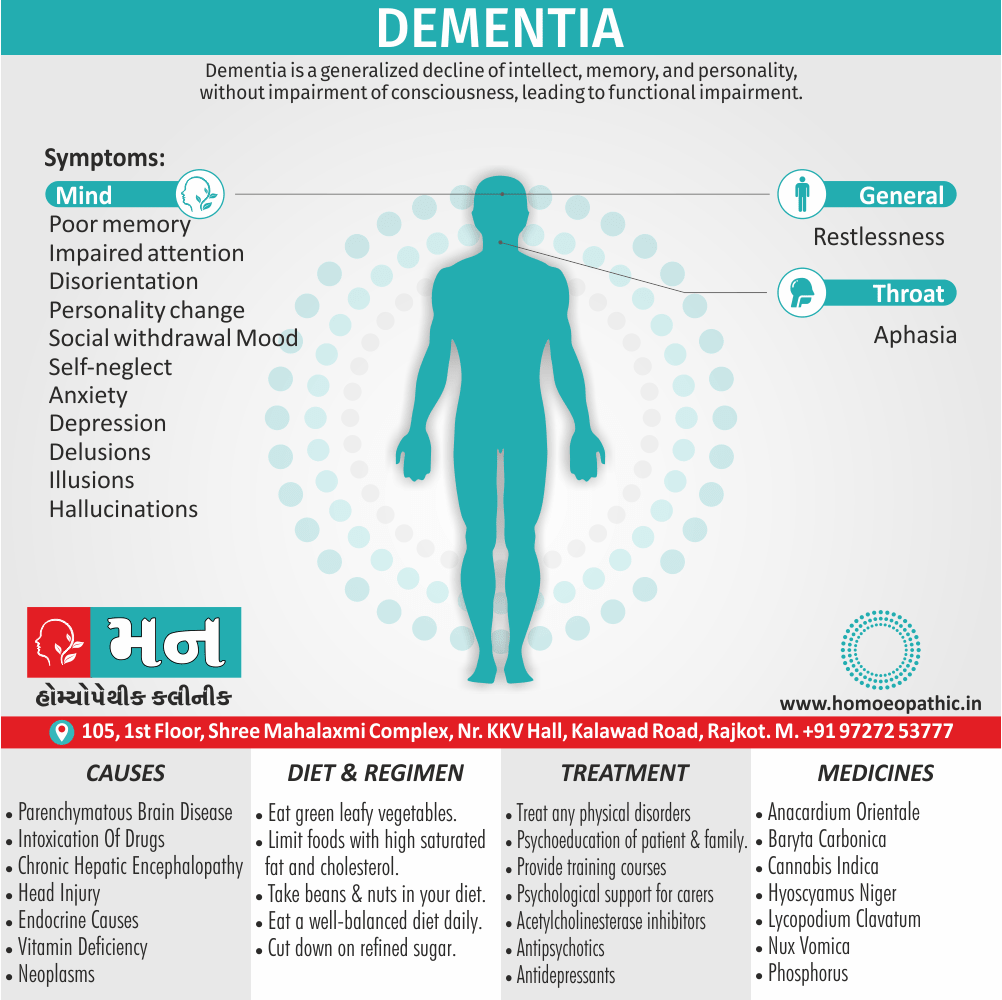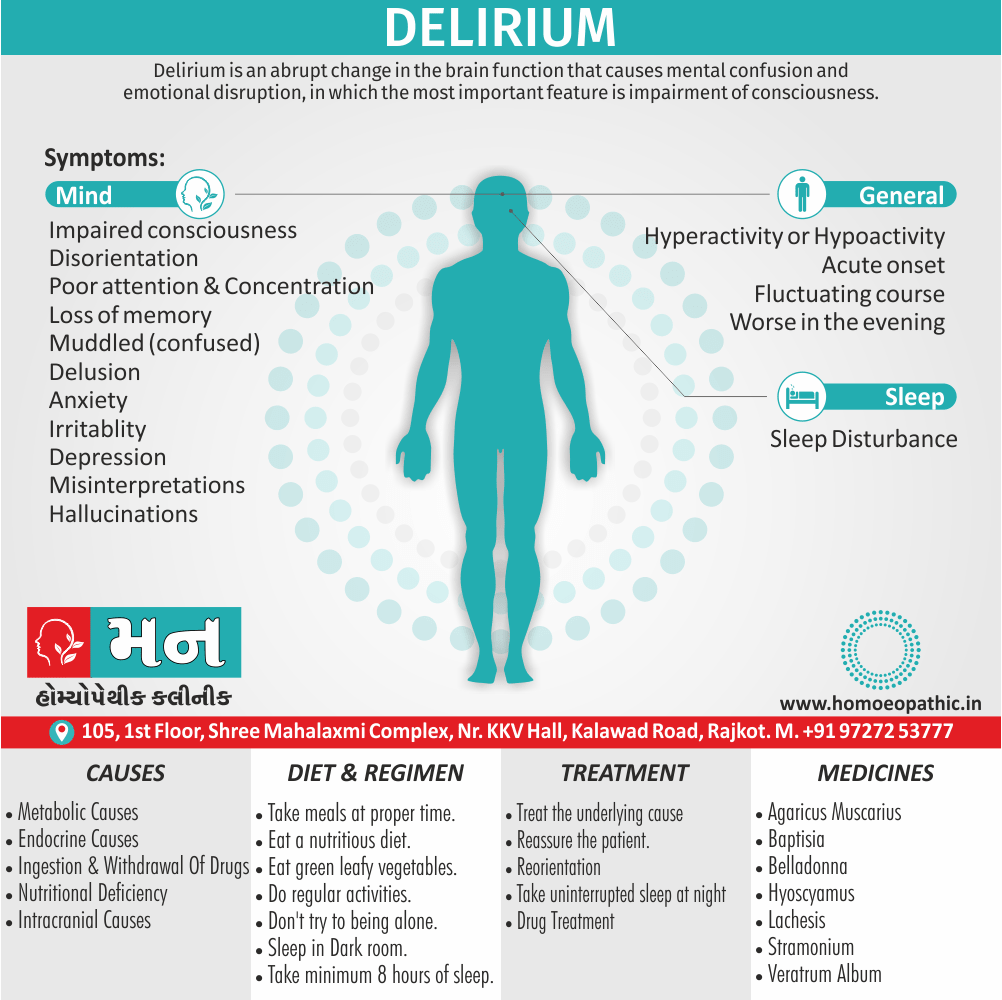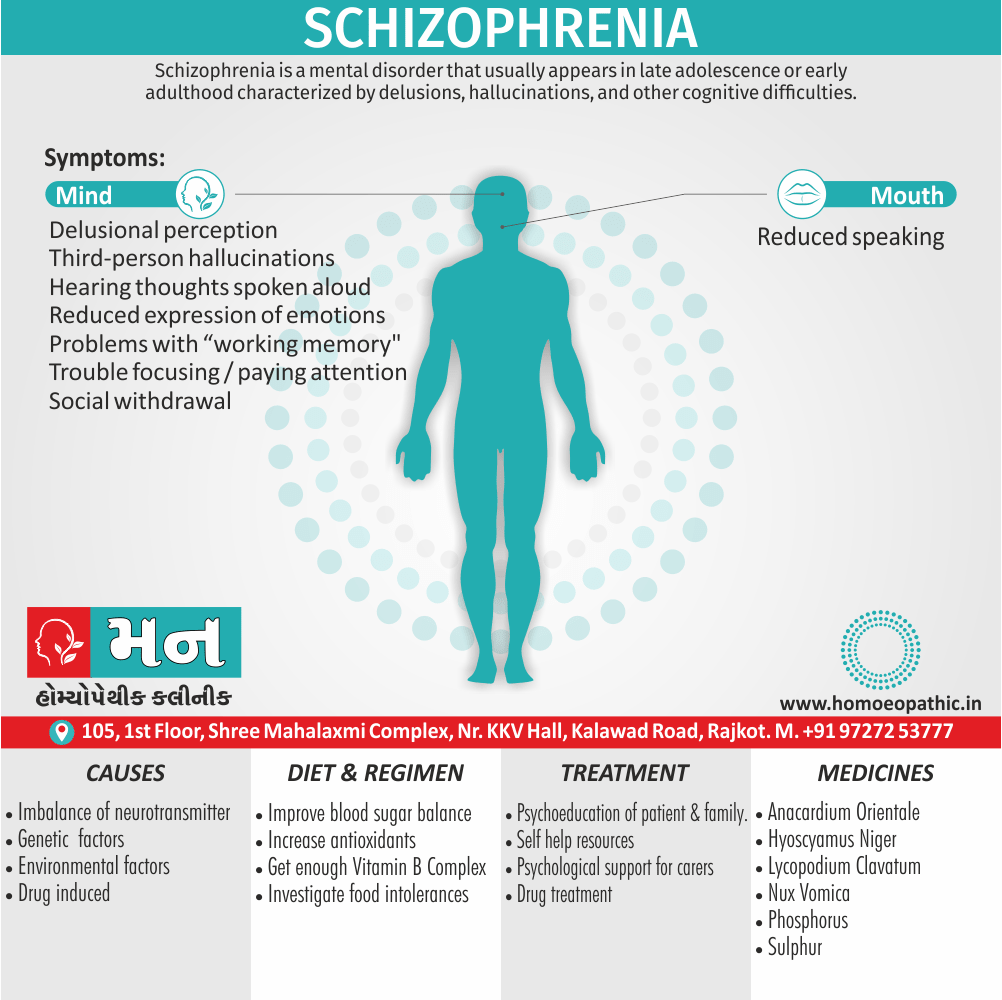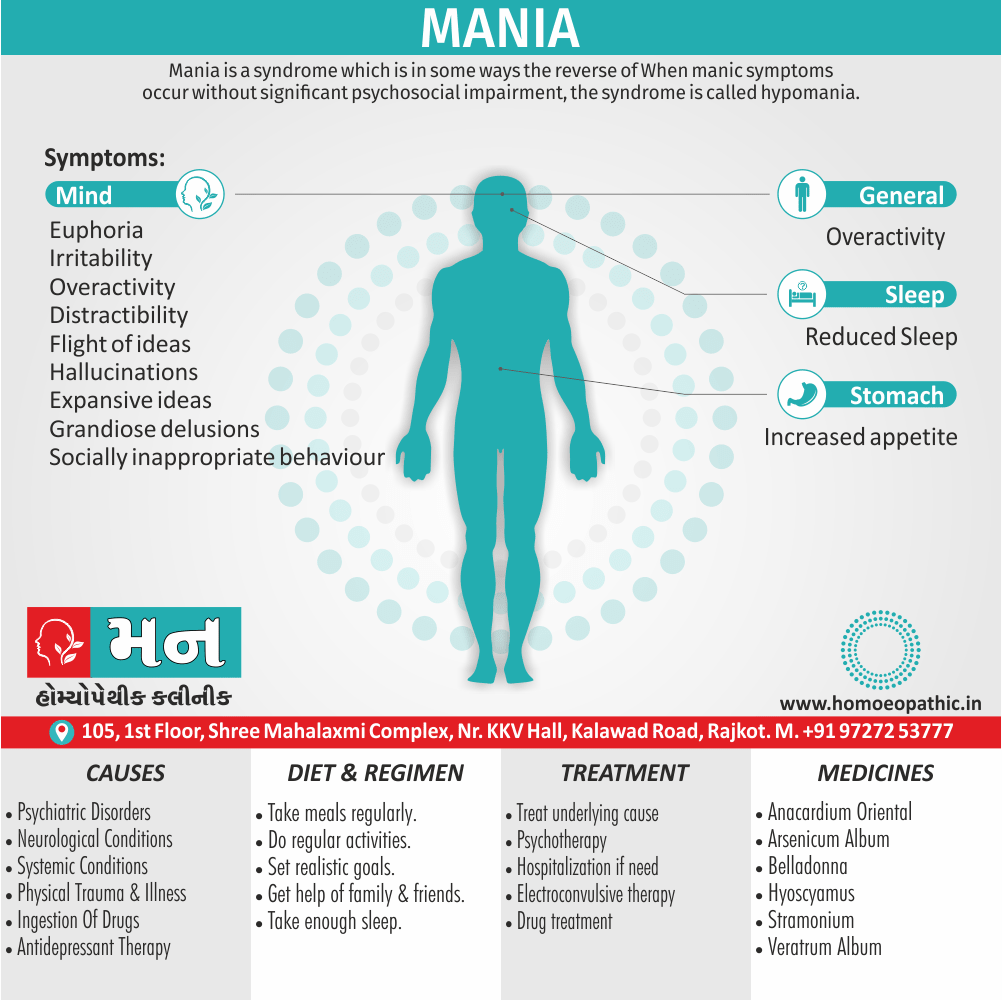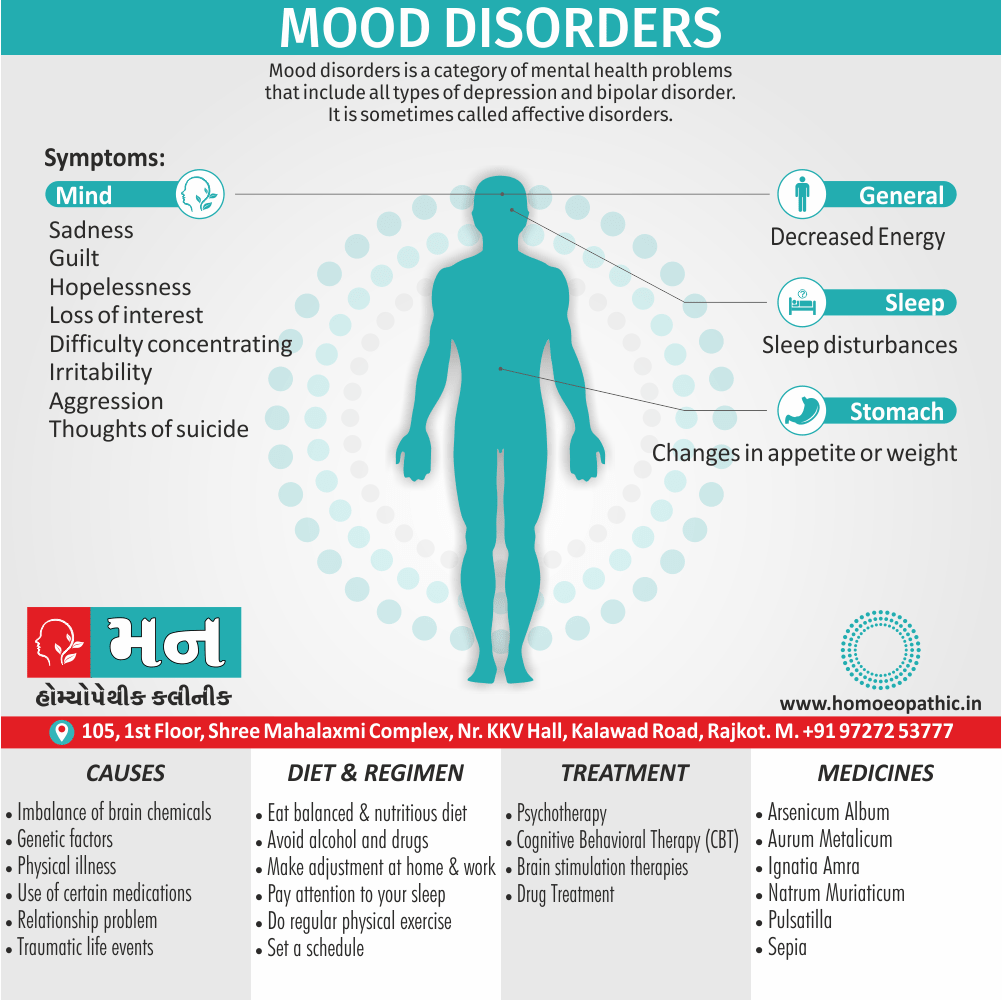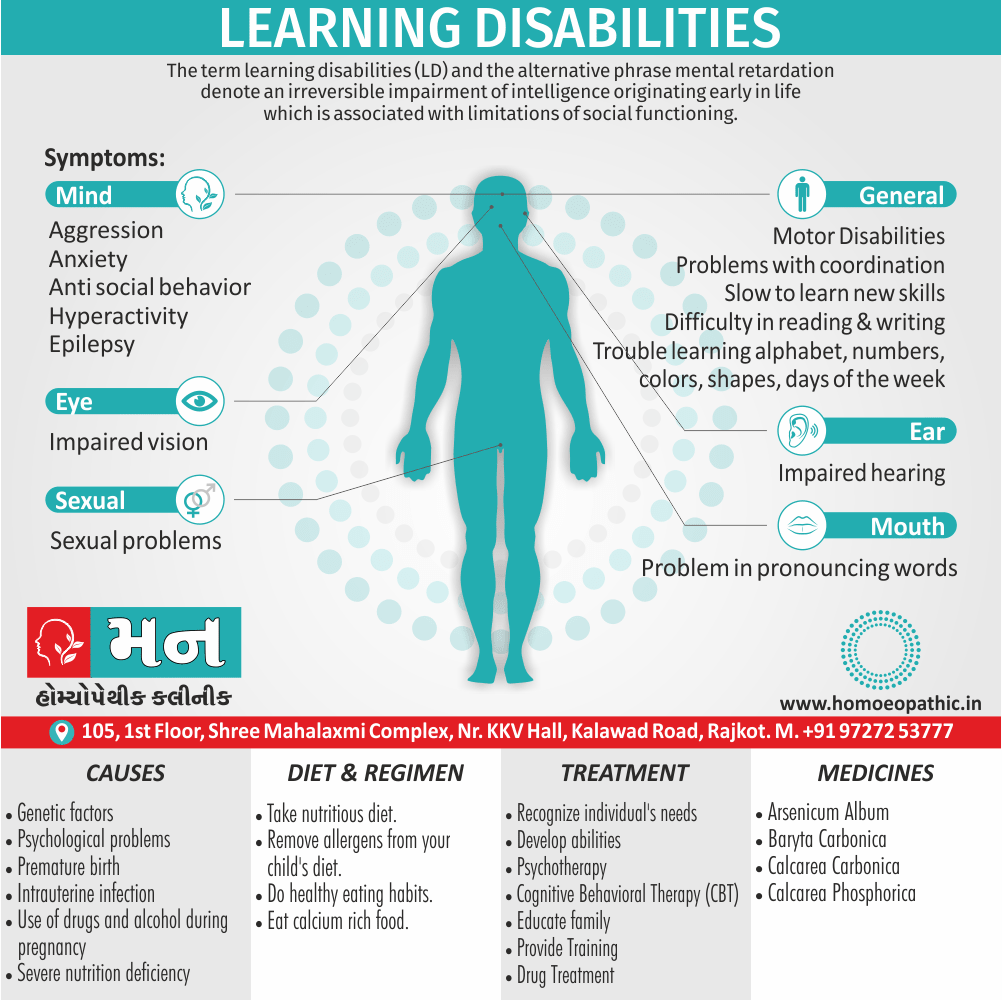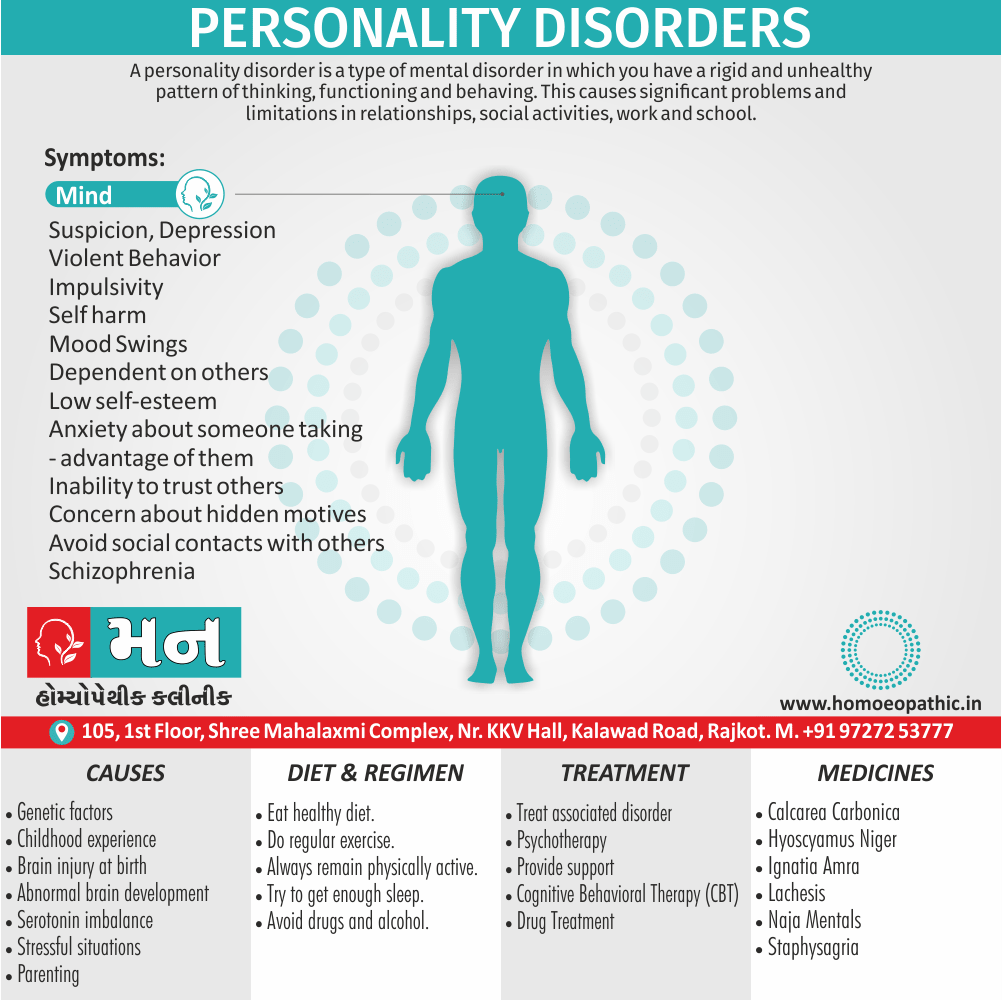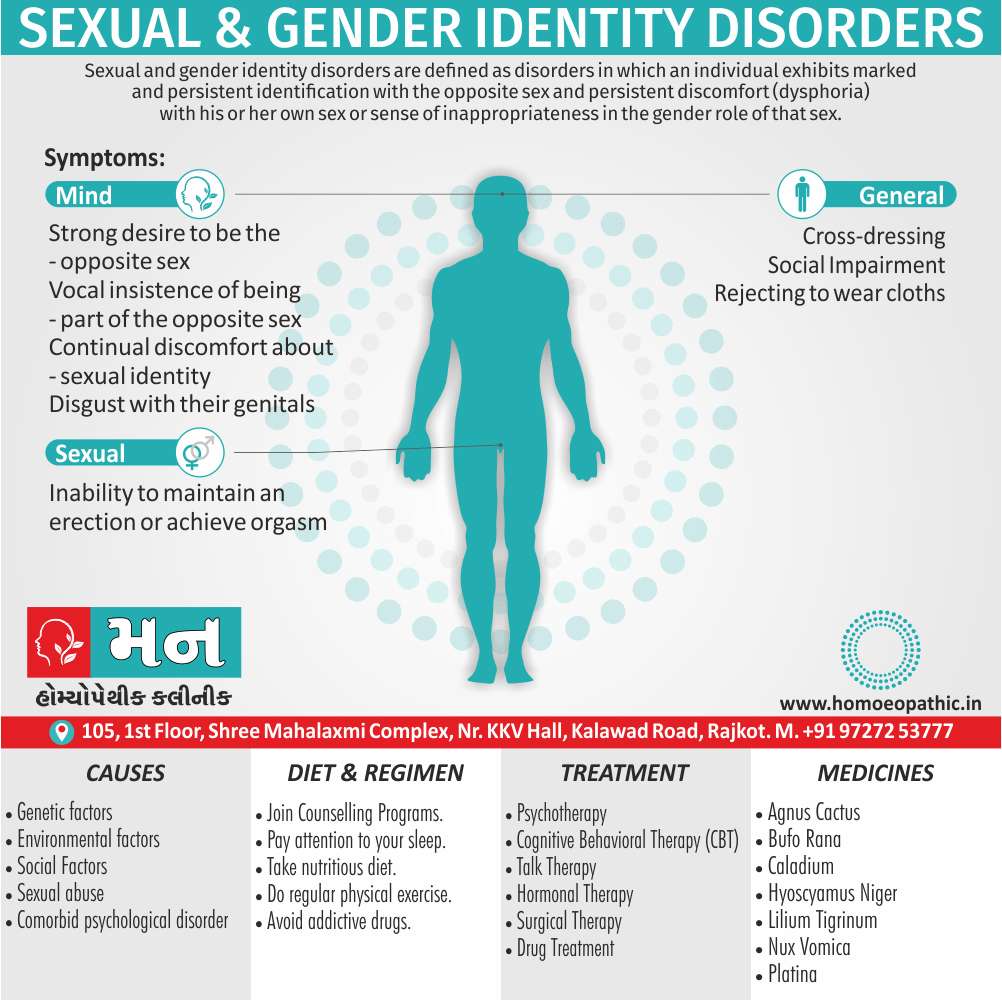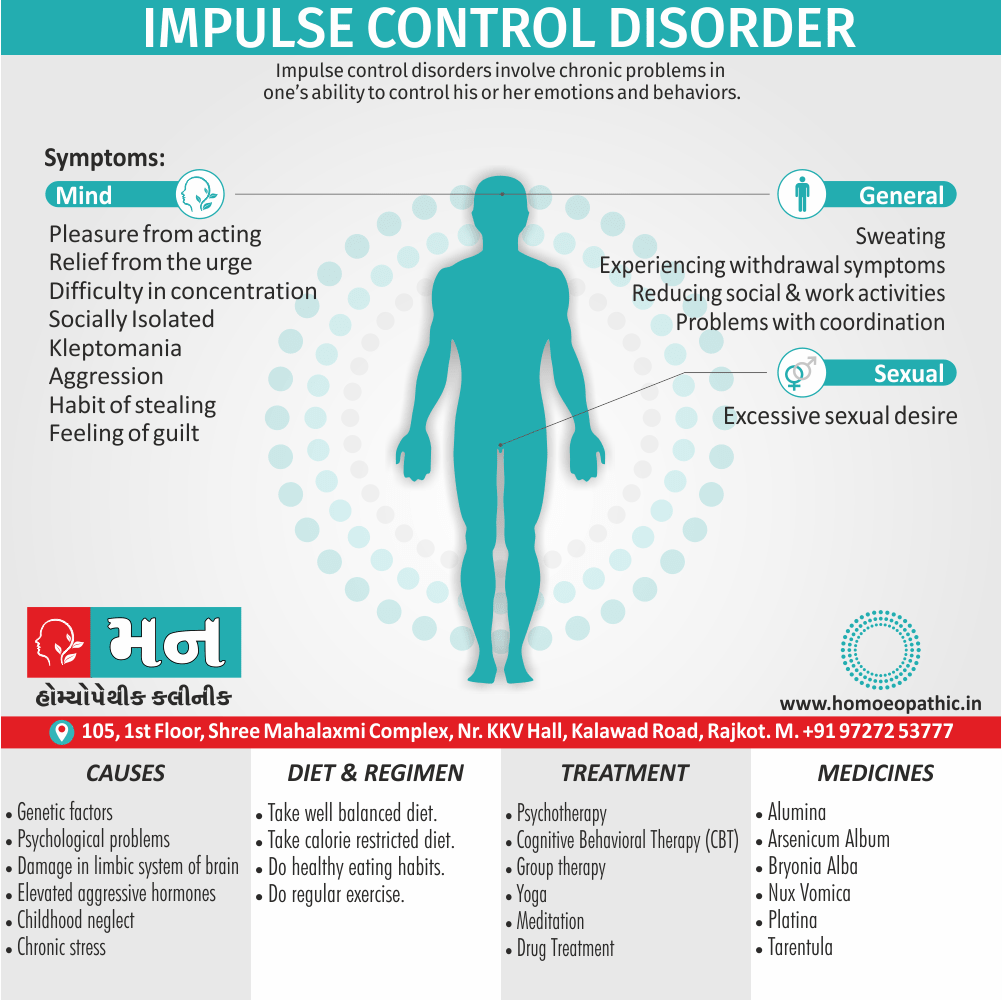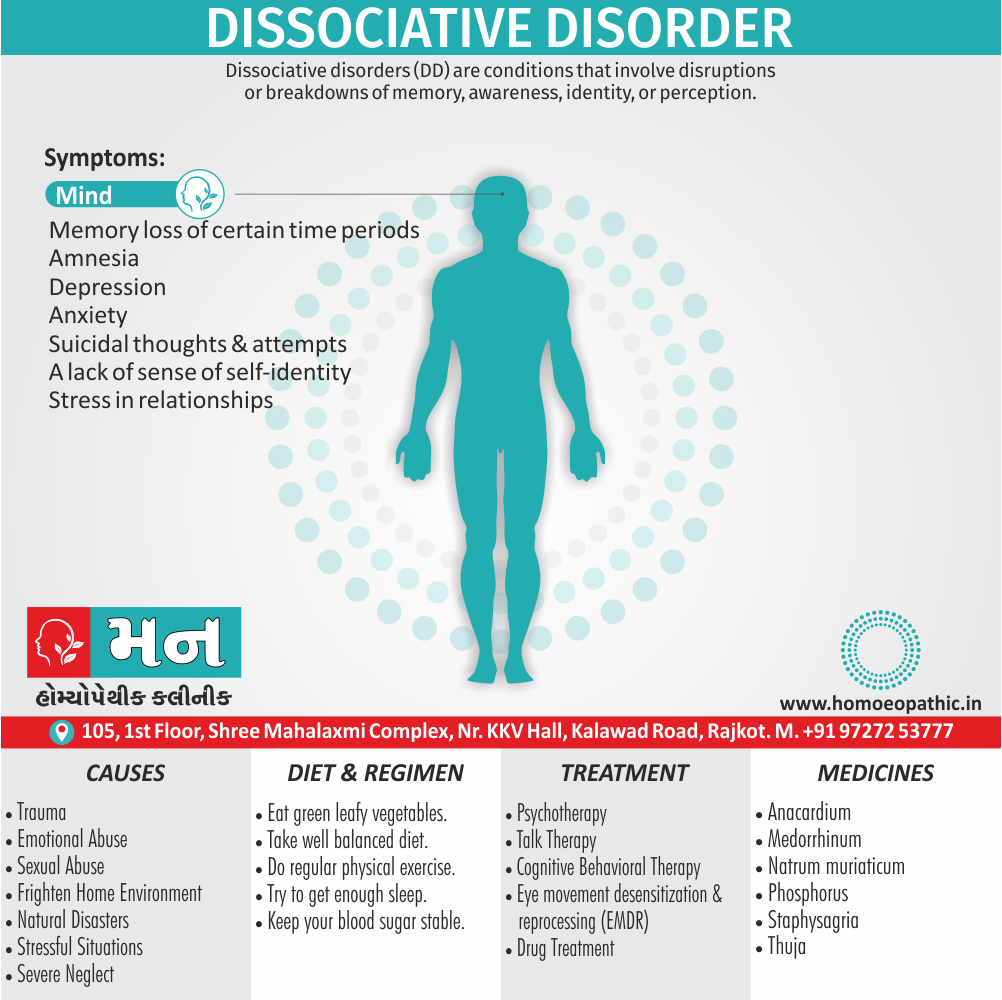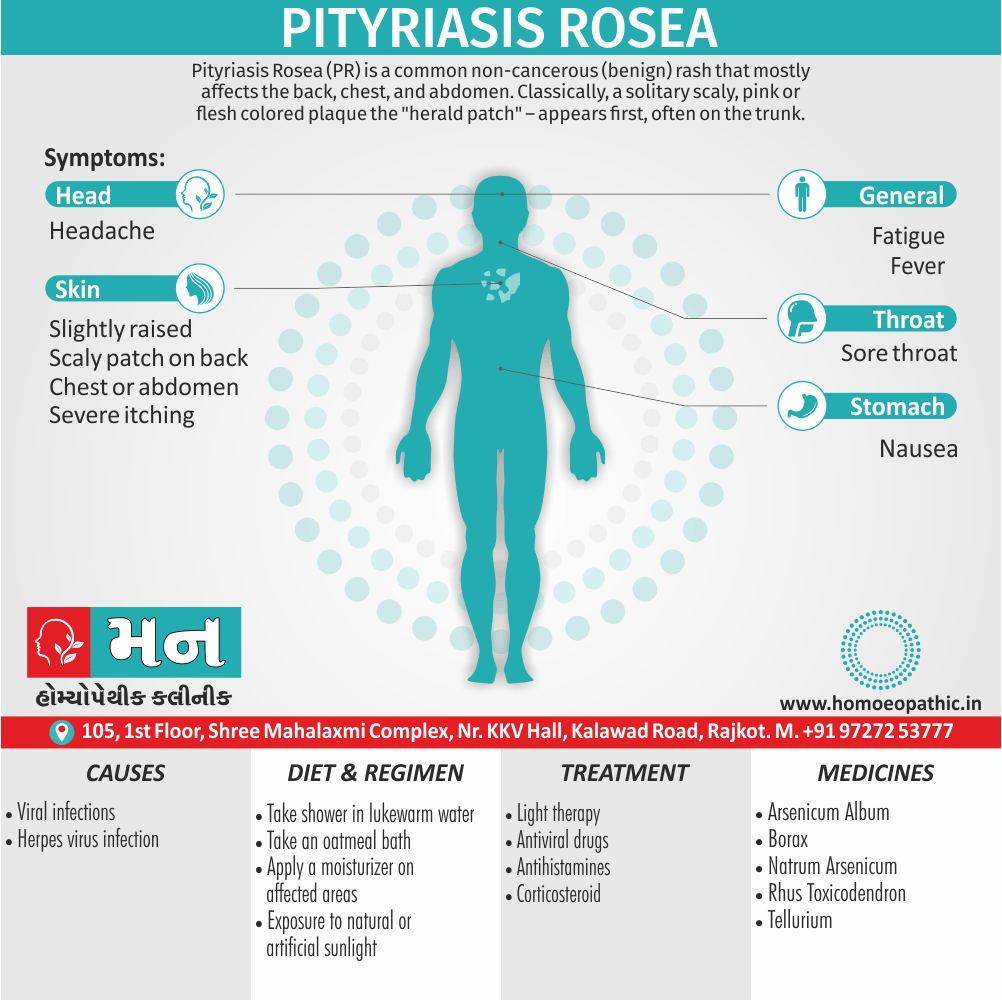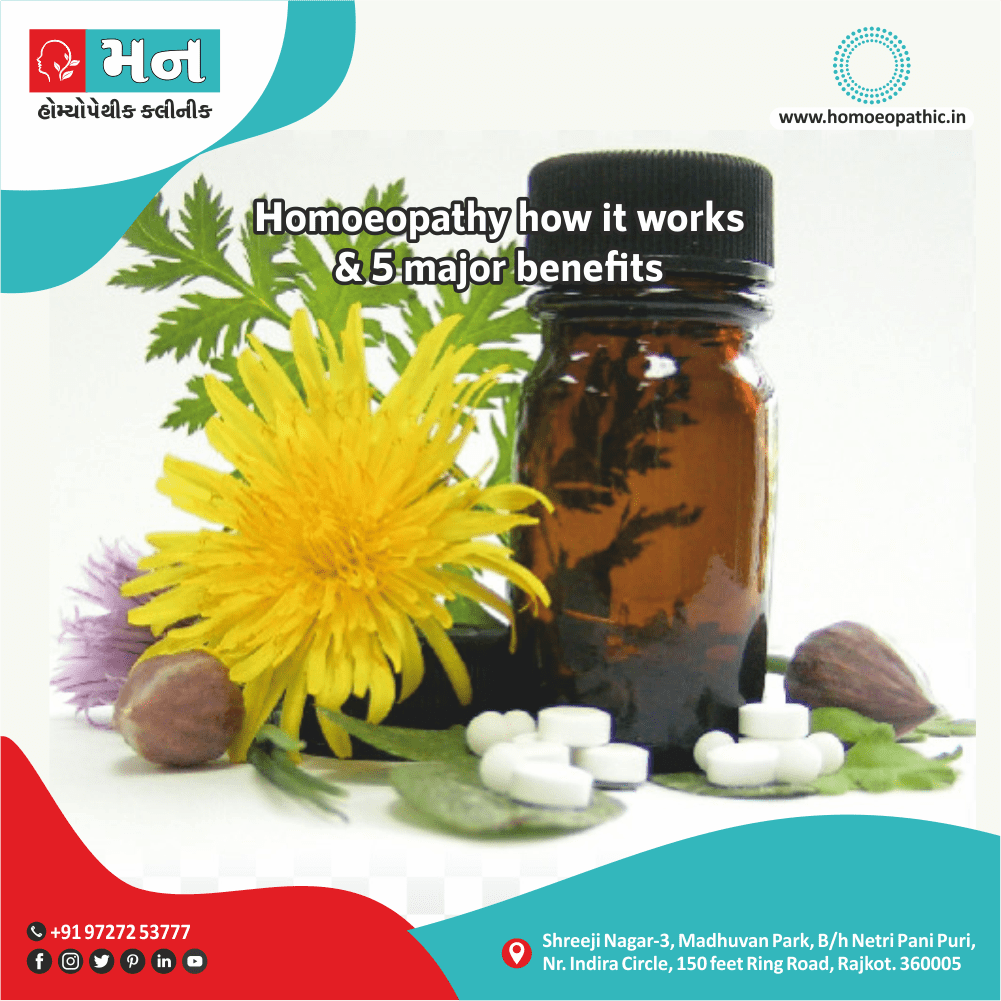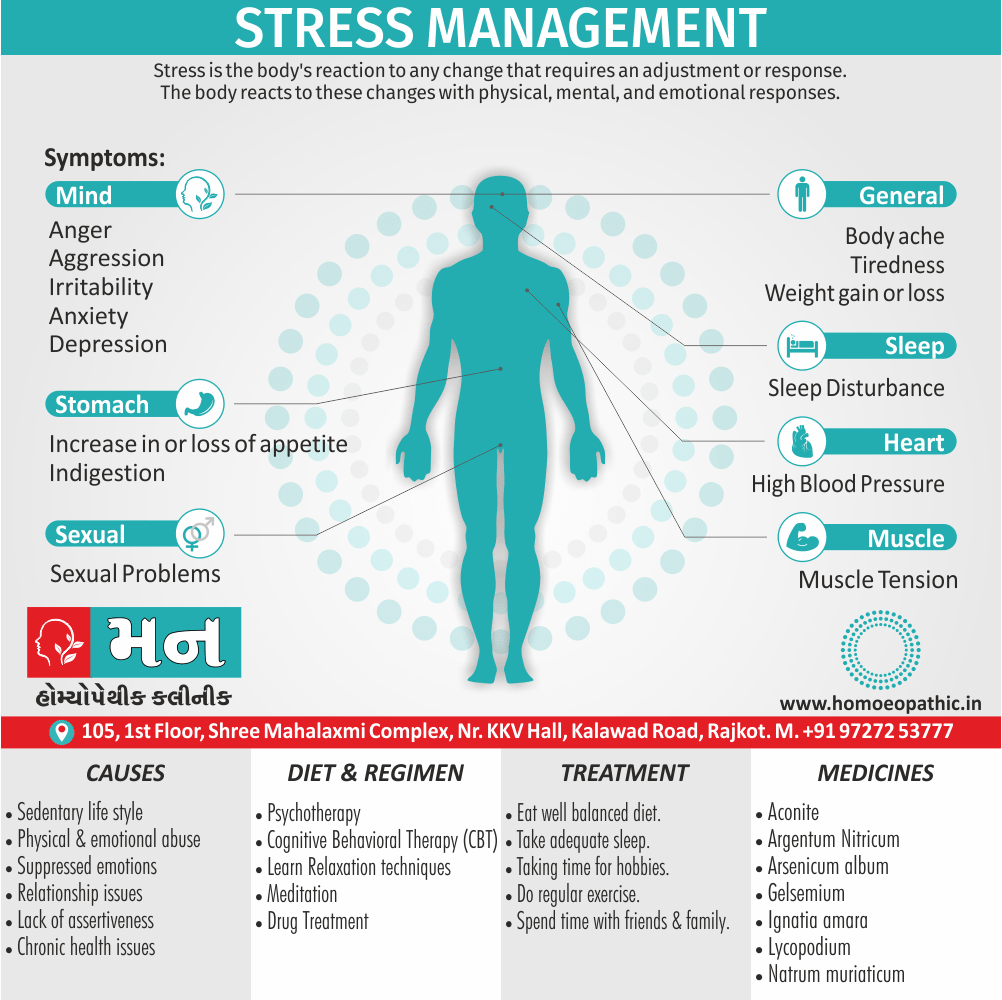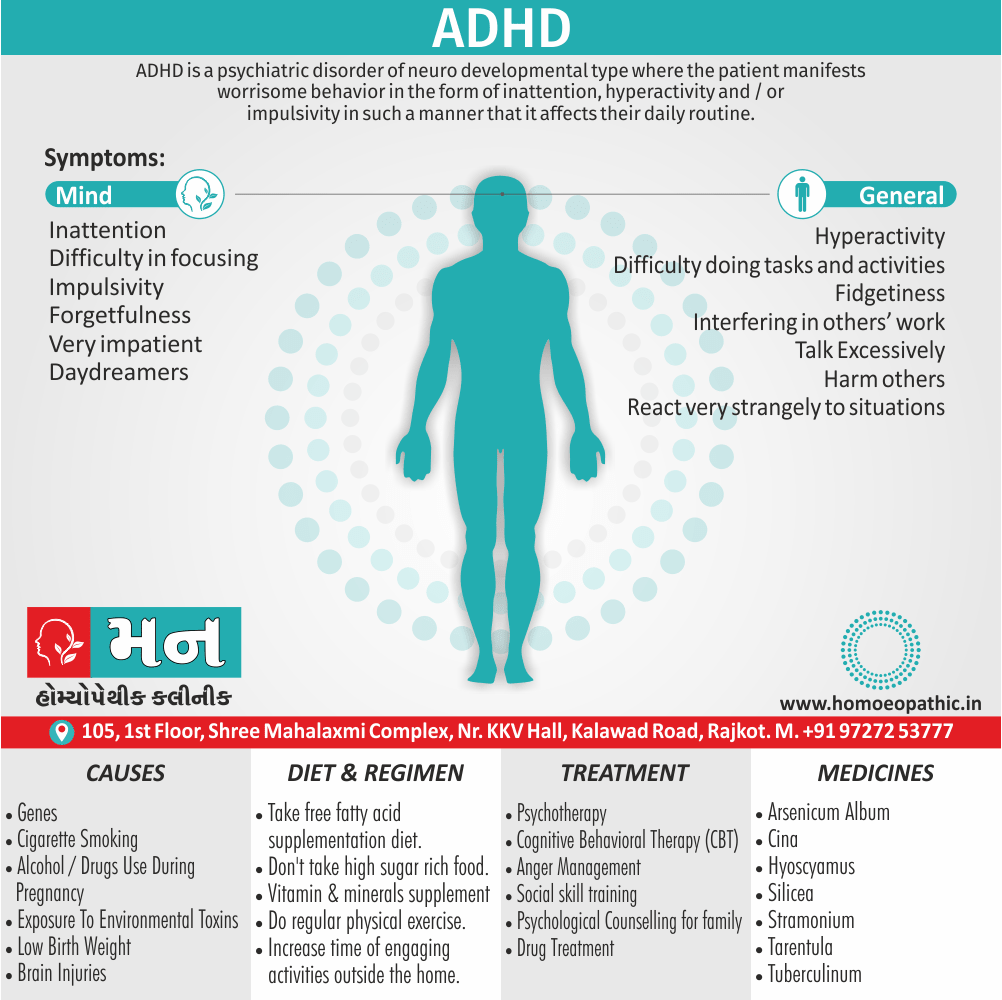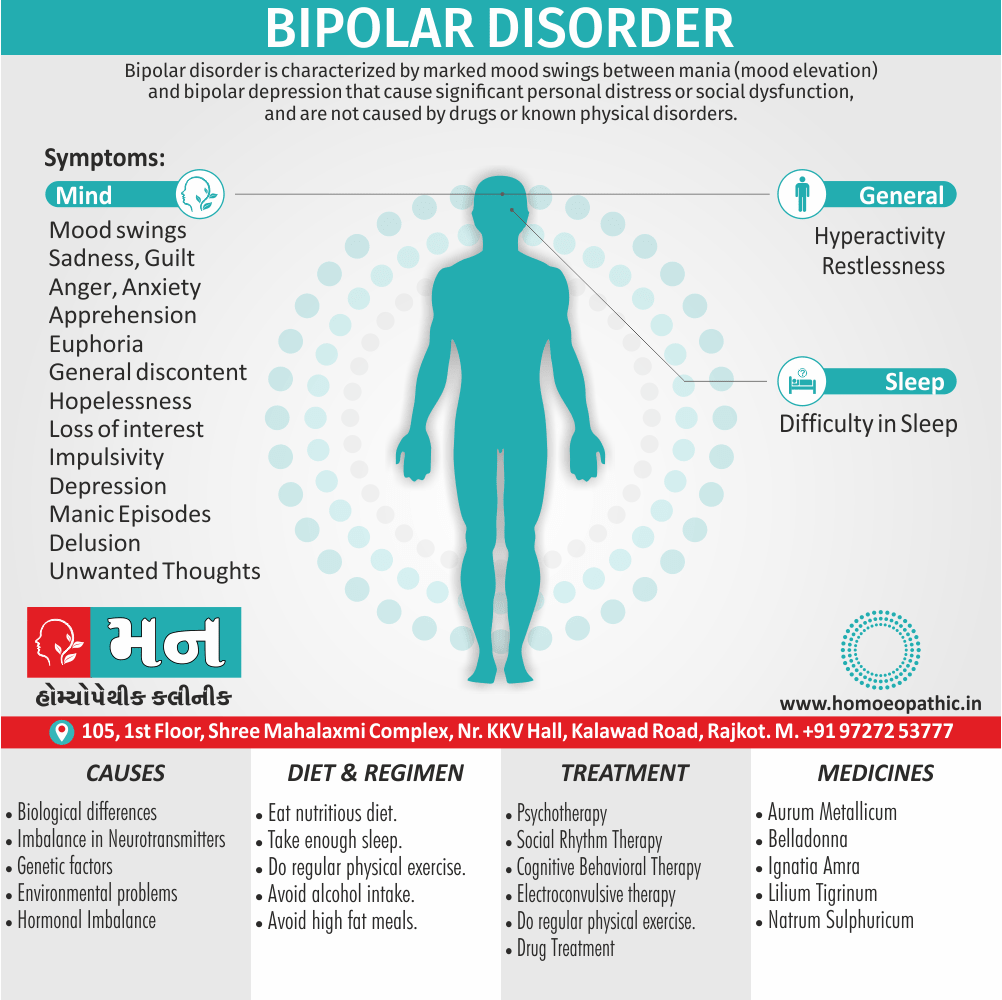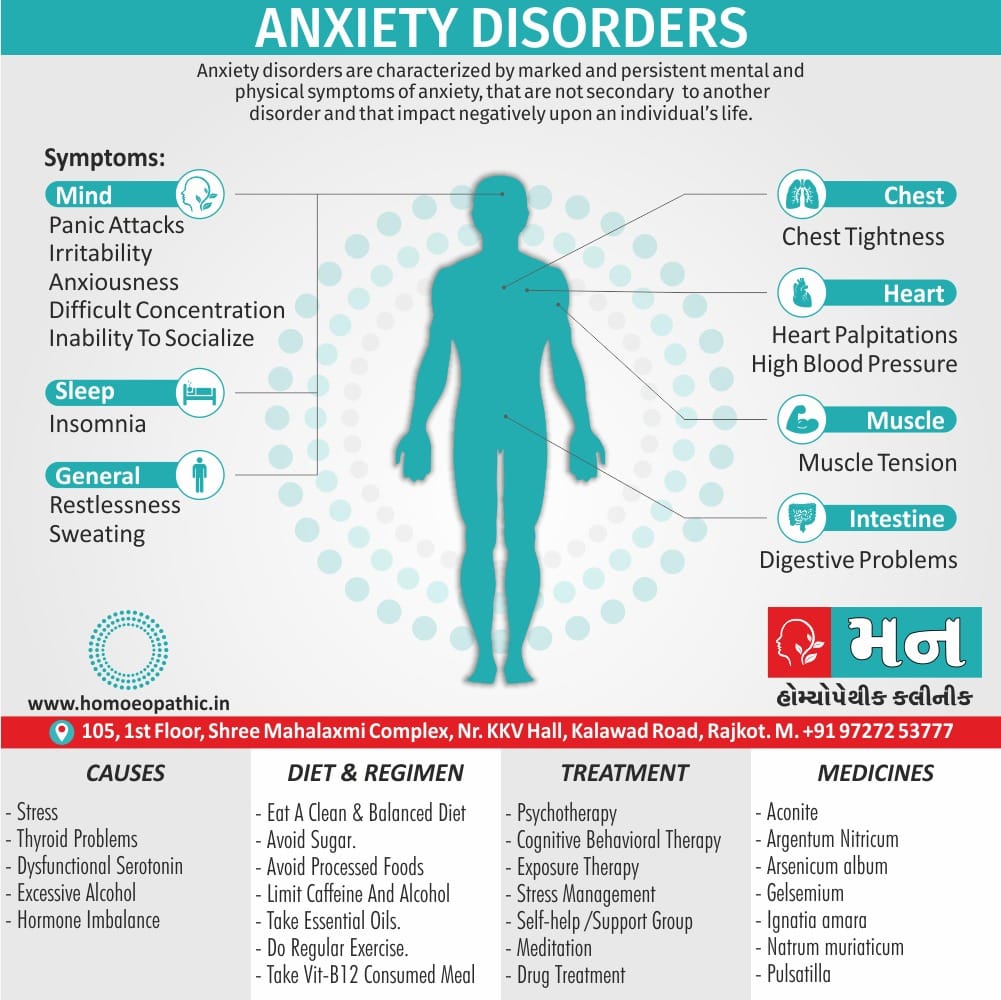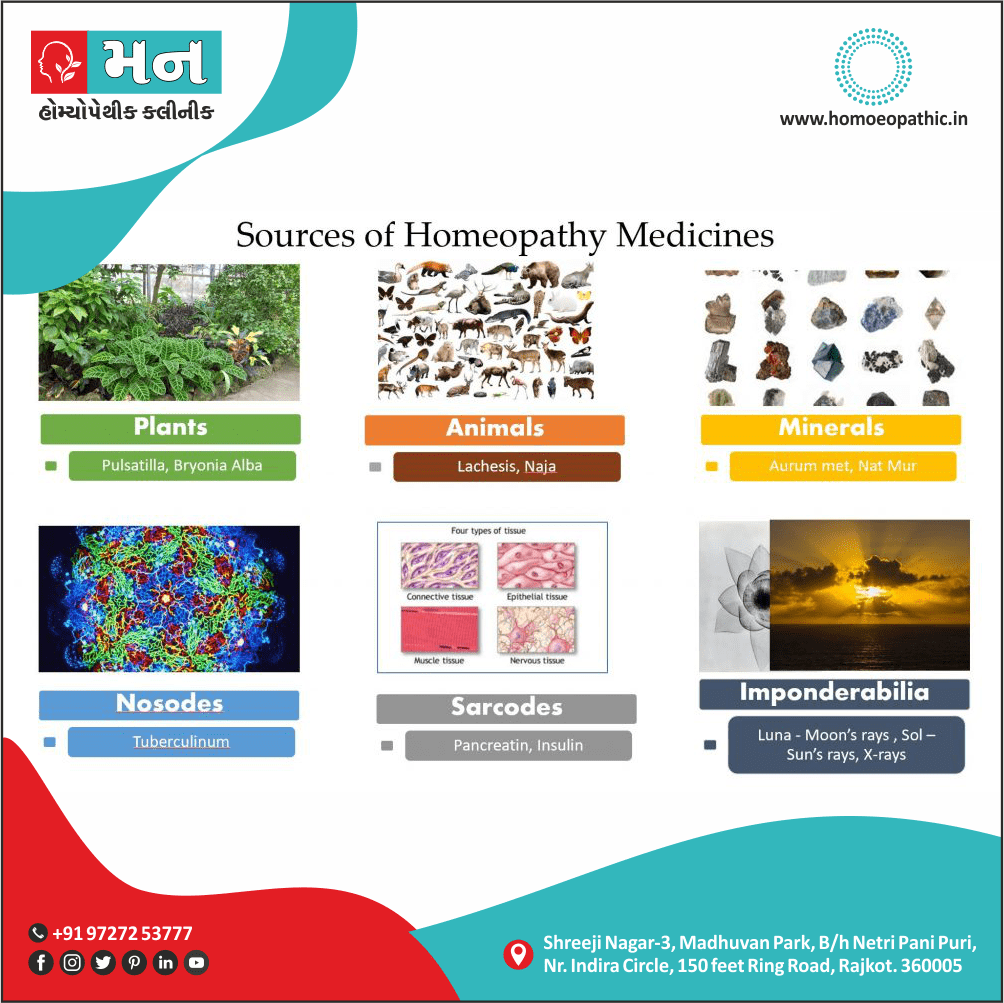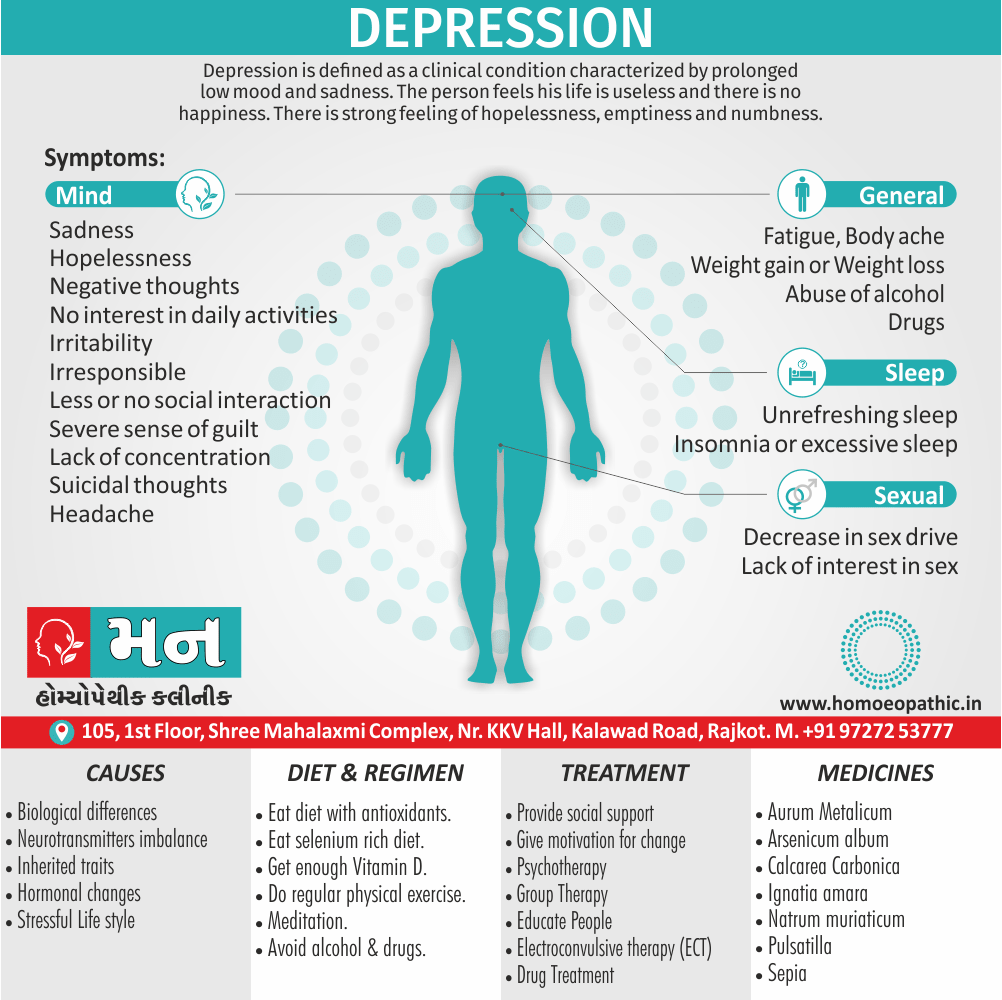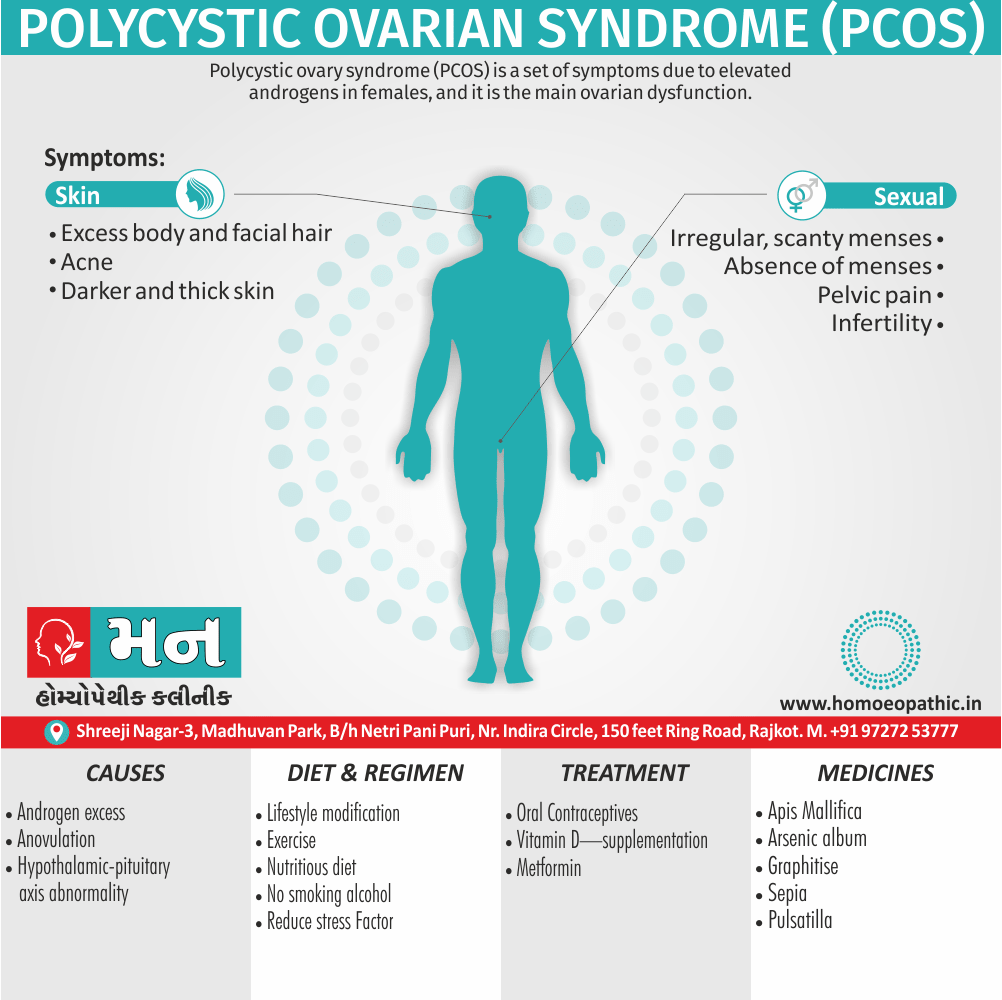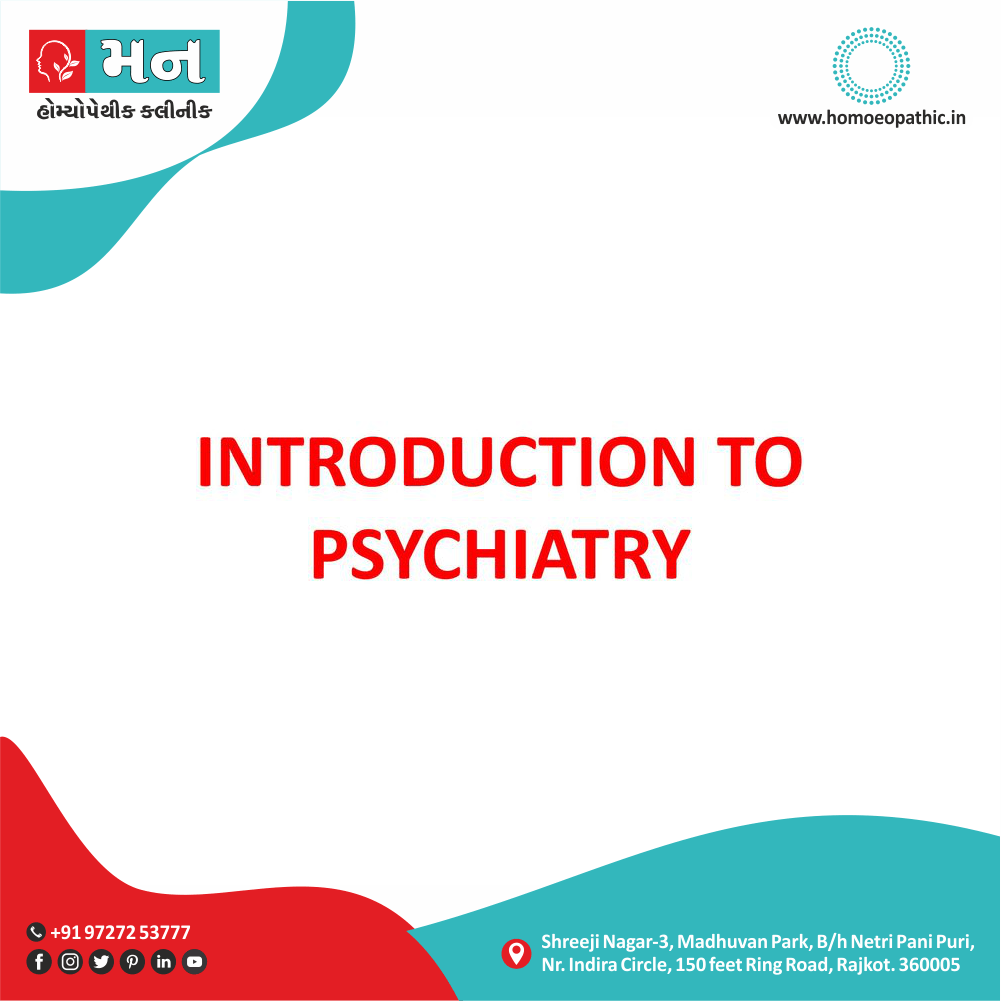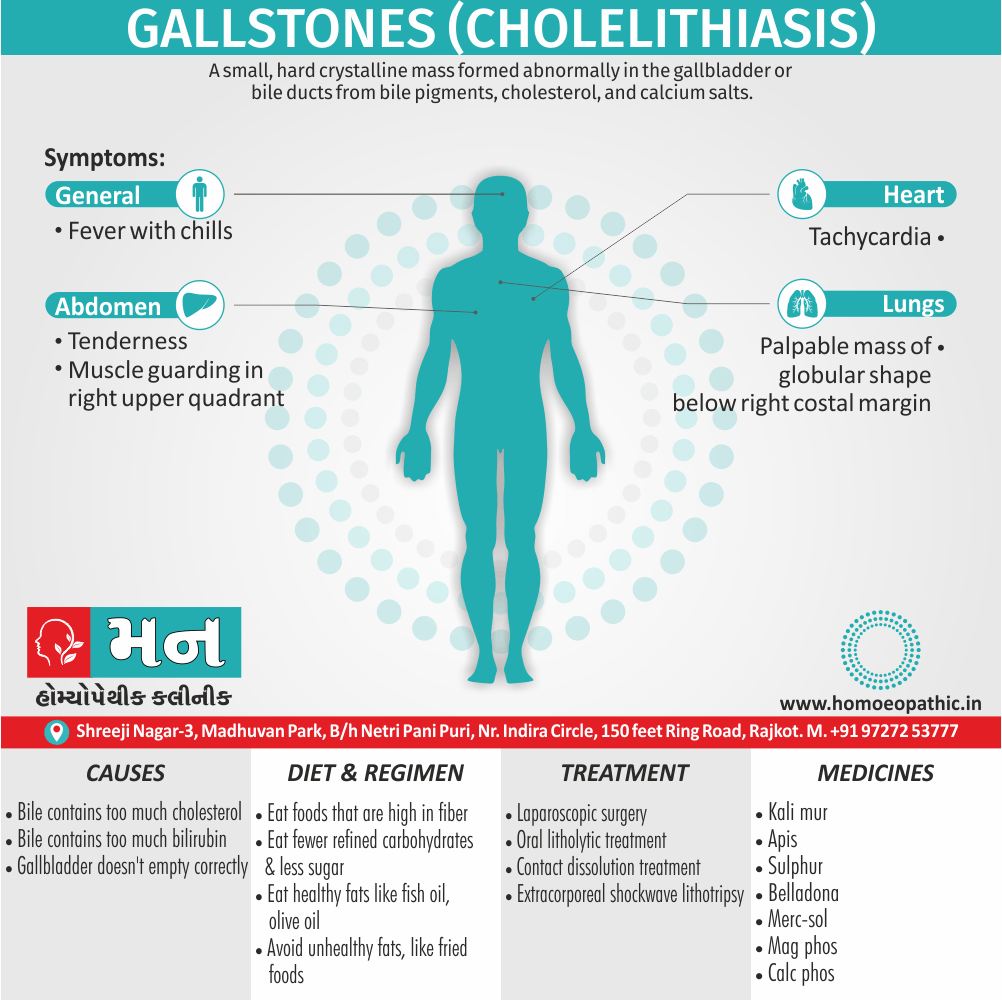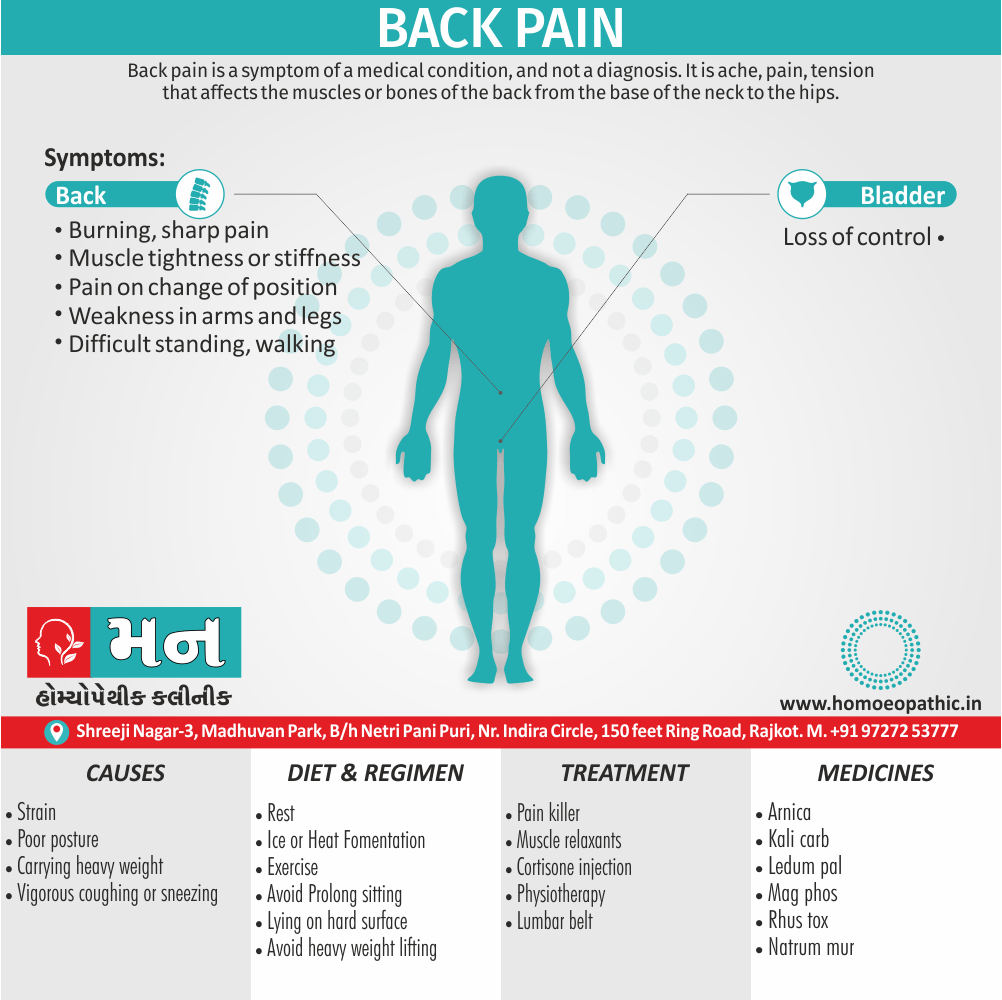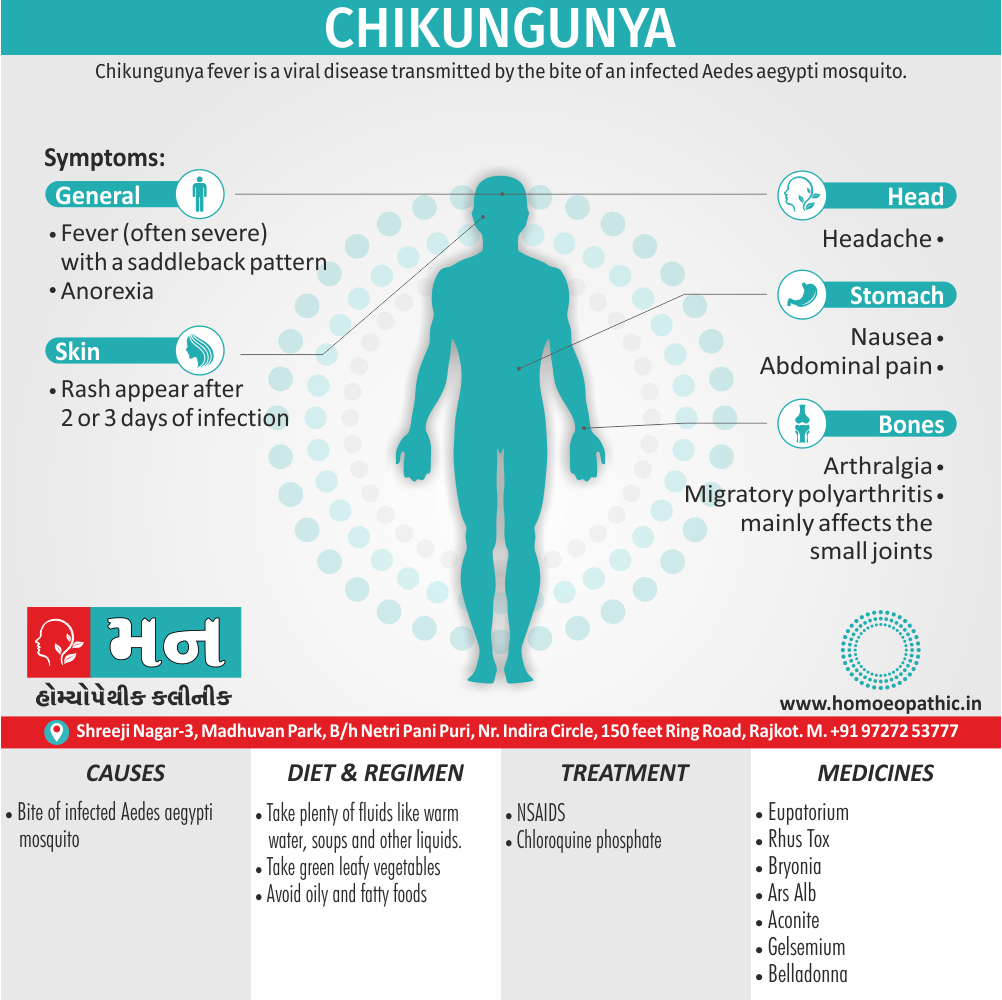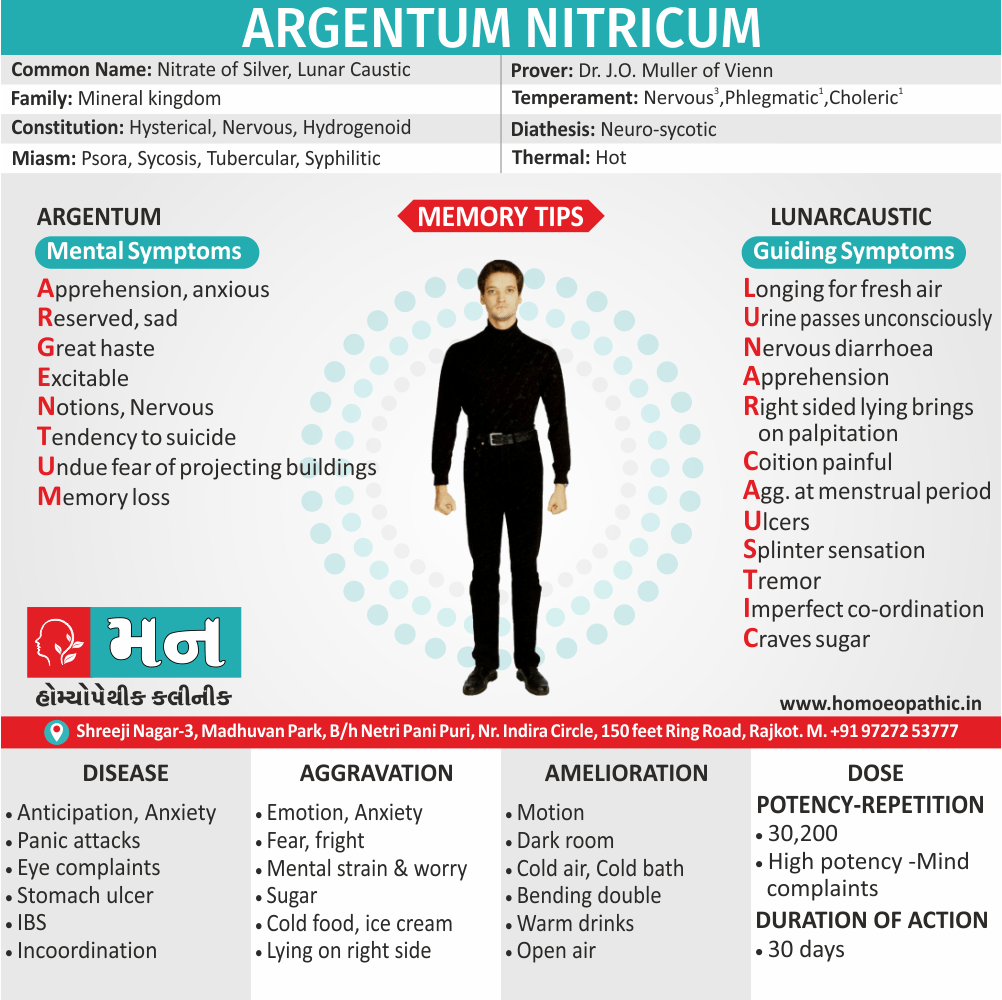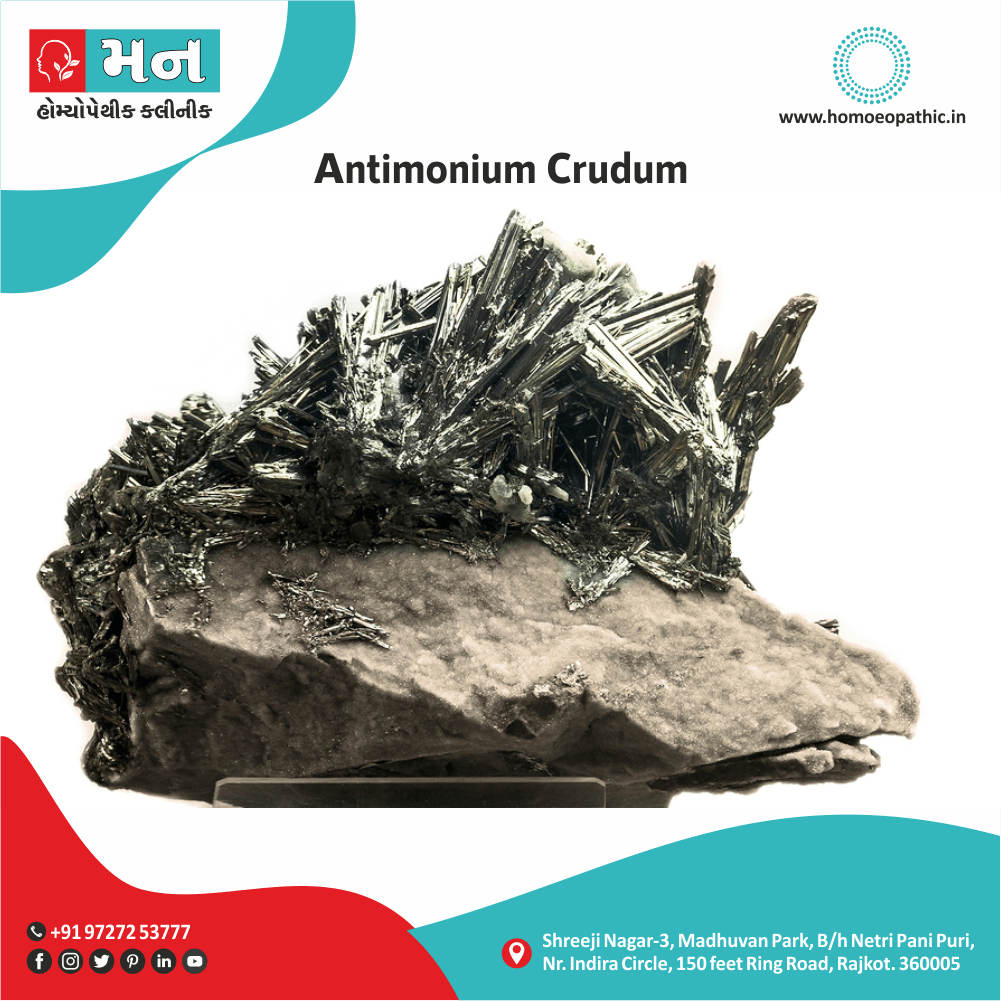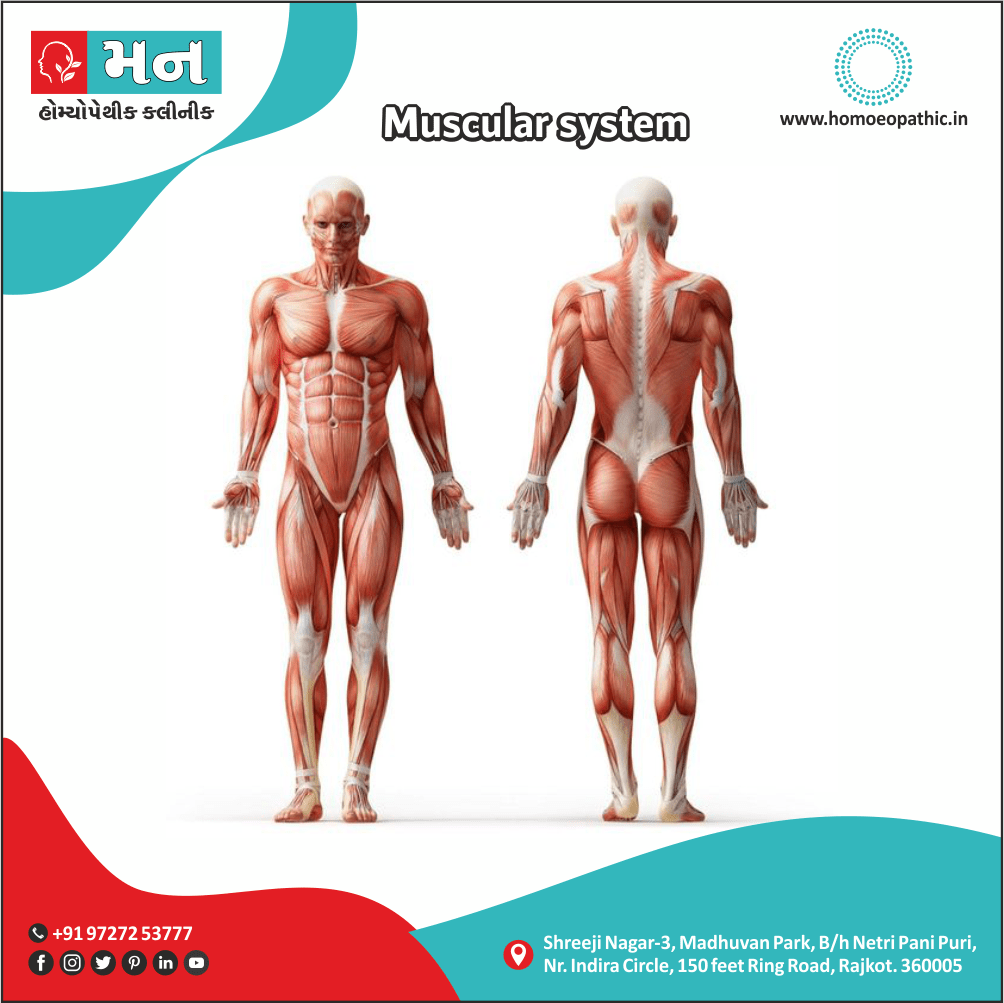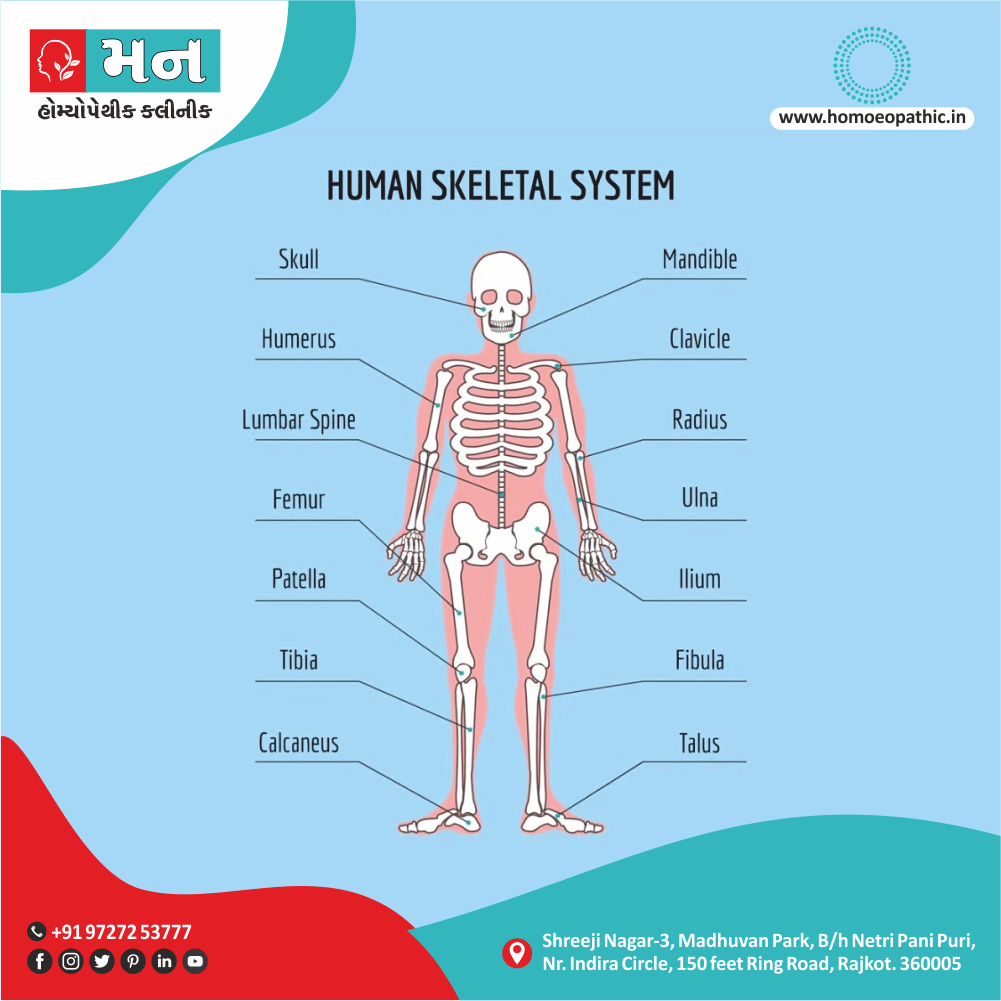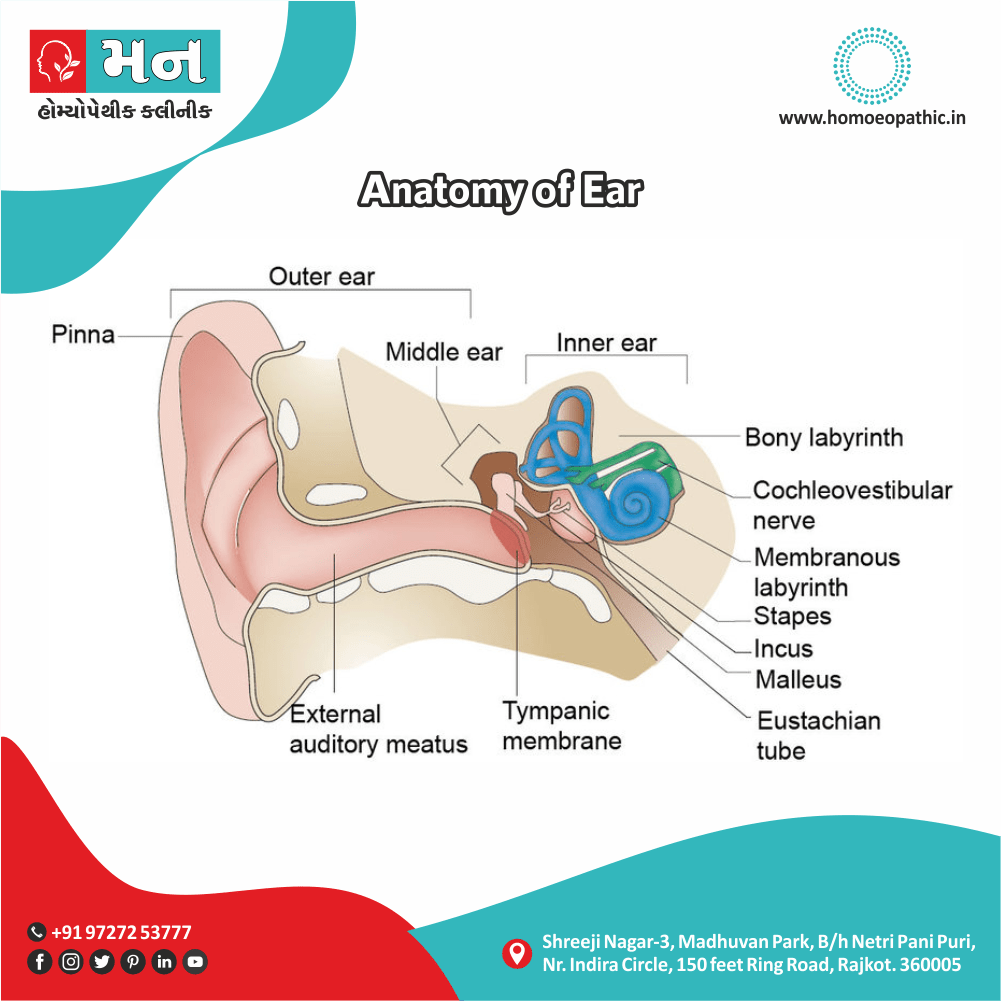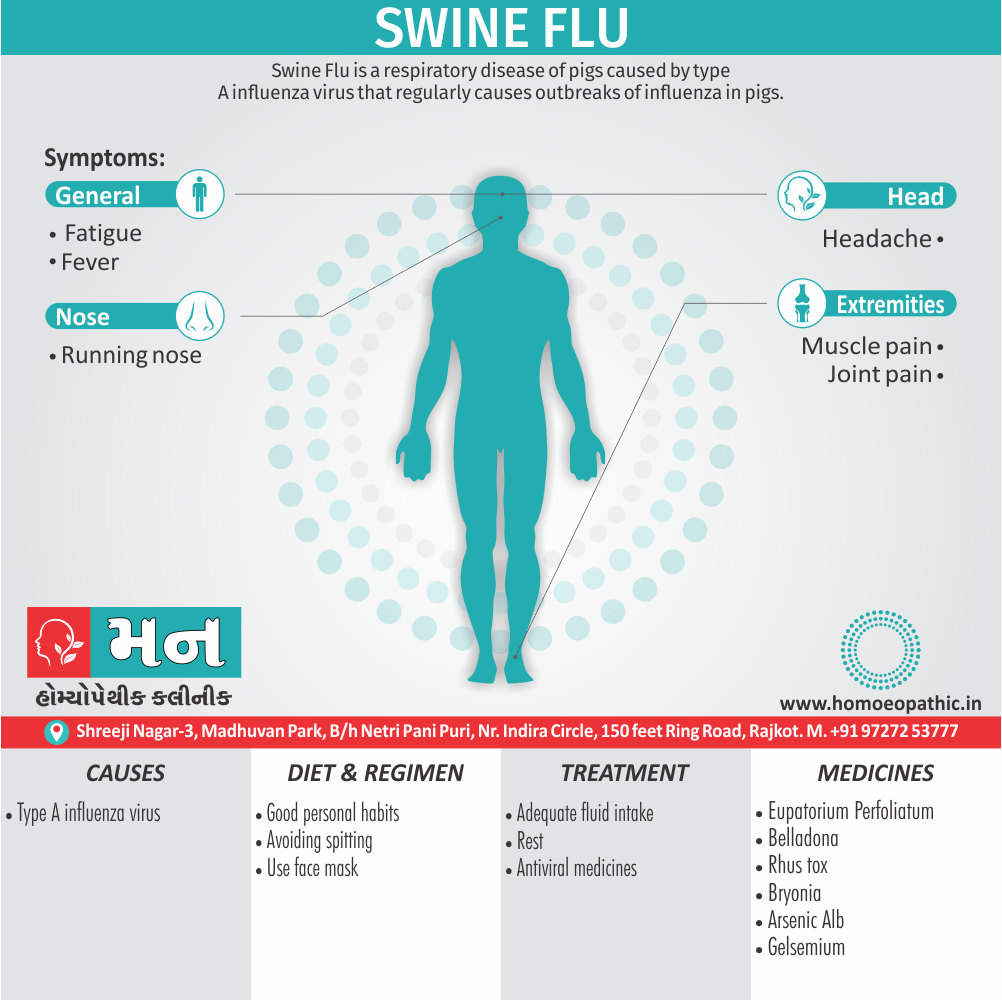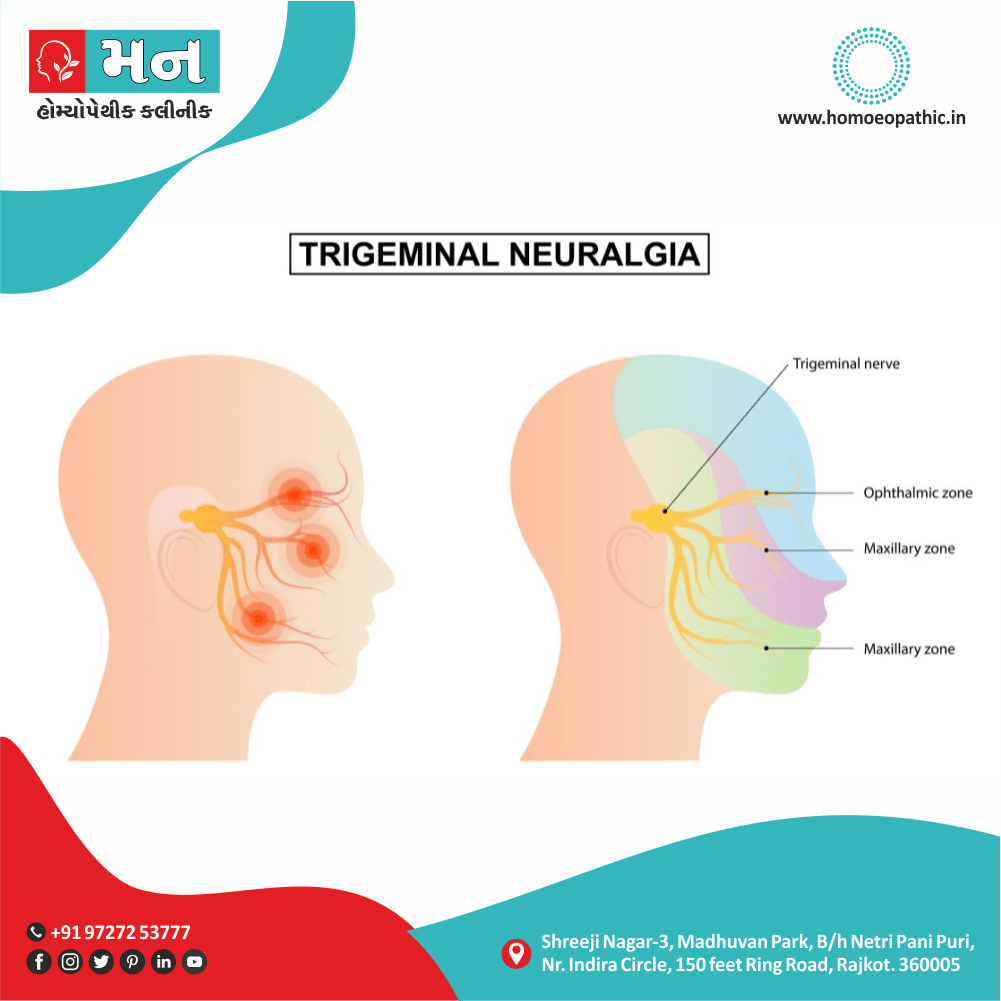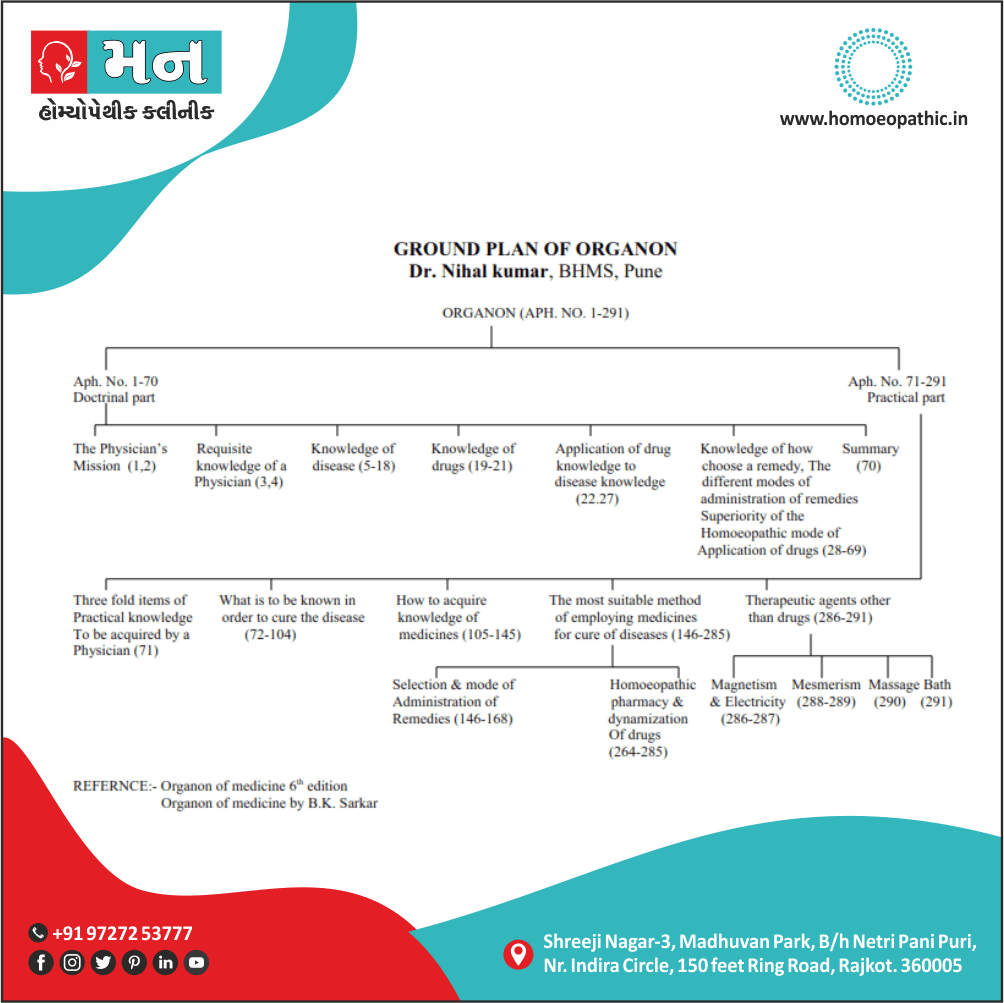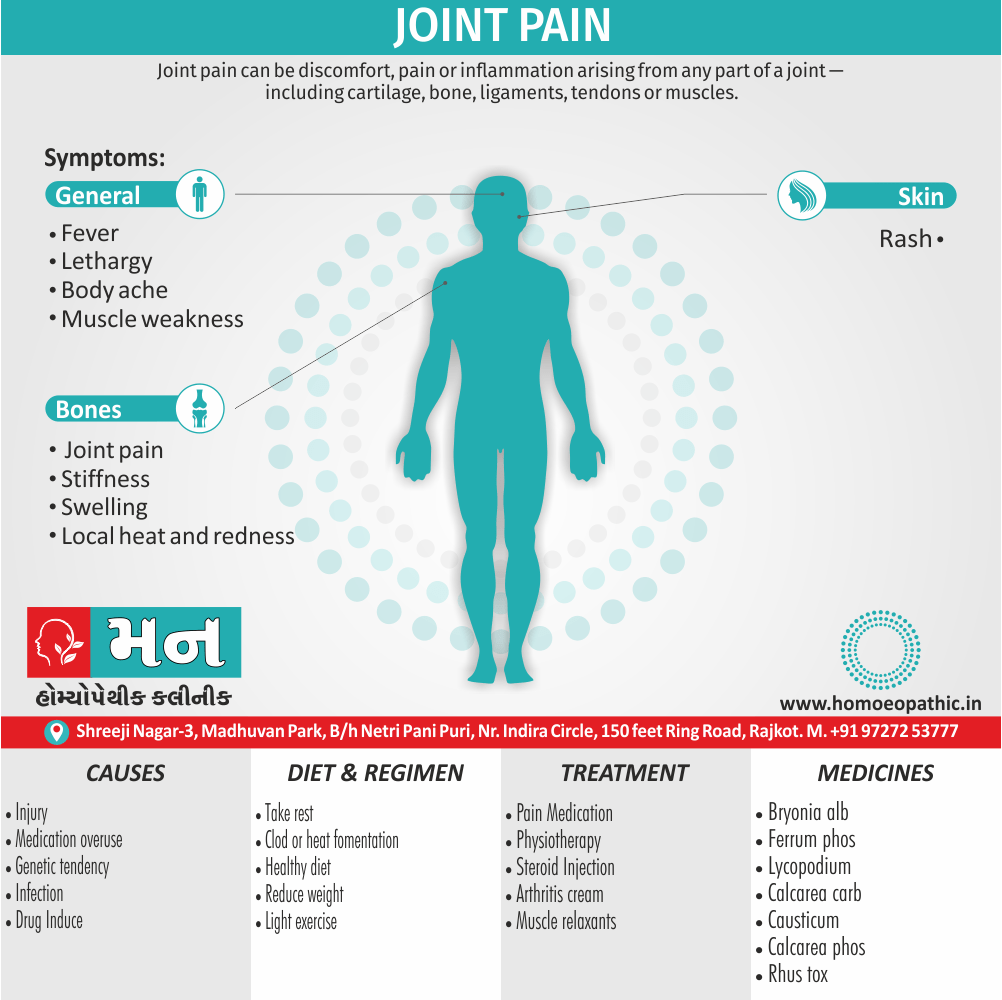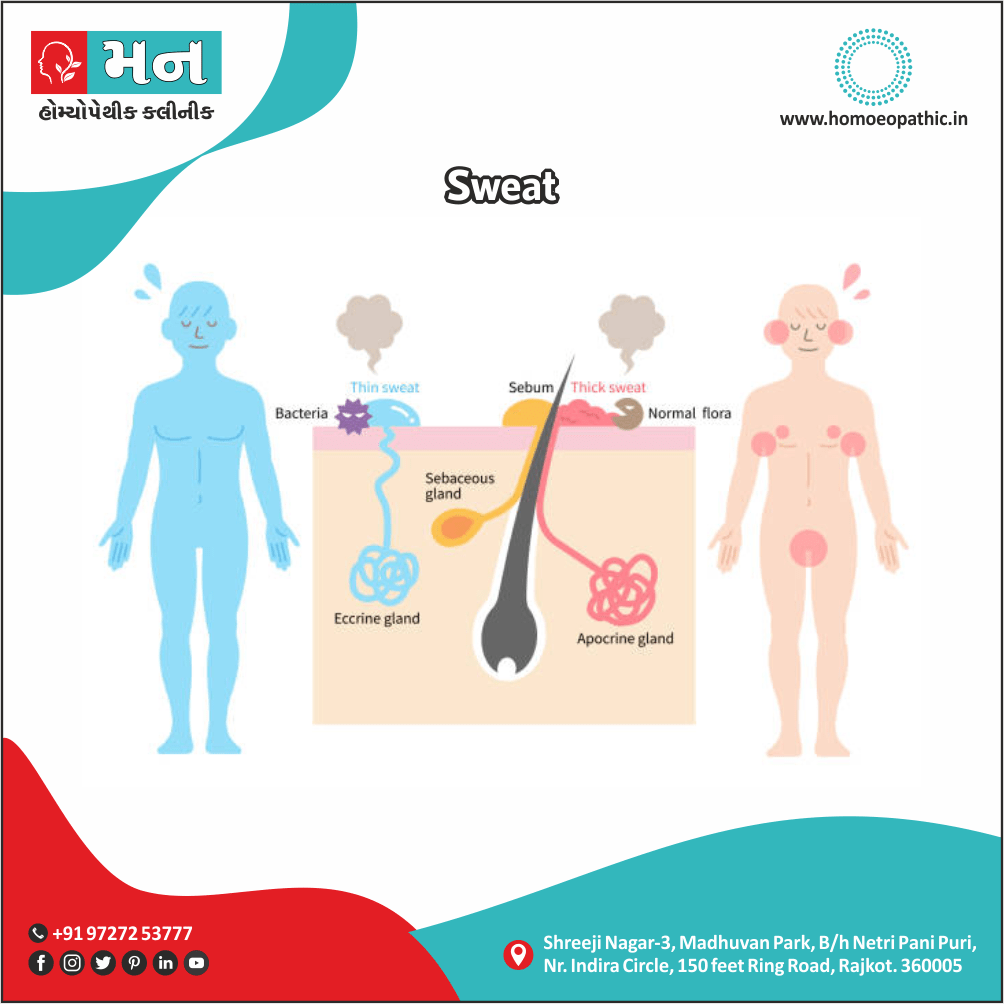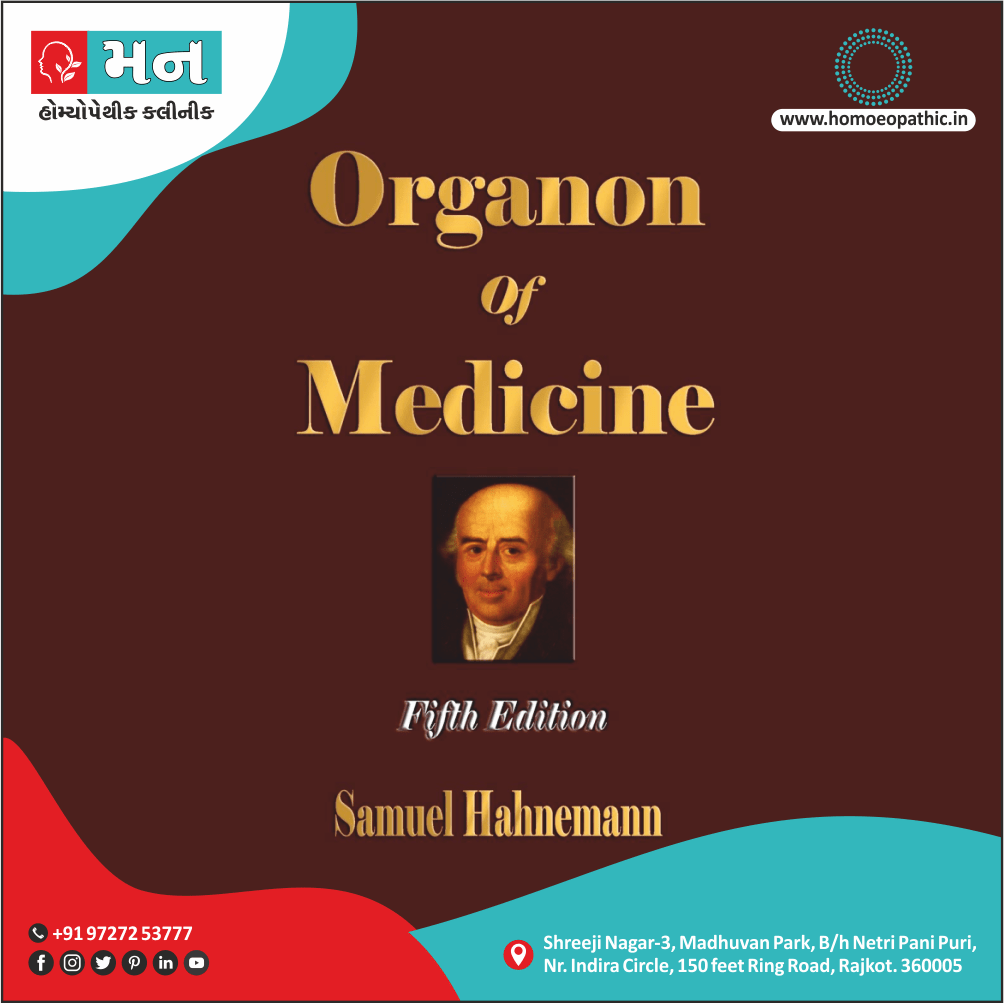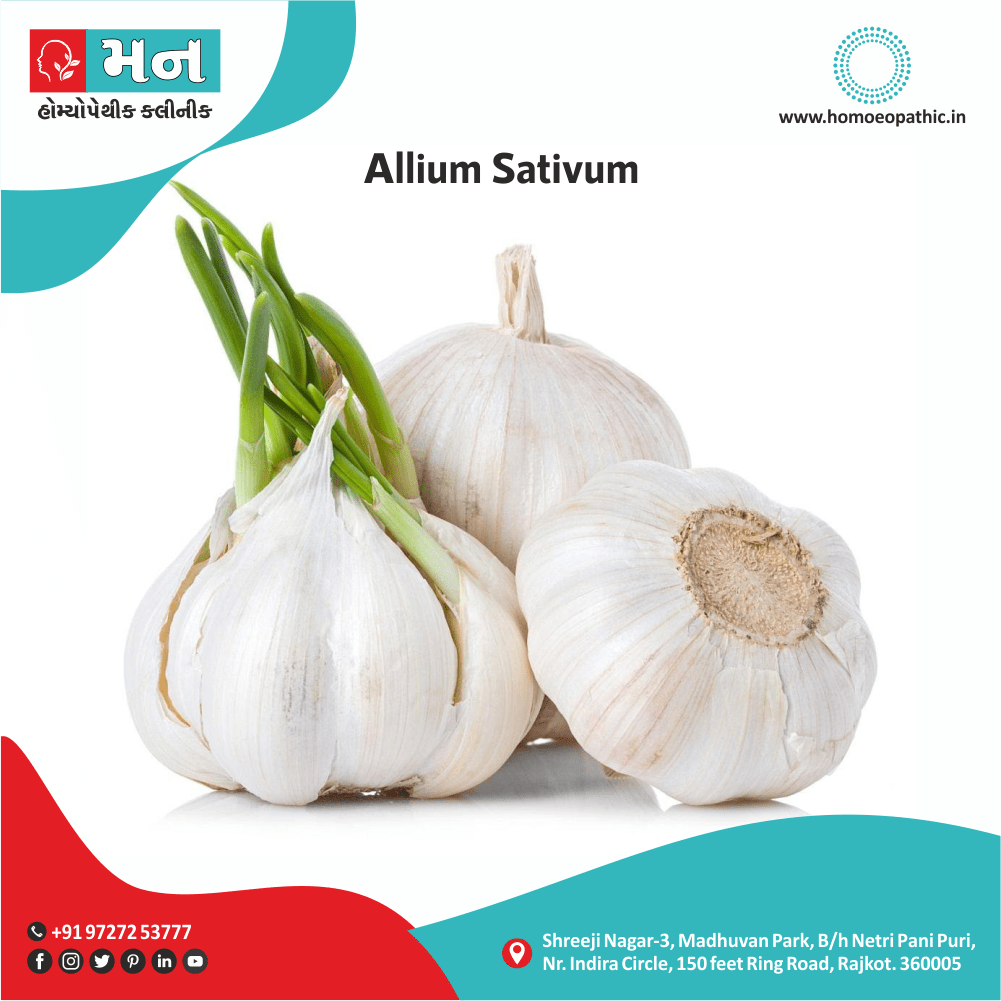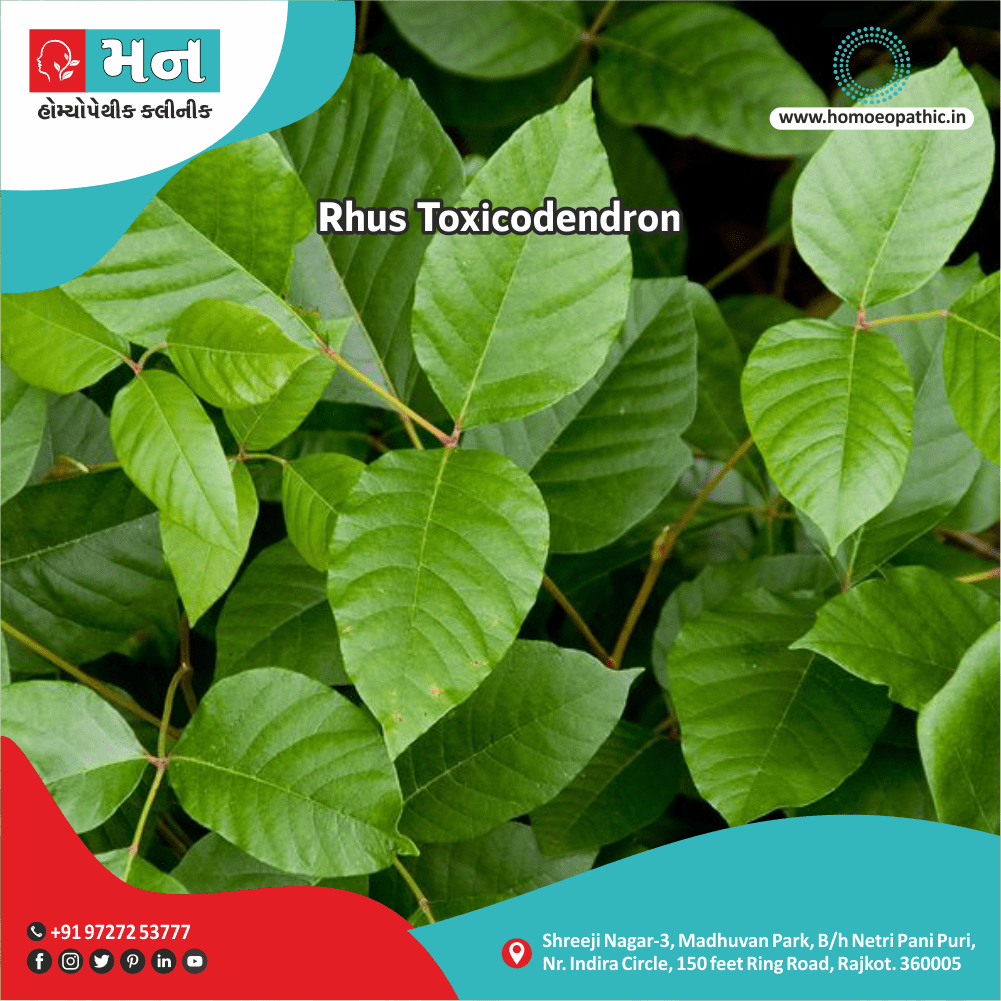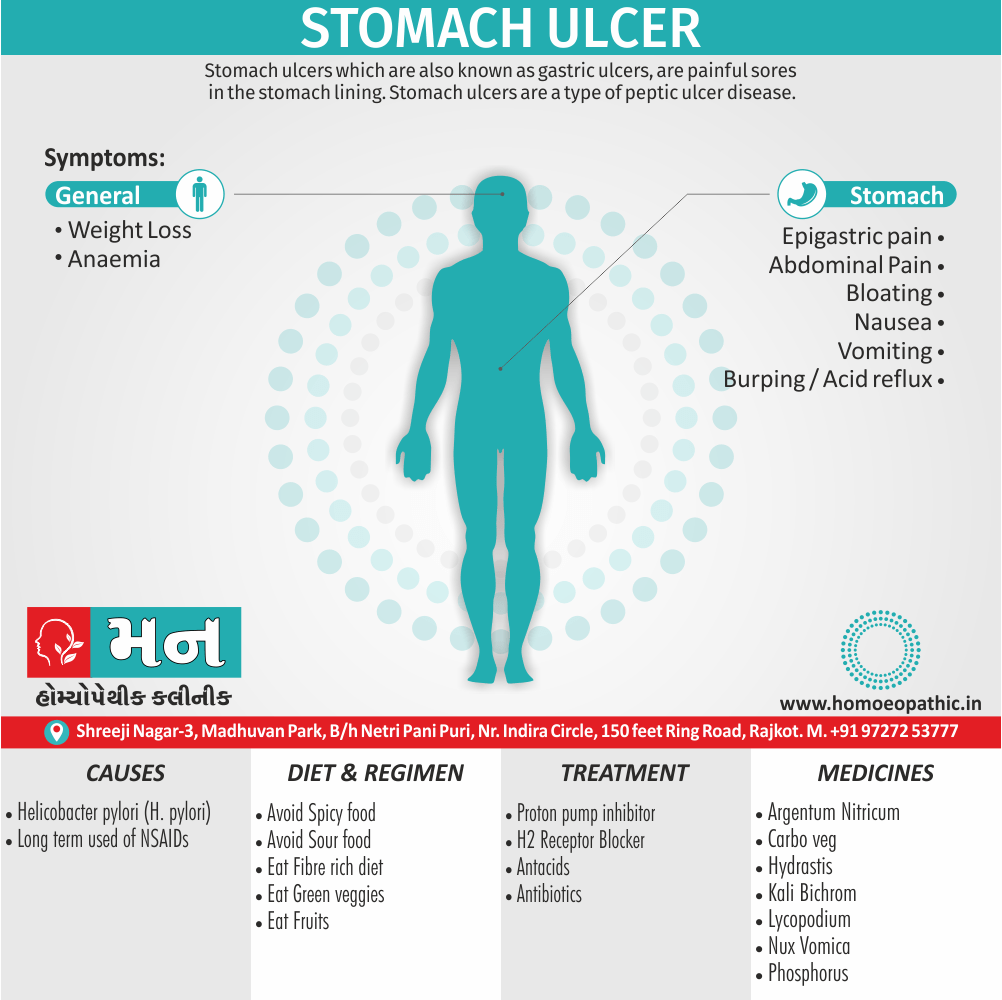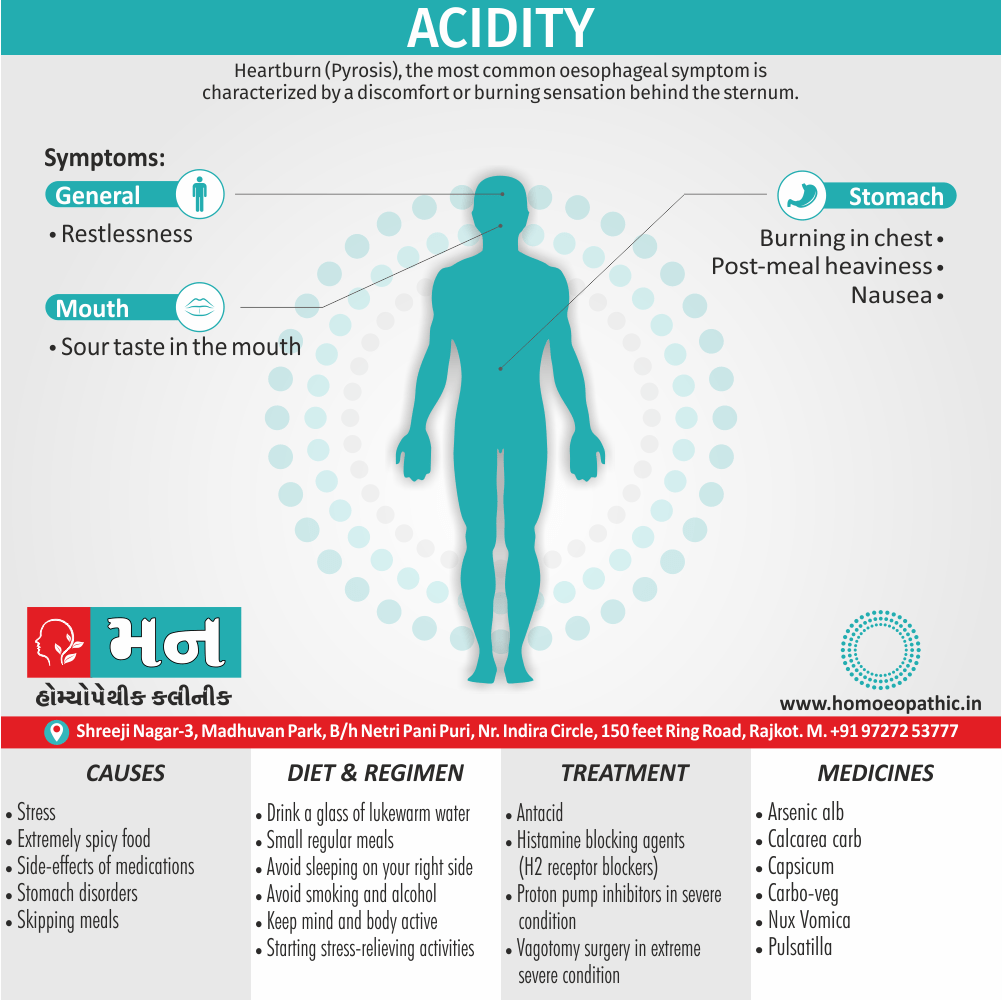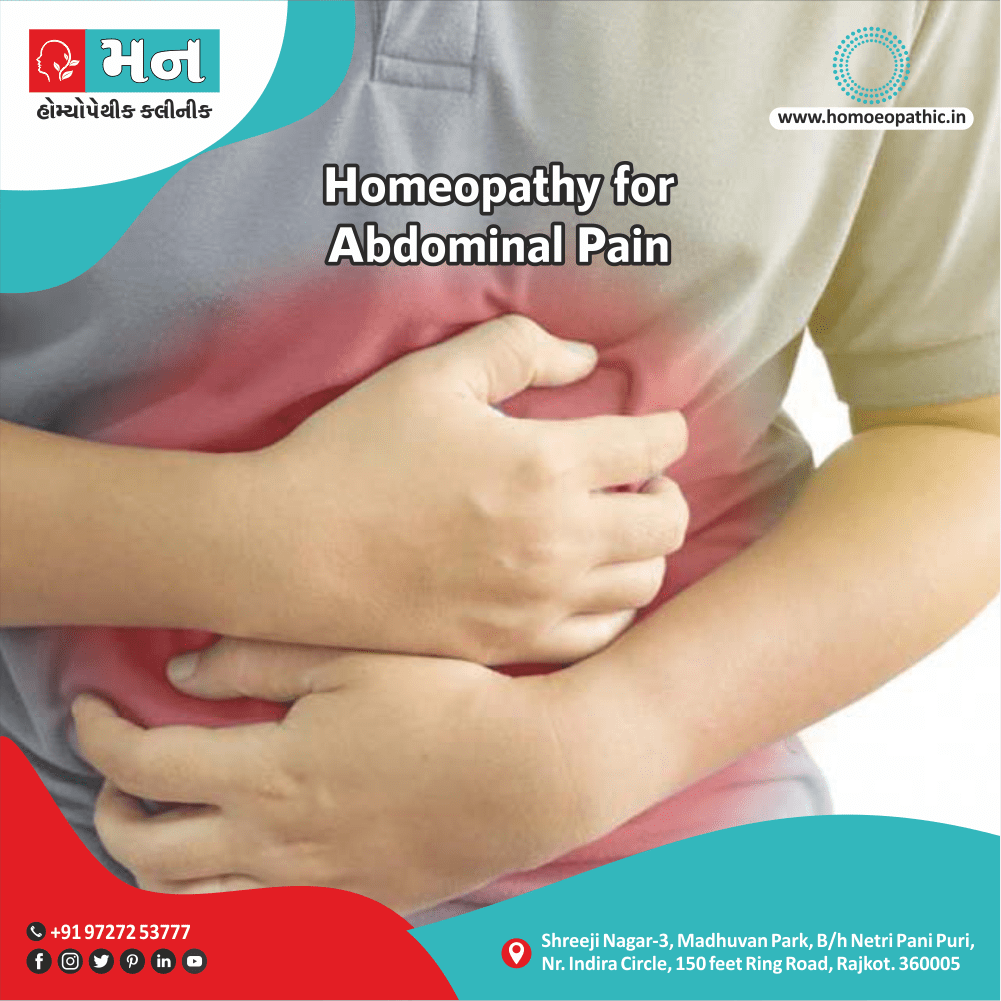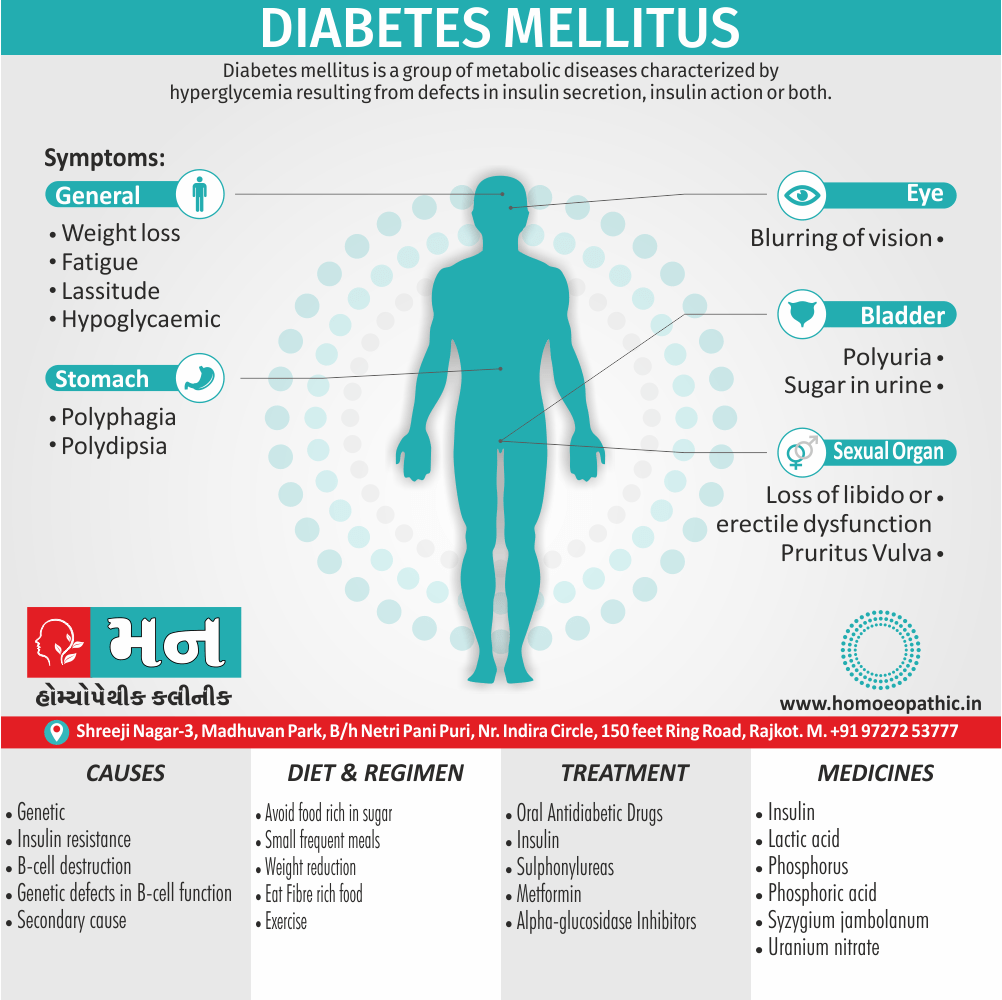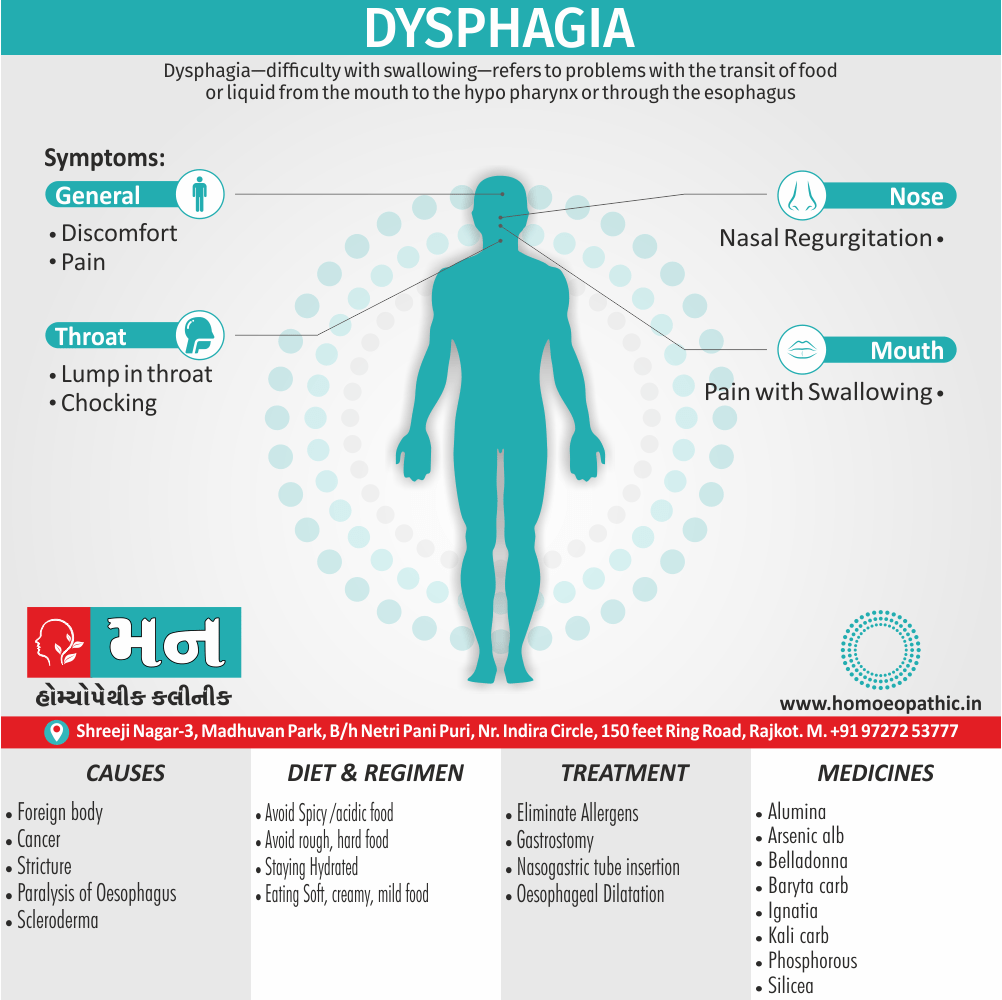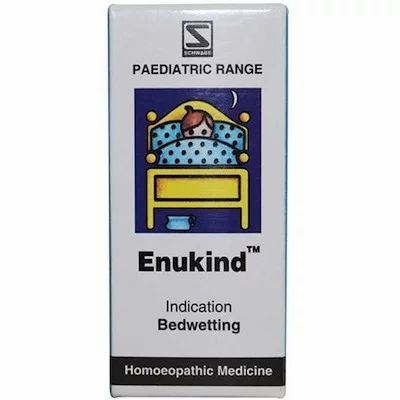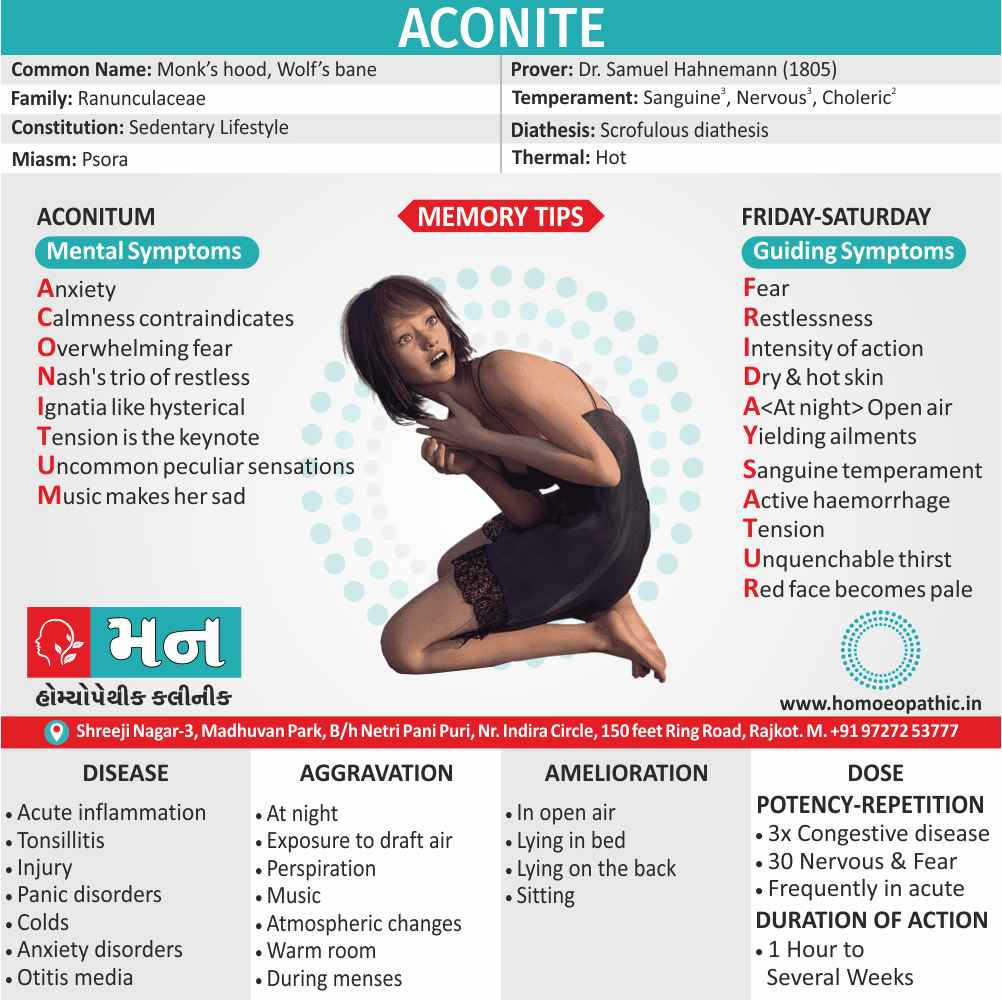Definition:
Hoarseness is defined as roughness of voice resulting from variations of periodicity and/or intensity of consecutive sound waves. [1]
Overview
Epidemiologyxxx
Causes
Types
Risk Factorsxxx
Pathogenesisxxx
Pathophysiologyxxx
Clinical Featuresxxx
Sign & Symptoms
Clinical Examinationxxx
Diagnosis
Differential Diagnosisxxx
Complicationsxxx
Investigationsxxx
Treatment
Preventionxxx
Homeopathic Treatment
Diet & Regimen
Do’s and Dont’sxxx
Terminologyxxx
References
FAQ
Also Search Asxxx
Overview
Overview of Hoarseness of voice
For production of normal voice, vocal cords should i.e.:
- Be able to approximate properly with each other.
- Have a proper size and stiffness.
- Have an ability to vibrate regularly in response to air column.
Any condition that interferes with the above functions causes hoarseness.
(a) Loss of approximation may be seen in vocal cord paralysis or fixation or a tumour coming in between the vocal cords.
(b) Size of the cord may increase in oedema of the cord or a tumor; there is a decrease in partial surgical excision or fibrosis.
(c) Stiffness may decrease in paralysis, increase in spastic dysphonia or fibrosis. Cords may not be able to vibrate properly in the presence of congestion, submucosal haemorrhages, nodule or a polyp.[1]
Epidemiologyxxx
Indian epidemiology then other
Causes
Causes of Hoarseness of voice
Inflammations i.e.
- Acute i.e.
Acute laryngitis usually following cold, influenza, exanthematous fever, laryngo-trachea-bronchitis, diphtheria
- Chronic i.e.
(i) Specific- Tuberculosis, syphilis, scleroma, fungal infections
(ii) Nonspecific- Chronic laryngitis, atrophic laryngitis
Tumors i.e.
- Benign: Papilloma (solitary and multiple), Haemangioma, Chondroma, Fibroma, Leucoplakia
- Malignant: Carcinoma Tumor-like masses Vocal nodule, Vocal polyp, Angiofibroma , Amyloid tumor ,Contact ulcer, Cysts, Laryngocele
Trauma i.e.
Submucosal haemorrhage, laryngeal trauma (blunt and sharp), foreign bodies, intubation
Paralysis i.e.
Paralysis of recurrent, superior laryngeal or both nerves
Fixation of cords i.e.
Arthritis or fixation of cricoarytenoid joints
Congenital Laryngeal web i.e.
Cyst, laryngocele
Miscellaneous i.e.
Dysphonia plica ventricular is, myxoedema, gout
Functional intense aphonia
Types
Classification of Hoarseness of voice
- Functional Dysphonia or Hoarseness
- Organic Dysphonia or Hoarseness
1.Functional Dysphonia or Hoarseness
- Psychogenic
- Vocal misuse
- Idiopathic
2.Organic Dysphonia or Hoarseness
- Laryngitis (Acute i.e.: viral, bacterial) – (Chronic i.e.: smoking, GERD, LPR)
- Neoplasm (Premalignant i.e.: dysplasia) – (Malignant i.e.: Squamous cell carcinoma)
- Trauma (Iatrogenic i.e.: surgery, intubation) – (Accidental i.e.: blunt, penetrating, thermal)
- Endocrine (Hypothyroidism, hypogonadism)
- Hematological (Amyloidosis)
- Iatrogenic (inhaled corticosteroids)
Risk Factorsxxx
Risk factors are things that make you more likely to develop a disease in the first place.
Pathogenesisxxx
Pathogenesis refers to the development of a disease. It’s the story of how a disease gets started and progresses.
This is the entire journey of a disease, encompassing the cause but going beyond it.
Pathophysiologyxxx
Pathophysiology, on the other hand, focuses on the functional changes that occur in the body due to the disease. It explains how the disease disrupts normal physiological processes and how this disruption leads to the signs and symptoms we see.
Imagine a car accident. Pathogenesis would be like understanding how the accident happened – what caused it, the sequence of events (e.g., one car ran a red light, then hit another car). Pathophysiology would be like understanding the damage caused by the accident – the bent fenders, deployed airbags, and any injuries to the passengers.
In simpler terms, pathogenesis is about the "why" of a disease, while pathophysiology is about the "how" of the disease’s effects.
Clinical Featuresxxx
Tab Content
Sign & Symptoms
Sign & Symptoms of Hoarseness of voice
- Voice will sound breathy, raspy, or strained, or will be softer in volume or lower in pitch.
- Your throat might feel scratchy.
Clinical Examinationxxx
Tab Content
Diagnosis
Diagnosis of Hoarseness of voice
- History- Mode of onset and duration of illness, patient’s occupation, habits and associated complaints are important and would often help to elucidate the cause. Any hoarseness persisting for more than 3 weeks deserves examination of larynx. Malignancy should be excluded in patients above 40 years.
- Indirect laryngoscopy- Many of the local laryngeal causes can be diagnosed.
- Examination of neck, chest, cardiovascular and neurological system would help to find cause for laryngeal paralysis.
- Laboratory investigations and radiological examination should be done as per dictates of the cause suspected on clinical examination.
- Direct laryngoscopy and micro laryngoscopy help in detailed examination, biopsy of the lesions and assessment of the mobility of cricoarytenoid joints
- Bronchoscopy and esophagoscopy may be required in cases of paralytic lesions of the cord to exclude malignancy.[1]
Differential Diagnosisxxx
Complicationsxxx
Complications are what happen after you have a disease. They are the negative consequences of the disease process.
Investigationsxxx
Tab Content
Treatment
Treatment of Hoarseness of voice
Voice therapy
Indirect therapies i.e.
- Indirect therapies take into account external factors that may influence vocal production.
- This incorporates maintenance of vocal hygiene practices, as well as the prevention of harmful vocal behaviors.
- Vocal hygiene includes adequate hydration of the vocal folds, monitoring the amount of voice use and rest, avoidance of vocal abuse and taking into consideration lifestyle choices that may affect vocal health (e.g., smoking, sleeping habits).
- Vocal warm-ups and cool-downs may be employed to improve muscle tension and decrease risk of injury before strenuous vocal activities.
- It should be taken into account that vocal hygiene practices alone are minimally effective in treating dysphonia, and thus should be paired with other therapies.
3.Medication and surgery i.e.
- Medical and surgical treatments have been recommended to treat organic dysphonia’s.
- An effective treatment for spasmodic dysphonia (hoarseness resulting from periodic breaks in phonation due to hyperadduction of the vocal folds) is botulinum toxin injection.
- The toxin acts by blocking acetylcholine release at the thyro-arytenoid muscle.
- Although the use of botulinum toxin injections is considered relatively safe, patients’ responses to treatment differ in the initial stages; some have reported experiencing swallowing problems and breathy voice quality as a side-effect to the injections.
- Breathiness may last for a longer period of time for males than females.
- Surgeries involve myomectomies of the laryngeal muscles to reduce voice breaks, and laryngoplasties, in which laryngeal cartilage is altered to reduce tensions.
Preventionxxx
Tab Content
Homeopathic Treatment
Homeopathic Treatment of Hoarseness of voice
Homeopathy treats the person as a whole. It means that homeopathic treatment focuses on the patient as a person, as well as his pathological condition. The homeopathic medicines selected after a full individualizing examination and case-analysis.
which includes
- The medical history of the patient,
- Physical and mental constitution,
- Family history,
- Presenting symptoms,
- Underlying pathology,
- Possible causative factors etc.
A miasmatic tendency (predisposition/susceptibility) also often taken into account for the treatment of chronic conditions.
What Homoeopathic doctors do?
A homeopathy doctor tries to treat more than just the presenting symptoms. The focus is usually on what caused the disease condition? Why ‘this patient’ is sick ‘this way’?.
The disease diagnosis is important but in homeopathy, the cause of disease not just probed to the level of bacteria and viruses. Other factors like mental, emotional and physical stress that could predispose a person to illness also looked for. No a days, even modern medicine also considers a large number of diseases as psychosomatic. The correct homeopathy remedy tries to correct this disease predisposition.
The focus is not on curing the disease but to cure the person who is sick, to restore the health. If a disease pathology not very advanced, homeopathy remedies do give a hope for cure but even in incurable cases, the quality of life can greatly improved with homeopathic medicines.
Homeopathic Medicines for Hoarseness of voice:
The homeopathic remedies (medicines) given below indicate the therapeutic affinity but this is not a complete and definite guide to the homeopathy treatment of this condition. The symptoms listed against each homeopathic remedy may not be directly related to this disease because in homeopathy general symptoms and constitutional indications also taken into account for selecting a remedy.
Medicines:
Antim Crud
- Loss of voice from getting overheated.
- Aggravation either from heat of sun or from getting warm; after rest.[2]
Arum Triphyllum
- Voice suddenly gives out during use from lack of control over vocal cords.
- Aggravation either from talking or singing; voice uncertain and changing continually.
- Sometimes deep and hollow, and then again loud also screeching. copious secretion also great accumulation of mucus in trachea.
Argentum Nitricum
- Chronic laryngitis of singers, raising the voice causes cough.
- Internal soreness of larynx also pit of throat.
- Aggravation in mornings; hoarseness, with sensation as if something were clogging the vocal organs, even loss of voice.
Belladonna
- Hoarseness, especially violent when crying.
- Hoarse, rough voice, with dryness also painfulness in larynx.
- Sudden attacks of hoarseness, feeble voice, dry cough, often with spells of suffocation.
- Speaking difficult only in a piping tone.[2]
Calcarea Carb
- Hoarse, hardly audible voice, aggravation in mornings also relieve by hawking.
- Larynx often becomes dry.
- Persons who must talk a great deal become subject to hoarseness also pain and weakness in chest.
Carbo Veg
- Hoarseness recurring regularly every evening, with raw feeling down larynx also trachea and dry tickling, sometimes spasmodic cough.
- Aggravation after exposure to damp, warm evening air.
- Ulcerative soreness in larynx and burning pain in lungs after a hard cough, aggravation in evening and night, often disappearing in the morning.
- Deep voice, failing if exerted; unusual feeling of dryness in trachea, not relieved by hawking; after measles [2]
Custicum
- Hoarseness, aggravation in morning also after exposure to dry, cold, severe winter weather, with scraping burning and rawness in larynx and chest, accompanied by a dry, teasing cough.
- Paresis of laryngeal muscles also vocal cords, cannot speak a loud word.
- Voice reverberates in head; hoarseness in public speakers also singers from straining vocal organ.
- Rattling of phlegm in throat also chest, aggravation in evening to midnight.
Chamomilla
- Hoarseness or loss of voice in children, with rough cough; additionally stitching burning pains in throat.
- Sensation of rawness also scraping in larynx.
- Hoarseness on account of tough mucus in larynx, which can only be removed especially by strong hawking.
- Catarrhal hoarseness of trachea, with dryness of the eyelids.
Drosera
- Voice hoarse, deep, husky, hollow, requires exertion to speak; chest also throat.
- Symptoms worse either from talking or singing.
- Sensation as if something in chest prevented exhalation when talking or singing.
Graphitis
- Hoarseness in singers when they cannot control their vocal cords.
- They become hoarse as soon as they begin to sing also their voice cracks.
- Aggravation in evening; soreness and roughness of larynx also tickling cough, especially in those who exert their voice a great deal.
Kali Bichromicum
- Subacute and chronic inflammatory process either in larynx or bronchial tubes, with congestion and swelling of the tubes.
- Increased secretion of a glutinous mucus which veils also alters the voice.[2]
Diet & Regimen
Diet & Regimen of Hoarseness of voice
- Give rest to voice box
- Drink more fluid
- Warm water to reduce inflammation
Do’s and Dont’sxxx
Tab Content
Terminologyxxx
Tab Content
References
References use for Article Hoarseness of voice
[1] Diseases_of_Ear_Nose_and_Throat_6Edition
[2] Homoeopathic Therapeutics by Lilienthal
FAQ
Frequently Asked Questions
What is Hoarseness of voice?
Hoarseness is defined as roughness of voice resulting from variations of periodicity and/or intensity of consecutive sound waves.
Homeopathic Medicines used by Homeopathic Doctors in treatment of Hoarseness of voice?
- Antim Crud
- Arum Triphyllum
- Argentum Nitricum
- Belladonna
- Calcarea Carb
- Carbo Veg
- Causticum
What causes Hoarseness of voice?
- Inflammations
- Tumors
- Trauma
- Paralysis
- Fixation of cords
- Congenital Laryngeal web
What are the symptoms of Hoarseness of voice?
- Voice will sound breathy, raspy, or strained, or will be softer in volume or lower in pitch.
- Throat might feel scratchy.
Give the 2 types of Hoarseness of voice?
- Functional Dysphonia or Hoarseness
- Organic Dysphonia or Hoarseness
Also Search Asxxx
Frequently Asked Questions (FAQ)
XYZ
XXX
XYZ
XXX
XYZ
XXX
